Venust vintage
Leonardslee Family Vineyards welcomed Vineyard magazine on the penultimate day of harvest 2025
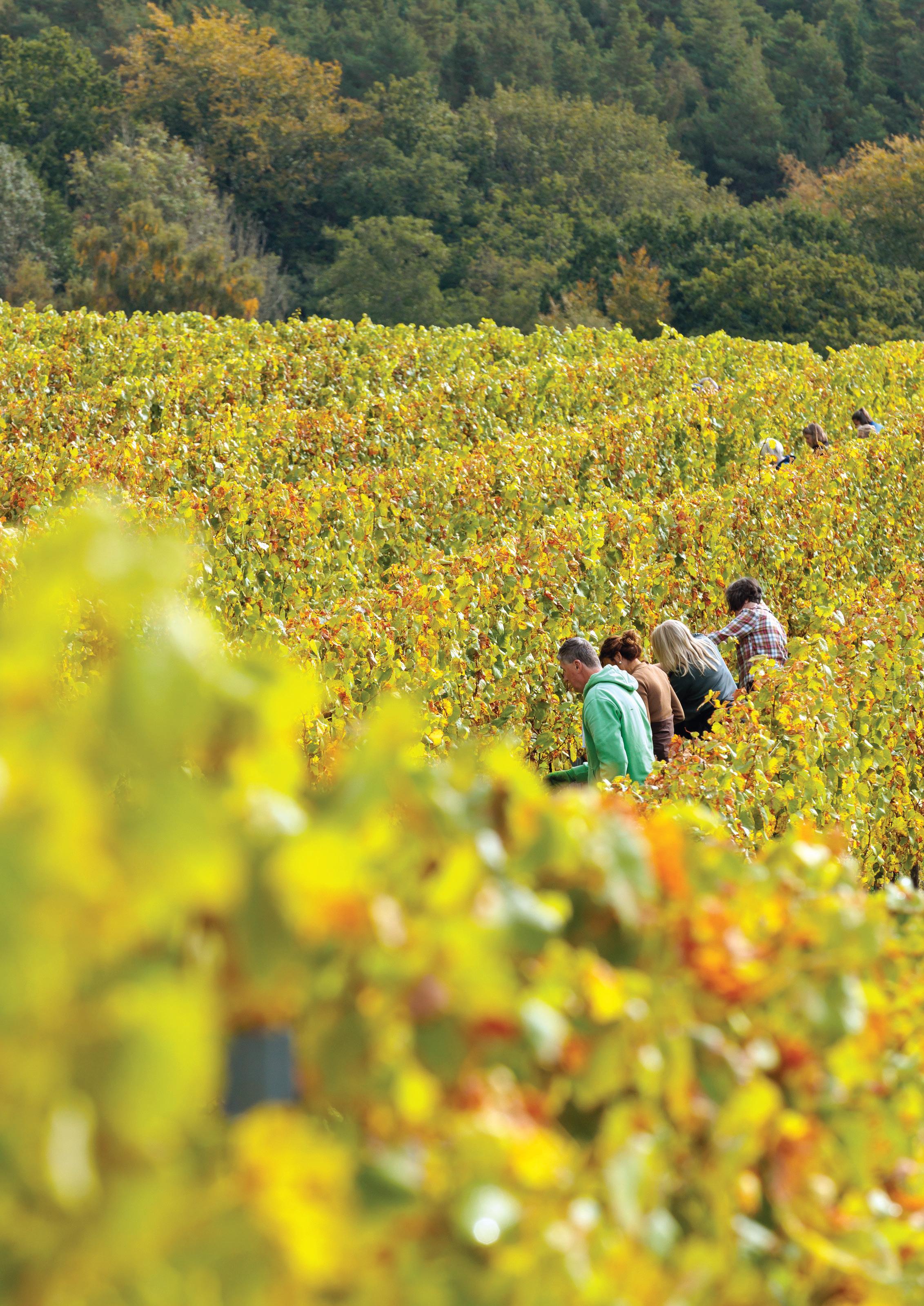
INSIDE
A snapshot of the 2025 UK harvest
Forward planning for Christmas marketing
Your 48 page show preview
Remote Vineyard Consultancy
Always connected, always ahead
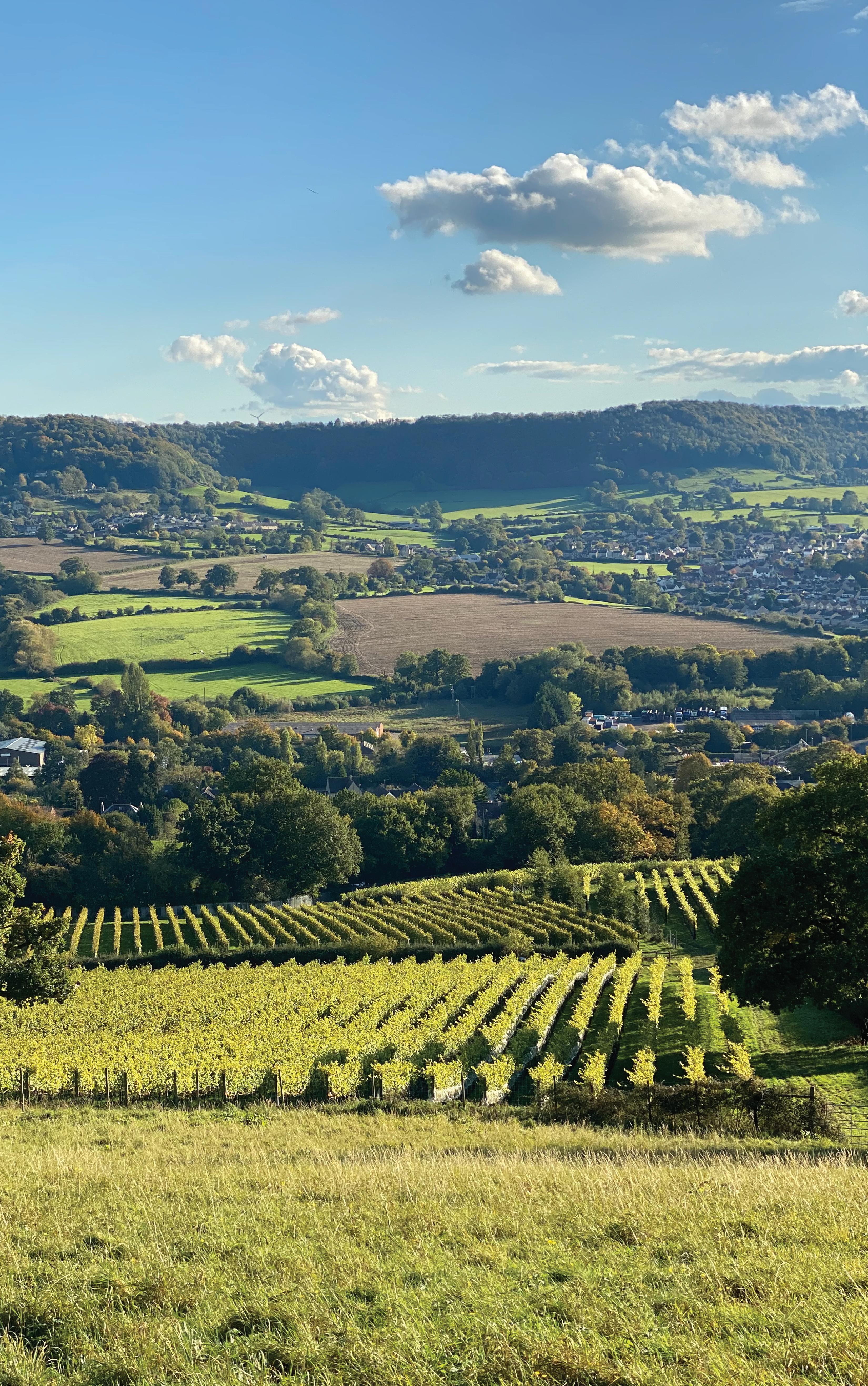
Expert advice, delivered directly — by email, phone & video call.
Proactive seasonal updates & reminders — keeping you ahead of every task.
Actionable feedback from trusted specialists — with decades of experience.
Fast, practical solutions to vineyard challenges — from pests to nutrient issues.
Fast, practical solutions to vineyard challenges — from pests to nutrient issues.
One clear annual fee — consistent support and value throughout the year.
Project Management Installation & Commissioning training & support
Service & maintenance


Explore the latest winemaking technology, talk to our experts, and discover how we can take your winery to the next level. Core will be presenting equipment from a selection of our trusted partners, including: Bucher Vaslin - a range of innovative grape processing solutions including their versatile Crossflow Filter. G.A. Kiesel - featuring a range of pumps engineered to ensure gentle handling, preserving wine quality. Letina - expertly crafted fermentation & storage tanks manufactured from high quality durable materials. tailored
www.vineyardmagazine.co.uk
VINEYARD
Kelsey Media, The Granary, Downs Court Yalding Hill, Yalding, Maidstone, Kent, ME18 6AL 01959 541444
EDITORIAL
Editor: Rebecca Farmer vineyard.ed@kelsey.co.uk
Features: Malcolm Triggs
GRAPHIC DESIGN
Jo Legg Flair Creative Design jo.legg@flair-design.co.uk
ADVERTISING & MARKETING
Jamie McGrorty 01303 233883 jamie.mcgrorty@kelsey.co.uk
PHOTOGRAPHER
Martin Apps www.countrywidephotographic.co.uk
MANAGEMENT
CHIEF EXECUTIVE OFFICER: Steve Kendall
DIVISIONAL MANAGING DIRECTOR: Fiona Mercer
PUBLISHER: Jamie McGrorty
RETAIL DIRECTOR: Steve Brown
SUBSCRIPTION MARKETING MANAGER: Claire Aspinall
PRINT PRODUCTION MANAGER: Kelly Orriss
DISTRIBUTION
Distribution in Great Britain: Seymour Distribution Limited 2 East Poultry Avenue, London EC1A 9PT Tel: 020 7429 4000 www.seymour.co.uk
Distribution in Northern Ireland and the Republic of Ireland: Newspread Tel: +353 23 886 3850
Kelsey Media 2025 © all rights reserved. Kelsey Media is a trading name of Kelsey Publishing Ltd. Reproduction in whole or in part is forbidden except with permission in writing from the publishers. Note to contributors: articles submitted for consideration by the editor must be the original work of the author and not previously published. Where photographs are included, which are not the property of the contributor, permission to reproduce them must have been obtained from the owner of the copyright. The editor cannot guarantee a personal response to all letters and emails received. The views expressed in the magazine are not necessarily those of the Editor or the Publisher. Kelsey Publishing Ltd accepts no liability for products and services offered by third parties.
Kelsey Media takes your personal data very seriously.
For more information on our privacy policy, please visit https://www.kelsey.co.uk/privacy-policy/
If at any point you have any queries regarding Kelsey’s data policy you can email our Data Protection Officer at dpo@kelsey.co.uk
for Fraser Currie
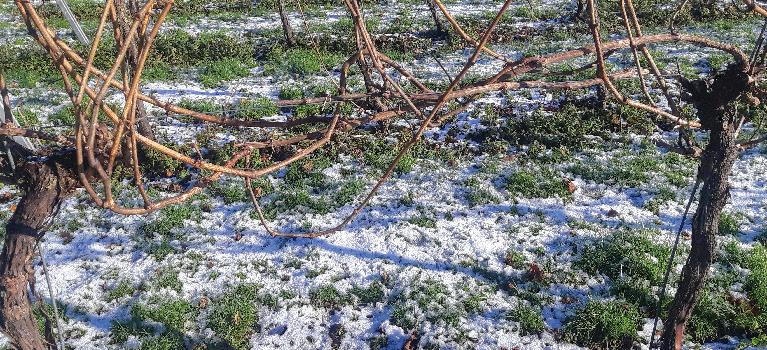
REGULARS
In conversation...
Jo Stevens talks to Ryan Jacovides owner of restaurant, wine bar and bottle shop, Pomus which has a growing reputation for promoting local produce. 22 Matthew Jukes
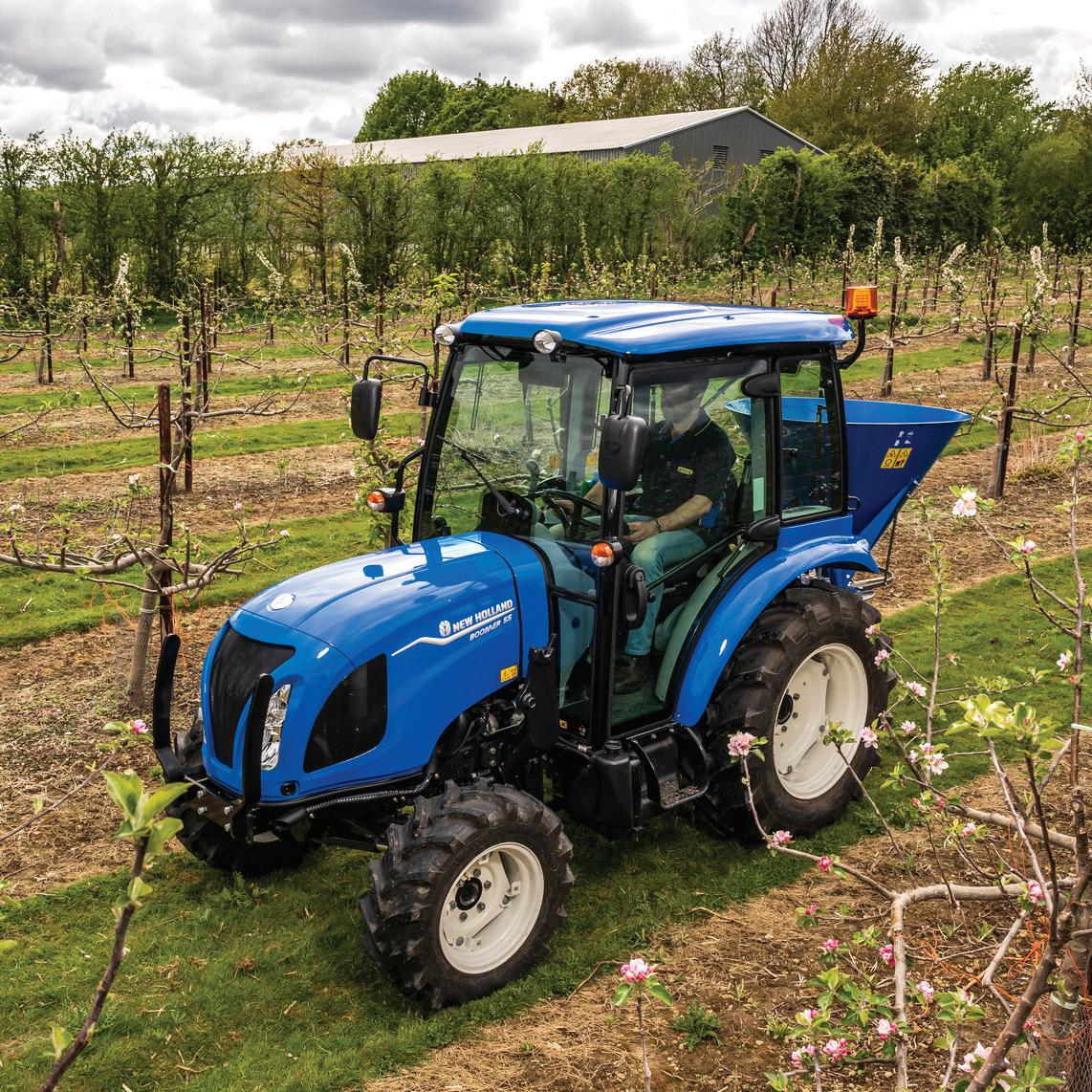
The challenge is to select the perfect trio of wines for a dinner party, all within a precise budget.
The agronomy diary Get soils in order before winter.
The Vine Post Winter vineyard management.
Representing you WineGB launches Hiring Toolkit in direct response to industry survey.
Well-established machine at home in small vineyards
Protecting against frosts

Ventigel offer a simple and practical solution, working in two ways to protect against both radiative and advective frosts.
Mystery shopper What the wine tourist saw.
Another state banquet, another toast missed
Biological solution improves vine vigour
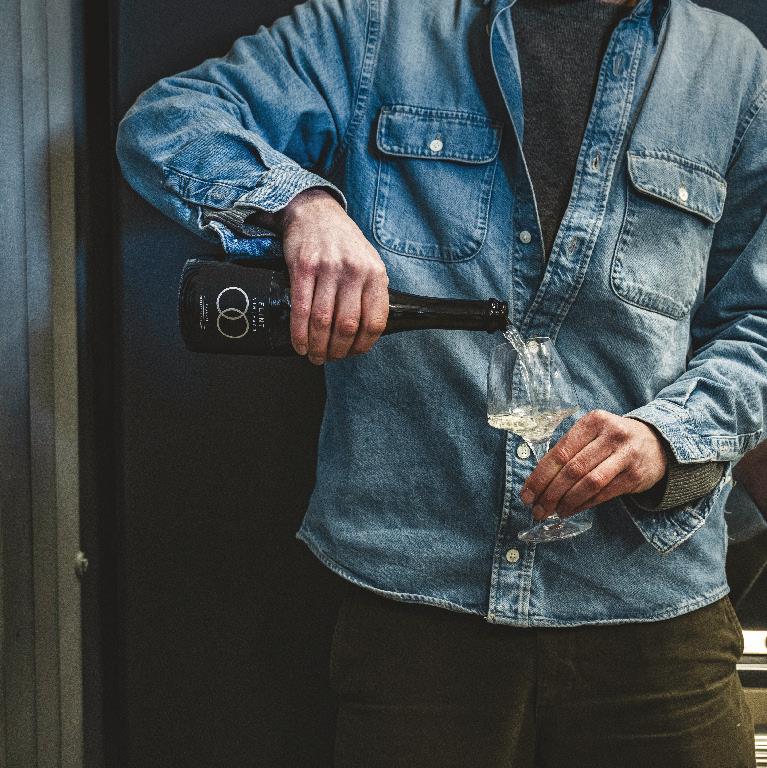
Andy Hares has taken a plant first approach to reduce the use of chemicals and rely instead on biological solutions to pest and disease stresses.
NOLO wines
Front cover image: Leonardslee Family Vineyards © Martin Apps, Countrywide Photographic
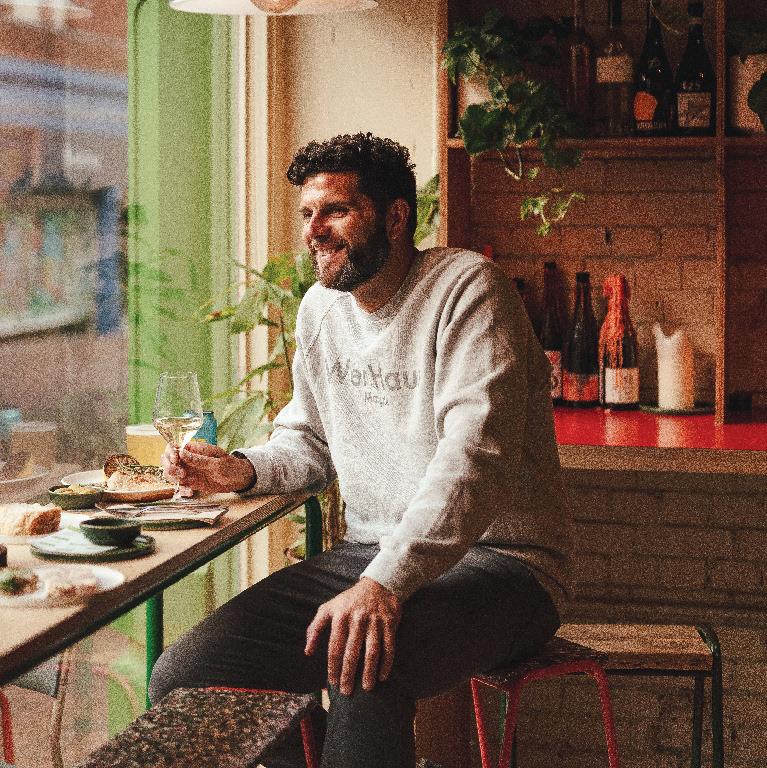

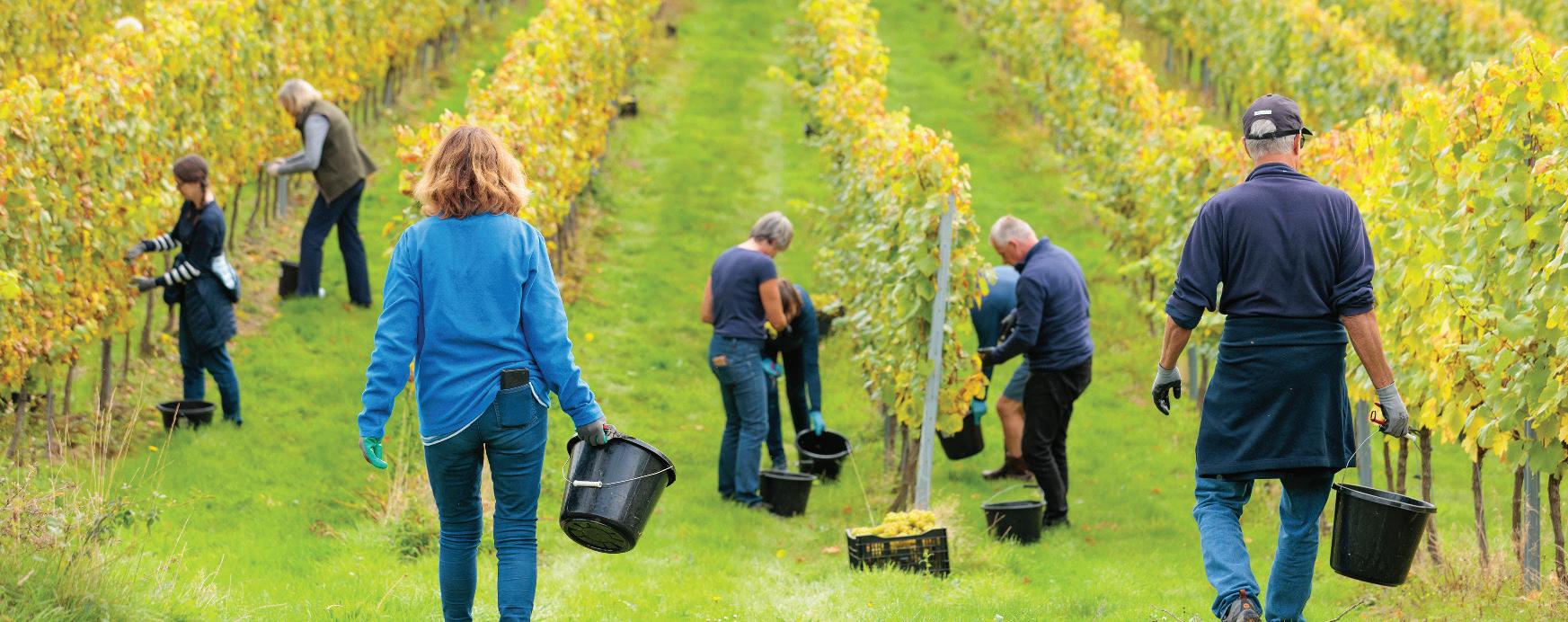
24
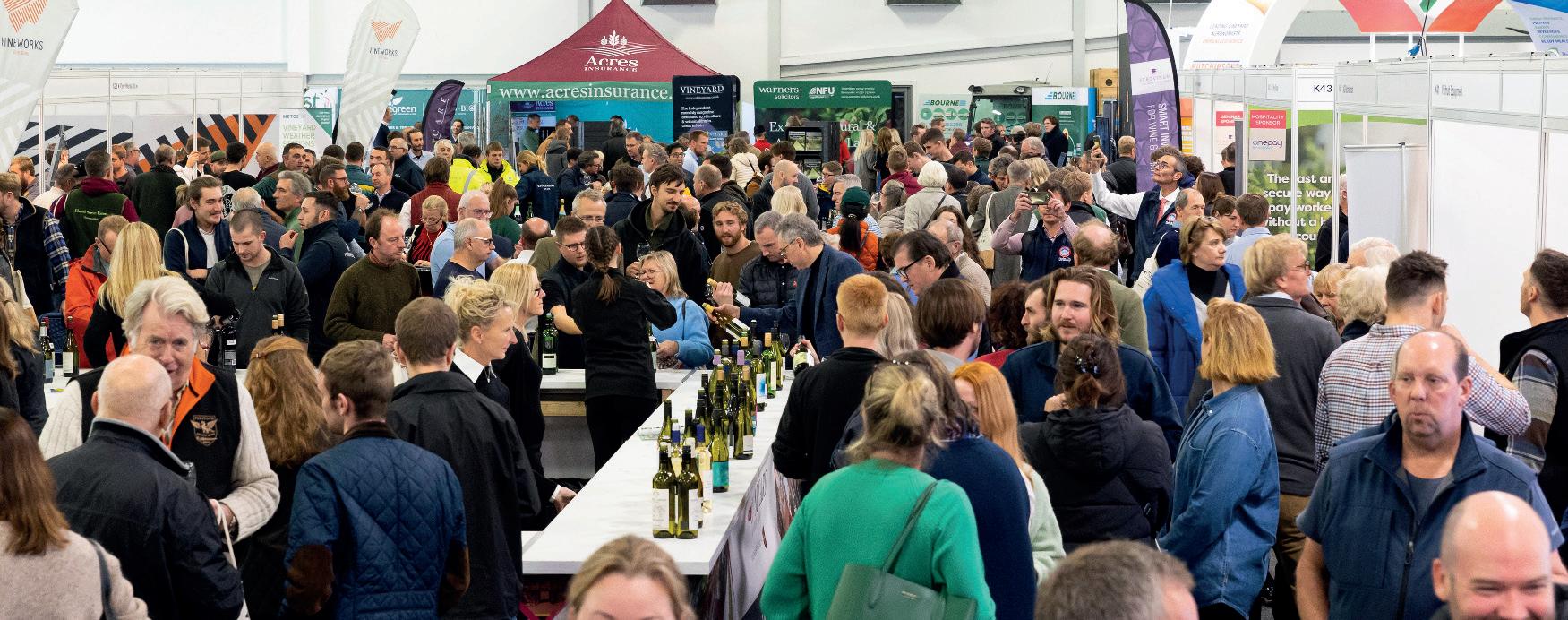
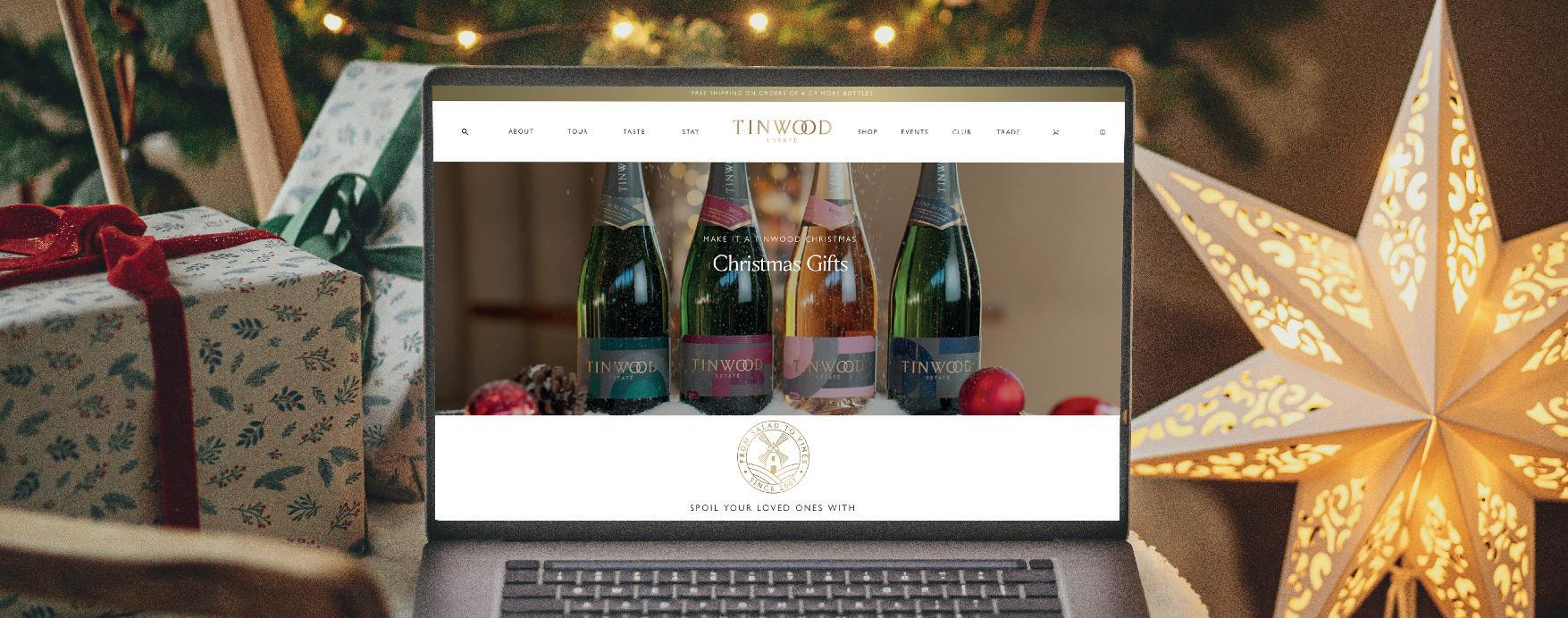
Features
Posing with alcohol
A snapshot of UK harvest 2025: a vintage to remember
Venust vintage Leonardslee Family Vineyards welcomed Vineyard magazine on the penultimate day of harvest 2025.
Vineyard & Winery Show 2025
The show is set to build on its credentials as a showcase for great wine, highly skilled winemakers and topnotch manufacturers, equipment suppliers, agronomists and technical experts.
Seasonal marketing
Making wines centre stage on the Christmas table by planning your method of attack for capturing the Christmas spend.

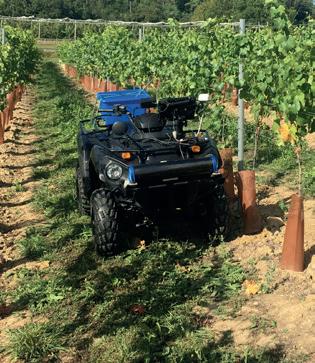
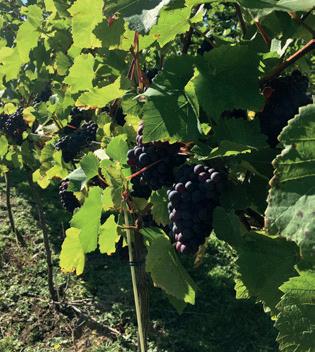
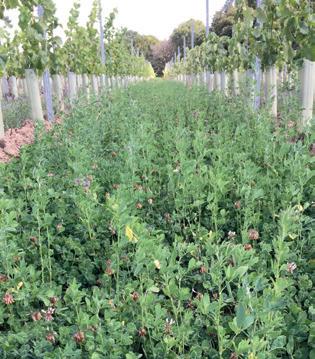

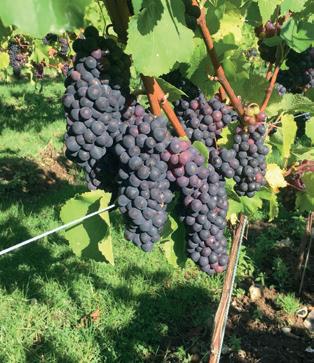
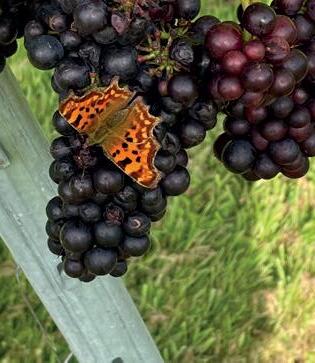
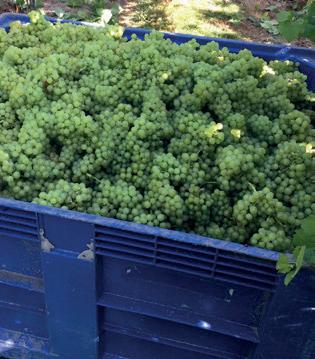
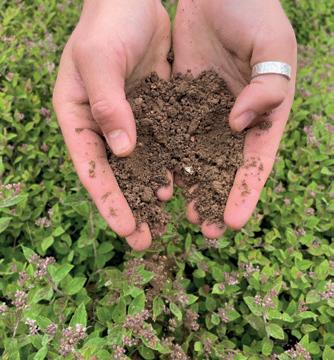

From the editor
“Originality is Independence, not rebellion it is sincerity not antagonism.”
George Henry Lewes 1817-1878
The quote from this English philosopher made me think about sad events that have happened this month. It is with great sadness that we heard about the deaths of Peter Hall of Breaky Bottom and Vineyard magazine contributor Richard Sheppard Barron. Both these men were individuals who lived their life in a way that was unique. They imitated no one and they didn’t have to impress and in that way they actually impressed everyone, leaving a lasting impression. To say they will be missed is not enough…
Personality is important; we should not compare ourselves to others but showing appreciation for them can make us a better version of ourselves. These two people had the ability to build up those around them by not shouting about their own abilities and achievements, rather they spotlighted the achievements of others. This is a mark of true accomplishment and places them in a class of their own.
Many people will have their own stories and memories of these two outstanding individuals. Let us continue to share them with joy, celebrating their unique lives and passions for what they did.
With the Vineyard & Winery Show fast approaching, we look forward to sharing stories of so many characters in the industry. As an event that brings together all the elements and personalities of the English & Welsh wine community under one roof this is the ideal opportunity to exchange experiences about the recent harvest, celebrate, make friends and create lasting memories.
The English and Welsh wine industry is made up of individuals who have a common goal, to create excellence and bring joy to consumers across the globe. When we meet at the Vineyard & Winery Show let’s appreciate each other (and the wines!) just a little bit more.

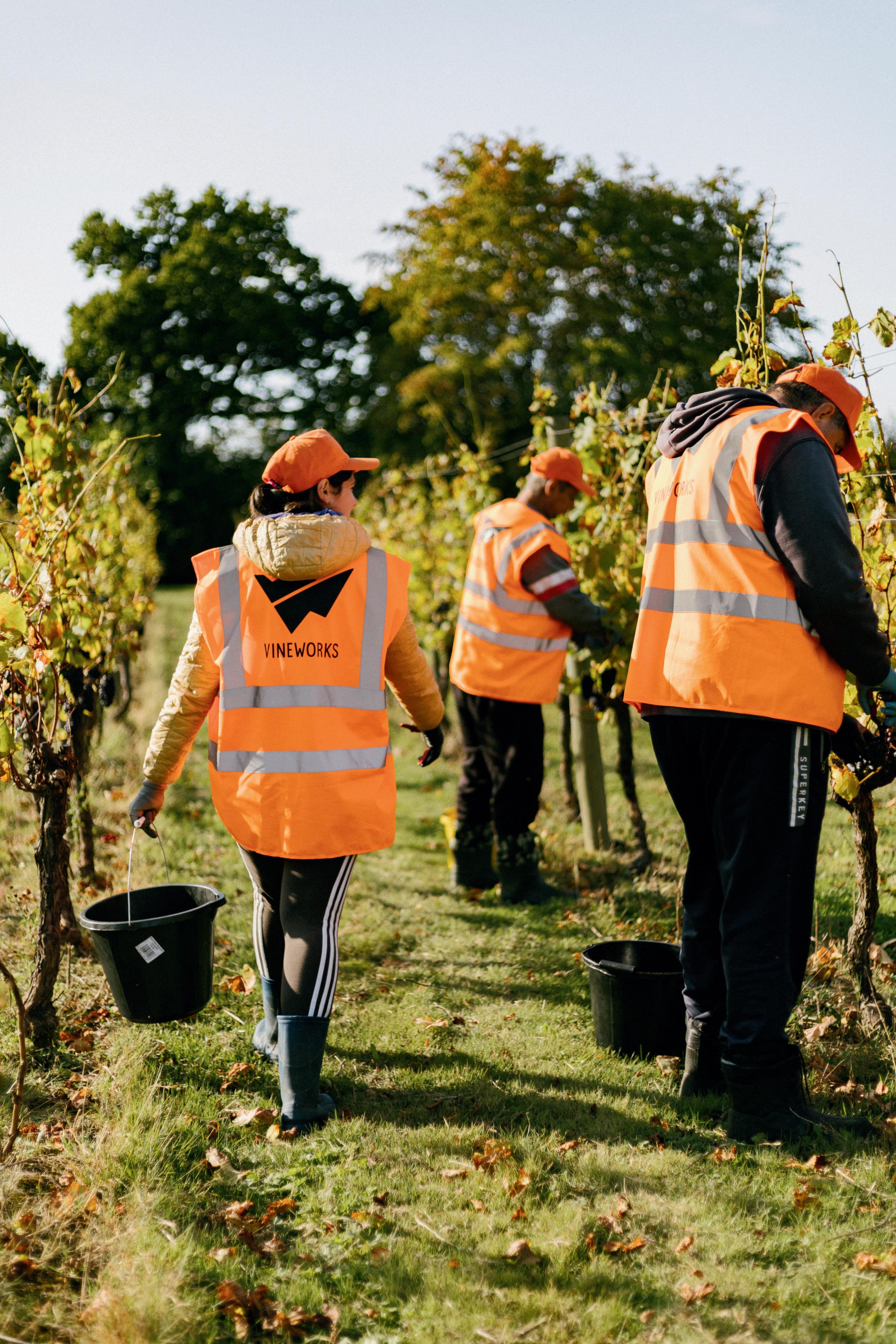

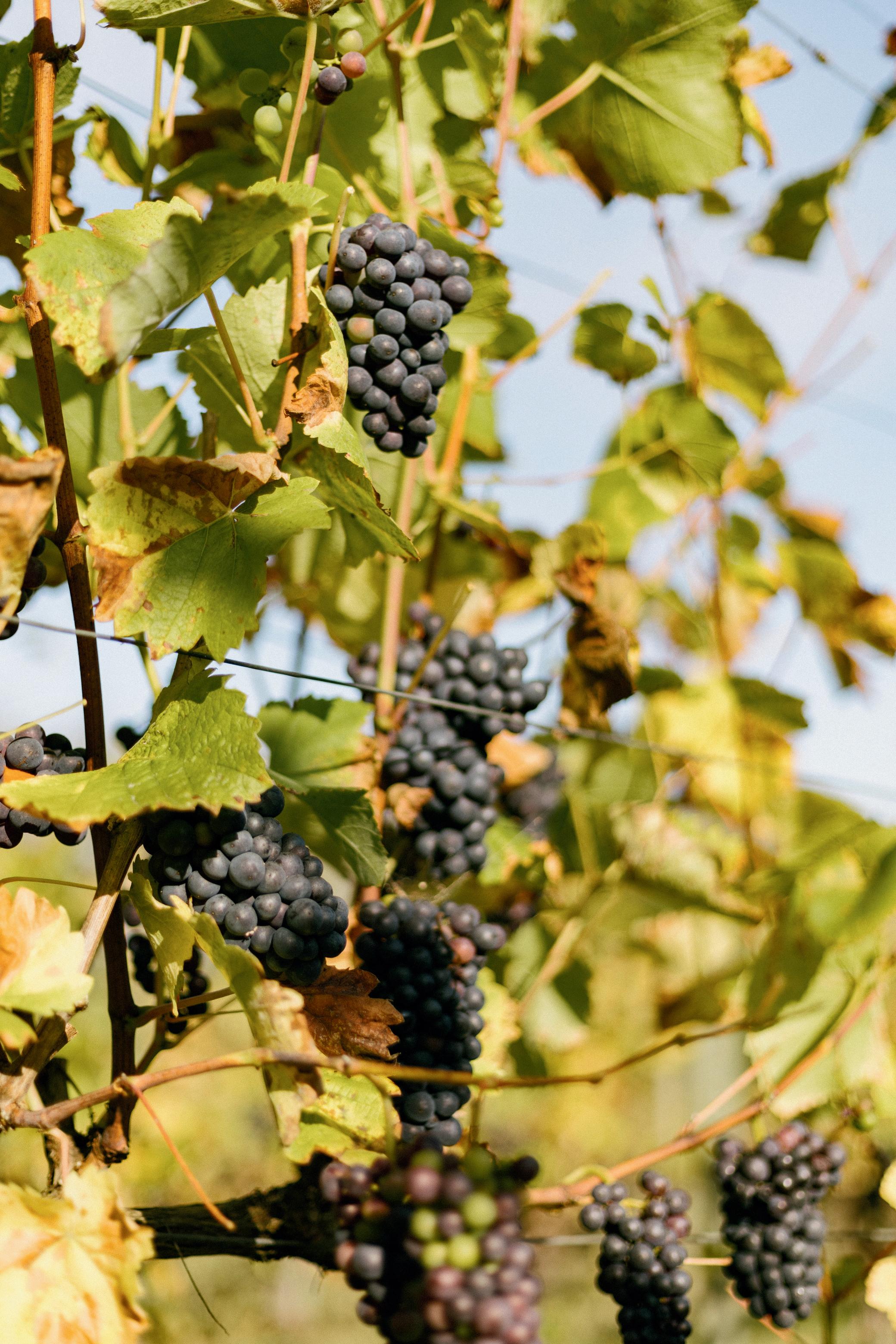
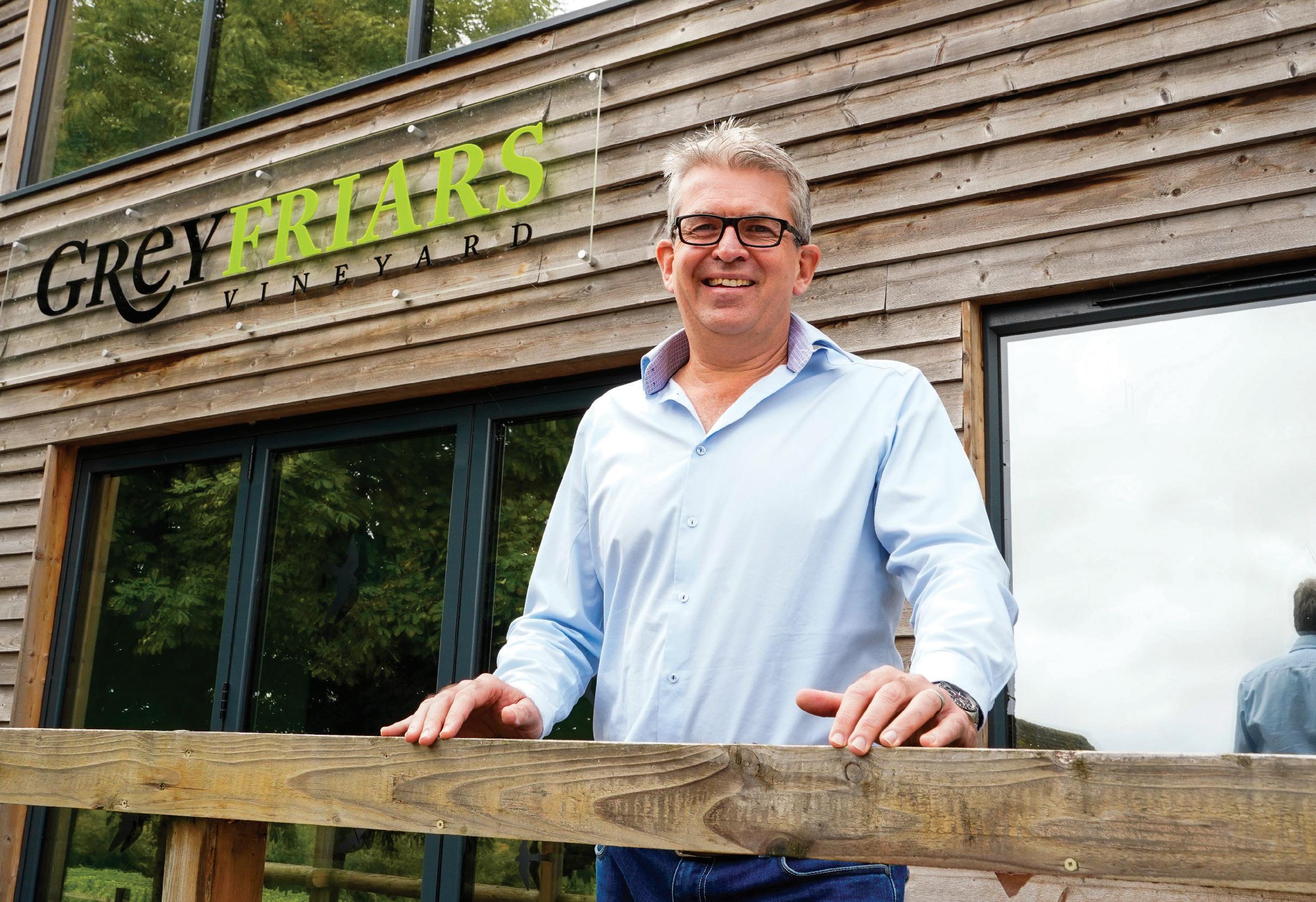
Fraser Currie
Introduction for Fraser Currie
Fraser Currie has joined Greyfriars Vineyard in the newly created position of General Manager. Fraser brings an impressive and extensive track record in the Wine, Drinks and Spirits Industry including Commercial Director of Armit Wines for four years from 2020 to 2024.
In his new role, Fraser will focus on strengthening Greyfriars’ position as a leading English wine producer, enhancing customer experience, and supporting the continued growth of the business in the years ahead.
Mike Wagstaff commented, “This year we are celebrating the fifteenth anniversary since we took over Greyfriars Vineyard and the 36th since the original Champagne varietal vines were planted
on this site. It has been an incredible journey and we have achieved success far beyond our original expectations together with a few ups and downs along the way. However, we are looking to continue to build the business for the next decade and beyond and we are delighted that Fraser will join us to lead the amazingly talented team at Greyfriars”
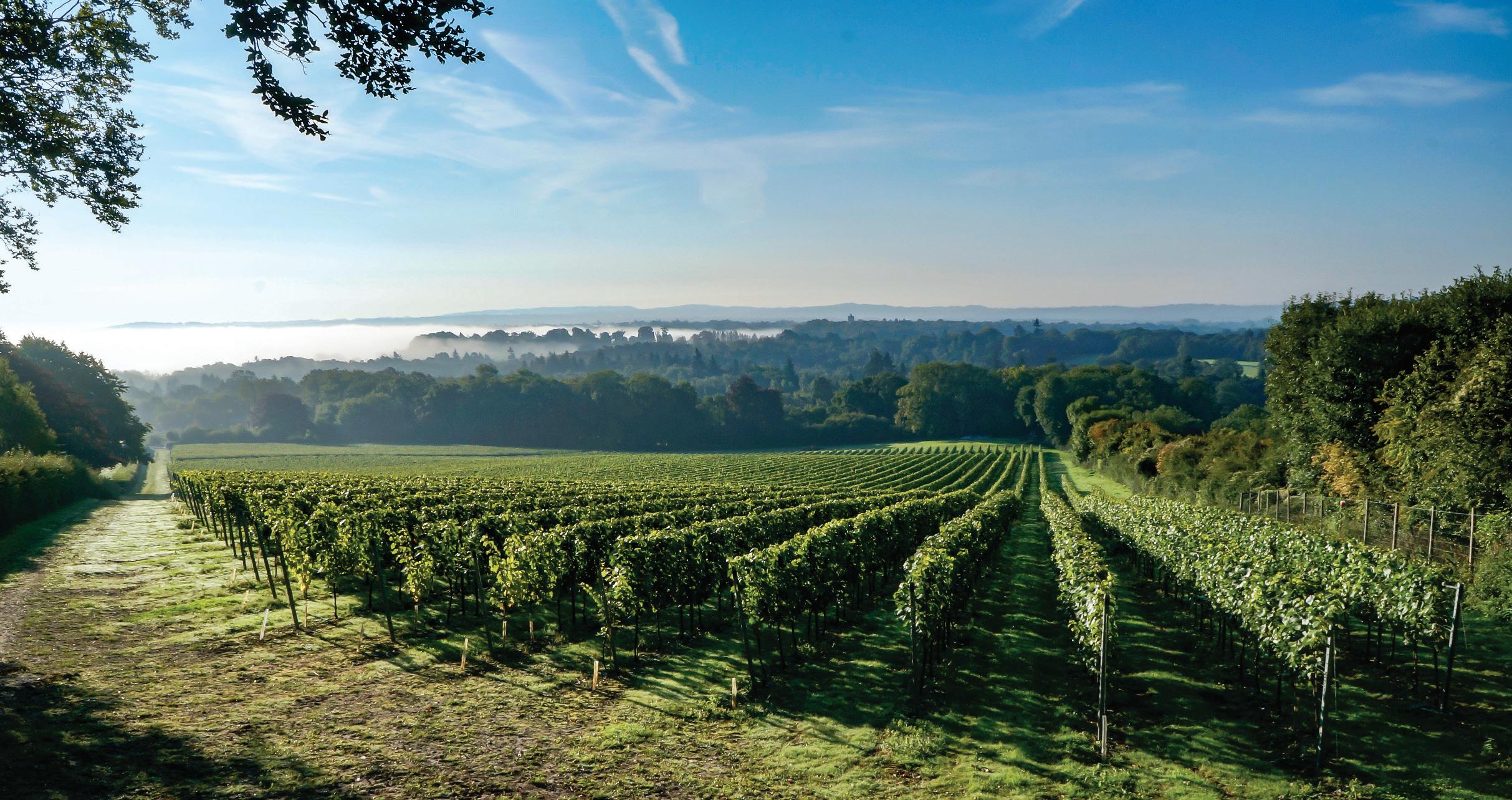
Greyfriars Vineyard is located on the south-facing slopes of the North Downs (known locally as the Hog’s Back), just a few miles outside Guildford in Surrey. The 40 acre vineyard was established in 1989 and boasts a state of the art tasting room, winery and a chalk cellar. The vineyards are predominantly planted with the three classic Champagne grape varieties: Chardonnay, Pinot Noir and Pinot Meunier.
Hospitality royalty back Sugrue South Downs
Award-winning winemakers Dermot and Ana Sugrue of Sugrue South Downs receive further investment from hospitality icons.
The company’s star-studded raft of investors, which include actor Hugh Bonneville, wine writer Hugh Johnson, and hotelier Robin Hutson, are now joined by Michelin-starred chef and culinary national treasure Angela Hartnett, Mr & Mrs Smith founders James and Tamara Lohan, and ex-Fortnum & Mason CEO Ewan Venters.
Angela said: “I instantly fell in love with Dermot and Ana’s enthusiasm for life and their delicious wines – I didn’t take much convincing to invest! I’m so excited to be pouring Sugrue’s wines at all my restaurants: Murano, Café Murano, Cicoria at the Royal Opera House, as well as at Lime Wood.”
“We’ve been blown away by the wines that Dermot, Ana and the Sugrue team have been producing,” said James and Tamara. “Now, we’re delighted to be supporting them on the next leg of their journey – we cannot wait to see what they conjure up.”
This fresh round of investment will enable Sugrue South Downs to further its development of the winery in Wivelsfield Green and expand the cellar door and hugely successful series of pop-up events, which this year has featured Hartnett and Neil Borthwick, Mark Hix and Henry Harris, Mitch and Ben Tonks, and Kamil Oseka and Andy Wright. Dermot said: “We couldn’t be happier to have such accomplished people join our already stellar group of investors. Angela, James, Tamara, and Ewan are all at the top of their game and are wellversed in everything food, drink, and hospitality. I look forward to them helping us take Sugrue South Downs and our boutique wines to the next level.”

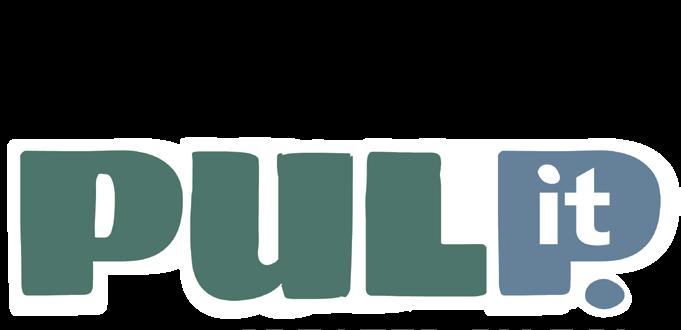
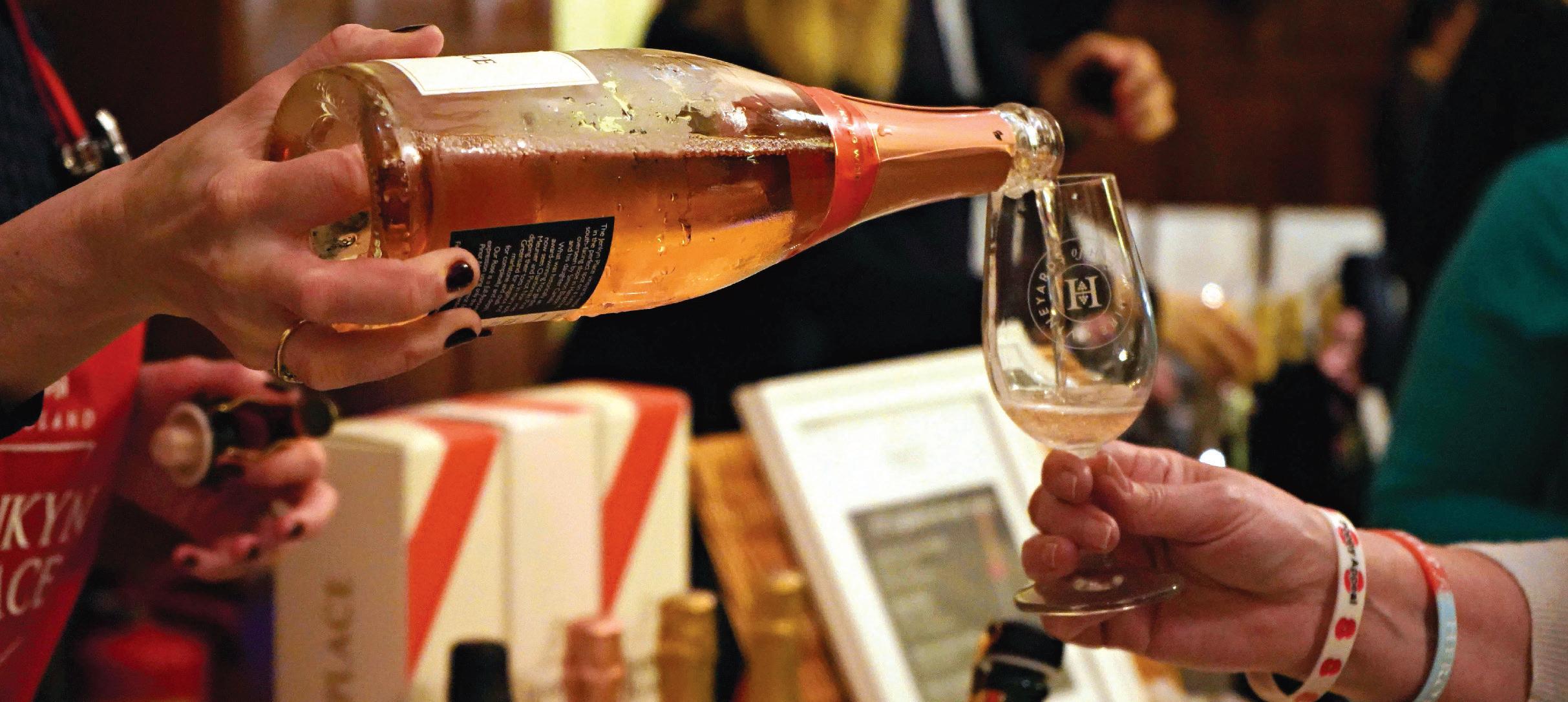
Christmas shopping wine experience
Following the unfortunate last-minute cancellation of Vineyards of Hampshire Festive Fizz in 2024, we are returning once again on a Saturday as a Christmas shopping wine experience, focusing on those important Christmas wine purchases.
Tickets are priced £15 each (including booking fee), and include redeemable vouchers against wine purchases, a returnable glass and one tasting sample per vineyard (eight tastings).
The shopping experience will include:
◆ An opportunity to buy further tasting cards.
◆ Shop Christmas wine and gift selections, use the special offers highlighted in your programme against your favourite wines.
◆ Purchase wines and gifts directly from the stands.
◆ Light festive food will be available to purchase.
Vineyards of Hampshire members
◆ Black Chalk
◆ Exton Park
◆ Hambledon
◆ Louis Pommery England
◆ Danebury Vineyards
◆ The Grange
◆ Hattingley
◆ Raimes
Festive Fizz wil take place on Saturday 29 November 2025, 11am - 5pm (drop in anytime) at Bapsy Hall – Guildhall Winchester, The Broadway, Winchester SO23 9GH.
Drinking the world
In this unique and evocative blend of food, drink and travel writing, Victoria Brzezinski and Bert Blaize give winemakers the floor to take us on a journey around the landscapes, cultures, cuisines and, of course, wines, that they know and love better than anyone.
Where there’s good wine, there’s almost always a rich history, beautiful landscape, great food and intriguing characters who can give you the insider tips – from the daughters reclaiming lands from former Soviet states to rockstars-turnedwinemakers, the people behind the glass make for fascinating reading.
This is the book for anyone who travels with their tastebuds, covering winemaking regions in 20 countries across the world, from 200-year-old vines growing up peppercorn trees in Bolivia, to the fertile glacial soils of New York state. Each of the winemakers share their insider tips for the best spots to eat and drink.
Join Victoria Brzezinski and Bert Blaize
as they journey from America to Armenia, Portugal to Poland, discovering great glasses of wine and the fascinating stories behind them.
Victoria Brzezinski is a multi-award winning feature writer, columnist and restaurant critic. Named 2022’s lifestyle and interiors journalist of the year, she has written for The Times and The Sunday Times since 2018 on myriad topics from design to food and farming. She cut her teeth in hospitality working front of house with five years spent at some of London’s top Thai and Mexican restaurants – wine tastings were always the best part of the job.
Bert Blaize is an award-winning sommelier and wine consultant. He learned his craft at La Belle Epoque in Manchester; Le Manoir aux Quat Saisons, and the Clove Club in Shoreditch, going on to open the Mandrake Hotel as Head of Wine. In 2017, Bert was named the UK’s Top Young Sommelier by Flint Wines and was nominated by GQ, Drinks Business and Imbibe as sommelier of the year. He
co-authored Which Wine When in 2020.
Bert lives in Norfolk, where he runs North Norfolk Cellars.
Published by Pavilion Books on 6 November, priced at £22 and is also available in eBook.
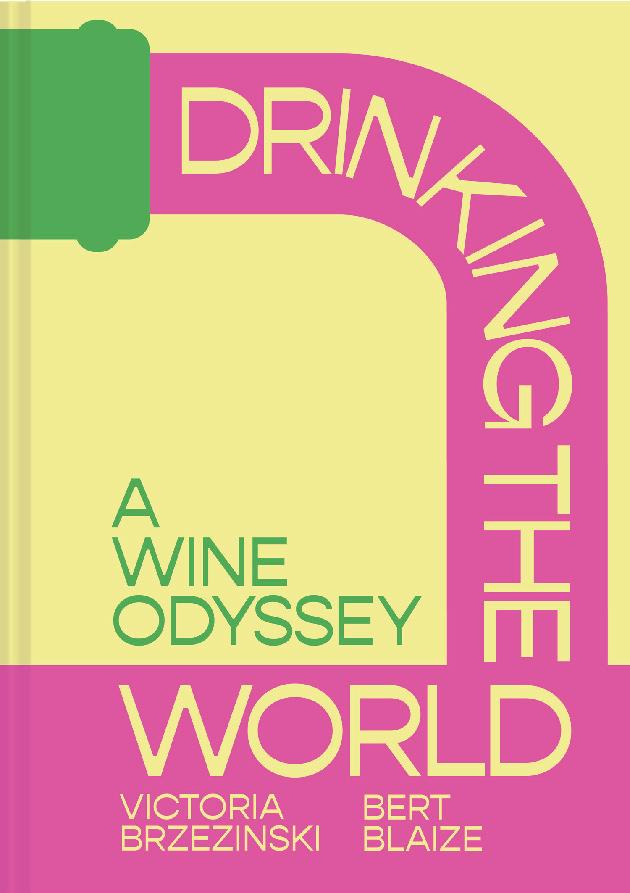


Four ways to help protect biodiversity
World Habitat Day took place on 6 October and to reflect on the role of biodiversity in agriculture, the UK Agri-Tech Centre is sharing four ways that agri-tech can help farmers to protect biodiversity on their farm whilst building resilience.
This year, World Habitat Day is aimed at raising awareness of environmental sustainability, urban development and advocating for positive changes in living conditions whilst creating safe and inclusive communities.
There is an evolving role for innovative monitoring technologies and methods to support those working in the agricultural industry to measure and manage biodiversity.
The UK Agri-Tech Centre, in collaboration with industry experts, has been advancing technologies that enable habitat mapping, species abundance tracking and meaningful engagement with landowners and communities – helping to reconnect people with nature and demonstrate the value of conservation efforts.
Raising awareness of these topics can help to promote more effective conservation policy and management, particularly when used on farming landscapes.
There are a range of biodiversity monitoring approaches that combine different technologies, data collection methods and analytical tools, enabling us to assess ecosystem health, track species and understand environmental change at various scales.
Here are four key approaches currently being used:
1. Remote sensing
Remote sensing technologies enable us to capture data on the physical characteristics of an area without a physical presence. There are a wide range of different remote sensing technologies and various applications for biodiversity monitoring, from LiDAR (Light Detection and Ranging) surveys and drones to earth satellite observations.
These tools are particularly useful for top-down, large-scale assessments and monitoring of habitats, helping us track changes over time. One company applying this approach is Senus, who use remote sensing to measure and verify natural capital on-farm.
2. Bioacoustics
Bioacoustic technology allows us to listen, record and analyse living organisms in an ecosystem. It is typically used to record species diversity and abundance at a local spatial scale and can be combined with AI and machine learning to analyse data and provide biodiversity assessments in a local region.
Novel methods of bioacoustics include the deployment of autonomous recorders capable of automatically collecting data. It can be used to record sounds in a variety of ecosystems to monitor pollinators, birds, moths, bats, whales and more. One example of a company using this technology is Chirrup AI, who monitor biodiversity on farms using birdsong to help farmers and land managers monitor biodiversity and measure change at scale.
3. Environmental DNA
Environmental DNA (eDNA) detects traces of living organisms (such as dead skin cells, mucus and faeces) using DNA from environmental samples (such as soil, water and air) to indicate the presence of species. It is extremely useful for identifying species that are often missed in traditional surveys, including invertebrates, microorganisms and bacteria. This approach expands the scope of biodiversity assessments and can highlight key indicators of ecosystem health, such as the presence of mycorrhizal fungi. Organisations currently practising eDNA sampling and analysis include Nature Metrics who work on end-to-end solutions for biodiversity reporting, and SimplexDNA, who work on generating findings to provide information on the biodiversity of the sampled environment.
4. Citizen science
Citizen science involves non-technical volunteer monitoring, making it an inclusive, cost-effective, engaging and educational method. Participants contribute to species identification, population surveys and habitat assessments, helping build large-scale biodiversity datasets. It is a powerful tool for public engagement, education and awareness. When combined with AI and machine learning models, species identification can be automated, validating data quality and reach. Good examples of these methods in action are organisations such as Pollenize, which delivers science-led, nature-based solutions to restore pollinators and biodiversity, and Merlin, which allows you to identify birds by their appearance and sounds via an app.

London Wine Fair 2026 will take place from 18-20 May at Olympia. The Host Nation for 2027 will be announced at this event.
Inaugural “Host Nation” initiative for 2026
London Wine Fair has announced a new initiative for the 2026 show, which will see it introduce an annual “Host Nation” focus, whereby a country or region is showcased as the centrepiece of the event.
For the inaugural year, the focus will be on the home nations, featuring the best of British drinks from Lands’ End to John O’Groats, and Belfast to Billericay, spanning English wines, Scottish spirits, Welsh wine and spirits, and Northern Irish spirits, as well as No and Low, Beer, Cider and Mead. The decision underlines the growing reputation and ambition of the domestic wine industry and the increasing demand for spirits and other drinks from the fair’s visitor audience.
2026 will see the largest presence of British producers in the show’s 45 year history, with expectations of showcasing over 100 producers and brands (close to a five-fold increase on last year); a record 37 producers have signed to date, more than eight months out from the show. A flagship English Wine stand will be located towards the front of the show; this is a newly curated space for 12 invited producers, adjacent to Hatch Mansfield who will be showing Domaine Evremond within their wider premium portfolio. 60% of this stand has already been reserved with presence confirmed by leading English wine producers, including Simpsons Wine Estate, which is returning to LWF after seven years, and a maiden appearance from Gusbourne, amongst others.
Commenting on their presence for next year, Charles Simpson, Co-Founder, Simpsons Wine Estate, said: “Simpsons Wine Estate is delighted to be returning to the London Wine Fair again in 2026. With a mixed client base that is nearly 50% export, we now feel that the LWF offers an ideal location, platform and venue to see both our domestic customers and some of those from around the world. We are confident that the LWF team is working hard to ensure that only the highest calibre industry visitors attend the event in 2026.”
Jonathan White, Chief Executive Officer, Gusbourne, added: “We are really looking forward to showcasing our Gusbourne wines alongside other leading English producers at the 2026 London Wine Fair. It’s wonderful that the fair now offers such a suitable opportunity to present Gusbourne to a new audience of customers from the UK and around the world.”
The Fair’s Pop-Up Theatres will include one day tastings from different regions and organisations from the Host Nations; these will showcase different terroirs, grape varieties and the pioneering ethos of the domestic wine producers. Contract winery, Defined Wine, will take over Tuesday’s Pop-Up Tasting with 30 producers from East Anglia and Kent. They will host a one hour VIP-only, early access session as
well as an evening networking reception for buyers and other VIPs.
Henry Sugden, CEO Defined Wine, commented: “As the UK’s only winery focussed entirely on contract winemaking, we have always tried to help the vineyards and brands we make wine for to find routes to market. Having run our own trade tastings in the past, we have realised that LWF provides a much better opportunity to connect English producers and trade, whatever their size or scale. We are delighted to be partnering with LWF to showcase the breadth of wines, especially still wines, that England has to offer in response to the increasing request from LWF visitors for more English wines. Alongside the chance to taste quality wine from a range of different sized vineyards, from the boutique looking for small independent wine stockists to those at retail scale, there will be insightful panels, discussions and networking opportunities.”
Host Nation content will be in the spotlight. “The Future of English and Welsh Wine” debate will take place on Centre Stage, featuring a panel of industry heavyweights from the UK and international markets, exploring how the industry can help make British wine mainstream.
The 2026 Host Nation initiative has already received significant support from the UK’s key decision makers and buyers who comprise the London Wine Fair’s visitor audience:
“English wine continues to be a major area of focus and growth at Marks & Spencer. It aligns well with M&S leadership on sustainability and quality in wines. We would love to see a breadth of English and Welsh wine producers represented at the London Wine Fair 2026,” said Dror Nativ MW, Senior Wine Buyer, Marks & Spencer.
Georgina Haughton, Head of Wine Buying, Sainsbury’s said: “We'd be supportive of seeing more British producers at LWF as this is a really important category to back and there's no better place to showcase the Best of British than at LWF!”.
“The LWF is our own big wine event so it should be the place to see all we produce as a country and a vehicle to champion an industry which is growing fast as well as challenging great wines on the world stage. Personally, I would want pretty much all commercial wineries being involved to unite on a single message: ‘English wine is not just an extra but can take centre stage along with the best of them.’ The more we have on show the more the wider audience will have to take our wines seriously. We are always on the lookout for more English and Welsh additions. I am sure I have not seen anywhere near half of what is on offer. I know that some wineries shun the large-scale tastings, but it’s needed for the collective good of the sector to increase listings countrywide,” said John Chapman, Managing Director, The Oxford Wine Company.
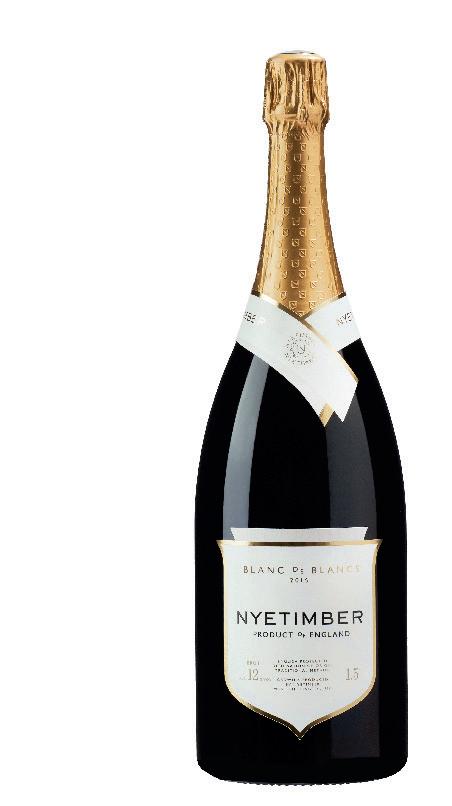
Nyetimber awarded champion sparkling wine in a first for English sparkling wine
Pioneering English sparkling wine producer Nyetimber was awarded two of the top trophies at the International Wine Challenge (IWC): Champion Sparkling Wine and Sparkling Winemaker of the Year. The highly coveted Champion Sparkling Wine trophy went to Nyetimber’s Blanc de Blancs 2016 Magnum, marking the first time in the trophy’s 34-year history that it has gone to a non-Champagne. Following a blind tasting of over 1000 wines earlier this year, Nyetimber Blanc de Blanc 2016 Magnum was awarded 97 points by the IWC, with the judges describing it as, ‘a time capsule of a wine with mouthwatering acidity, flavours of citrus zest and camomile with a chalky finish.’
Furthermore, Nyetimber’s Head Winemaker Cherie Spriggs won Sparkling Winemaker of the Year for the second time, having first been awarded the trophy in 2018. At that time, she was the first person outside of Champagne to win the award, and she remains the only woman to ever have done so.
A true pioneer, Nyetimber was the first
producer of English sparkling wine to exclusively grow the three celebrated grape varieties: Chardonnay, Pinot Noir, and Pinot Meunier. With 11 vineyards spanning 425 hectares in West Sussex, Hampshire, and Kent, all Nyetimber wines are made from one hundred percent estate-grown grapes – allowing for complete control over every step of the winemaking process from vine to bottle.
Nyetimber CEO and Owner, Eric Heerema said: “These two trophies are huge accolades for us, and we are honoured to have received them from such a renowned awards body. At Nyetimber we strive for perfection in everything we do, and the trophies provide real recognition of our winemaking teams and all the hard work and dedication that they put into creating world-class sparkling wines.
“We are truly delighted to be the first ever non-Champagne to have been awarded the Champion Sparkling Wine trophy, and to have done so for our Blanc de Blancs – a wine that is very special to us, having been the first ever created at Nyetimber –
feels very special. For Cherie to have won Sparkling Winemaker of the Year for the second time is incredibly impressive and demonstrates her outstanding talent and the huge effort she puts into crafting the sparkling wines that we are so proud of.
“We hope that these wins help to further bolster awareness and the appreciation of top-quality English sparkling wines both at home and around the world.”
The International Wine Challenge has been running for over 40 years, and is the world's most influential, impartial and rigorously judged global wine competition. In this year’s competition, Nyetimber also won Gold medals for its 1086 by Nyetimber and 1086 by Nyetimber Rosé 2013 vintages; both of which scored 96 points out of 100. This follows an award win earlier this year at London Wine Fair’s Battle of the Bubbles competition, when 1086 by Nyetimber 2010 was awarded top scoring Global sparkling and the top scoring wine overall; pipping prestige cuvées from Champagne – including Dom Perignon 2013 and Krug Grande Cuvée, 172ème Édition – to reach the top spot.
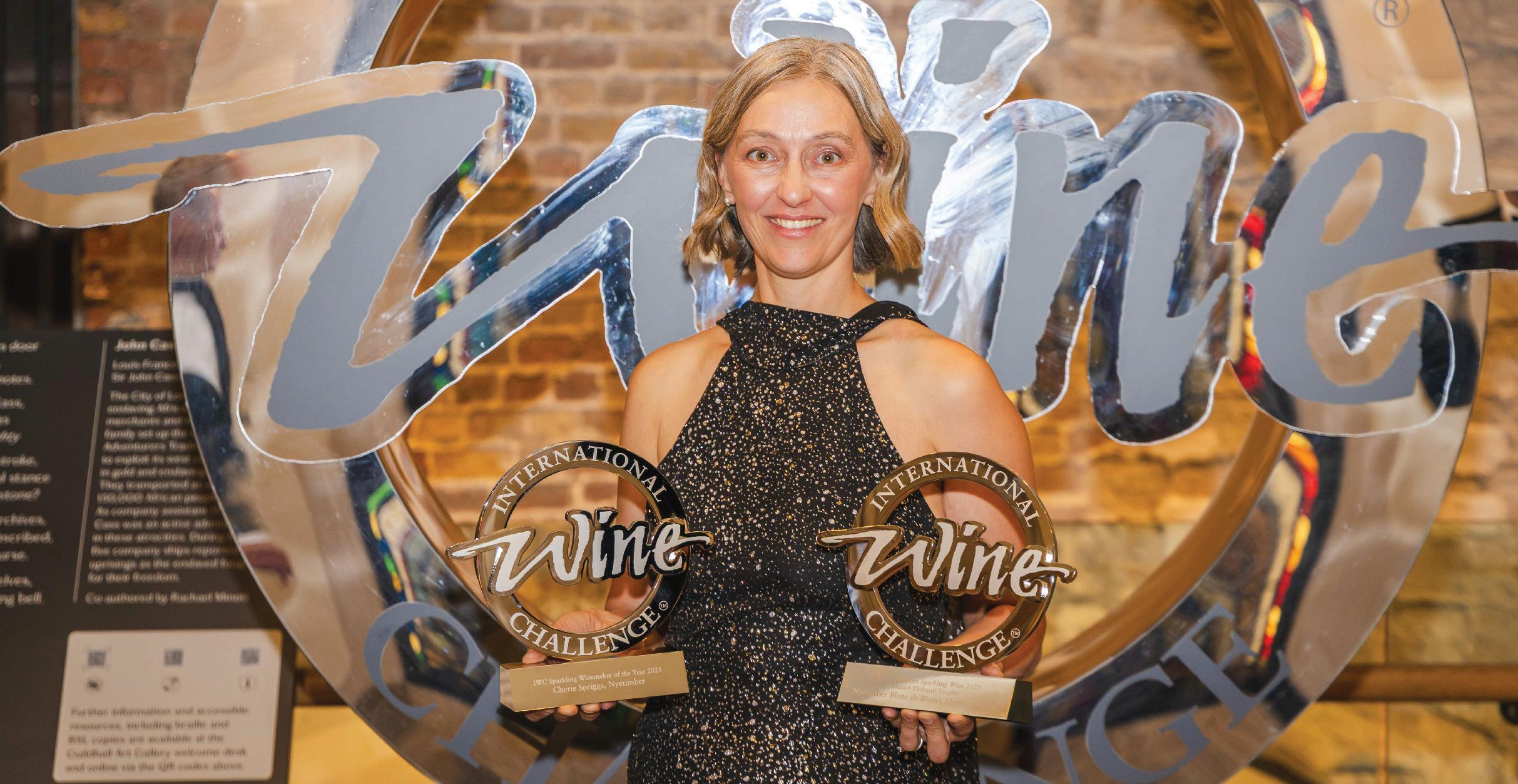
What the wine tourist saw
Lucy Thomas is an independent wine tourism specialist who has visited over 60 English & Welsh vineyards. Here Lucy explains the trends she has seen in 2025.
So far this year I’ve been to 25 vineyards across Britain and taken part in a huge variety of activities and experiences. What I’ve witnessed is collaboration, collaboration, collaboration. There are plenty of inspired joint ventures between vineyards and local businesses, food vendors, artists and artisans all over the country that are shaping the way wine tourism is developing in the UK.
Regional collaboration
Regional wine trails and collectives are on the rise. With the most well-established ones operating in Kent, Hampshire and Surrey, this year marked the launch of Rother Triangle as part of Sussex Winelands and new collaborations in less well-known wine making regions including East Midlands Wine Trail and Malvern Hills Vineyards. Whilst some regions have a vast array of vineyards and are compact enough to have tour operators, it’s helpful for the independent wine tourist to be inspired by what’s on offer in a geographical area to encourage multiple vineyards visits.
Collaboration between local businesses
This year I’ve experienced some innovative collaborations that have really added value to me as a wine tourist. One of the highlights of my summer was a day organised by Walk Works who designed a 13km walk between four vineyards in the Chiltern Hills (JoJos Vineyard, Stonor Valley, Oaken Grove and Fairmile Vineyard). It was a beautifully curated day, supported by Tamsin of Wine Curious, that attracted a wide range of people to enjoy the countryside and amazing wines. The opportunity to partner with a local business to combine wine
Chilterns walking and vineyard tour
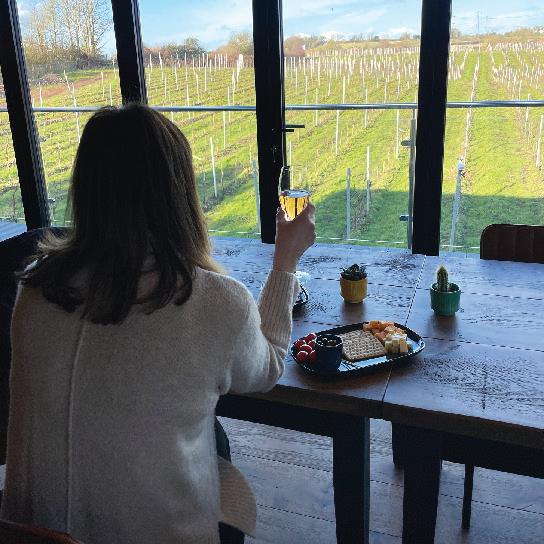
tasting with another much-loved activity is great for reaching a wider audience. ‘Yoga in the vines’ has grown in popularity and I’ve seen an increasing number of wellness and wine themed events. Creative workshops are on the rise too. A vineyard setting provides artistic inspiration (at least that’s what I’m hoping as I embark on bottle painting at a vineyard next month). I’ve seen pop-up sauna collaborations at a couple of vineyards this summer and one of the most unique and exciting events to catch my attention is ‘Herd it on the grapevine’ where you can combine a wine tour and tasting at Laurel Vines in Yorkshire, with a highland cow safari at the neighbouring farm.
Not everything needs to take place at the vineyard. As people seek out experience-based tourism activities there may be opportunities to take the wine to them. Flower fields were popular this summer and I saw a fabulous ‘Sip & Snip’ event at Gingerly Green Flower Farm in Kent with Simpsons Wine providing the onsite tasting.
Food and wine collaborations
Visiting food trucks are a staple of many vineyard social events and allow variety that encourages people to keep returning. Excitingly more areas are recognising vineyards as part of the local independent food and drink scene. As part of Taste Worcestershire Astley Vineyard hosted a paired tasting with Macneil Smokehouse, and this year’s Vale Food Trail in the Vale of Glamorgan included Tair Gafr Wines and St Hilary Vineyard.
Beyond the fabulous collaborations, opposite are a few other observations.
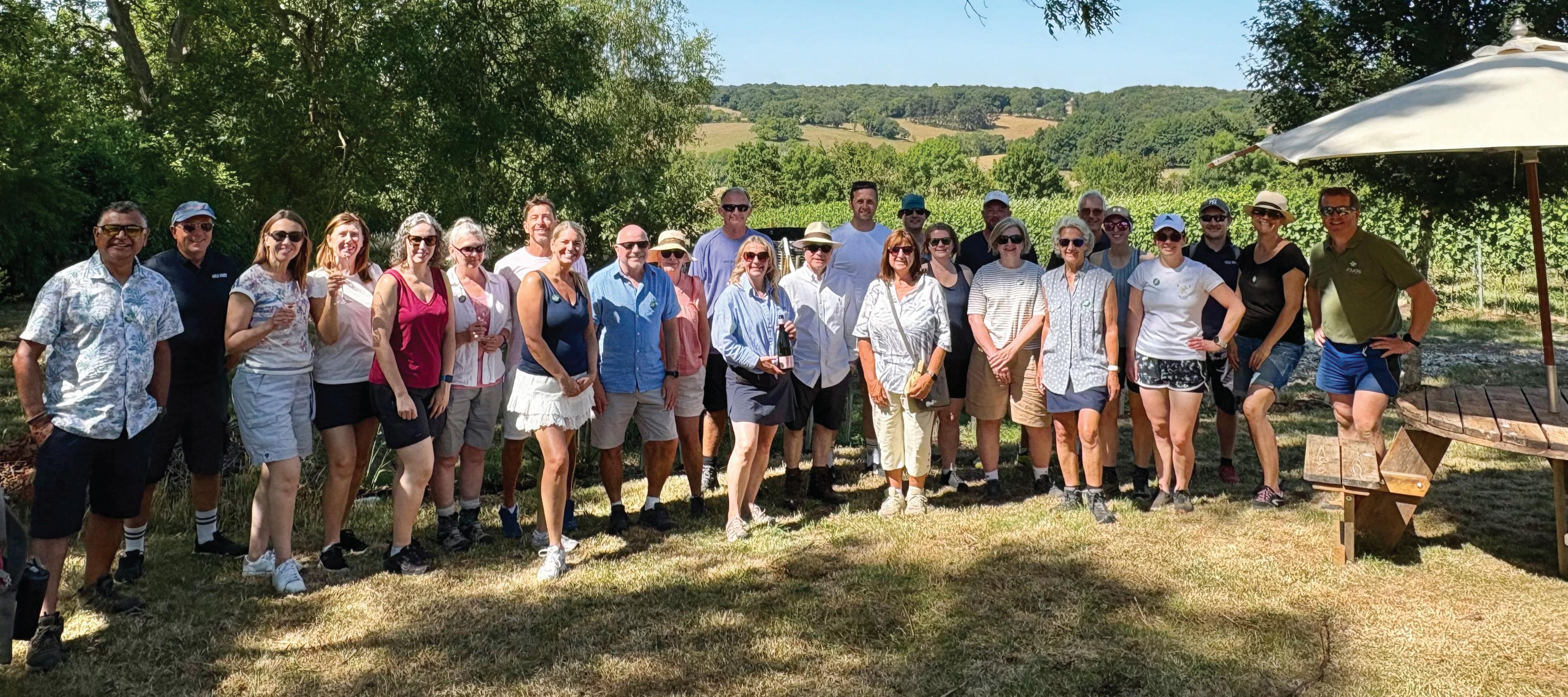

Barrel tasting at Midland Press (Birmingham’s first urban winery)
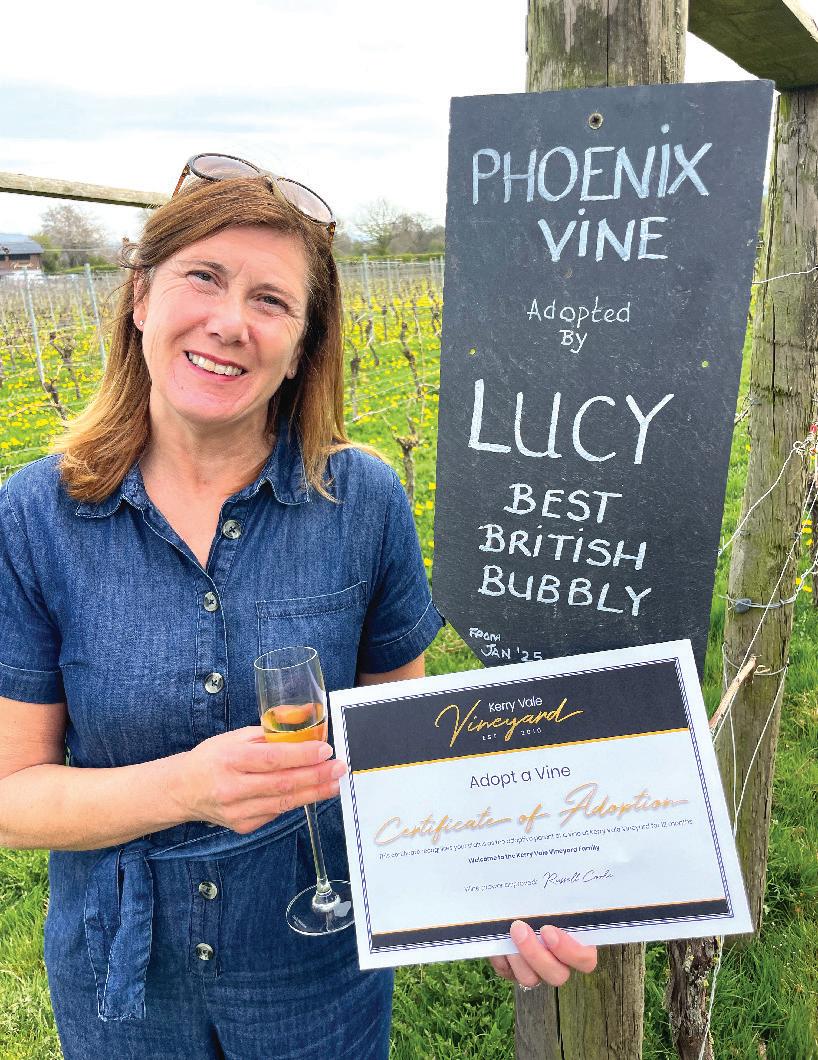
People like getting hands on
There’s something magical about vineyard life that makes people want to get involved. How many other types of agriculture can invite people to undertake unpaid work and get such an overwhelming response? I’ve met lots of first time volunteers this year, many of whom heard about the opportunity having attended a tour or tasting or by word of mouth from someone who had helped previously. Make the most of these fantastic ambassadors. I’ve also been the proud owner of an ‘adopt a vine’ package at Kerry Vale Vineyard in Shropshire. All the hints paid off and my family presented me with the perfect birthday gift – a vine of my own for the year. It has been a great way to feel connected to the vineyard. I’ve seen first-hand the enthusiasm and pride these initiatives foster and how they help grow knowledge and understanding about grape growing and wine making. Experiences that involve some kind of interactivity capture the interest of even the most seasoned vineyard visitor. The Dosage Tasting at Rathfinny Wine Estate in Sussex was a fun, hands-on way to learn about the sparkling wine making process and the impact of different levels of sugar. If your wine is being made onsite, a barrel tasting never fails to make an impression.
Growth in corporate events
Vineyard event spaces can be great for off-site meetings, team building events and company socials. With the interest in our wine sector continuing to grow it’s the perfect venue for forwardthinking companies. I’ve also noticed more organisations getting involved with volunteering, giving staff the opportunity to spend a day working outdoors with colleagues to improve wellbeing. I even met someone whose corporate volunteering policy allowed them to help with time-critical agricultural tasks and they definitely returned to work re-energised.
You may be hiding in plain sight
One of the most frequent things I hear people say on tours is ‘I just live down the road and I never knew this was here’, so it’s highly likely you have many more potential visitors on your doorstep. As someone
Lucy is sharing her knowledge of wine tourism at www.bestbritishbubbly.com and on Instagram @bestbritishbubbly

who proactively looks for vineyards I always find this surprising, but you may find that people in your local community, neighbouring towns and villages still don’t know you are there. I’ve met people who won their tour in a local school raffle and couldn’t wait to tell their friends, which is a pretty low-cost way to raise your profile. I’ve also seen vineyards offering community days with mini tours & tastings which is another great way to engage with the locals.
With tourism providing a vital source of income for many vineyards, it’s good news that almost any experience pairs well with a glass of wine. Please keep making connections, pushing boundaries and giving me more reasons to visit and spread the word.
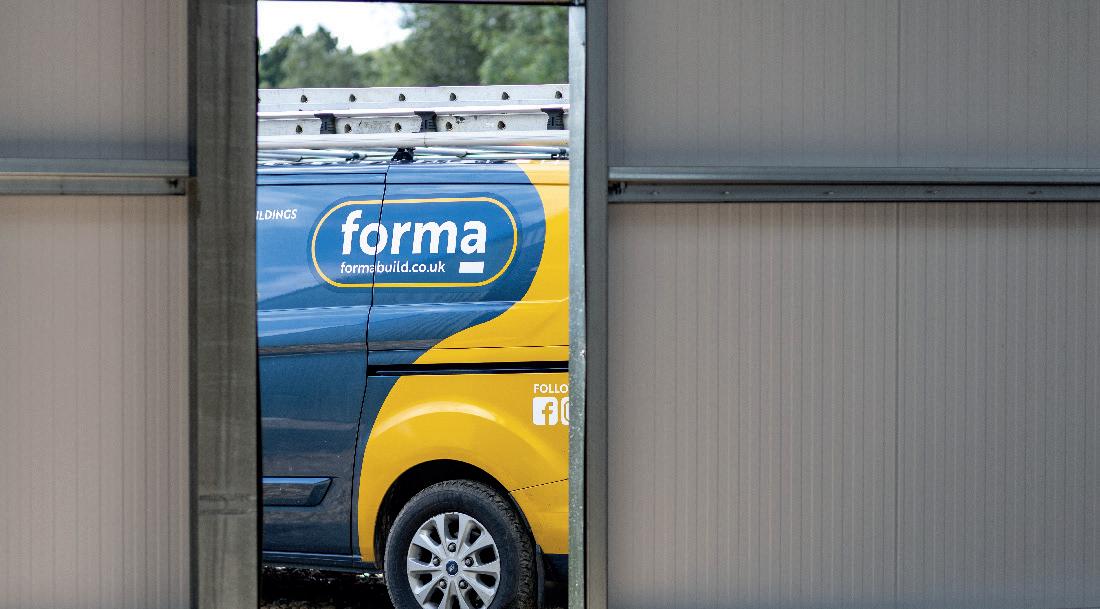
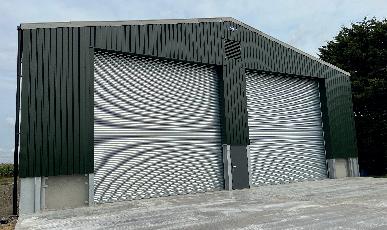
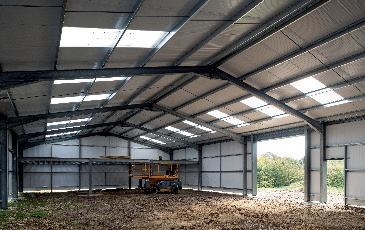

In the UK’s 21 best new restaurants
Jo Stevens part of Vineyard Magazine’s social media team caught up with Ryan Jacovides owner of restaurant, wine bar and bottle shop, Pomus. With premises in Margate and Folkestone Pomus has a growing reputation for promoting local produce and as part of this ethos championing local wines.
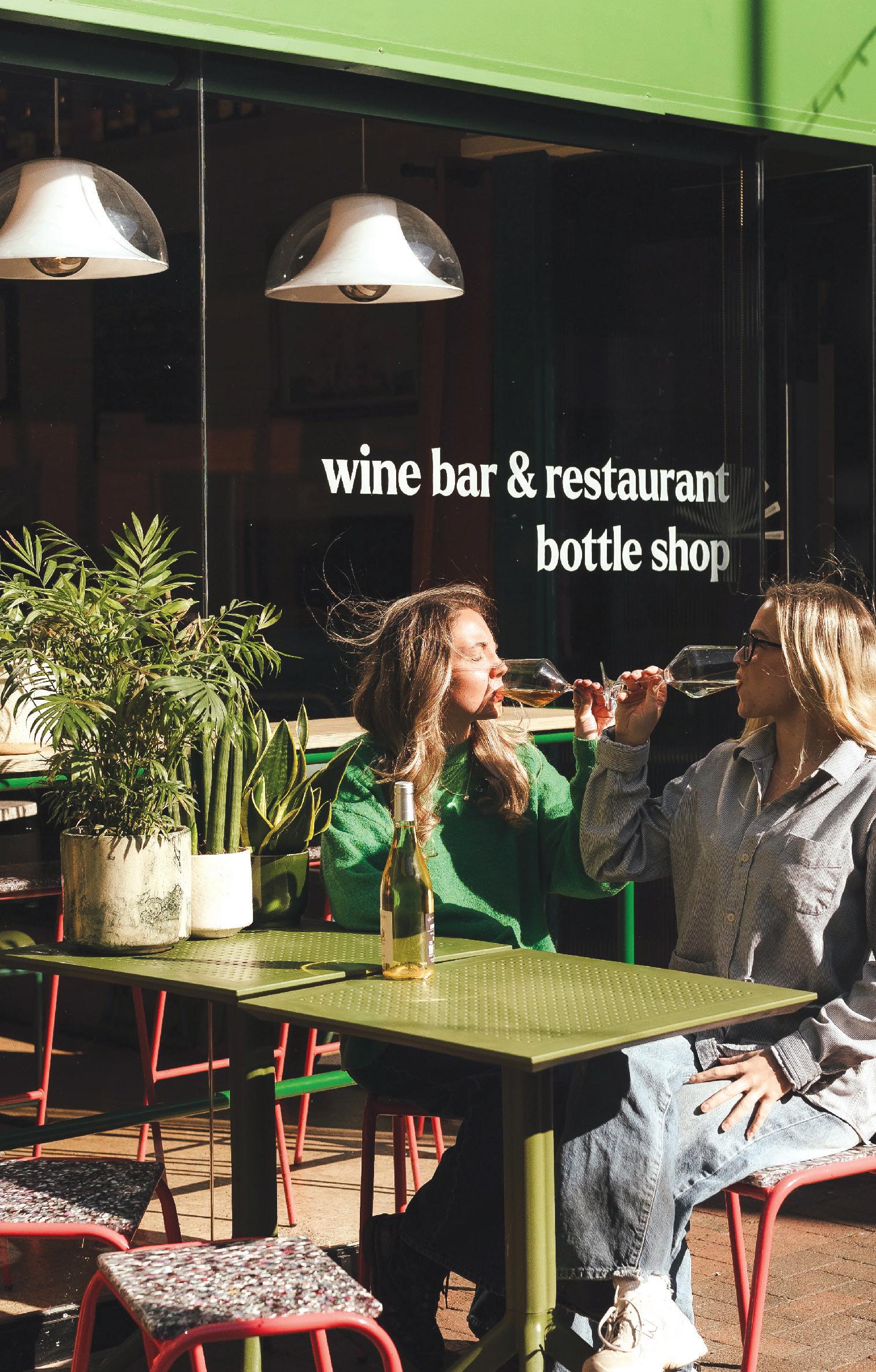
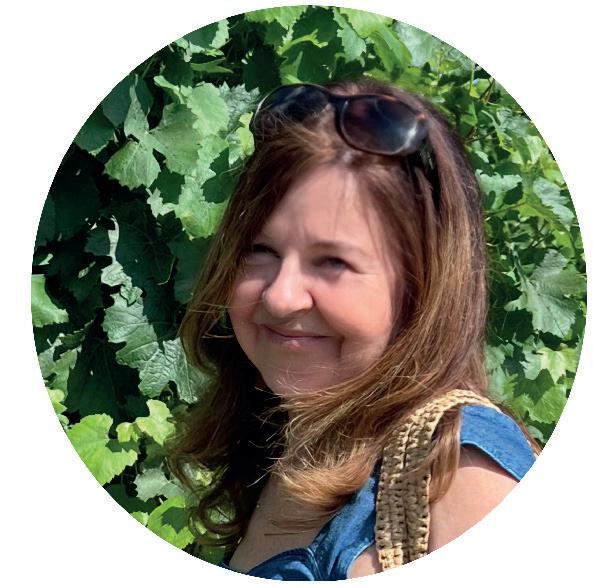
Recently named in the UK’s 21 best new restaurants 2024 by Condé Nast Traveller, Pomus (which derives its name from the Ancient Latin word 'pōmus' meaning fruit tree) is a restaurant, wine bar and bottle shop in Margate, run by entrepreneur Ryan Jacovides.
Taking inspiration from Kent's bountiful natural larder, a low-waste and inclusive menu sits alongside some fantastic awardwinning English wines.

How did you get started in the hospitality industry?
I started out collecting glasses in local pubs and spending time in my friend’s parents’ Irish bar. From there I worked my way to become Group MD at Jamie Oliver Group, and later a founding partner at Bristolbased Pasture Restaurant Group.
What inspired you to open a restaurant in Margate?
My family has been holidaying here for many generations, not to mention all the days I spent bunking off school to visit the town and its many arcades. Having now lived in Margate for a while, the time felt right to fulfil a long-standing dream and so in May 2024 I opened the doors to Pomus.
What attracted you to serving English wine at the restaurant?
We’re really keen to champion local producers – from Whitstable oysters to the Cheesemakers of Canterbury. Serving a selection of English wines felt like an obvious choice, and they pair really well with the range of dishes we serve here.
What could English wine producers do to help you promote English wine?
Collaboration is key – I think it’s important to create connections with the hospitality industry and that’s why we work with a number of vineyards in Kent. I’m keen to encourage as many of our customers to try the fantastic range on offer which can be found right here on our doorstep.
Just recently Julie Warner-Gladish from Simpsons’ Wine Estate based in Barham, on the outskirts of Canterbury, hosted a wine tasting event for us in the restaurant. Here our guests had the opportunity to sample five different wines including their Rabbit Hole Pinot Noir, alongside Derringstone, which is made exclusively from their estate grown Pinot Meunier.
We started tasting events in our wine cellar back in November 24 as they are a great way to showcase different makers, and we know it’s something our customers really appreciate and enjoy coming to.
Collaboration is key –I think it’s important to create connections
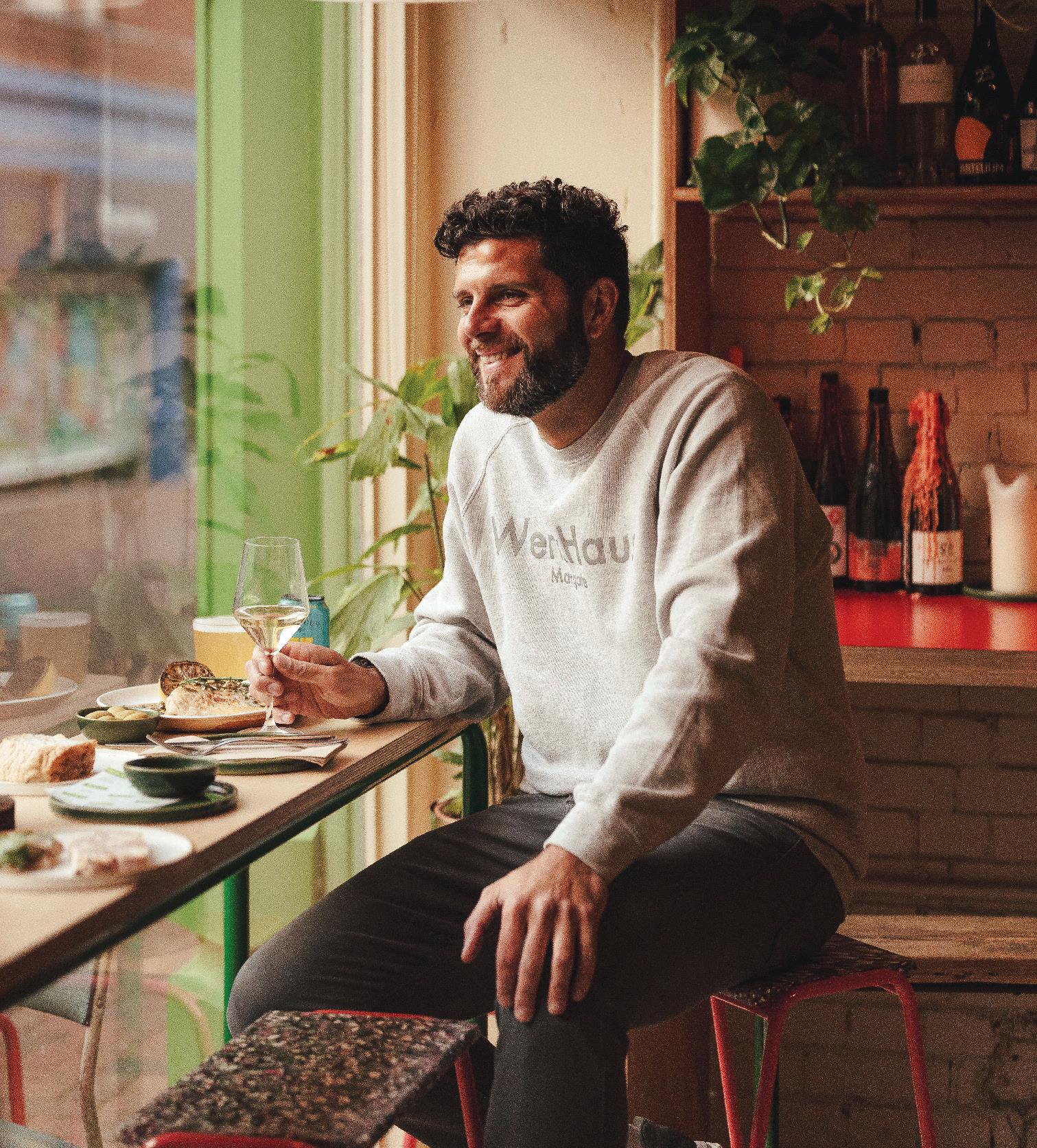
What’s the reaction from customers when they try English wine?
Customers are often pleasantly surprised by just how fantastic English wines are. They’re especially impressed by the quality and character of the still whites and reds, and how much they’ve developed and improved in recent years. It’s a real eye-opener for a lot of people.
How do you deal with the perception that English wine is expensive?
I want to encourage as many customers as possible to explore the range of English wines we have, so I’m careful not to price them too high and create a barrier. For me, it’s more important to make the wines accessible and give guests plenty of choice, even if that means taking a smaller margin. Ultimately, I’d rather people enjoy and discover the wines than be put off by the cost.
Have you spotted any particular trends?
People are fiercely local and they particularly love the English sparkling wines. At the same time, I like to keep things varied, particularly as we have a lot of regulars, so I’m always keen to encourage them to branch out and try different grape varieties. That way there is always something fresh and new to discover.
How do you choose which wines to stock?
For me, the starting point is always taste. It also has to represent good value, so that customers feel they’re getting quality at the right price. Because we change the menu monthly, there’s a constant sense of variety, and if we find something we like, it earns its place on the list
What are you most excited about in terms of the future of English wine?
I’m really interested to see developments in red wine production. We recently stocked a Divico which has some real body to it!
What would you say to anyone who might still be sitting on the fence when it comes to ordering English wine?
Come along and visit us. Celebrate the great produce from our fantastic vineyards and have a glass on me!
Ryan has just recently opened a second restaurant in Folkestone where he plans to offer more wine tasting events and experiences to highlight the county’s winemakers.
A snapshot of UK harvest 2025: A vintage to remember

An early start, exceptional fruit quality, and a spirit of celebration defined what many are calling the finest English and Welsh wine harvest in recent memory
Across the United Kingdom, from the chalk downs of the South to the rolling hills of Wales, winemakers are sharing a word not often heard in our unpredictable climate: perfection.
“I’ve been working in the UK since 2008 and I’ve never had this quality before. It is perfection!” declared Corinne Seely, Consultant Winemaker at Exton Park, capturing the excitement rippling through the industry. The English and Welsh wine harvest of 2025 will be remembered as something truly special – a season when the stars aligned, the sun shone relentlessly, and vineyards across the nation brought
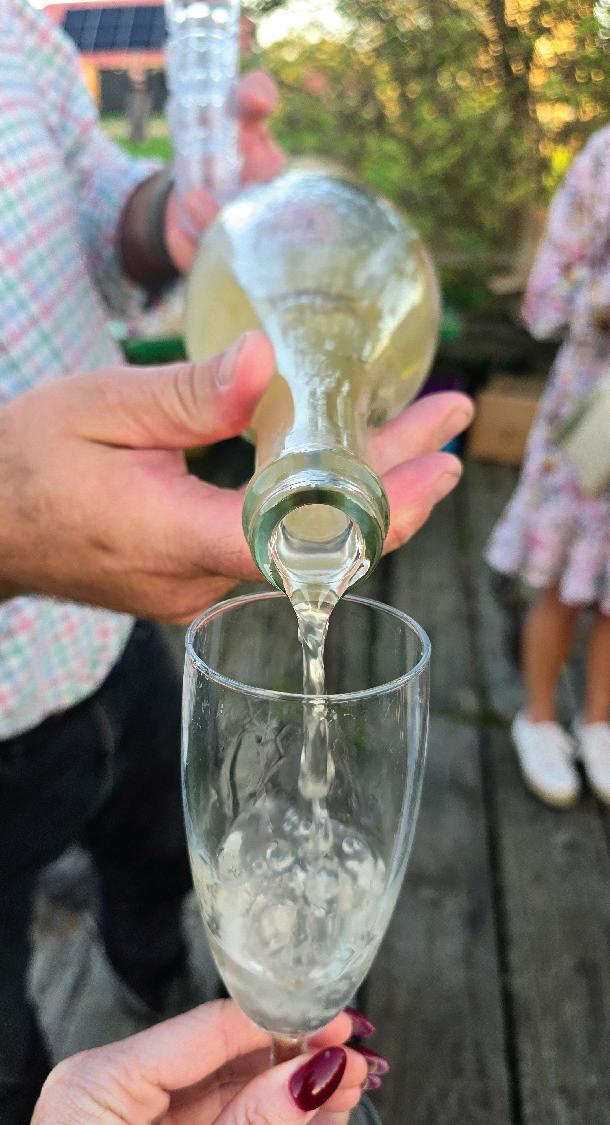
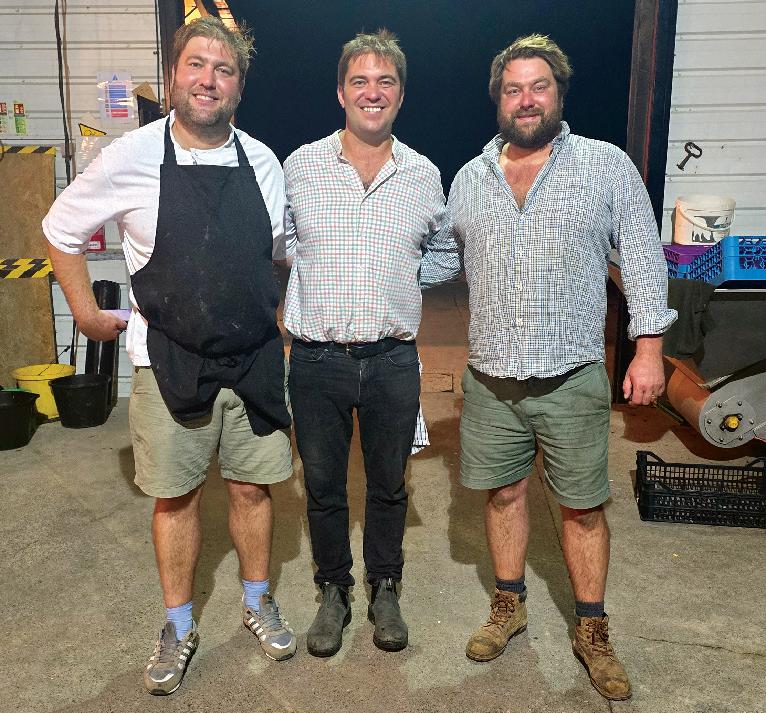
in fruit that has winemakers whispering comparisons to the legendary 2018 vintage.
From the first week of September, the story was remarkably consistent: this was happening earlier than anyone could remember. James Kinsey-Jones of Whinyard Rocks reports: “Harvest was incredibly early for us this year. We harvested our Solaris and Rondo two to three weeks earlier than our earliest harvest to date. For the first time ever we began our harvest in August.”
White Castle Vineyard in Llanvetherine, Monmouthshire, commenced picking on 16th September, marking the earliest start in the estate’s history, while Three Choirs Vineyard also reported their earliest harvest on record.
At Exton Park, Vineyard Director Fred Langdale observed the perfect conditions
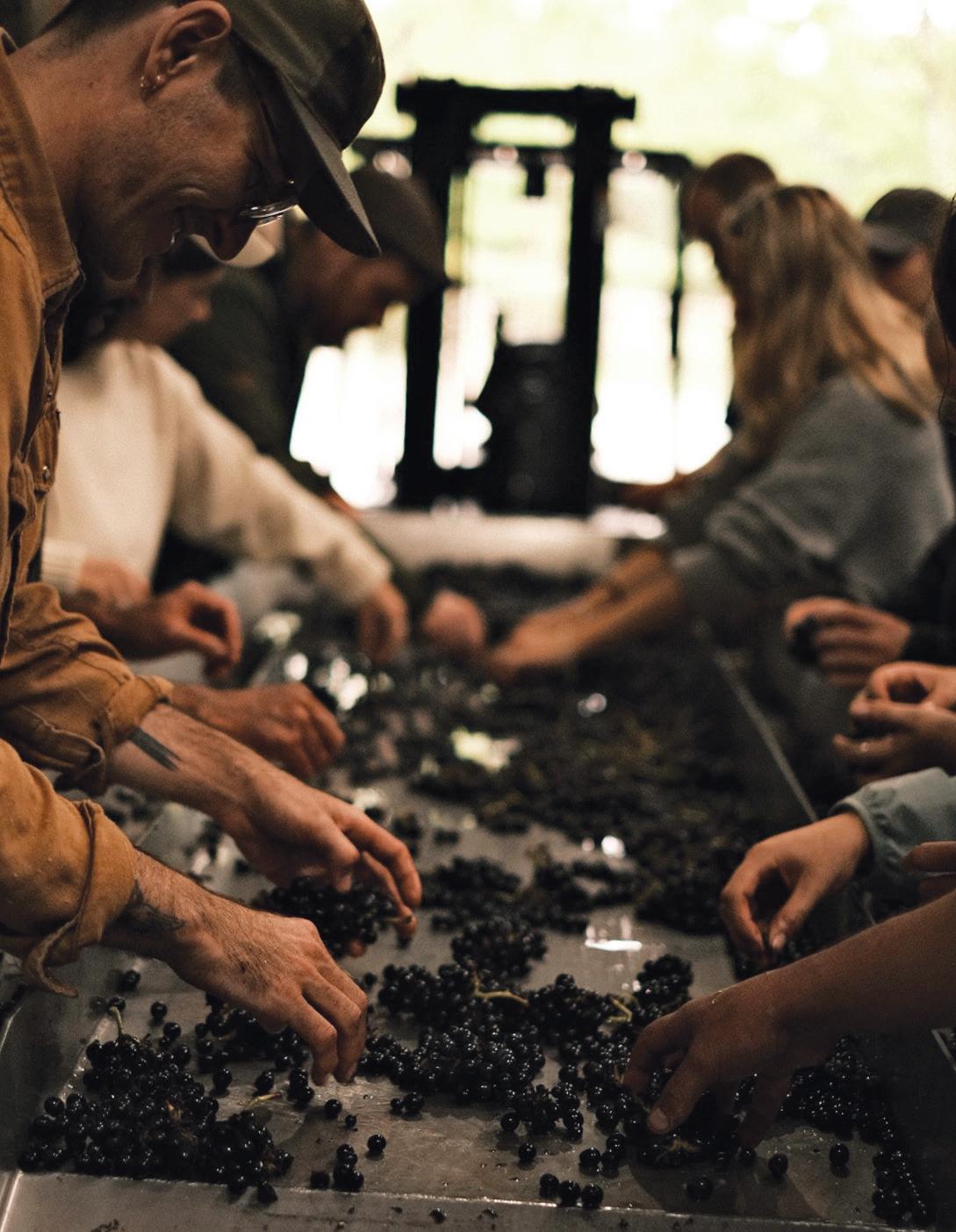
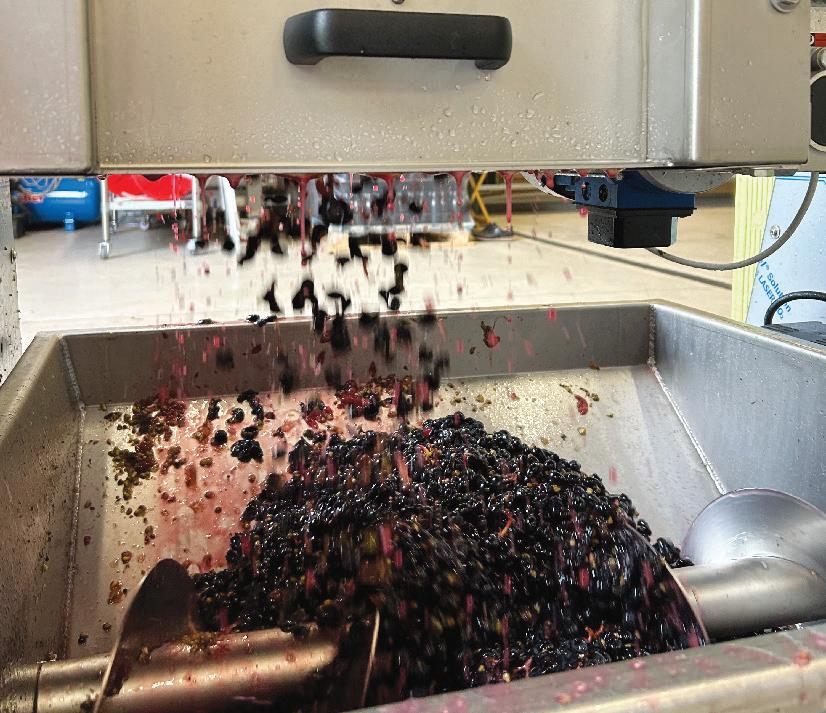
throughout the season: “Consistent warmth and sunshine carried the vines through the summer. Our long cover crops provided valuable habitat for insects and birdlife, as well as helping to retain soil moisture during the heatwave.”
The cause was a season of exceptional conditions from start to finish. Henry Connell of The Uncommon enthuses: “2025 has been a gift: a hot, steady growing season, even flowering, low disease pressure – all pointing towards wines overflowing with local character.”
For Clem Yates MW at Lyme Bay Winery, the contrast with the previous year couldn’t be starker: “The 2025 season has been in stark contrast to 2024, with consistently warmer, drier conditions leading to an earlier harvest start date of 9 September,
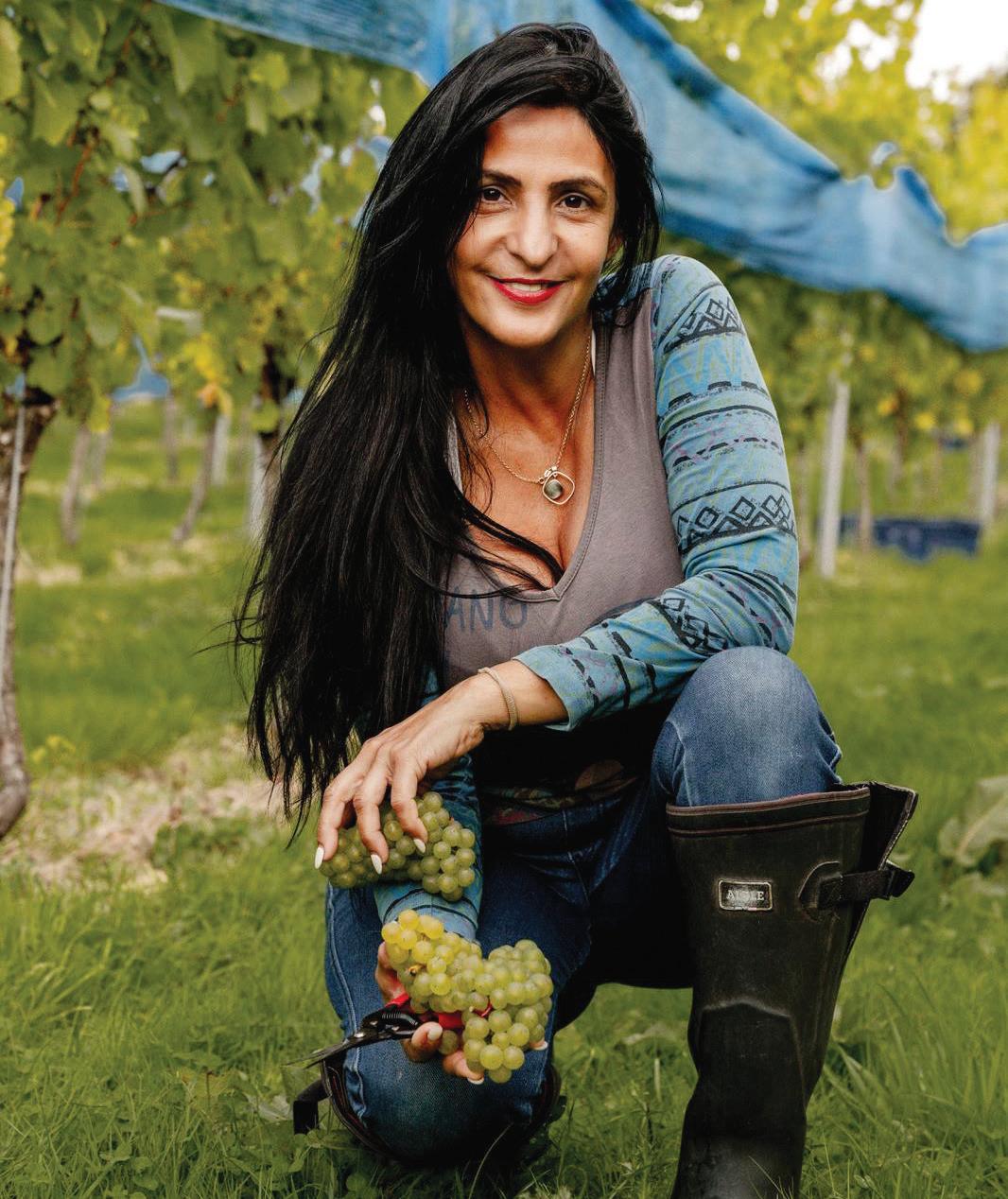
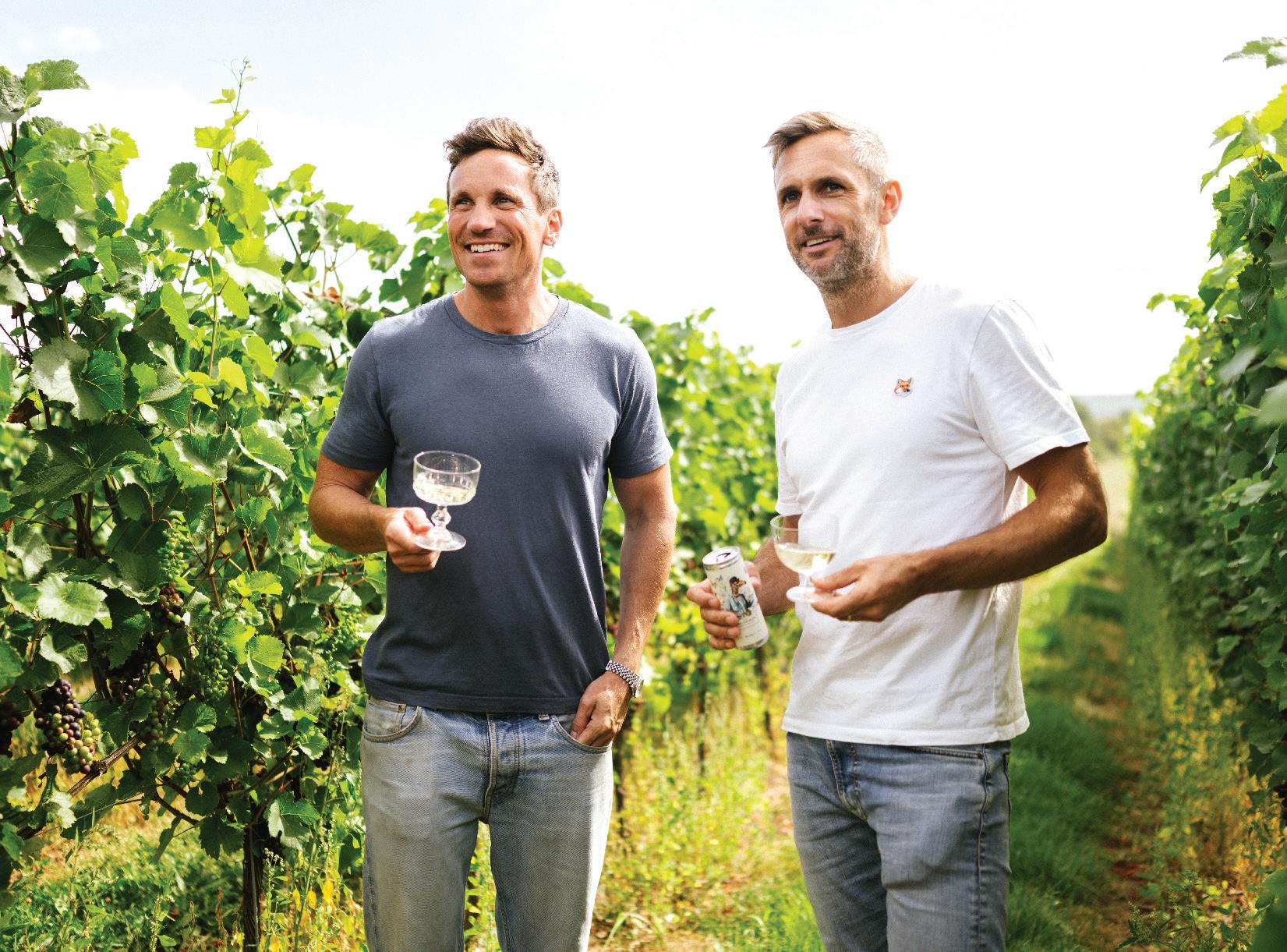
around three weeks ahead of last year. These conditions are particularly promising for our still wine programmes, where balance and ripeness are key.”
Josh Donaghay-Spire, Head Winemaker at Chapel Down, reflects on the perfect growing conditions: “We have wonderfully healthy-looking vines and beautiful grapes. The settled and dry weather we’ve enjoyed since springtime is perfect for growing vines and the cool maritime climate we have in Kent is now allowing the grapes to ripen with near perfect levels of sugar and acidity. The flavours are intense yet delicate and it’s these flavours which combine with our natural acidity to make the crisp and fresh wines we are known for.”
The result was exceptionally clean, healthy grapes with remarkable balance. Matthew
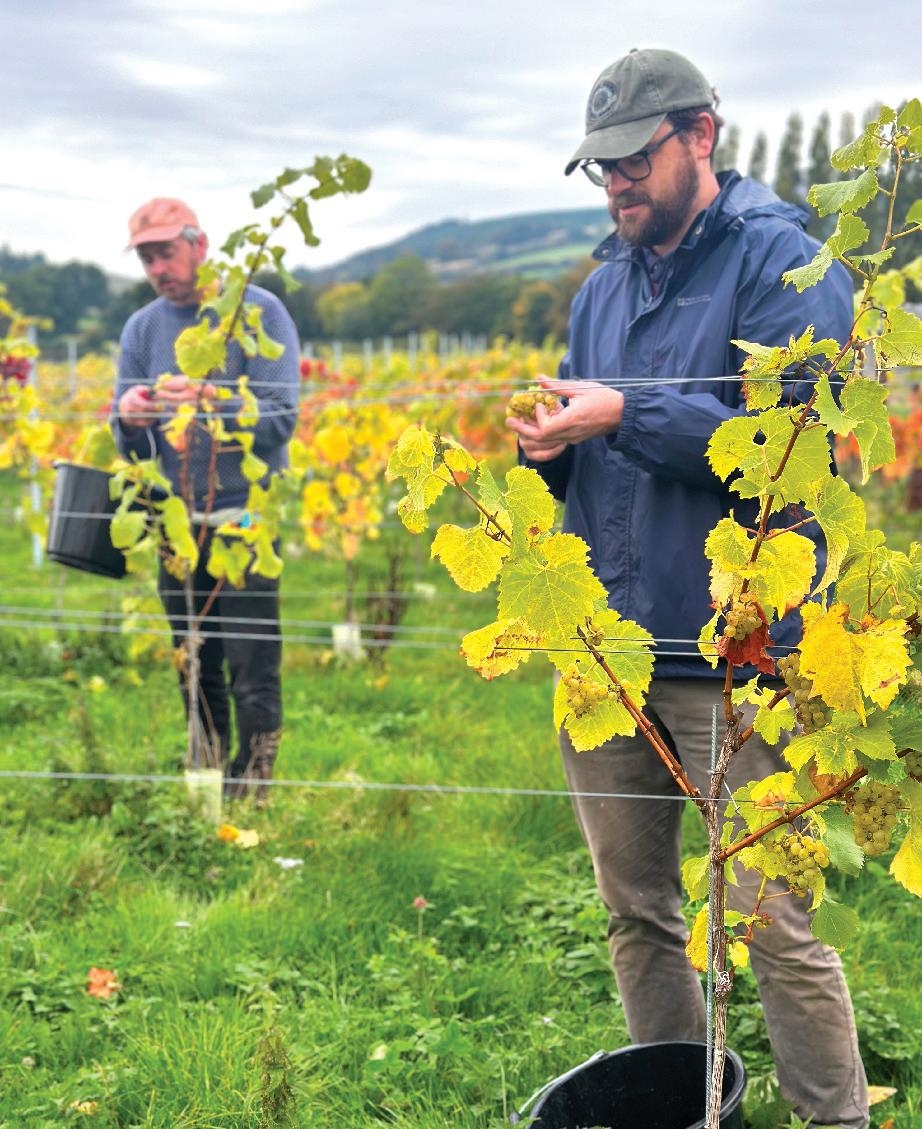
Abbey at Burn Valley confirms: “We’re thrilled with the quality of grapes this year, very clean and healthy. Excited to see what the vintage holds.” Tom Mumcuoglu of Trevibban Mill celebrates the season with equal enthusiasm: “A truly special vintage in the winery. Spectacular weather across the year has given clean fruit with high sugars and very little disease pressure, 2025 wines will be ones to remember!”
At Tillingham, winemaker Albertine Kotting McMillan reflects on the responsibility that comes with such quality: “With the opportunity of an amazing summer growing season, 2025 has been all about making the most of the year we’ve been given. A focus on our still wines and dialing in the details of every element in the winery. With such quality to our raw materials, the job
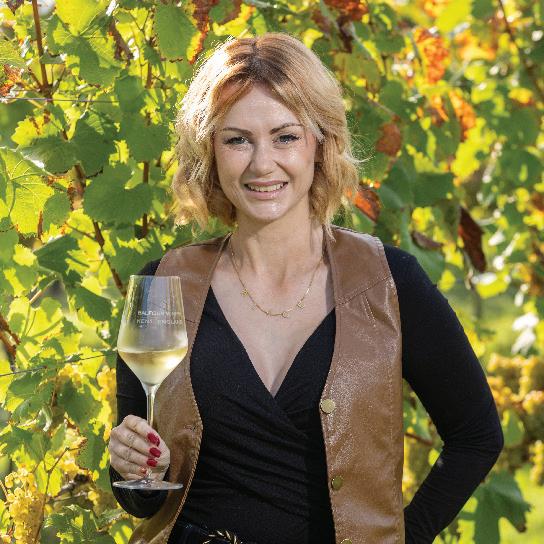
Alice Griffiths
Alice Griffiths is a wine communicator boosting the profile of English and Welsh Wine on social media, under the popular handle of Posing With Alcohol. Alice has worked within the agriculture industry for the past 20 years, spending time as a lecturer and a smallholder before discovering her passion for viticulture, winemaking and wine tasting.
Get in touch to have your events featured: ✉ Posingwithalcohol@gmail.com
INSTAGRAM Alice can be found on social media under @posingwithalcohol on Instagram.
becomes easier, but the need to make it translate in the finished wines feels more urgent. A great problem to have!”
But 2025 wasn’t just about exceptional fruit quality. Across the UK, harvest became a celebration of community, transforming the ancient ritual of gathering into something profound and deeply connected. Art Tukker at Tinwood Estate describes their approach: “Our harvest has been one led by community as we invited a lot of our local stockists – restaurants, pubs, hotels, and wine merchants – to help us pick our grapes, then enjoy lunch and wine tasting. We even had the Dean of Chichester bless our harvest!”




At Nutbourne Vineyard, the Gladwin family wove together their Local & Wild philosophy in a harvest candlelit feast in the barrel room, creating an experience that transcended the practical work of harvest. As one observer noted: “At Nutbourne, harvest isn’t just about gathering grapes – it’s about gathering together. Peter Gladwin’s speech about harvest’s importance – preparing for the cold winter months – reminded us why these rituals matter.”
At White Castle Vineyard, Robb Merchant emphasized how tradition anchored their celebration: “First to be harvested – continuing a cherished tradition – were Siegerrebe and Rondo, lovingly hand-picked by family, friends, and the vineyard’s dedicated Adopt-a-Vine holders. Within hours, the freshly gathered grapes arrived at Y Gwindy, where the transformation from grape to wine began.”
The favourable conditions brought success stories from every corner of the UK wine-producing regions. Gail Gardner at Ashling Park observed an unexpected benefit: “This year’s lush weather not only brought high sugar levels in our grapes, but also a wonderful increase in visitors to the estate.”
Lucie Rhodes of Radlow Hundred captured the industry-wide
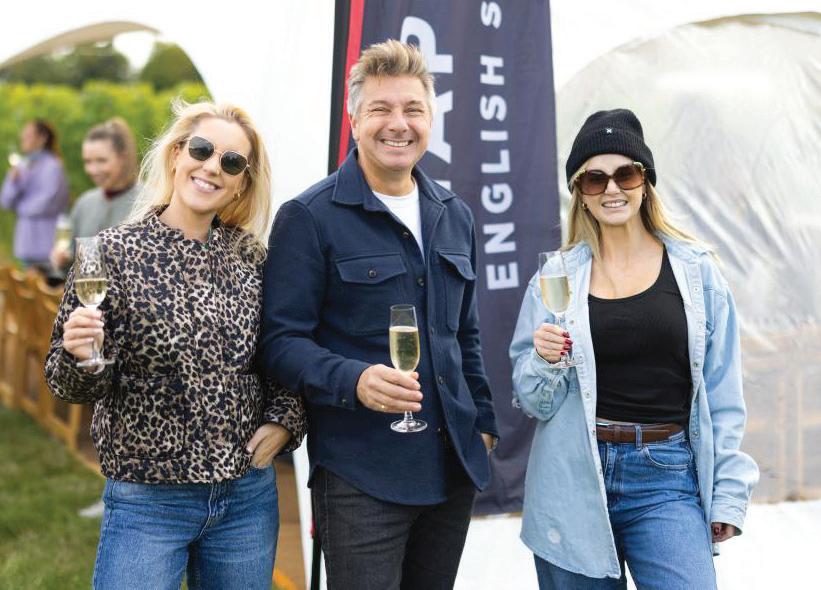
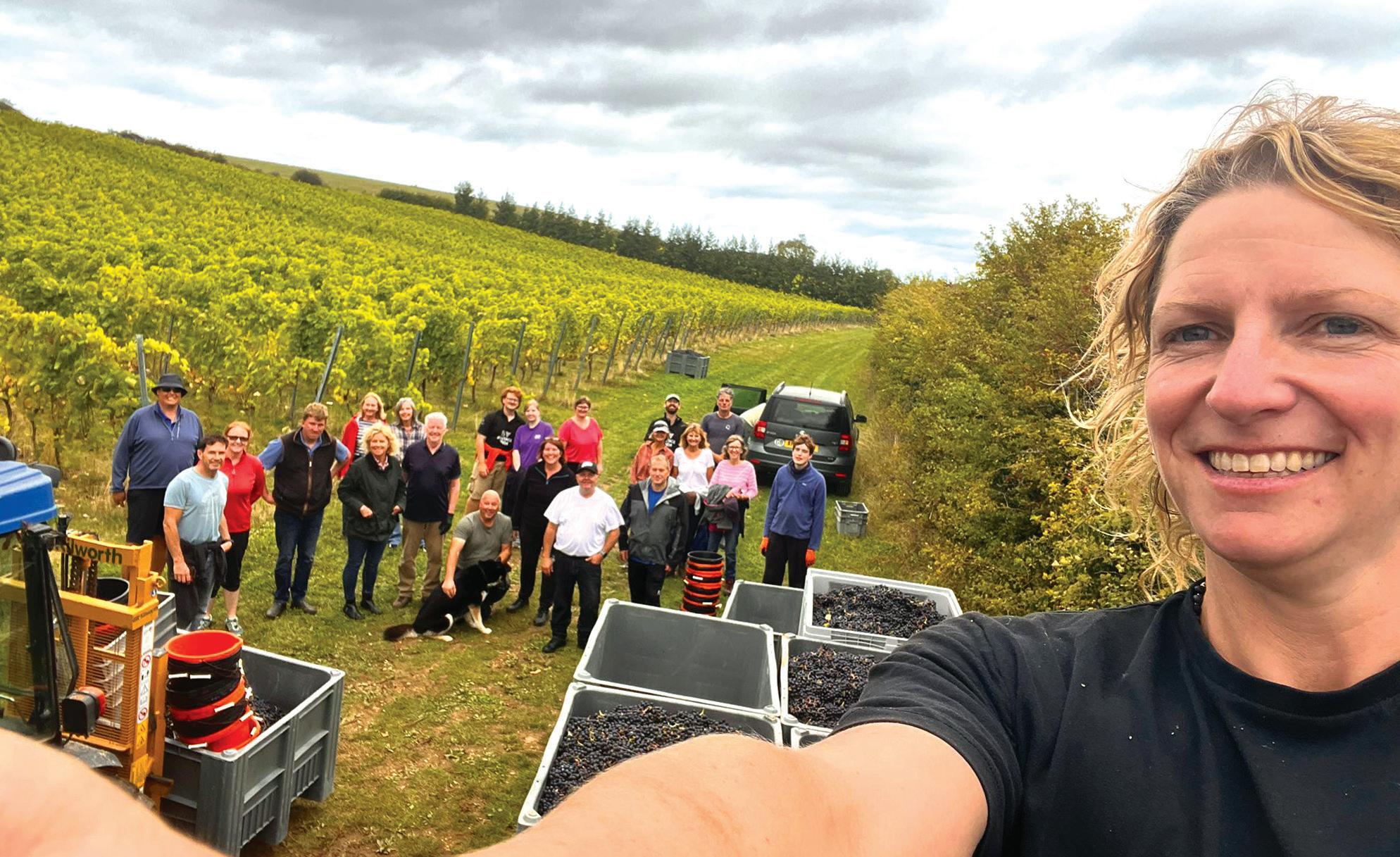

sentiment perfectly: “This year at Radlow Hundred, excitement is in the air. An early harvest and promising reports from vineyards suggest an exceptional year for English wine. We are grateful to the hard-working pickers who support our team at this special time in the farming calendar.”
Despite the universal optimism, 2025 wasn’t without its challenges. The extended hot, dry conditions brought drought stress to younger vines at some estates, yet thoughtful vineyard management – from cover cropping to careful irrigation – helped mitigate concerns throughout the season.
As the last grapes were pressed and fermentation tanks began their work across the nation, a sense of collective achievement settled over the UK wine industry. The wines of 2025 will arrive in bottles over the coming years, each one telling the story of this remarkable season. But the memories of this harvest – the golden sunshine, the clean fruit, the shared meals, and the collective joy – are already being savoured across the United Kingdom’s vineyards, a reminder that the best vintages are made not just in perfect weather, but in the coming together of dedicated people united by their passion for the vine.
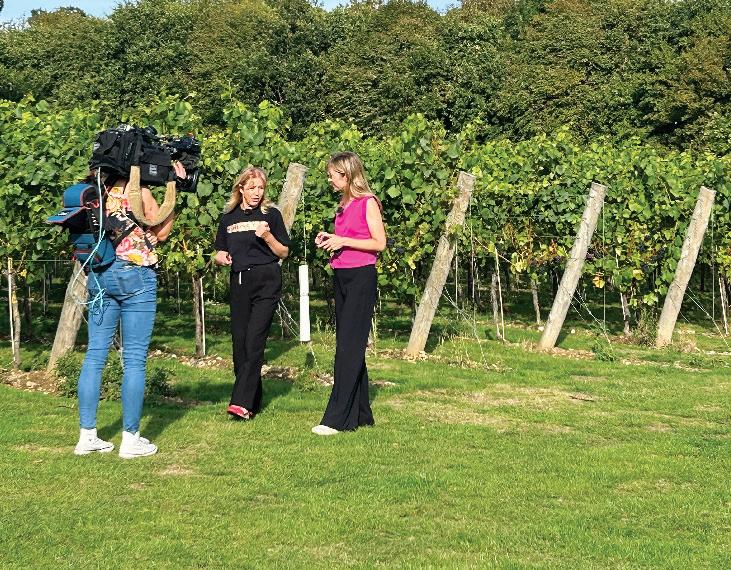
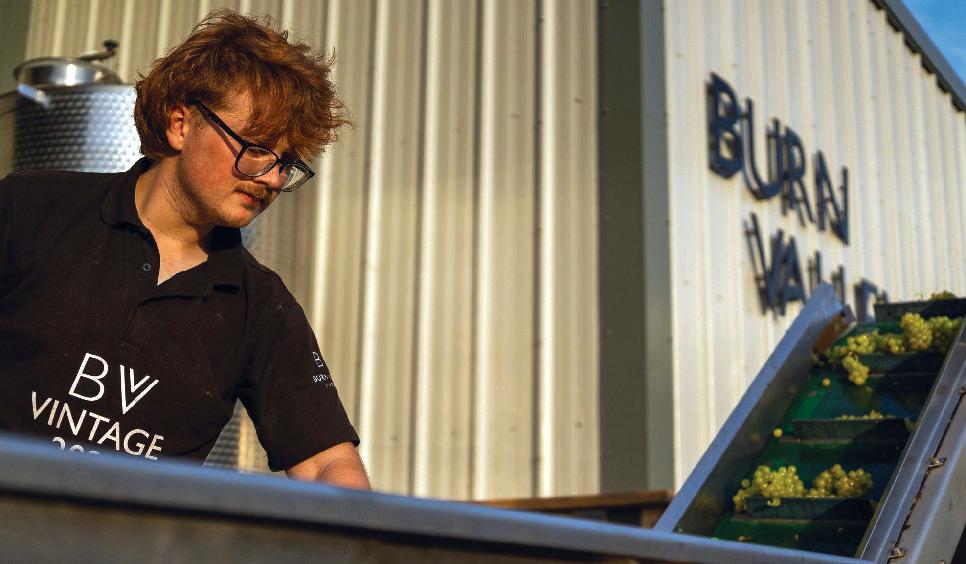
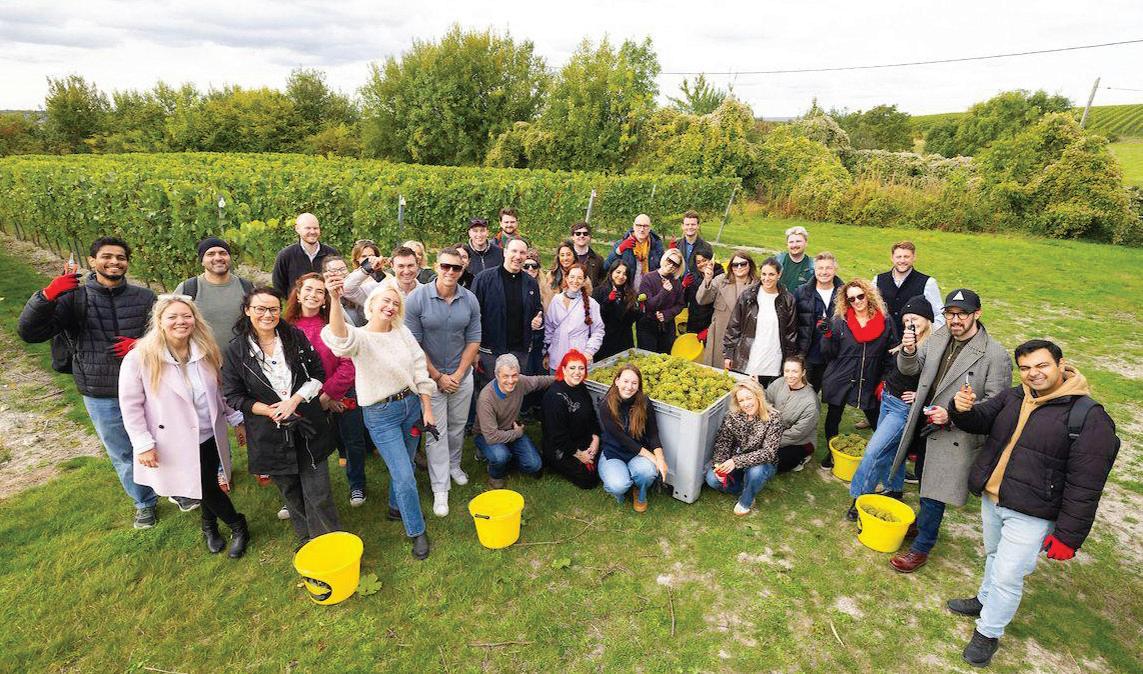
Another state banquet, another toast missed
Another state banquet, another missed chance to champion English wine explains Richard Alleyne, journalist and communications consultant.
Granted, not as disappointing as the Macron affair (Trump is teetotal after all), but still an opportunity needlessly squandered.
Yes, there was a Wiston Estate 2016 –presumably to mark Trump’s first election –and a heavy American Cabernet Sauvignon from Ridge Vineyards, as a polite nod to his cultural heritage. But there were still two French wines – Pol Roger Champagne and Domaine Bonneau du Martray Chardonnay from Burgundy.
Both could easily have been swapped for English wines. The question is why they weren’t. Why cling to expensive French bottles when England now makes perfectly good ones?
I mean they had Norfolk chickens on the menu – not ones from Bresse – so why the slavish devotion to France on the wine list?
(For the record, since the banquet, our homegrown birds have received very favourable comparisons in the press to their more famous French counterparts)
English wines may lack the centuries of pedigree – but they are British. And this was a British state banquet.
I see only two explanations – and a possible solution, more of that later.
First, the £4m government wine cellar under Lancaster House, begun in 1922, is stuffed with French classics expertly bought before we had a wine industry – and they need to clear the racks.
The committee that oversees it has been stung by accusations of extravagance in the past, so much so, it is now selffinancing, and maybe they thought serving £130-a-bottle Champagnes and £350 Burgundies was the ‘cheap’ option because they were already to hand.
This would almost make sense, if the latest accounts didn’t show they bought twice as much French as British wines in 2023/24 – despite having a mandate to promote UK produce.
Second – and more likely – they’re
old-school wine snobs.
The King and his cohorts are of that generation – of mainly men – that have wine opinions as hard to change as the course of oil tankers.
We all know the type: mostly our dads, insisting “dear boy”, “that the only decent wine is French – no one else comes close.
“It’s the heritage, you see, the terroir, the centuries of tradition”.
These ‘dad drinkers’ roll their eyes and chuckle to themselves when you suggest that maybe, quite possibly, others may make decent wines too. If only they were so discerning about their dancing.
For them, the true embarrassment would be failing to have a show-off French label at the table. What would their peers at the Athenaeum club think?
It is precisely this attitude, I would argue, why they should serve more English wines.
King Charles II had no qualms about serving his court a “brisk” upstart wine from Reims in the late 17th century. Sparkling wine from Champagne had almost zero heritage then. In fact, the Merry Monarch made their heritage.
So here’s my modest proposal: auction off most of the dusty old bottles of Romanee-

Conti, vintage Krug and Clos de Vougeot (they have quite a few) – and re-stock with hundreds of British bottles.
The sale would raise thousands, grab headlines, and show genuine support for our homegrown industry.
The government and the Royals would look patriotic, modern and parsimonious, the English wine industry would have a welcome economic boost – and it might just shift age-old opinions. A win, win, win situation. Would it make life trickier for banquet planners? Possibly. They would have to get more creative with the wine pairing.
But could it be worse than picking a 1912 Cognac because Trump’s mother happened to be born that year?
Maybe I’m a bad son, but without a calculator I wouldn’t have a clue about the year my mother was born – and…err… Trump doesn’t drink.

Dinner party wines
The challenge is to select the perfect trio of wines for a dinner party, all within a precise budget.
I recall playing a game during the quieter moments of my first stint in the wine trade, when I worked at the Barnes Wine Shop in London, SW13 (now a branch of Lea & Sandeman), in 1987. The challenge my colleague Katie MacAulay and I set ourselves was to select the perfect trio of wines for a dinner party, all within a precise budget. In those days, we set the bar at £40. It was fun, as there were plenty of permutations and combinations to explore. At the turn of the century, I set this task for a group of wine students, this time with a £60 maximum target. The trio of bottles must contain a sparkler, a white and a red,
so the players could decide where to save and where to splurge! It is still a game I very much enjoy today, and if you are planning a dinner party, why not give it a go yourself at your local wine merchant?
Of course, with duty increases, VAT and general cost increases across the board, £60 is doable these days, but I fancy pushing the senses to the next level of enjoyment. So, this month’s relatively straightforward task, dear reader, is for you to nail your perfect three bottles – an elite sparkling, white and red bottle for £75? I would, genuinely, like to hear your suggestions – all from within our green and pleasant land.
I think there are a great many fascinating

combos these days, and as this is something genuine punters will be doing this festive season (whether they have a precise budget in mind or not), I think it will say a lot about which wines we collectively believe are those that represent genuine value, superb current drinking, and are also talented crowd-pleasers. If I receive a few replies, perhaps Vineyard can compile a postbag of answers in due course. Anyway, with this pleasing conundrum in mind, here are my favourite wines of the moment. I guarantee that anyone who drinks this trio will fall deeper in love with our country’s extraordinary wines than ever before, and do so without breaking the bank.
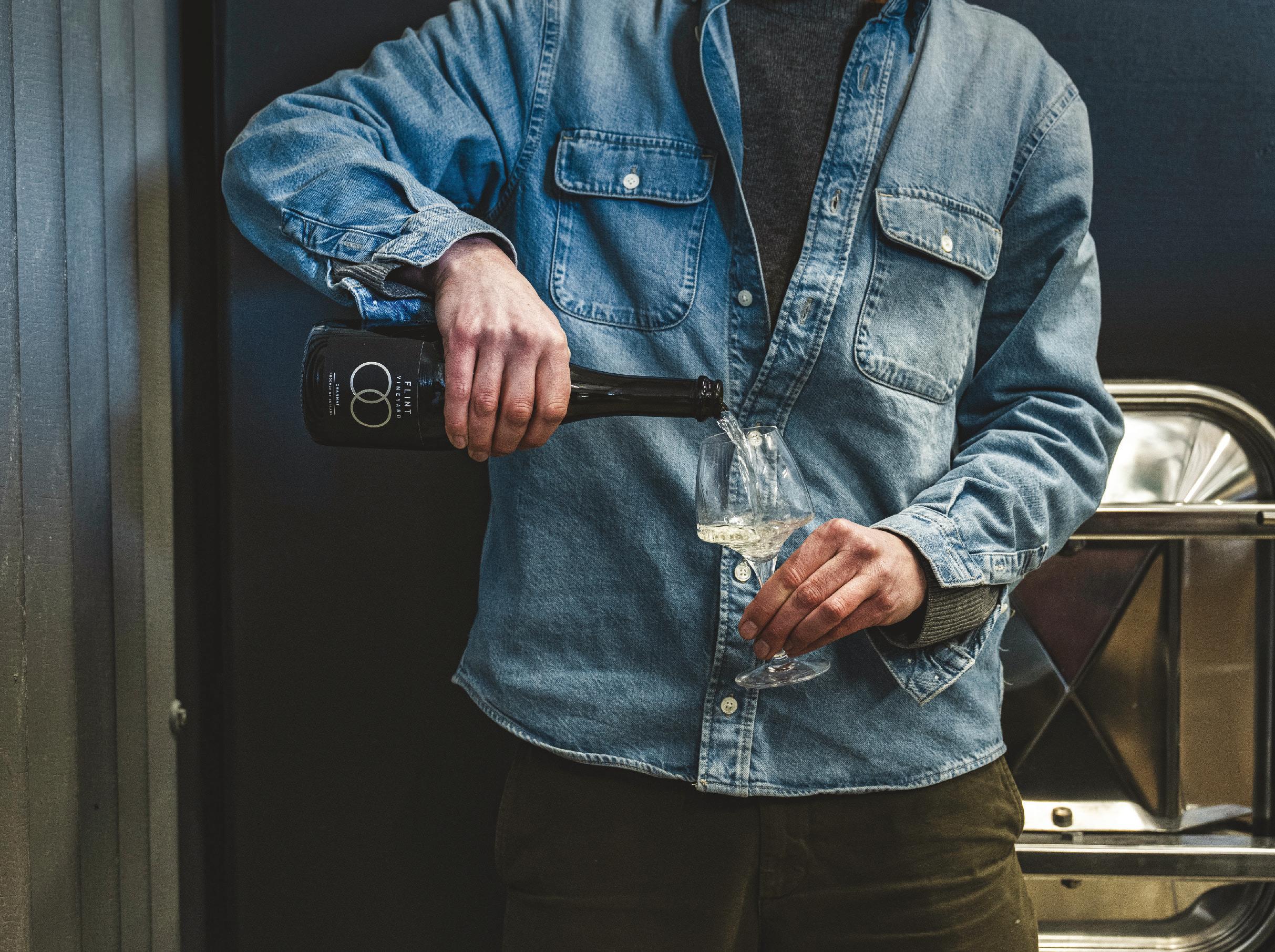
2023 Oxney Organic, Chardonnay
£27.00
www.oxneyestate.com www.fieldandfawcett.co.uk
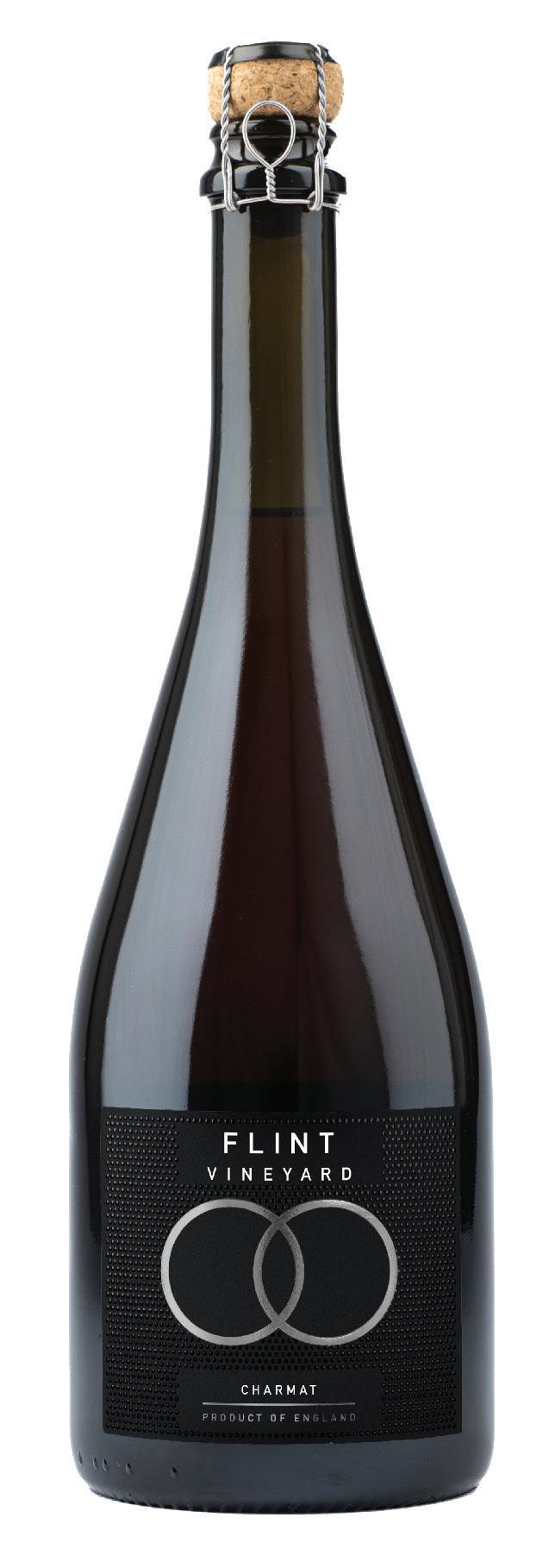
How the heart misses a beat when you taste this scintillating wine. With a proven track record of growing truly epic organically farmed Chardonnay, this thrilling Oxney white is a balletic, captivating and stunningly beautiful creation.
I tasted it after the equally mesmerising 2019 Oxney Blanc de Blancs, and the link between the wines, by dint of their shared terroir, is incredible and resoundingly memorable. Classy, mineral-driven, restrained, layered and quietly insistent, there is a grandeur here that is effortless and unmissable.
The balance, freshness and cadence on the palate are unique in our land.
75.2% (yes, that’s a critical 0.2%) went into old oak, with one barrel possessing an acacia head, while the rest lounged in steel. Emerging with a diaphanous 11% alcohol chassis, there is nowhere to hide here, so thank goodness this is another jaw-dropping performance from this pioneering estate.
NV Flint Vineyard, Charmat (White)
£22.99 www.flintvineyard.com www.virginwines.co.uk www.vinogusto.co.uk www.reservewines.co.uk
£24.99 www.adnams.co.uk
£22.00 www.fortnumandmason.com
While Flint is justifiably famous for its spectacular rosé sparkler, and you could interchange the glamorous Flint pink wine with my chosen white and still qualify for this month’s theme, the focus of my attention this time is the ‘White’.
In researching the wine, in an attempt to unravel its staggeringly complex DNA, I have found mention of a huge haul of grapes, which may or may not have been involved in its creation. Sauvignon Blanc, Reichensteiner, Bacchus, Auxerrois, Solaris, Pinot Noir, and others receive a namecheck, but is the recipe relevant?
For my part, the genius lies in the invisible joins between the constituent parts, which make this a seamless, harmonious, and extremely rewarding drink. This is by far and away the most thoughtful and enticing Charmat in the land. And before you cock a snook at this style of sparkler, this beauty tramples over a wagonload of trad-method fizz, too, with its perfume, palate and lip-smacking finish. Balance is born – although I feel I write this every month – and Ben Witchell is a balance maestro.
2023 Vale Vineyard, Robin Goch
£23.00 www.valevineyard.co.uk www.vinvancymru.co.uk www.grapebritannia.co.uk www.rhug.co.uk
You would struggle to find a Pinot to fit my budget, and most at this price are likely to be a little skinny, so with our unshakable, sky-high standards, and desire to unearth a true, ripe, rich main course red, fit for a delicious banquet, I have jumped on the M4 to Wales. Here, the wizards at Vale Vineyard craft spectacular wines, and I must say that every time I raise a glass of their wine to my lips, I smile! Robin Goch,
meaning red robin, or robin redbreast, is aptly named, not least because of the glow it brings.
Made from 65% Rondo, 22% Cabernet Noir, 9% Divico, and 4% Pinot Noir Précoce, this is a stunning, ripe, and super-fresh red wine, with a glorious melange of black, blue, and red fruit notes. It is superbly well-balanced and cunningly blended, resulting in a wine of uncommon allure and class. Job done – three spectacular wines for £75!


Venust vintage
Leonardslee Family Vineyards welcomed Vineyard magazine on the penultimate day of harvest 2025.
Leonardslee Family Vineyards is part of a multifaceted business with historic lakes and gardens as well as the Interlude restaurant, the first restaurant in West Sussex to achieve a Michelin Green Star. The vineyard is situated alongside a beautiful golf course and hotel, meaning there is literally something for everyone. With Penny Streeter OBE at the helm, the use of the word family in the name is truly reflective of not just the way that the business operates, but also indicates that Leonardslee is a destination for all.
In addition to a Michelin Star awarded in 2019 the award of the Michelin Green Star (January 2024) to the Interlude restaurant indicates just how much the ethos that the planet should benefit from their existence has been incorporated into all aspects of the business.
Pick up a bottle of wine from Leonardslee Family Vineyards and you are struck by the beautiful label design and its prominent swallow. This bird has a depth of meaning
that becomes increasingly poignant as the story of Leonardslee unfolds. Penny Streeter OBE was born in Zimbabwe and went to school in South Africa before arriving in the UK. The swallow is a bird that makes an annual migration from South Africa to Sussex (the first county in which they land in the UK) against difficult prevailing winds and its journey is a struggle against the odds. Struggling against odds is something that Penny Streeter understands. After some intense struggles Penny launched a business, the first of its kind in the UK, that supplied medical staff around the clock. This venture saw Penny and her mother operate the phones in twelve hour shifts from their own home whilst raising small children. Decades later Penny Streeter and her family now own Leonardslee Family Vineyards and Benguela Cove Wine Estate in South Africa. Benguela Cove is consistently voted one of the best vineyards to visit in the world. The winemaker at Benguela Cove Johann Fourie is also the winemaker at Leonardslee Family

Vineyards proving the swallow on the label at Leonardslee certainly has hidden meaning behind the beauty.
Barry Anderson is the managing director at Leonardslee Family Vineyards. The 2025 vintage will be his fifth vintage at Leonardslee Family Vineyards and his 33rd in vineyards across the globe.
Leonardslee Family Vineyards was first planted in 2017 and there are over 70,000 vines that are of Chardonnay, Pinot Noir and Pinot Meunier varieties. There were originally two eighteen hole golf courses but one course was remodelled into a nine hole course and the remaining land is now where the vines are producing award-winning wines. The golf courses are both fantastically maintained and the day that Vineyard Magazine visited by 8.30am there was a gathering at the first tee and other members were already working their way through the 18 hole course. “The members have been very supportive of the change and the vineyard,” explained Adam Hatcher, Sales and
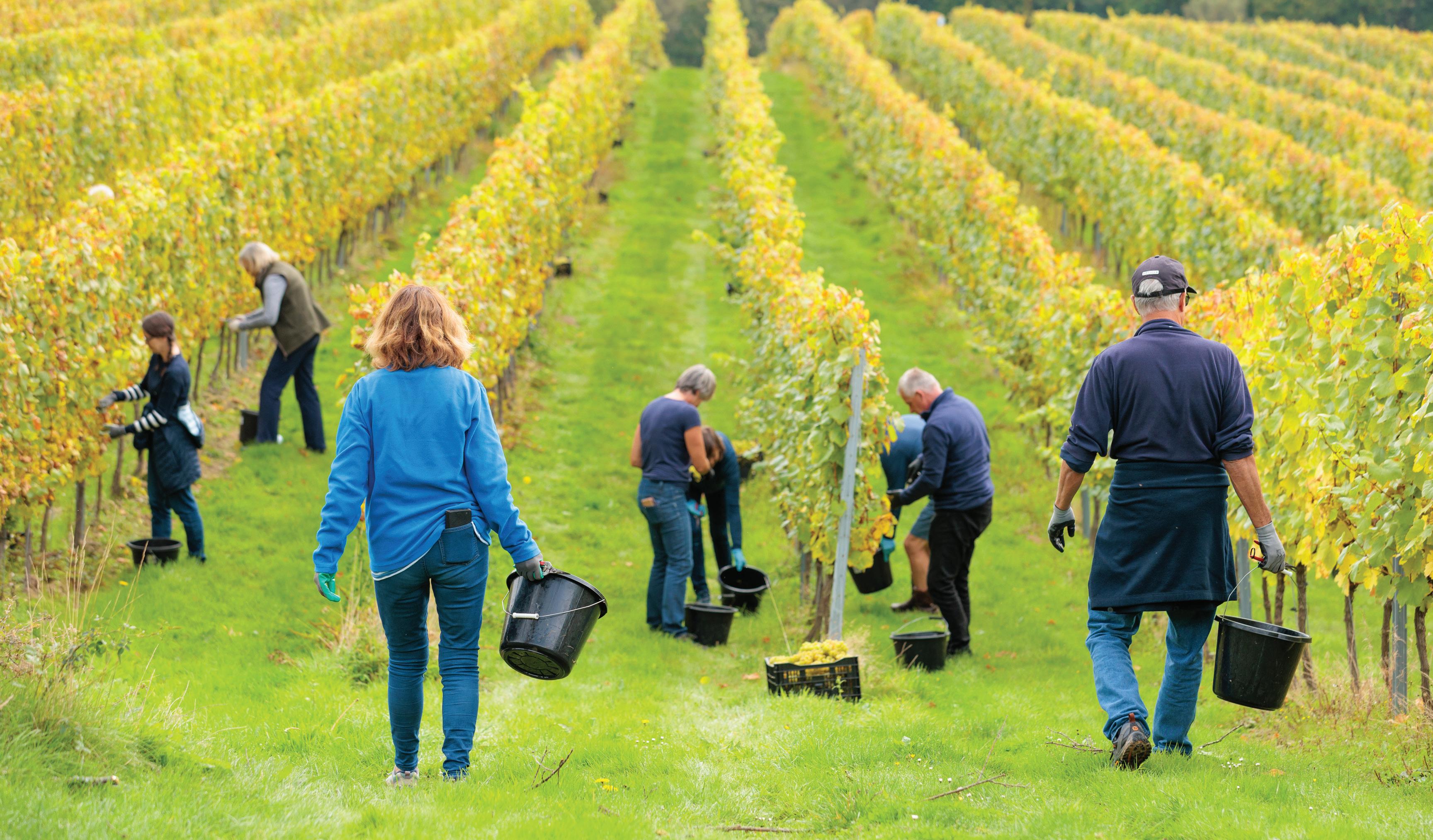

Wine Experiences Manager at Leonardslee Family Vineyards. “Many members take part in the vineyard tastings and dining experience evenings,” added Barry.
There has been a golf course on the site since 1904 and a memorial plaque gives the names of the crew members of a Halifax Bomber that crash landed on the Golf Course in 1945 after a fire in the aircraft. This is a reminder that the present is ever intertwined with the past and the team at Leonardslee are very conscious of this connection. “In 2023 we planted some vines nearer the clubhouse and this will allow us to offer club members the opportunity to have greater involvement with the wines either by sponsoring a row or buying bottles from specific plots,” Adam added. It becomes increasingly clear that Leonardslee Family Vineyards is really an ethos and not just a name. The vineyard is designed as the central hub of a business that intends to benefit the local area in every way.
The vineyard blocks still carry the names of the old golf holes on which they are planted and the planting has been sympathetically undertaken to leave ancient oak trees growing in the vineyard. “We plan to leave the land better than we found it and this is an ethos that starts with Penny and is found in every one of the people involved in the business. When we first did soil inspections we found two very lonely worms but now the soil is full of life,” said Barry with a laugh. Leonardslee Family Vineyards have won numerous awards in 2025 including Gold at the WineGB awards and also took the trophy for Best Sustainable Wine of Great Britain for the 2021 Brut Reserve.
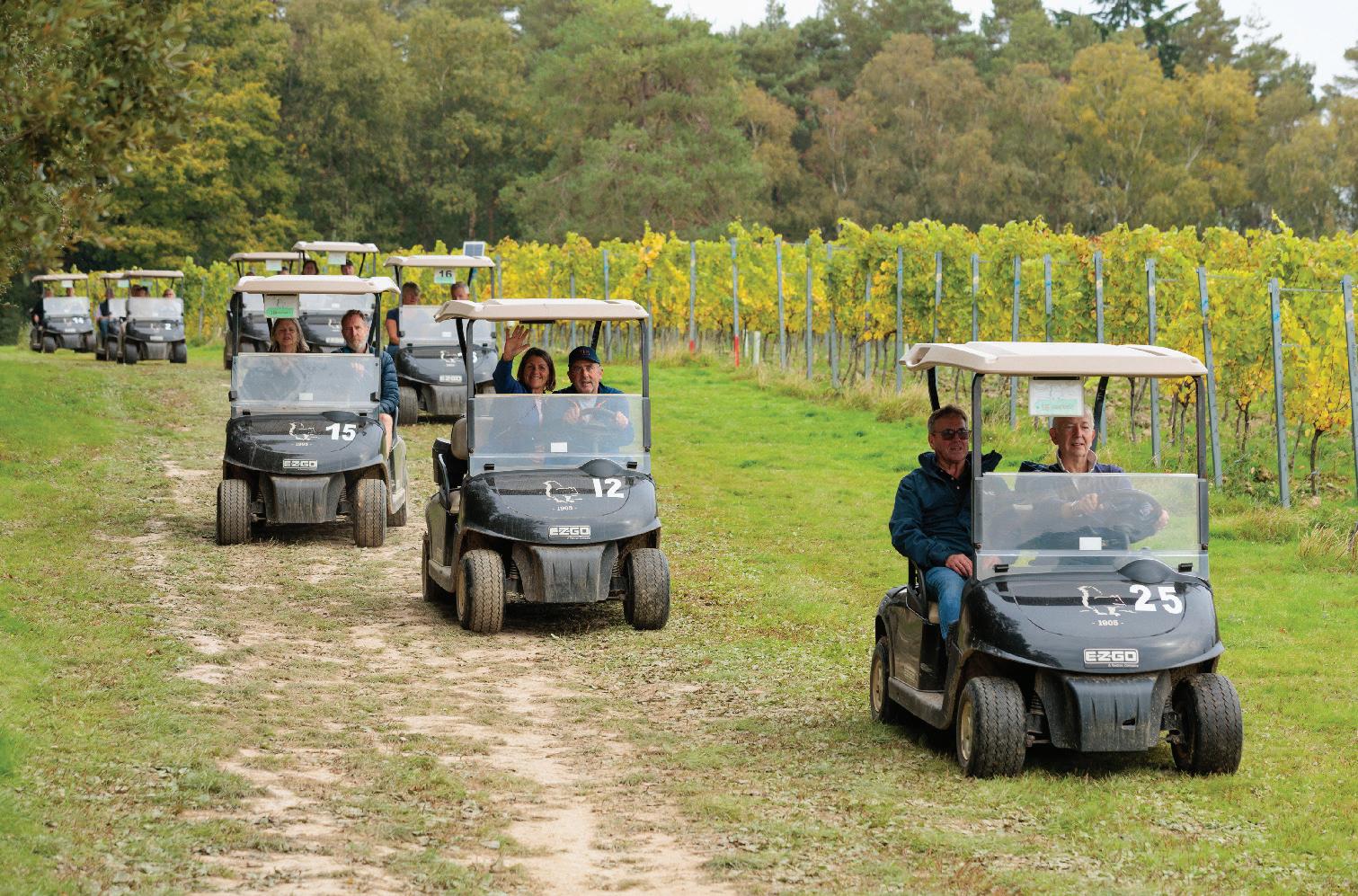
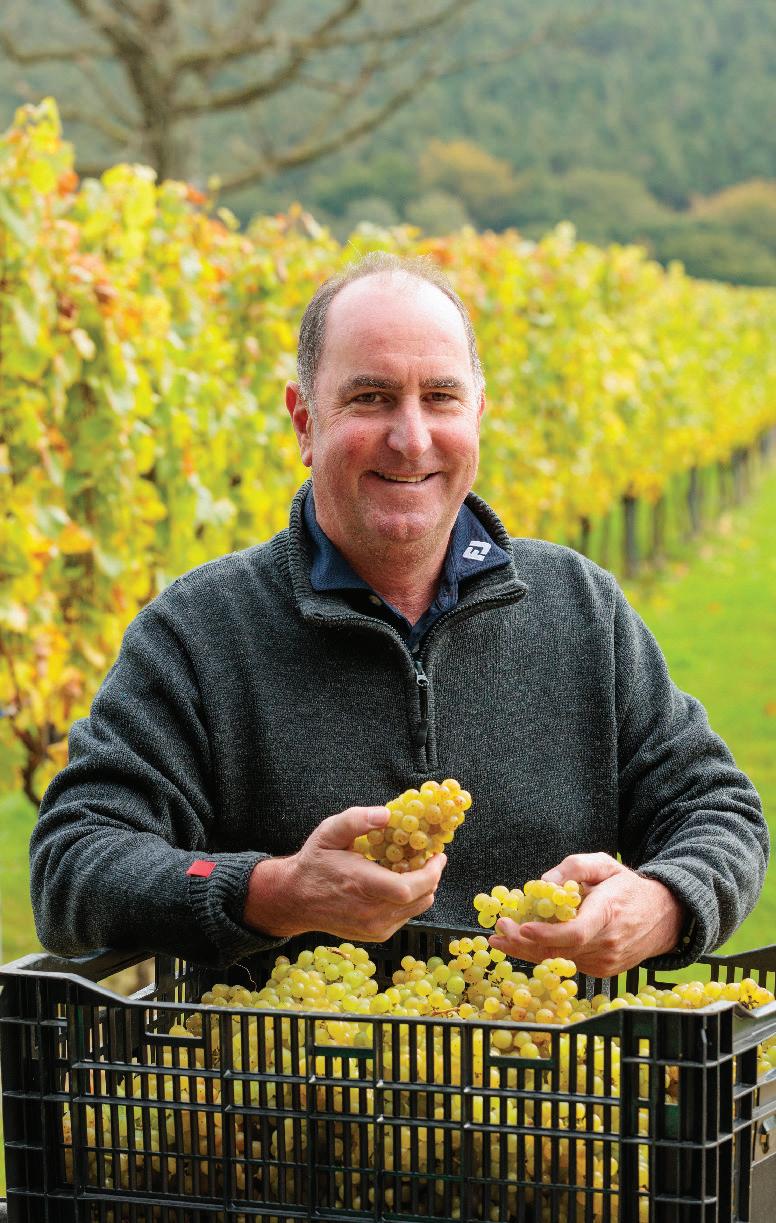
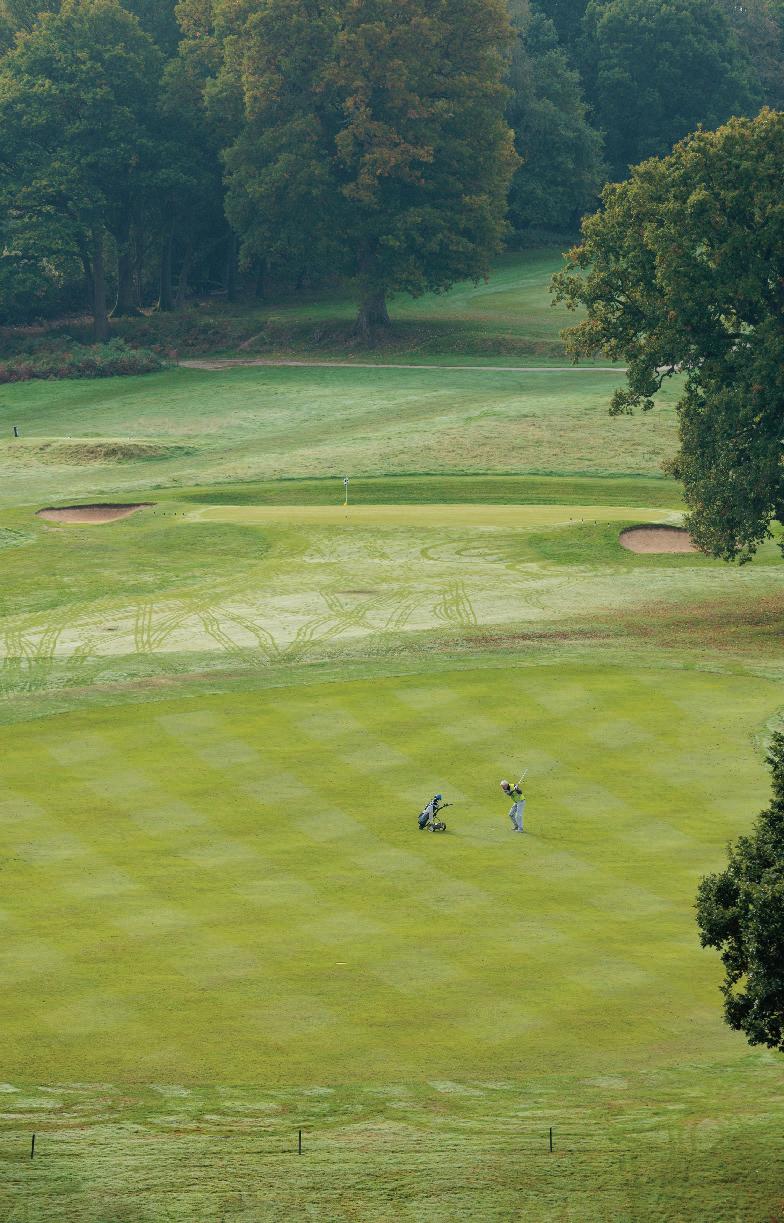
The vineyard blocks still carry the names of the old golf holes on which they are planted and the planting has been sympathetically undertaken to leave ancient oak trees growing in the vineyard.

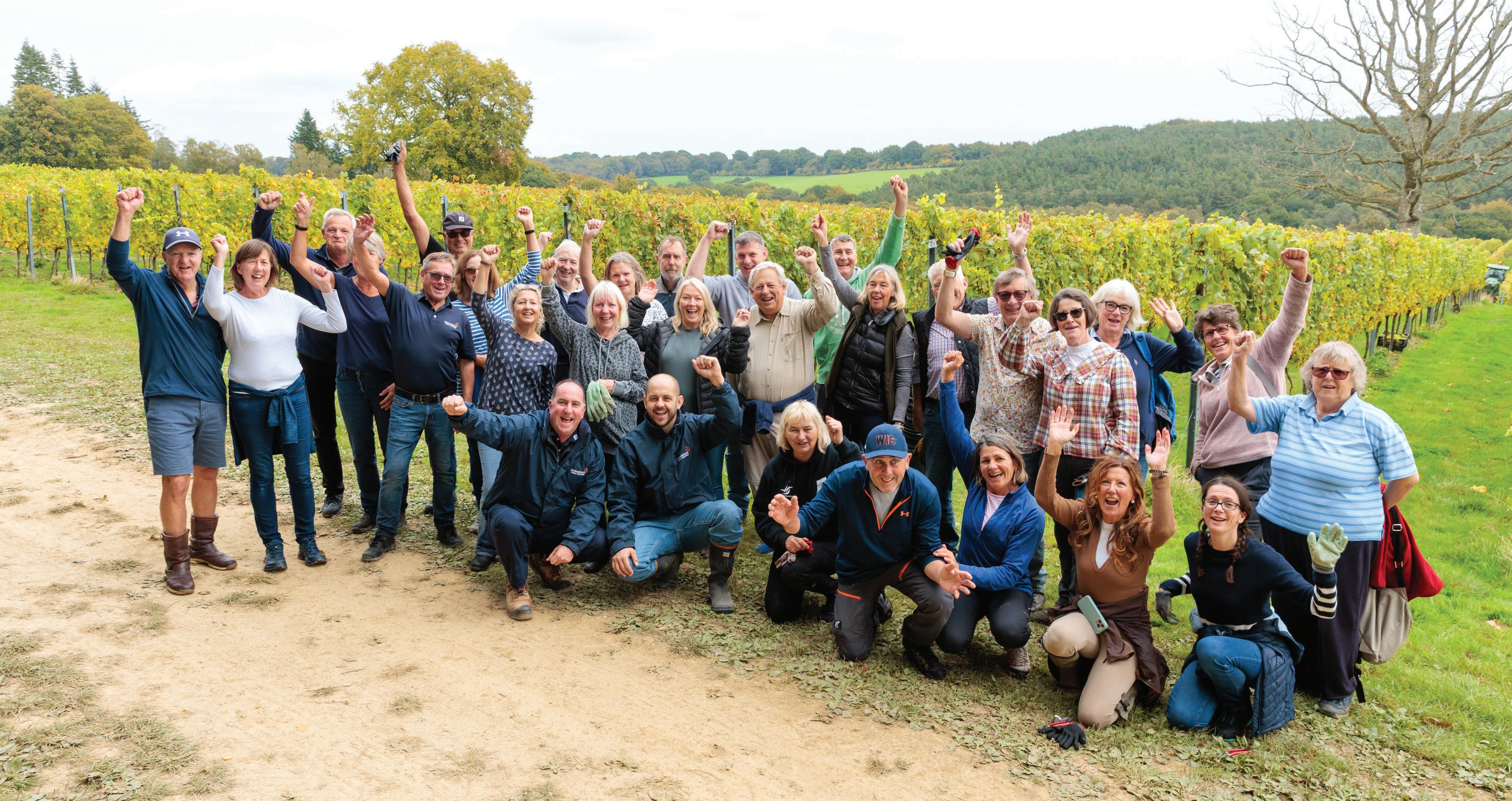
<< “The WineGB sustainability model is designed to increase success every year and therefore it recognises that it is a long term process. It means that every decision is carefully considered, for example why are we mowing? Is it for frost protection and airflow or is it for aesthetics?” In the vineyard Barry makes the powerful point that in years past the idea of the perfect vineyard would have involved a precision neatness that is only possible through the use of multiple spray programmes. “We have to change our idea of what a picture perfect vineyard looks like,” he said with dedication in his voice. Barry pointed out that being sustainable is not just about soil it is about every aspect of the business but especially in its dealings with people. Throughout the visit everyone was willing to go just a little bit out of the way to help each other in their tasks, be it in the hotel or the restaurant or
the vineyard everyone worked as a team.
Harvest is a very busy time at any vineyard but there was an unmistakable atmosphere across the business, one of happiness.
Speaking of the 2025 harvest Barry said: “The weather was as good as you could find anywhere across the world.” Yields for the 2025 harvest will be slightly lower than the average but Barry explained that the quality is outstanding. “The yields this year were influenced by the poor weather from 2024. “We didn’t have a period of five days without rain during 2024 but we were very proud of the harvest we achieved in 2024 despite the lack of sunlight hours,” explained Barry.
Harvest at Leonardslee takes place in several stages. Part of the harvest is gathered by a team of commercial pickers and Leonardslee work with the team at VineWorks.

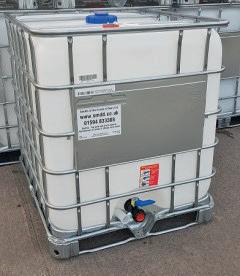
“The weather in 2025 was as good as you could find anywhere across the world.”
The harvest also involved volunteers who have often returned year after year to be part of the experience. Some pickers were taking part in their third vintage. The pickers are all conveyed to the vineyard by golf buggy and the fleet of buggies snakes across the golf course to reach the vines. The golf buggies are also used by the vineyard team for their visitor experiences including tours and specialist dining experiences.
The volunteers are overseen by the team from Leonardslee that includes Jaydon Parker, Nathan Thomson and Peter Smith. The team explained that the volunteers arrive in the morning and have breakfast and then travel
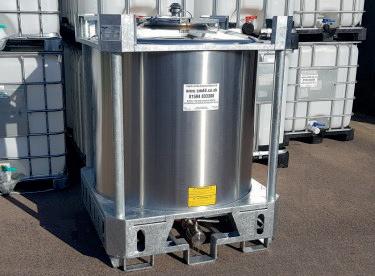
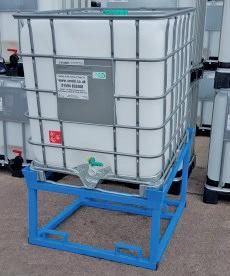

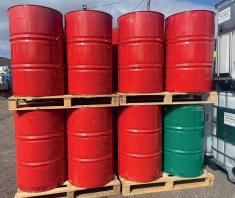
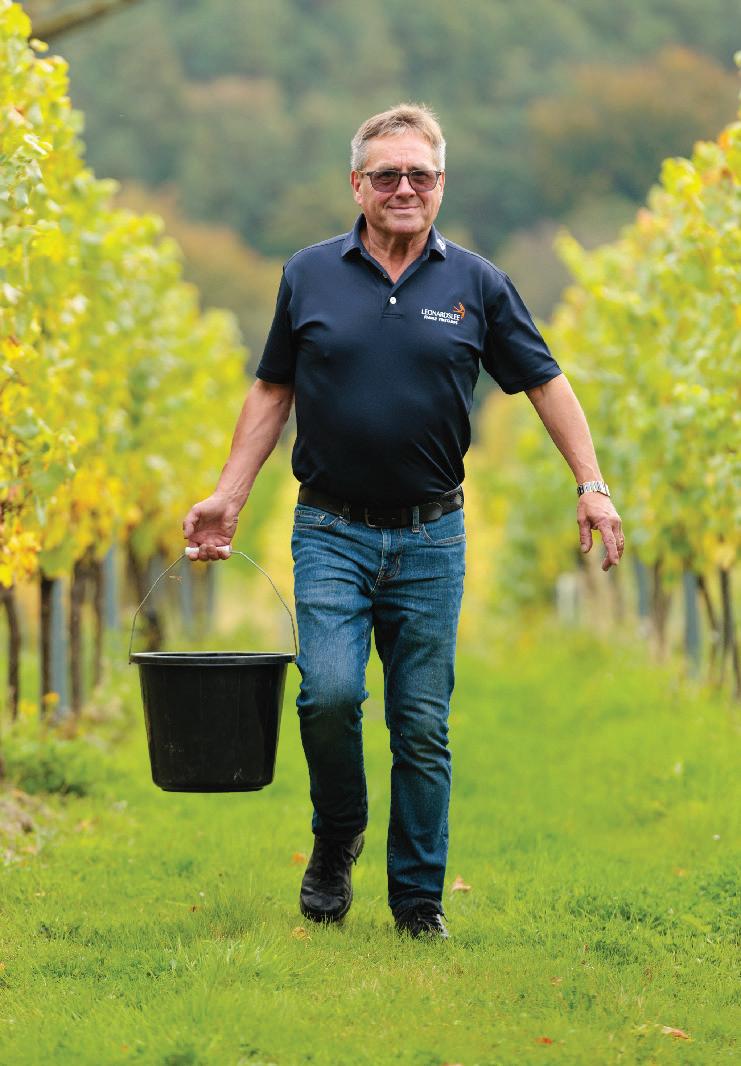

to the vineyard and after a morning picking, the volunteers head back for a harvest lunch (with wine of course). Interestingly the team explained that as the number of volunteers that return is increasing, the volunteers are also becoming quicker. The commercial pickers pick 450 kg/full shift but the volunteers pick 2.5 tonnes a day which equates to about 100kg/half day shift. “Many of the volunteers have asked when the wines will be released and this shows how engaged they are in the vineyard and wines once they have experienced the process.
The volunteers are all extremely conscious of the quality of the grapes they pick and that fits with our objective of creating the very best quality wine. We ensure the only grapes that make it into the bins are of the very best quality and we focus on this over quantity and the volunteers are very invested and diligent,” said Barry. The vineyard team really care about the volunteers and want to make sure they all have a special experience. Whilst we were in the vineyard the team were ensuring that there would be enough rows left unpicked so that the volunteers on the

final day of picking would have a fulfilling experience. As he wandered up and down the rows with a warm smile on his face Barry said: “I love harvest it is my favourite time in the vineyard.”
Barry talked warmly about the grapes in the vineyard describing Chardonnay as the vineyards “hero grape.” Chardonnay makes up 65% of the 70,000 vines at Leonardslee and there are six clones in total. “Despite the disappointing rain in September all the Chardonnay is coming off clean,” said Barry.
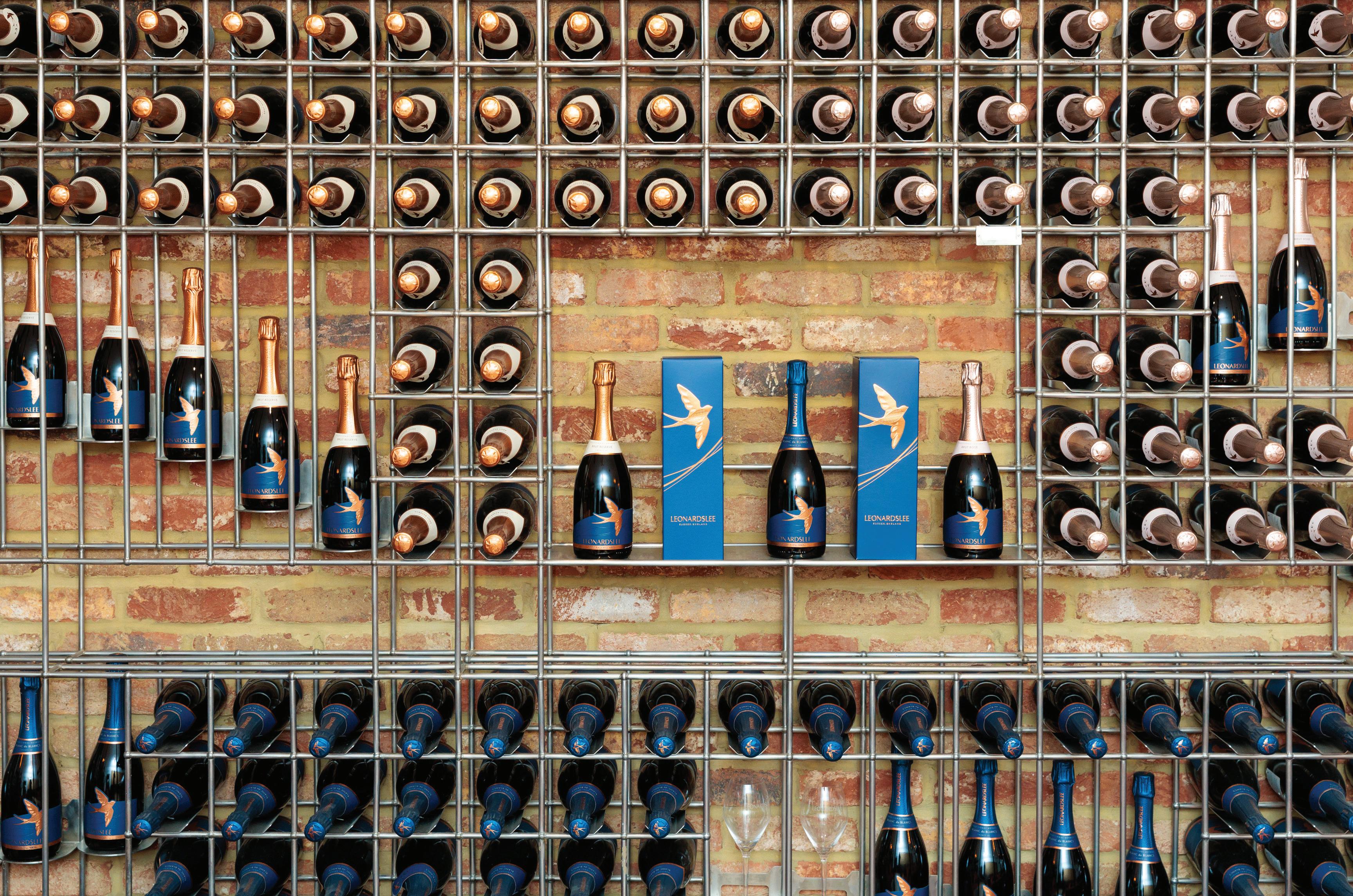

Adam Hatcher
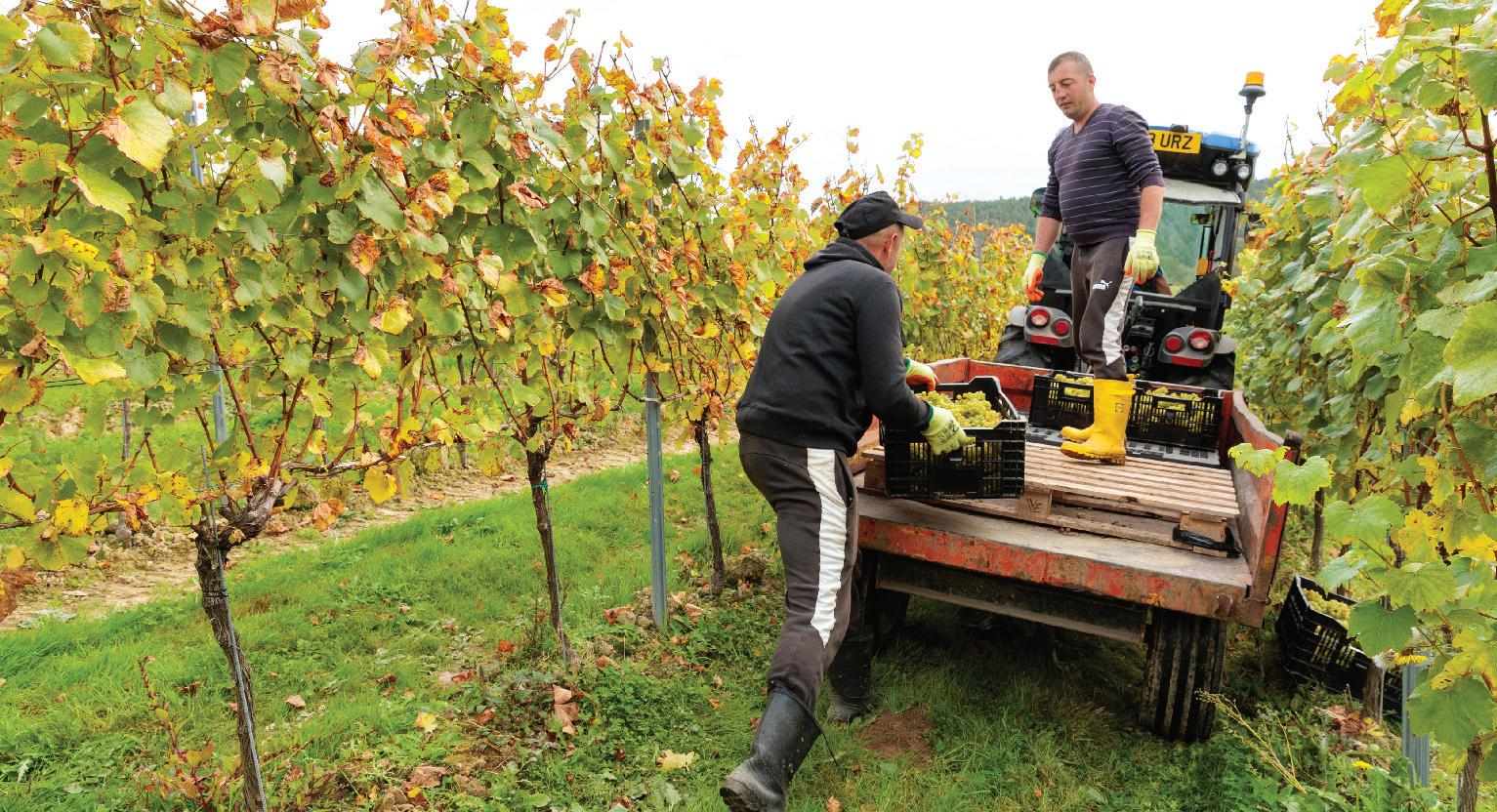
<< knowledge of Nathan Thompson and the amazing work ethic and passion of Jaydon Parker. Without any knowledge of how Barry had spoken about him Jaydon quietly informed me with heartfelt honesty: “Barry is always willing to help, he goes the extra mile for his staff. He took a chance on me when I wanted to change career and he gave me a start in the industry. He is truly the best person I have ever worked for.” Individuality appreciated and celebrated is a consistent theme in both the wines and the team itself and makes Leonardslee Family Vineyards a place that holds an unrivalled attraction.
The vineyard produces a Blanc de Blancs to illustrate the exceptional quality of the Chardonnay produced on the estate and both Nathan and Jaydon agree it performs exceptionally well at Leonardslee. It is therefore surprising that Barry should declare that it is Pinot Noir that is his favourite variety to work with not just here at Leonardslee but anywhere in the world. “Pinot Noir is the ‘heartbreak grape’ as it is the hardest grape to farm anywhere in the world. When you then add the difficulties of the climate in England and Wales there is no greater satisfaction than getting this grape right,” he said with a determined note in his voice.
Barry really appreciates the individual members of the team at Leonardslee Family Vineyards. He praises Penny Streeter for having the vision and belief that Leonardslee would be able to make outstanding quality wines and Barry also mentions the exceptional vineyard

Karen Phillips, one of the volunteers who was returning to Leonardslee to be part of the harvest experience explained: “Last year I picked the 2027 wine. I choose this vineyard to volunteer because I had tried the wine and enjoyed it. If you drink wine it is good to know how it is made.”
Peter Smith who now leads the vineyard
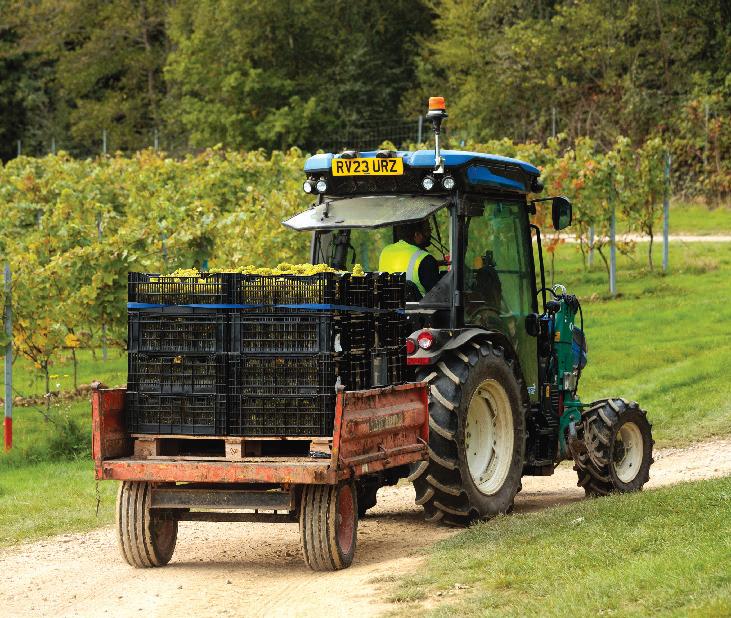

tours and tastings explained that he first came to the vineyard to volunteer at harvest and now he is part of the staff at Leonardslee. He described some of the history of the area including its rich iron mining heritage which created the hammer ponds (used to dam streams to create water power for the iron industry) that can still be seen today across the Leonardslee Estate and the surrounding area. He also told of the folk lore of St Leonard the Dragon Slayer and how he defeated the dragon of the forest that surrounds the vineyard.
Leaving the legend of the dragon aside the forest provides a unique climate that has ensured the vineyard is protected from frost and is warmer than some of the surrounding land. “The vineyard has bougies and frost fans but these were last utilised in 2020,” said Nathan. The surrounding woodland does mean that the vineyard team have to work to keep out the deer and also to control the brambles in
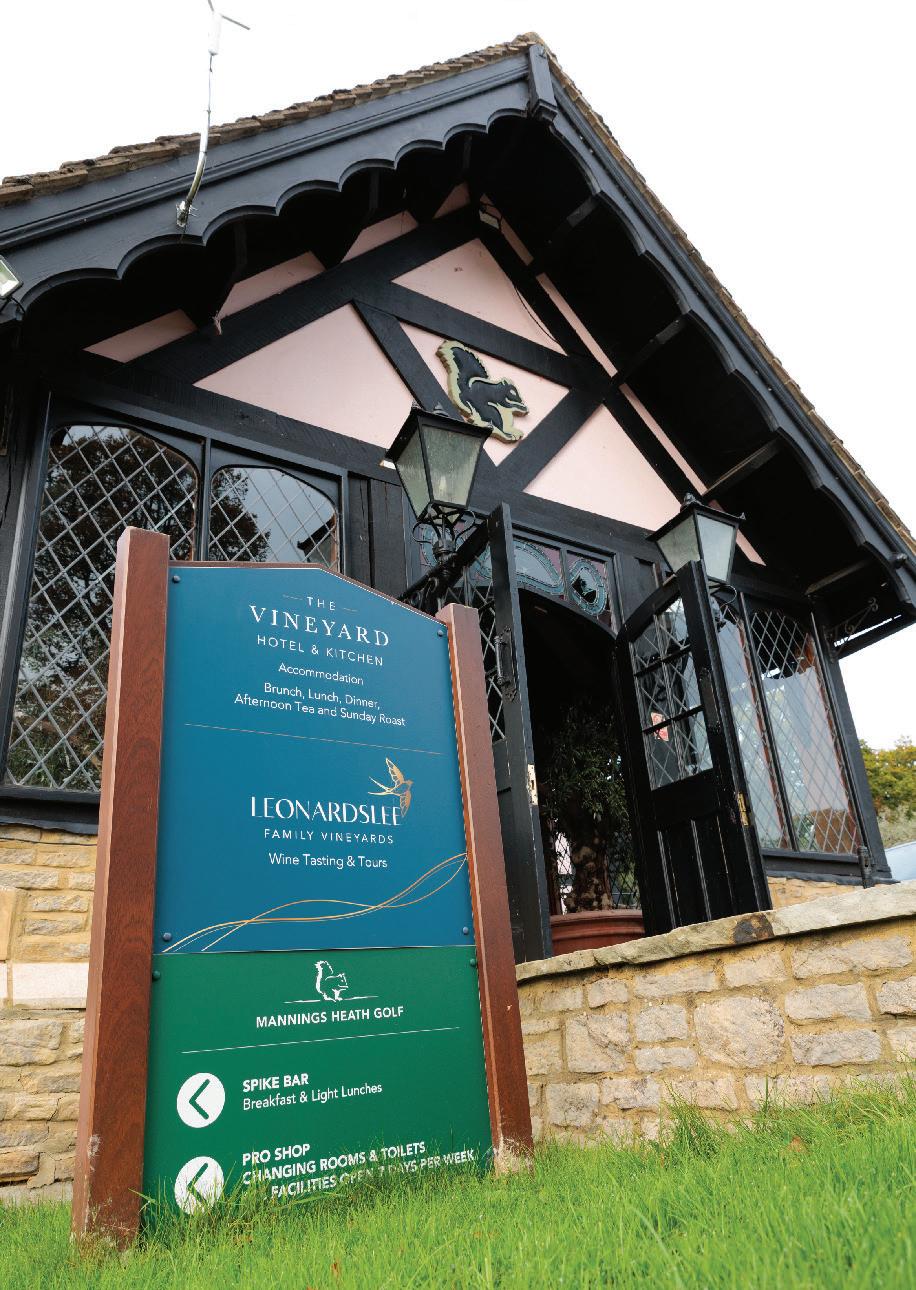
“Pinot Noir is the ‘heartbreak grape’ as it is the hardest grape to farm anywhere in the world. When you then add the difficulties of the climate in England and Wales there is no greater satisfaction than getting this grape right.”
order to manage the threat of SWD which could be considered as the modern day dragon of the vineyard. “We have not seen too much damage from SWD but we are always conscious of keeping the species that may attract this vineyard pest under control,” said Barry.
The team at Leonardslee Family Vineyards are hoping to be able to build an onsite winery but so far the planning process has taken seven years and involved four redesigns. Currently Wiston Estate have allowed Johann and Leonardslee Family Vineyards the use of their West Sussex winery facilities so the grapes do not have far to travel. With his customary desire to give everyone the credit they deserve Barry is keen to point out: “The team at Wiston Estate have been great to work with.”
With Penny Streeter OBE and her family owning both Benguela Cove in South Africa and Leonardslee Family Vineyards and with Johann Fourie as the winemaker at both estates, the newly renovated nine bedroom hotel and the Michelin-Starred restaurant are in the unique position of being able to offer guests a vast array of award-winning wines that include grape varieties such as Syrah, Petit Verdot and Sémillon. “We currently have our first wines on their way to South Africa” said both Barry and Adam with pride in their voice. This is a great way to give a whole new audience an introduction to world class English sparkling wines.
Leonardslee Family Vineyards is a place of dedication. Dedication to the crafting of outstanding wines but beyond this there is a dedication to continued development of soil, of vine management and most importantly team development. It is often said that good wines start in the vineyard but at Leonardslee Family Vineyards it feels like good wine starts with the people who love the vineyard and from that great wine is flowing.
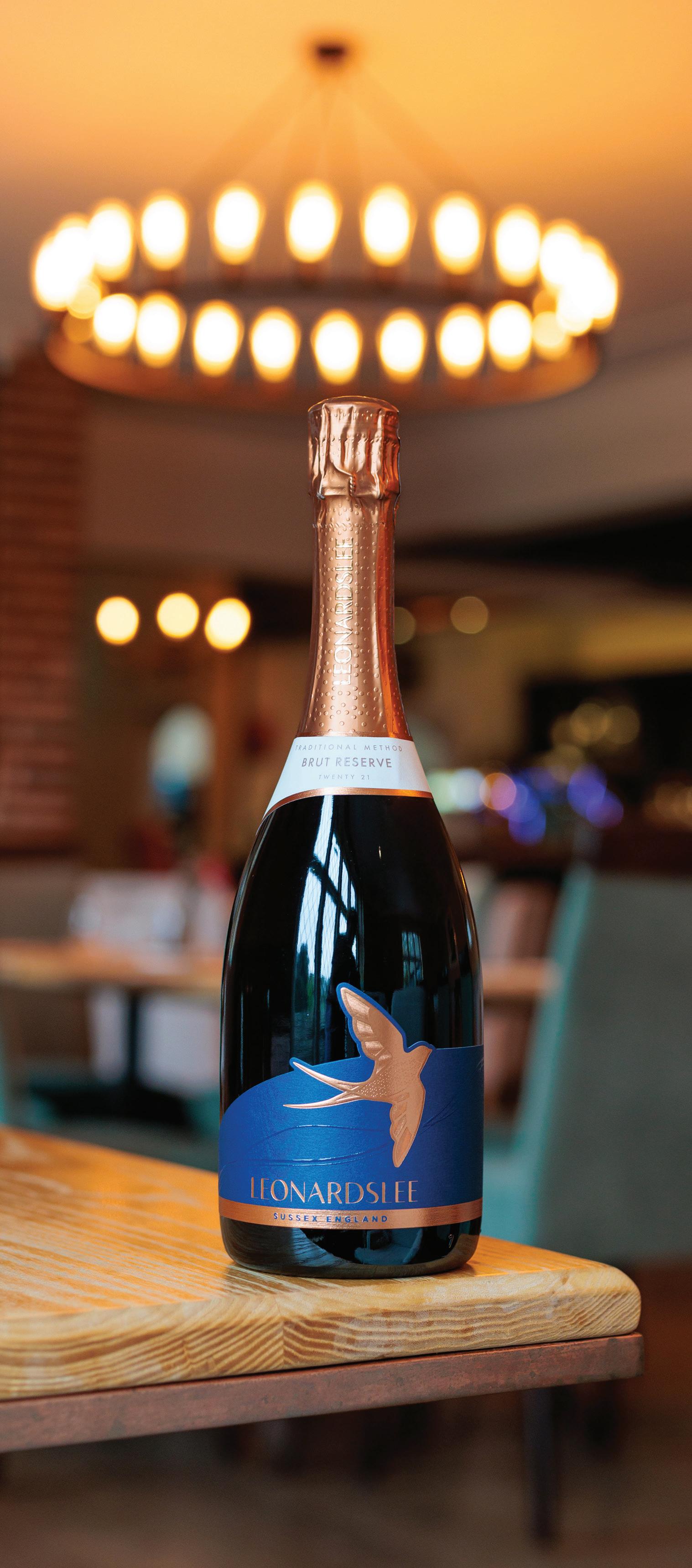

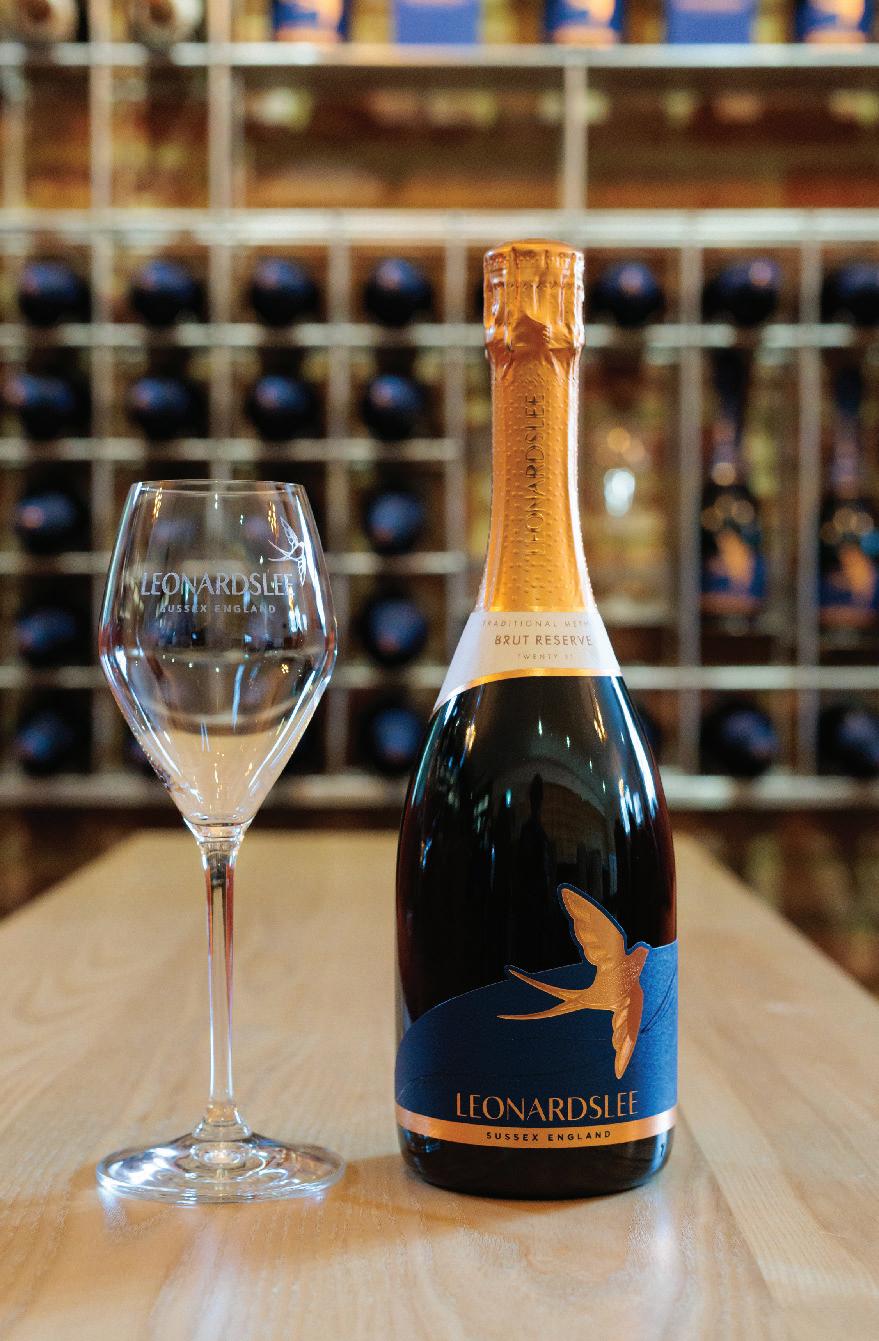
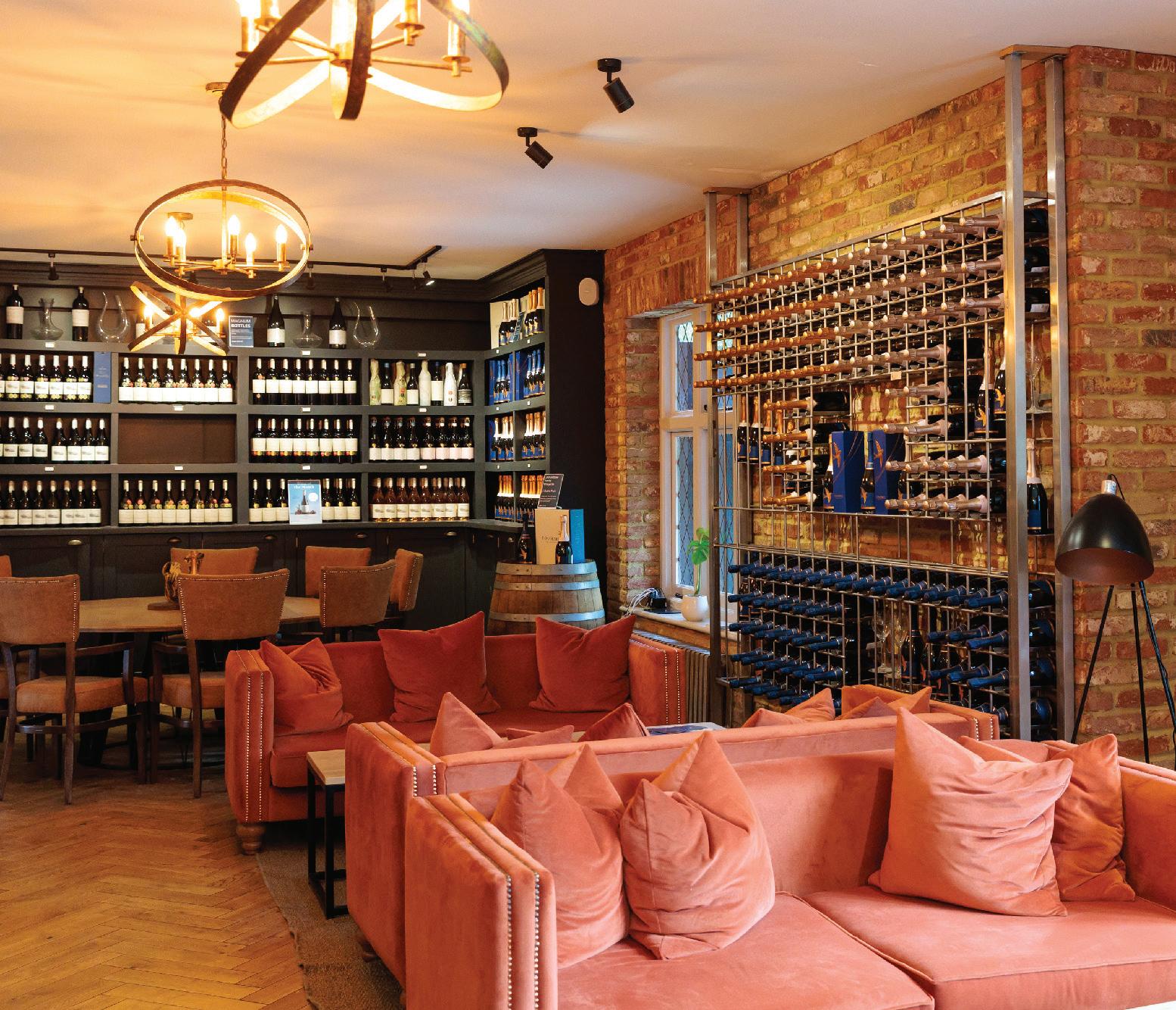
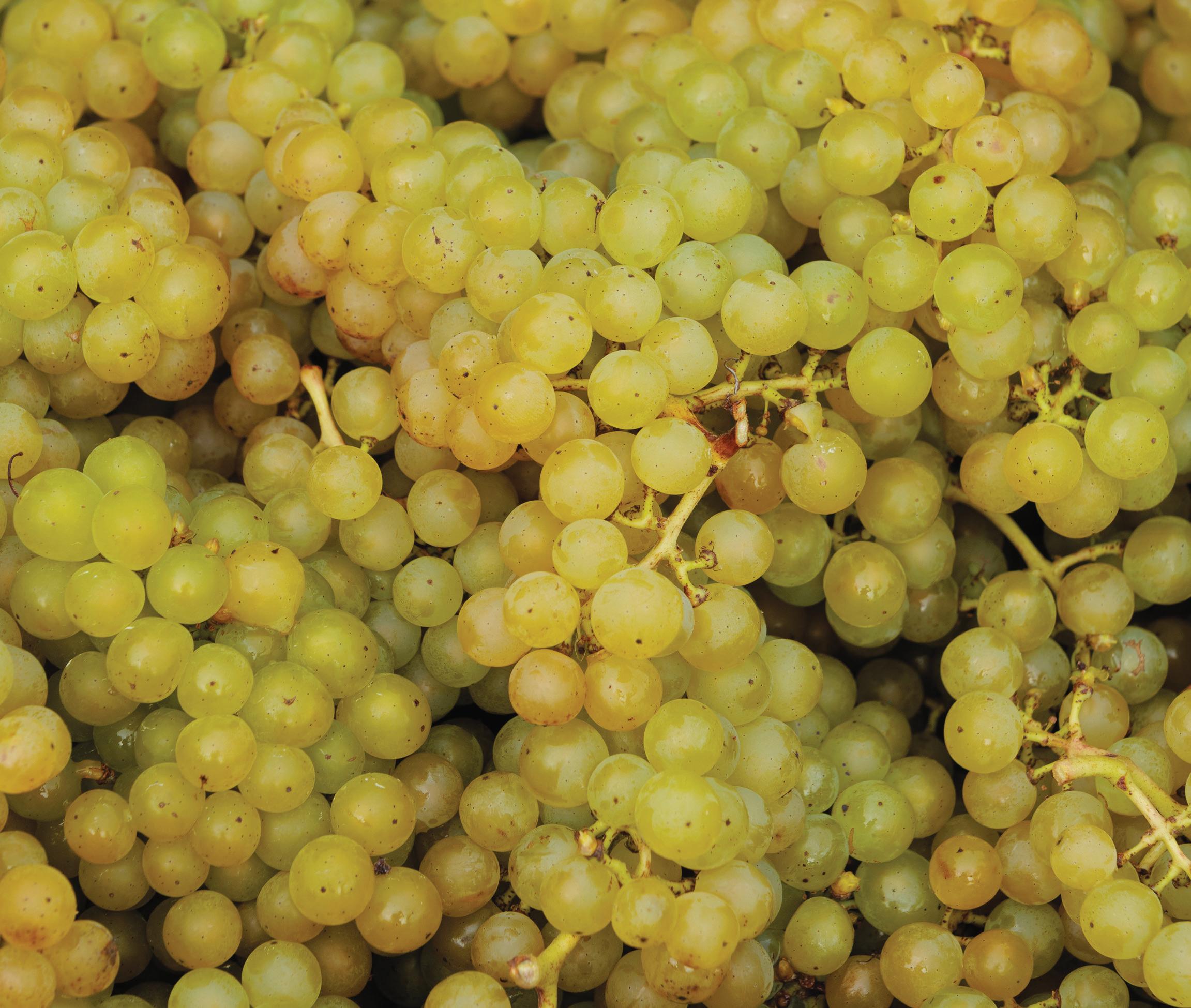
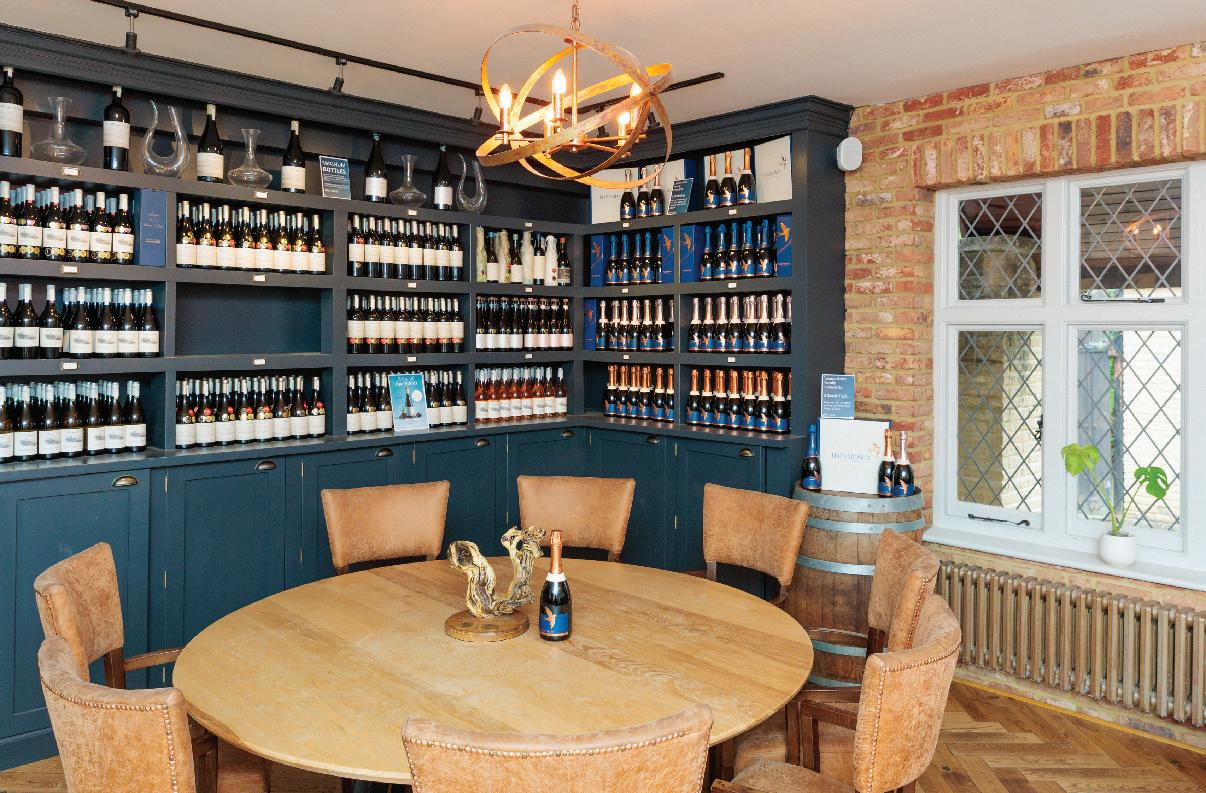
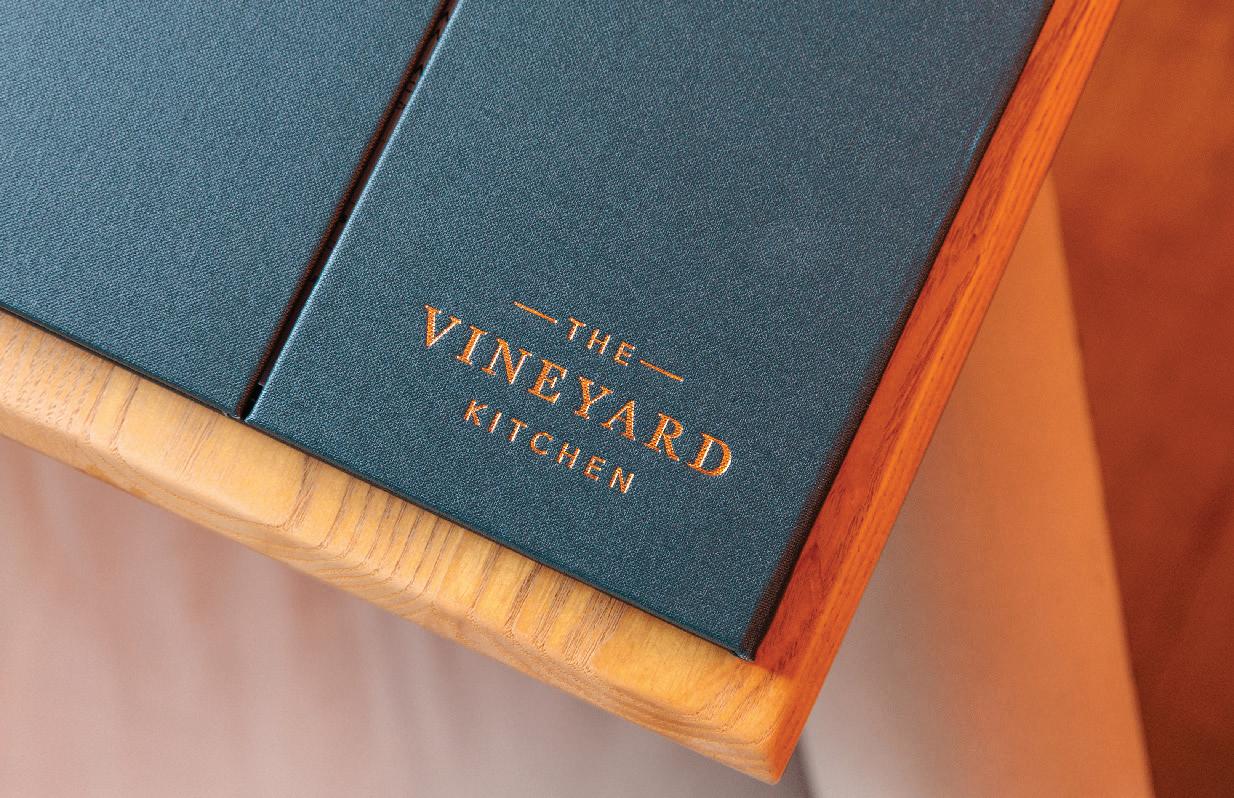
Trials and triumphs
Award winning winemaker
Johann Fourie, Winemaker at Leonardslee Family Vineyards, spoke with Vineyard magazine to discuss the trials and triumphs of winemaking in Sussex.
You have been the winemaker at Leonardslee Family Vineyards from the beginning. How would you describe the experience?
Yes, it has been quite a journey and privilege to be part of. It all started with talks in 2015 which soon became action in 2016 when we identified the Sussex terroir as best suited for the style of sparkling wines we were looking to produce, and the property was acquired. Penny doesn’t let grass grow under her feet so in less than 6 months from acquiring Leonardslee the first wines were planted in 2017 with our maiden, small but beautiful crop in 2020. Fast forward to June 2024, many flights and phone calls, brand and label design meetings later we eventually released our first wines.
From the get go we always wanted Leonardslee wines to be made from 100% estate grown fruit so it has been a long wait but seeing it all come full circle and doing all this alongside an amazing team has been a proud and rewarding moment and arguably the highlight of my winemaking career.
What specific differences have you faced in the cool climate winemaking process compared to the wines that you make in South Africa?
Grape growing and winemaking in England and South Africa are as far apart as the two countries. It is a whole different set of rules and principles that apply, everything is upside down basically. In South Africa we seek cool slopes, ideally with some breezes to assist while in England we are looking for sheltered, warm slopes. In South Africa we are looking at ways to slow down ripening and maintain acidity. In England on the other hand questions arise regarding achieving more ripeness and balanced (lower) levels of acidity, be that with vineyard and/or cellar technique, to mention just a few. While the basics to winemaking apply it has been a real mind shift and an exciting learning curve.
What are you aiming to express in your English sparkling wines and how do you achieve this?
We are seeking a finessed house style built on elegance, purity and vibrancy. Wines with energy and drive. This bright, fresh, elegant but structured wine is what Sussex delivers and even more so via Chardonnay. I guess it comes as little surprise that Chardonnay is our signature grape and cornerstone across all our wines.
We are seeking a finessed house style built on elegance, purity and vibrancy.
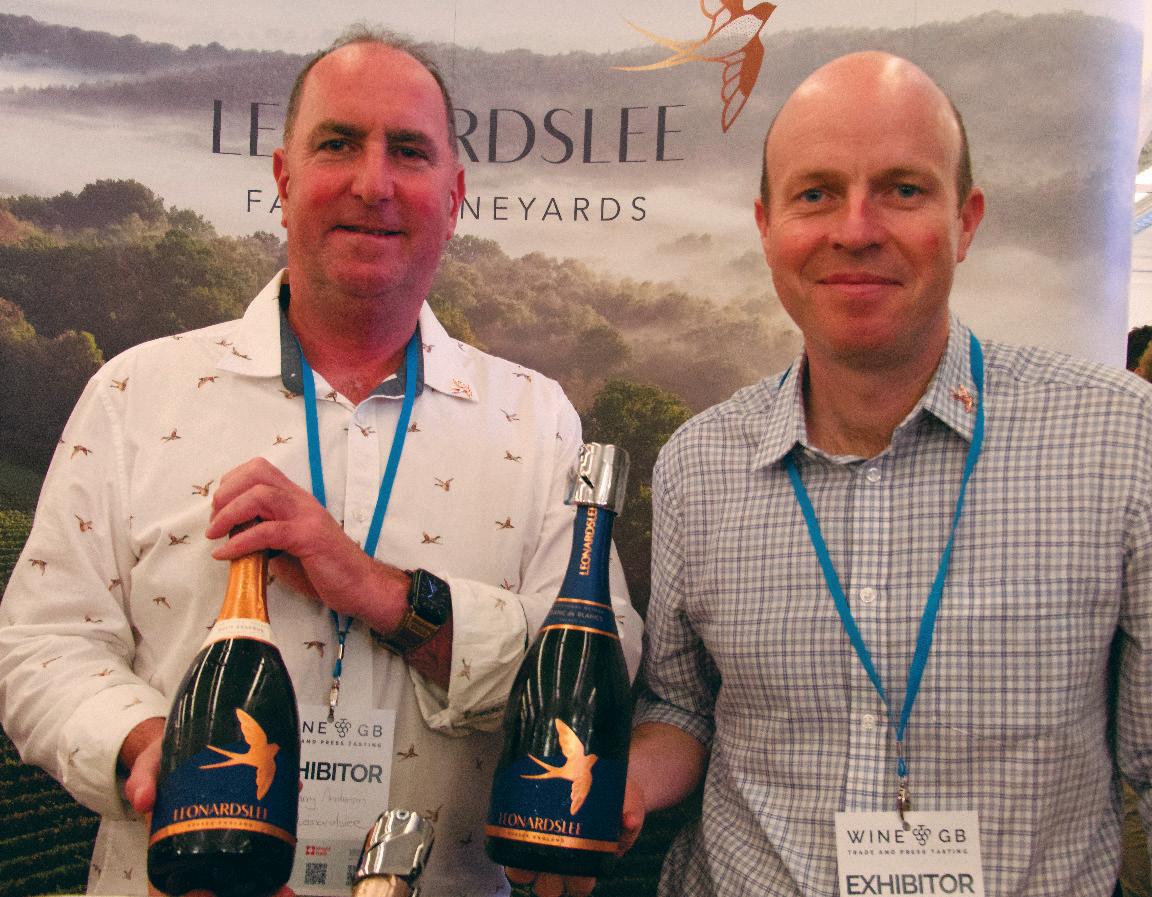
What is it about Chardonnay that works well on your site? It is not really that we chose Chardonnay, it is more like Chardonnay chose us. Leonardslee’s Chardonnay from the get go stood out by giving us freshness, structure, citrus fruit aroma and of course the elegance we seek to achieve. Over the years Chardonnay has become more and more a focus with different clones and sites planted to it. Of course, Pinot Noir and Pinot Meneur are crucial for blending but looking ahead I think it is safe to label us the ‘Chardonnay specialists’.
What has been your most challenging vintage in the UK?
Probably 2021, coming off a dream growing season like 2020, and 2020 being our first year, myself and Barry thought growing and ripening a crop in the UK isn’t that hard. That was until 2021 came along, a challenging season that was only our second rodeo with some of the lowest number of degree growing days in recorded history. You learn most in those difficult years, a healthy crop and patience in the end paid off and looking at the 2021’s on bottle now they are looking so-so fine!
Is there a wine style you would like to experiment with at Leonardslee in the future?
Nothing new no, for now and the next 25 years it is taking a deep dive into learning and understanding our site, how to best go about each parcel in both the vineyard and cellar to perfect our style, bring out what is unique to Leonardslee and to maximise quality. To consistently improve, you have to always experiment and try different things but all these efforts will be aligned to perfecting the bubble, the teams’ vision and what we set out to achieve. Which is producing wines that are not only some of England’s finest but also wines with a sense of place.
Which is your favourite grape variety to work with and why?
Sounds like I’m on repeat but it has to be Chardonnay, for both sparkling and still. It is the queen of white grapes for a reason. Ask me on another day in another place and I might tell you Cabernet Sauvignon.
Adapting with purpose
The South of England Agricultural Society’s 2025 Farming Conference will take place on Wednesday 12 November, at the South of England Showground in Ardingly, West Sussex, as well as online. This year’s conference will explore the theme: ‘Adapting with Purpose: Farming in a Changing World’.
Led once again by the highly respected Charlotte Smith, broadcaster and presenter of BBC Radio 4’s Farming Today, the conference will bring together leading voices in agriculture to tackle one of the most urgent questions of our time: how can farming survive and thrive in an era defined by volatility and change?
The familiar pillars that have underpinned British agriculture for generations are shifting. Subsidies are fading into history. Global markets are in flux. Extreme weather is no longer an occasional disruption but an escalating threat. Farmers today stand at the frontline of these converging pressures, forced to navigate a landscape where certainty is scarce and resilience is paramount.
Yet with challenge comes opportunity. New technologies, fresh thinking, and alternative business models are emerging that could transform not just how we farm, but how we define success itself. In this conference, we will ask: Which farming models are truly fit for purpose in this unpredictable world? What does resilience look like when the old certainties have gone? And can the industry afford to cling to tradition, or is it time to back bolder, more radical alternatives?
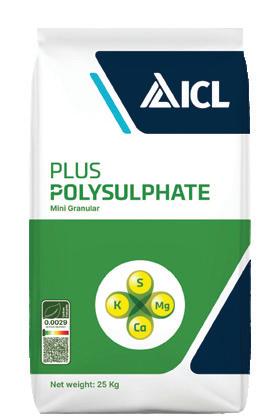

Confirmed speakers for 2025 include:
◆ Helen Browning OBE – Chief Executive of the Soil Association and a pioneering organic farmer. Helen brings decades of experience, including from her time running the organic family farm in Wiltshire and with national food and farming policy as a member of the Curry Commission on the Future of Farming.
◆ John Gregson – UK General Manager at Regenified and passionate advocate for regenerative agriculture. With a career spanning journalism, commodity trading, and senior roles at Waitrose. John’s upbringing on a 100-acre tenant farm has shaped his lifelong commitment to the vital role smaller and family farms play in the food system and the transition to regenerative agriculture.
◆ Richard Means – Managing Partner at Ceres Rural and a Norfolk farmer. Richard advises farms on productivity, sustainability and resilience, alongside running his own 650-hectare business. This will not be a comfortable conversation. Expect challenges to convention, critical reflection on received wisdom, and an exploration of ideas that push beyond the familiar. The goal: to inspire and provoke farmers, landowners, advisors, policymakers, and the wider food system to think differently.
The Farming Conference will run from 7pm to 9pm on Wednesday 12 November 2025 (6pm to 10pm if attending in person. The conference is free to attend, in person or online, but visitors must register at www.seas.org.uk/farming-conference



Get soils in order before winter
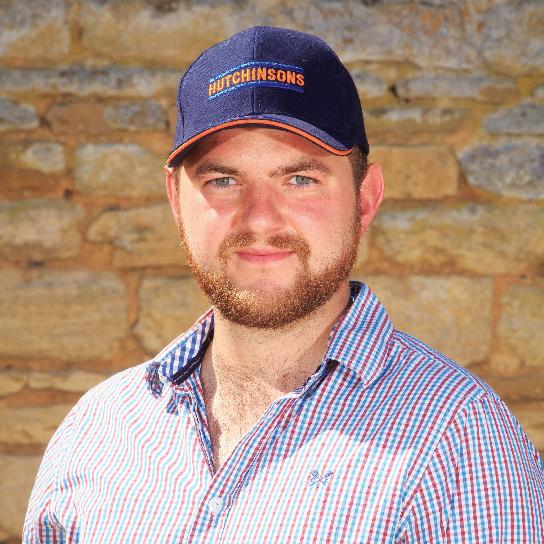
Post-harvest is an ideal time to rectify any soil issues and prepare ground for the months ahead, as Hutchinsons agronomist Will Robinson explains.
Day-to-day vineyard operations can be hard going on soils, with machinery concentrated into relatively narrow areas between rows, raising the risk of compaction, especially in wetter seasons, such as 2023-24.
It is not just machinery; concentrated footfall from manual operations, such as pruning and tying down canes during the dormant season – often when soils are wettest – also risks compacting soil around vine roots.
Given the warm, dry season just experienced, and with picking, and postharvest sprays likely to be completed earlier than normal on many sites, there is a good opportunity to look closely at soils and rectify any issues – from this year or previous seasons – while ground conditions allow.
Compaction restricts root growth, bringing all the associated impacts on water/nutrient uptake and vine vigour, and can also impede drainage and surface infiltration; neither of which are good for vines, so need addressing.
Target actions
Before doing anything, it is vital to understand if there is a problem, and if so, the nature and extent of the issue. This is best done by digging inspection holes in areas suspected of, or at high risk from compaction, poor drainage, etc.
Going straight in with a subsoiler at 6” deep when the compacted layer is only 4” down, for example, means the point of the subsoiler is not lifting and shattering the right area of soil and could make the compacted layer deeper and thicker, exacerbating problems rather than rectifying them.
If subsoiling is required, ensure it is at the correct depth and only do every other row this season, returning next year to subsoil the rows missed. Subsoiling inevitably causes
some root pruning, which if done to both sides of the vine at the same time, may cause too much shock, leading to weakened growth.
Once the compacted layer is broken up, the key is to quickly stabilise that structure, to avoid air pockets collapsing when ground is next travelled on, potentially resulting in an even tighter compaction zone than before. This is best done with living roots from an overwinter cover crop or other vegetation.
Species choice depends on what you want the cover to achieve. On some sites, for example, legumes, such as beans, with their deep taproot and many lateral roots, or vetch, with its more fibrous root system, could be useful options for later sowing, and bring the added benefit of nitrogen fixation, which will be released when cover is terminated in the spring. This extra nitrogen may not suit more vigorous sites though, where a better option might be to cut back top growth by mowing, cultivate, and then establish something like wild radish, with its deep-penetrating tap root. On sites where excess vigour is the problem, experience suggests chicory is the most de-vigorating cover crop, but be prepared to terminate it if it is too effective.
Managing the undervine strip
There are generally two established ways of managing the undervine strip, each with its own pros and cons.
One is to maintain a clear area, free from weeds or other vegetation, to minimise competition, improve airflow, and help the ground warm up faster in spring. Autumn is one of two key periods for vine root growth (the other being pre-bud burst once soil temperatures reach 10C), so reducing competition for nutrients around this time should be beneficial.
Bare ground is however less ideal from a
soil health perspective, so retaining some cover in the under-vine strip until closer to the main frost risk period may be preferred, protecting soil during wetter months and providing substrate for soil organisms during this period.
Keep control of vegetation though, as we cannot expect a single herbicide application in spring to fully control large, well developed weeds that have been growing since autumn. This may mean regular mowing, and/or, on particularly weedy sites, a staged approach to herbicides, using different actives.
Propyzamide (as in Kerb) is one option that can be used within the vine row between October and 31 January. It is slower-acting than other chemistry, taking several weeks for growth to die back after treatment, so may provide some soil protection and substrate for soil organisms during this period. It also reduces reliance on glyphosate, thereby helping to manage any potential resistance risks associated with unbroken glyphosate use.
Discuss other options for managing weeds and protecting soils with your agronomist.

The go-to exhibition
Five years on from its launch as a new exhibition aimed at supporting the growth of English and Welsh wines, the 2025 Vineyard & Winery Show is set to build on its credentials as a showcase for great wine, highly skilled winemakers and top-notch manufacturers, equipment suppliers, agronomists and technical experts.

As the domestic wine industry continues its impressive upward trajectory, the Vineyard & Winery Show has become as much celebration as sales pitch, a chance for growers and winemakers to show off their own creations, sample those from other vineyards, swap notes, check out the latest kit and catch their breath at the end of a busy harvest.
This year’s event on 19 November at the Kent County Showground, promises to be better
than ever, with 110 exhibitors once again filling both the showground’s exhibition halls with some of the best English and Welsh wines available alongside the equipment needed to produce it as well as a comprehensive range of other specialist services.
The show is now firmly established as the go-to exhibition for anyone with an interest in making wines, from larger vineyards looking for the newest technology to boost their productivity still further to newcomers with a


handful of hectares and a wine-making itch they need to scratch.
Its impressive pedigree means the big players make sure they are well represented at what has become the leading event of its kind, giving visitors unparalleled access to machinery manufacturers, equipment suppliers, investment experts, agronomists and advisers of all kinds.
Over the past four years the number of visitors attending the show has regularly
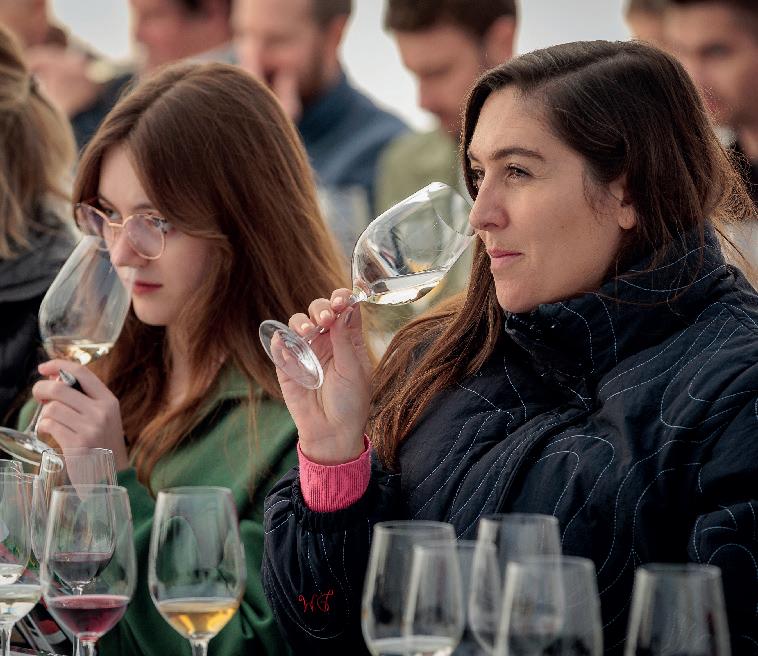

topped 2,000, reflecting the fact that there are now around 1,100 vineyards across England and Wales. Given this year’s sunshine, growers were expecting a bumper harvest that would deliver superb wine-making potential (one grower has been heard talking about a 14% vintage), setting the scene for a busy, high-octane and positive 2025 show. Such is the demand from exhibitors keen to attend this year’s show that the waiting list of companies hoping to grab some last-minute space if anyone is forced to pull out has now reached double figures.
With Core Equipment, Hutchinsons, Vitifruit, Autajon Labels Royston, EGI and NFU Mutual all main sponsors, the show’s calibre is clear, while the spread of exhibitors covers all aspects of viticulture, from chemicals to corks and from soil analysis to self-adhesive labels. Alongside the machinery and products, visitors can chat to a range of professionals, from financial experts to agronomists and insurers.
A central feature of the Vineyard & Winery Show has always been the wine hubs which offer visitors the chance to taste some of the best English and Wesh wines on offer, a treat that simply can’t be turned down. There will, of course, be a full range of other refreshments on offer, with plenty of opportunities to catch up with friends or colleagues over a coffee rather than a cuvée.
This year’s event will again have two wine hubs offering a stunning 86 excellent wines from across England and Wales, all vying for the attention of professional winemakers, dedicated growers and mere enthusiasts.
And when it comes to the wines on offer, quality is guaranteed. The wine hub in the Maidstone Exhibition Hall will feature this year’s Golden 50, wines that have won either gold or platinum medals across 10 national and international competitions and including Langham Wine Estates’ Perpetual MV, the first wine ever to be awarded 99 points by WineGB.
Visitors will no doubt be hoping to hear the story behind that impressive vintage when Langham’s head winemaker Tommy Grimshaw delivers his presentation at the first
Don’t miss out
◆ Network with the key players in the UK wine industry
◆ Meet with industry experts
◆ Learn about cutting-edge technology and see demonstrations of the latest machinery
◆ Visit the wine hubs and taste some the UK’s best wines – over 80 different wines available to try on the day
◆ Attend the WineGB seminars – Expert speakers will cover viticulture, winemaking and marketing topics – aimed at new entrants to the industry as well as those already established
◆ Talk to some of the biggest names in the industry such as Vigo, Itasca Wines, Bevtech, Kirkland UK, Haynes, Agrii, VineWorks and WR Services – and many more
MATTHEW JUKES’ STRUCTURED WINE TASTING SPONSOR
COFFEE SPONSOR

WINE HUB SPONSOR GLASSWARE SPONSOR
VISITOR BAG SPONSOR
SEMINAR SPONSOR

of a wide range of carefully selected seminars taking place throughout the day. Other seminars will cover the launch of Wine GB’s technology group, regenerative viticulture, and managing frost risk in vineyards, with question-and-answer sessions following each of the morning’s topics.
Meanwhile in the second wine hub, this one in the John Henry Pavilion, the 36 wines on offer will be those that have been selected by top wine writer Matthew Jukes and featured in Vineyard magazine throughout 2025 at the rate of three per month.
Matthew will once again be providing one of the undoubted highlights of the show when he presents his masterclass, giving his unique insights into six of the wines he has selected for Vineyard during the year with his own mix of laid-back humour and in-depth knowledge.
This year’s selection is set to include three red wines, highlighting the extent to which
WINE TASTING MASTERCLASS SPONSOR

NETWORKING BREAKFAST SPONSOR
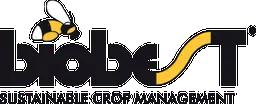
English and Welsh growers and winemakers are successfully pushing back the boundaries. Both wine hubs are sponsored this year by Defined Wine Ltd.
This year’s technical masterclass promises to be equally fascinating and will be led by Matthias Schmitt of Hochschule Geisenheim University, who will be talking about the dealcoholisation of sparkling wine. This event, which will offer insights into one of the fastest-growing areas of the wine industry, will include a rare opportunity to taste wines in various stages of the dealcoholisation process.
With the masterclasses, the wine tastings and the seminars bound to produce food (or drink) for thought and the wide range of exhibitors highlighting all that’s new in the world of viticulture, the 2025 Vineyard & Winery Show looks set to celebrate its fifth birthday in fine style. Cheers!
Get your free ticket to the show
The Vineyard & Winery Show will be an unmissable event for anyone working in viticulture and wine production in the UK. The show takes place on 19 November 2025 at the Kent County Showground, Detling, Kent.
Organised by Vineyard magazine and supported by WineGB, it will be an invaluable opportunity for all viticulturalists, winemakers, suppliers and the trade to come together. There will be a packed programme including a series of seminars from WineGB,

tastings of the UK’s top wines, lots of machinery and equipment to see – as well the opportunity to network with peers. To register for your free ticket go to ww.vineyardshow.com
The seminars
Sponsored by
WineGB is once again hosting the seminar programme which will take place during the Vineyard & Winery Show on 19 November.





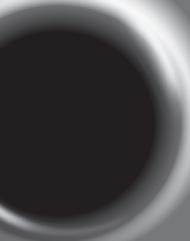

10.00 INTRODUCTION
Welcome speech and short overview of the year
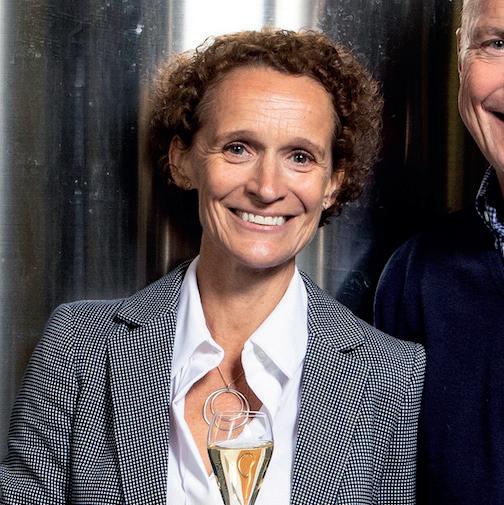
Simpson
WineGB Deputy Chair
A busy morning of seminars at this year’s Vineyard & Winery Show will be introduced by Ruth Simpson, WineGB’s deputy chair, who will start the day’s proceedings at 10am.
Ruth will be followed by guest speaker Tommy Grimshaw, head winemaker at the Langham Wine Estate, who will talk about innovation from a young winemaker’s perspective.
Steve Dorling from Weather Quest will be in the chair for a seminar entitled The Frost Project – Outputs and Next Steps, which will tackle smarter forecasting, communication and managing frost risks in vineyards, with input from contributors including Vinescapes, Plumpton College and WineGB.
The New Face of Regenerative Viticulture,
moderated by Ann Jones, will introduce a discussion of the changes in grape growing from pre-war days to the present, and will also look at the ‘one block challenge’.
The panel for that discussion will include Ian Beecher-Jones from JoJo’s Vineyard, who will then stay on to lead a talk on WineGB’s technology group, described as “a grower-led initiative designed to understand new technologies coming to viticulture and how future needs can be met”.
Each of the seminars, which are being sponsored this year by Reflex Label+, will be followed by a question-and-answer session. They will be held in the Astor Pavilion, which is accessible from both the Maidstone Exhibition Hall and John Hendry Pavilion.
GUEST SPEAKER
10.10

Innovation – past, present, future from an emerging talent/young winemaker’s personal perspective
Tommy Grimshaw
Head Winemaker Langham Wine Estate, Dorset



UKRI Project Team
Moderated by Steve Dorling, Weather Quest, with contributions from Vinescapes, Vinewatch, UK Agritech, Terraprima, Plumpton College and WineGB
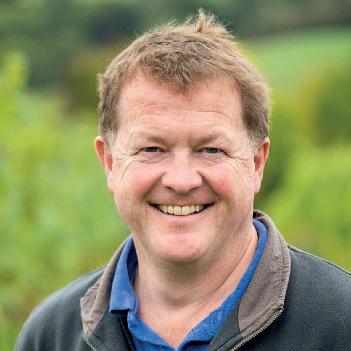

Regenerative Viticulture Foundation
Moderated by Anne Jones, RVF, with Becky Sykes (RVF), Ian Beecher-Jones (JoJo’s Vineyard), Kelly Mulville (Sheep Expert), Soil Accoustics (speaker TBC)
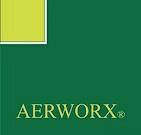
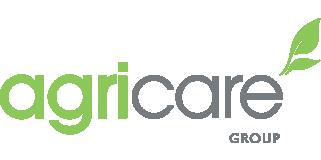


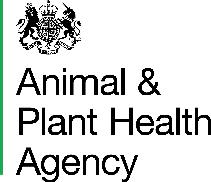











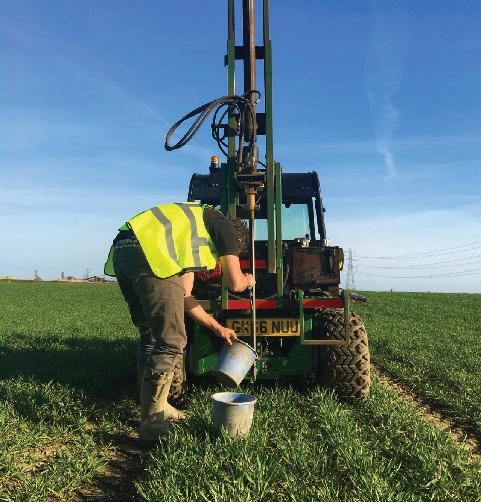

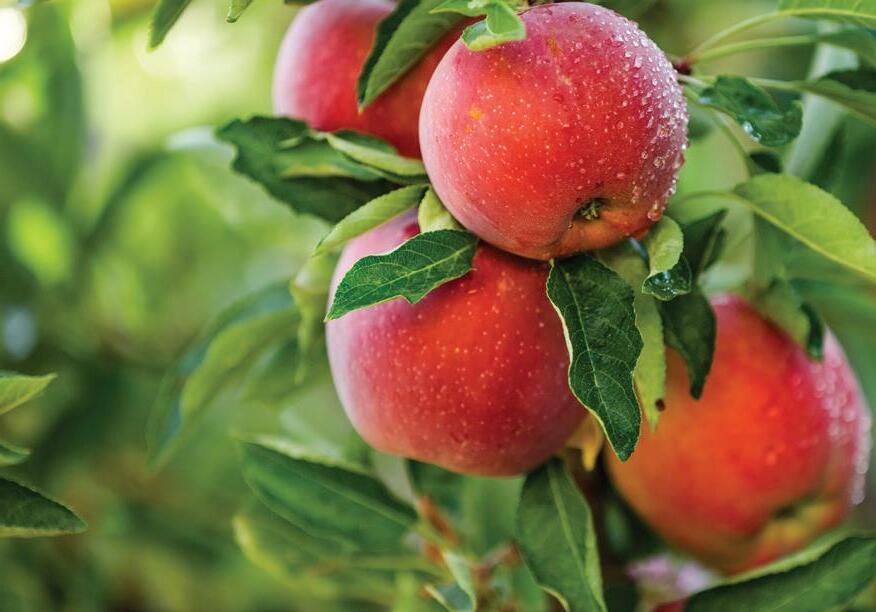



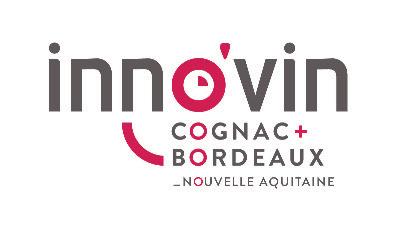




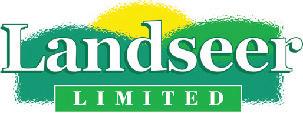


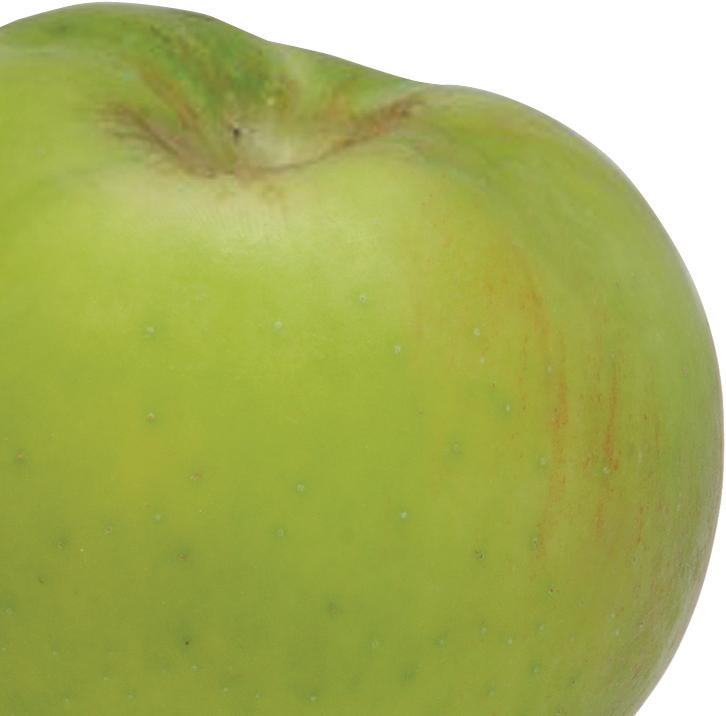
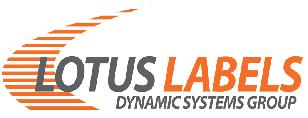


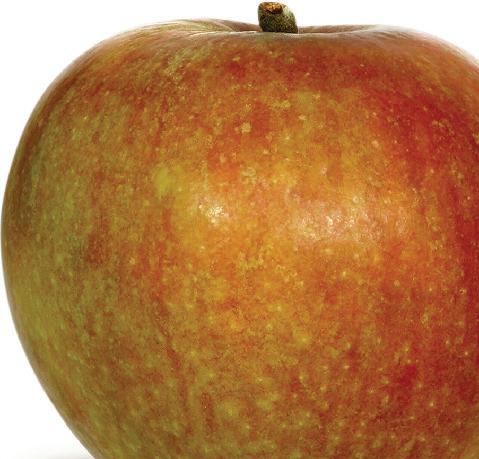
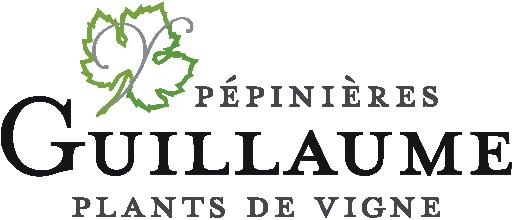


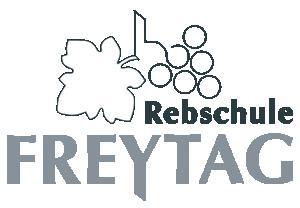

















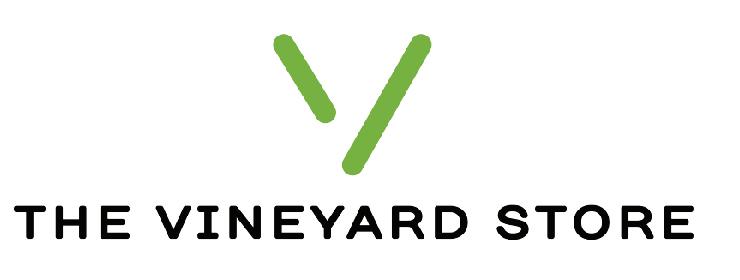




2021 Special Report Produced by Southern Farmers
AGRICULTURAL BUYING GROUP IN KENT, SUSSEX, SURREY, HAMPSHIRE & ISLE OF WIGHT
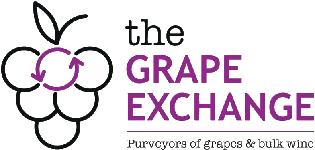

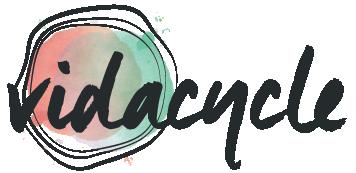







Introducing new sponsors
Sponsors play a vital part in supporting the Vineyard & Winery Show and the organisers are delighted to have such strong representation from across the industry.
In return for their support, the sponsors achieve valuable exposure to the thousands of visitors who attend the show or see coverage of it online or in Vineyard magazine.
This year, Biobest UK is sponsoring the seminar networking breakfast, while Reflex Label+ is sponsoring the seminars.
On its stand at the show, Biobest UK will be showcasing its leading range of biological solutions designed to support sustainable and profitable viticulture.
With a strong focus on integrated pest management (IPM), Biobest UK offers growers innovative tools to reduce chemical inputs while maintaining crop health and quality. It points out: “With increasing pressure on vineyards to reduce pesticide use and meet sustainability targets, Biobest UK delivers proven solutions that align with both environmental goals and economic viability.”
The company has several products that are ideal for vineyard applications, including:
◆ Predatory mites such as Amblyseius montdorensis and Amblyseius andersoni, which are particularly useful in vineyards for controlling key pests like thrips, broad mites and spider mites, helping to maintain healthy plants and improve grape quality.
◆ Its Spotted Wing Drosophila (SWD) lure Drosinal, which has shown itself extremely attractive to SWD and is used by soft fruit growers across the UK.
◆ A range of biopesticides such as Delfin, which can be used for safe, effective control of vineyard pests and pathogens.
◆ Sticky traps and monitoring tools that support early pest detection and decision-making as part of a robust IPM strategy.
“It's a pleasure to be breakfast sponsors at the 2025 Vineyard & Winery Show,” said product manager Jorge Tirado. “Biobest’s technical team will be on hand to discuss tailored strategies for vineyard pest management and the integration of biological controls with existing practices.”
Seminar sponsor Reflex Label+ prides itself on taking customers’ ideas and concepts and turning them into premium labels and packaging solutions that leave a lasting impression.
The company invests continually in high-tech flexographic and digital printing and is trusted by a number of global brands, including many in the beer, wine and spirit sector.
Reflex Label+ offers a wide range of embellishment options including hot and cold foiling, embossing, debossing, tactile finishes, varnishes, glitter effects and more, ensuring products stand out and stay memorable.
“Reflex Label+ is delighted to be seminar sponsor at the Vineyard & Winery show this year and is looking forward to welcoming visitors to stand M66,” said Claire Stringer-Phillips, head of marketing.
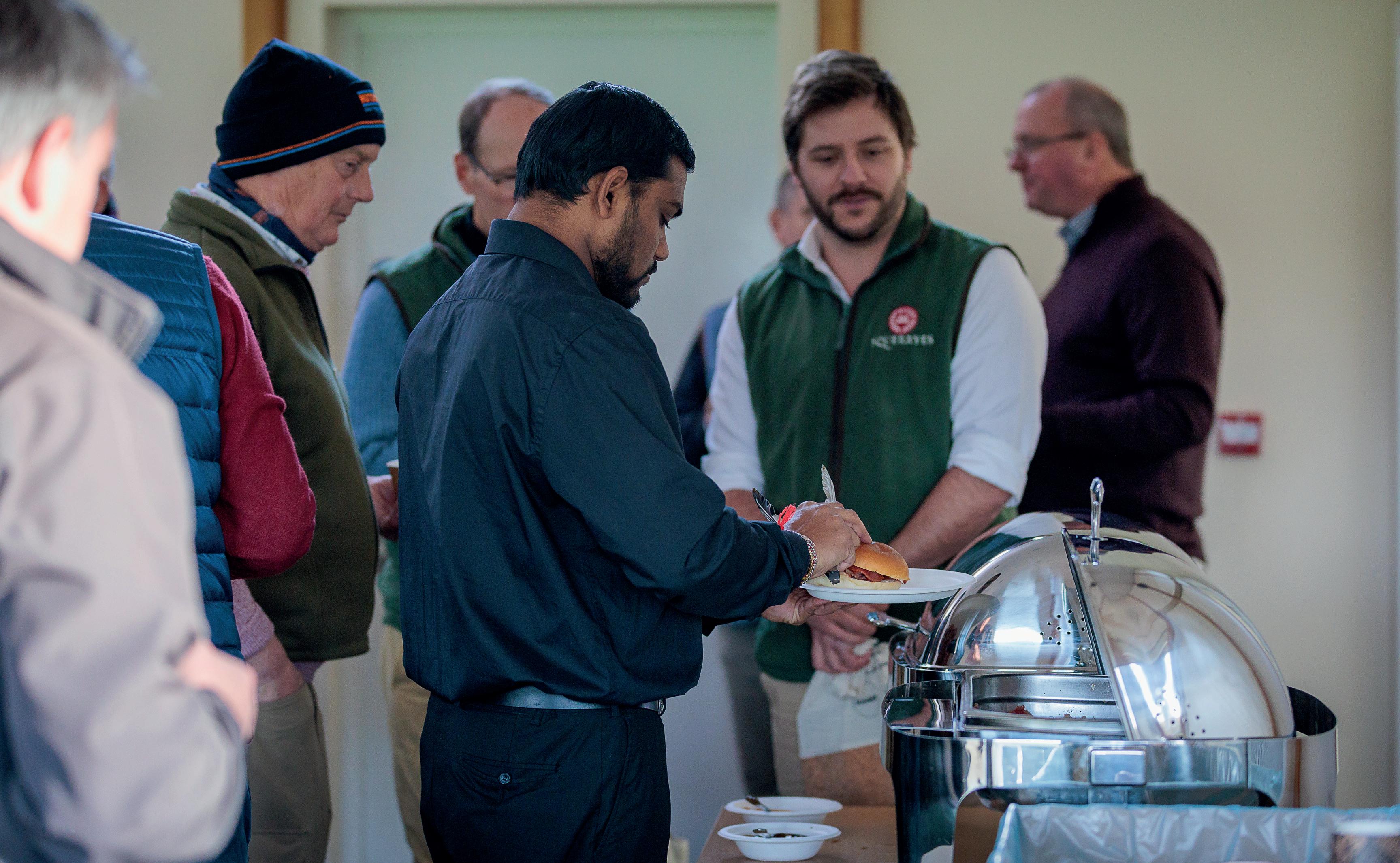






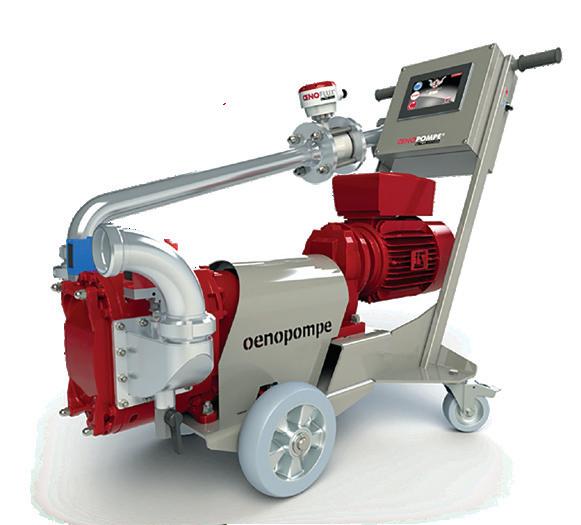

Taste the best of the best
The wine hub in the Maidstone Hall at this year’s Vineyard & Winery Show will go well beyond merely giving visitors a chance to taste great English wines. The offerings this year are simply the best of the best, medal winners of the very highest calibre.
The Golden 50, chosen by WineGB in conjunction with Vineyard magazine editor Rebecca Farmer, have been selected from over 100 wines that have won either gold or platinum medals across 10 national and international competitions.
Those competitions were the WineGB Awards, London Wine Fair Battle of the Bubbles, Decanter World Wine Awards, International Wine Challenge (IWC), International Wine and Spirit Competition (IWSC), The Champagne and Sparkling Wine World Championships, Global Masters, Sommelier Wine Awards, London Wine Competition and the Sommeliers Choice Awards.
The final selection shows the wide variety of great wines produced in this country and features 35 sparkling and 15 still wines made by vineyards from Hampshire to Herefordshire and from Cornwall to Essex.
It includes Langham Perpetual MV, the first wine to have been awarded 99 points by WineGB, and Bluestone’s Blanc de Noirs 2019, which won a Platinum award at the Decanter World Wine Awards.
One wine that should be well worth trying is Sugrue South Downs’ The Trouble With Dreams 2009, recently named one of the world’s top wines.
The fact that there are only two wines from Gusbourne Estate on the list – the Blanc de Noirs 2020 and the Commanders Chardonnay – shows remarkable restraint on the part of the selectors, given that the vineyard picked up no fewer than 11 gold medals this year.
Another wine that should be worth a taste is the Four Daughters Albarino 2022 from J L Baxter Savage Vineyard. Albarino is not widely seen in the UK and to not just plant it but go on to win a gold award with it shows equal parts bravery and brilliance.
“It’s really encouraging to see the breadth of wineries that have won gold – or better – across the various competitions this year. It speaks volumes for the future of English and Welsh wine,” commented Vineyard editor Rebecca Farmer.
WineGB CEO Nicola Bates said: “This has been another incredible year for wines from the UK, and it is so important for us to recognise the wonderful achievements of these award-winners.
“We had so many outstanding wines to consider in 2025 that it was an incredibly hard task to select just the best 50. We have seen our first 99-point wine, and with another global trophy from the International Wine Challenge, it is clear that quality is continually increasing. We are seeing more and more interest in our sector, especially from overseas markets, which demonstrates how this message is getting through.”

The 2025 Golden 50 list in full

◆ All Angels, Ten Year Anniversary Classic Cuvée Brut 2014
◆ Balfour Winery, Scout’s Sauvignon Blanc 2024
◆ Balfour Winery, Blanc de Noirs 2020
◆ Black Chalk, Wine Inversion
◆ Black Book Winery, Nightjar 2022
◆ Breaky Bottom, Cuvée Brian James 2018
◆ Bride Valley, Reserve Brut 2018
◆ Bluestone, Blanc de Noirs 2019
◆ Cary Wine Estate, The Old Rectory Chardonnay 2023
◆ Camel Valley, Pinot Noir Rose Brut 2022
◆ Chapel Down, Kits Coty Coeur de Cuvée 2016
◆ Chapel Down, Bacchus 2024
◆ Chartham Vineyard, Blanc de Blancs 2021
◆ Cobham House, Rosé 2024
◆ Digby Fine English, Rosé Brut 2018
◆ Domaine Hugo, Hugo 2020
◆ Fenny Castle, Sparkling Rose 2020
◆ Gusbourne Estate, Blanc de Noirs 2020
◆ Gusbourne Estate, Commanders Chardonnay 2022
◆ Greyfriars, Classic Cuvée Brut 2015
◆ Hattingley Valley, Blanc de Blancs 2017
◆ Harrow and Hope, Blanc de Blancs 2020
◆ Henners, Vintage 2018
◆ Itasca Wines, Marlow Valley 2024
◆ J L Baxter Savage Vineyard, Four Daughters Albarino 2022
◆ Kingsthorne, Seyval Blanc Brut 2017
◆ Langham Wine Estate, Perpetual NV
◆ Langham Wine Estate, Blanc de Blancs NV
◆ Leonardslee Family Vineyards, Brut Reserve 2021
◆ Litmus Wines, Litmus Roy Martin Red Pinot 2022
◆ Louma Vineyard, Special Cuvée 2020
◆ Louis Pommery England, Brut Magnum NV
◆ Lyme Bay Winery, Pinot Noir 2021
◆ Lyme Bay Winery, Martins Lane Chardonnay 2020
◆ Mousehall, Tidebrook Staddle Stone Chardonnay 2023
◆ Nyetimber, Magnum Blanc De Blancs 2016
◆ Nyetimber, 1086 2013
◆ Plumpton Estate, Brut Classic Magnum 2018
◆ Roebuck Estates, Rosé De Noirs 2019
◆ Sandridge Barton, Pinot Gris Orange Wine 2019
◆ Sandridge Barton, Sonny 2022
◆ Silverhand, Silver Reign NV
◆ Stopham, Barrel Fermented Pinot Blanc 2022
◆ Sugrue South Downs, The Trouble with Dreams Magnum Brut 2009
◆ The Grange, White From White 2018
◆ Weyborne, Oriana Brut 2019
◆ Wiston Estate, Library Collection Cuvée 2009
◆ Wyfold Vineyard, Rosé 2019
◆ Wraxhall, Bacchus Reserve 2022
◆ Vagabond Wines, Nature Series Cuvée Brut 2018
“A tremendous buzz”

A word from the sponsor of the Vineyard & Winery Show’s two wine hubs.
“There is no doubt that the Vineyard & Winery Show has become the highlight of the year, as nothing else brings together so many different elements of the industry,” said Henry Sugden, CEO, Defined Wine Ltd.
“Appealing to everyone, from those thinking of planting to those catching up with friends, it always generates a tremendous buzz. Defined Wine is therefore delighted to be once again sponsoring the wine tasting hubs.
“These give people a chance to taste still and sparkling wines
made by producers from across the country, demonstrating what a fantastic range of wines and styles are now on offer.
“Next year we are also hosting a pop-up tasting at the London Wine Fair, just showcasing wines we make, as part of our broader remit to help people sell their wines as well as make them.
“Hopefully both events will convince people that English wines are consistently good quality – something that we at Defined always strive to achieve for our vineyards – which will help drive up the demand for English and Welsh wine.”
INTRODUCING MINIBLOCK
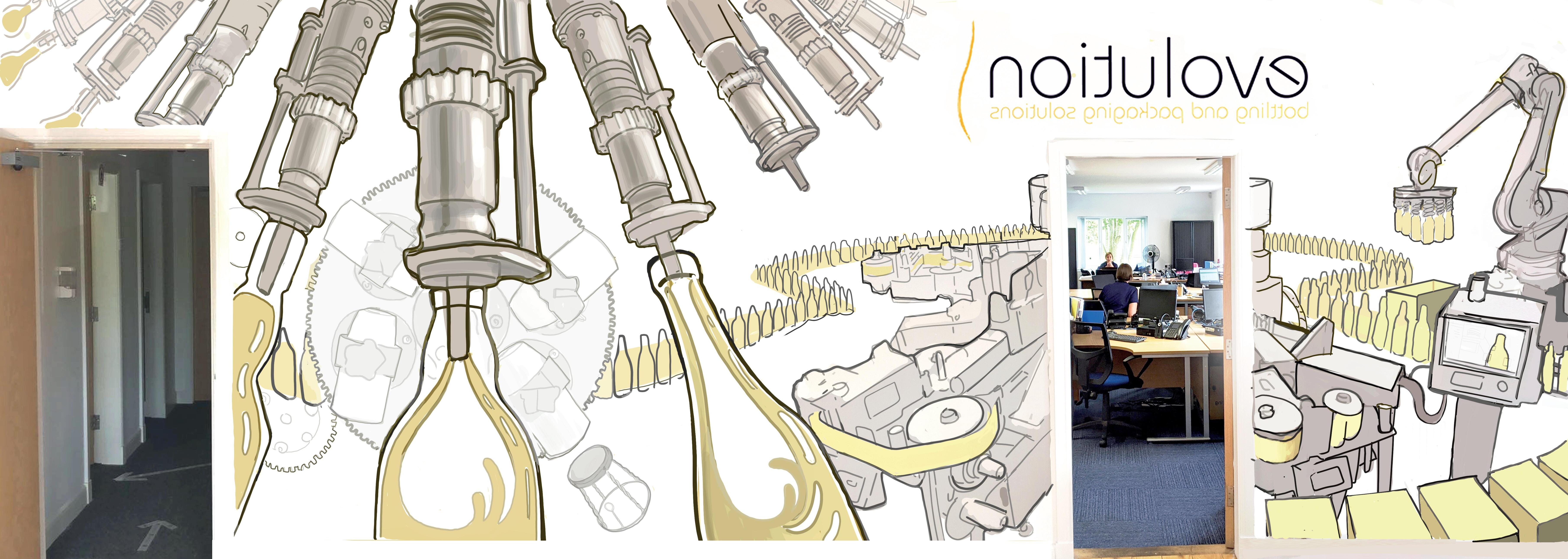
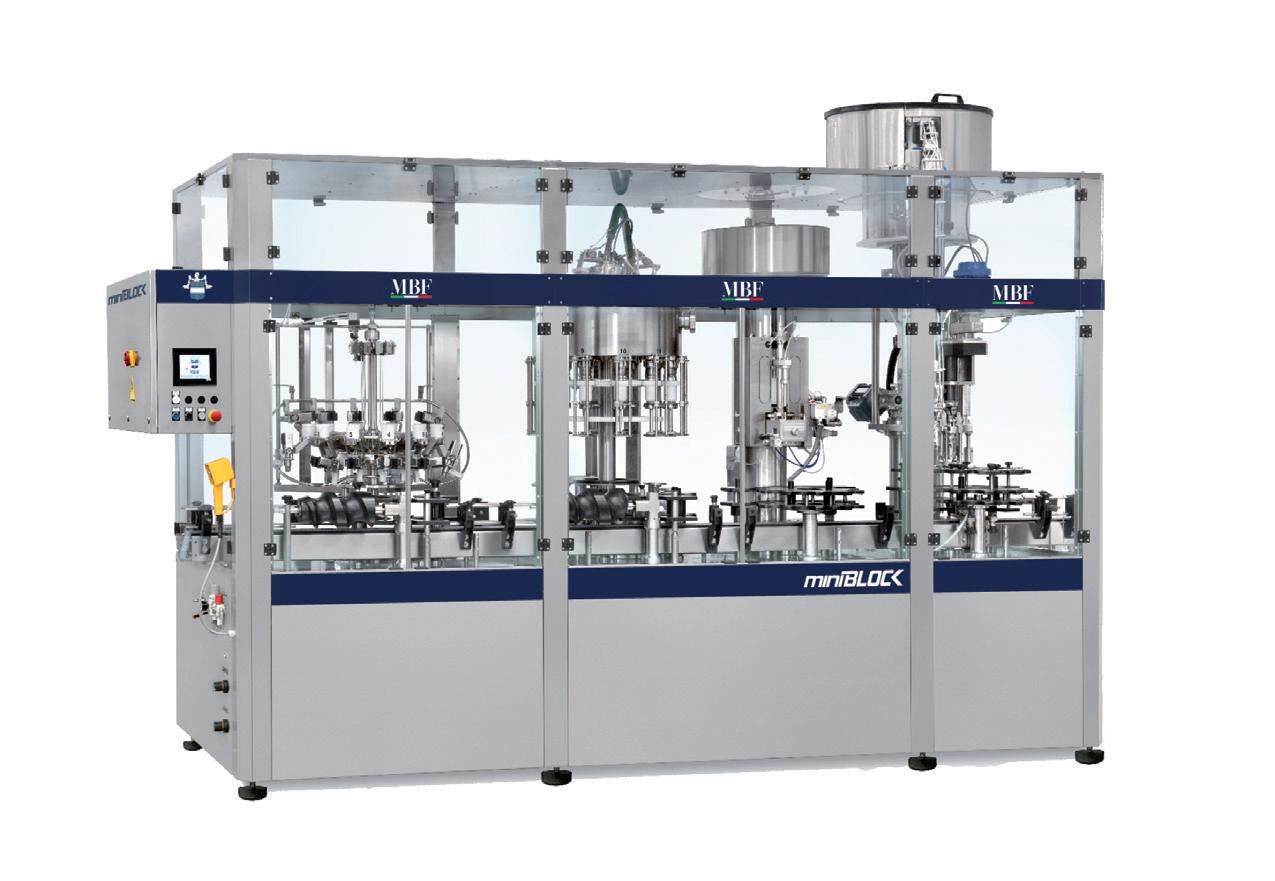

Matthew Jukes’ masterclass
1 PM TASTING MARQUEE
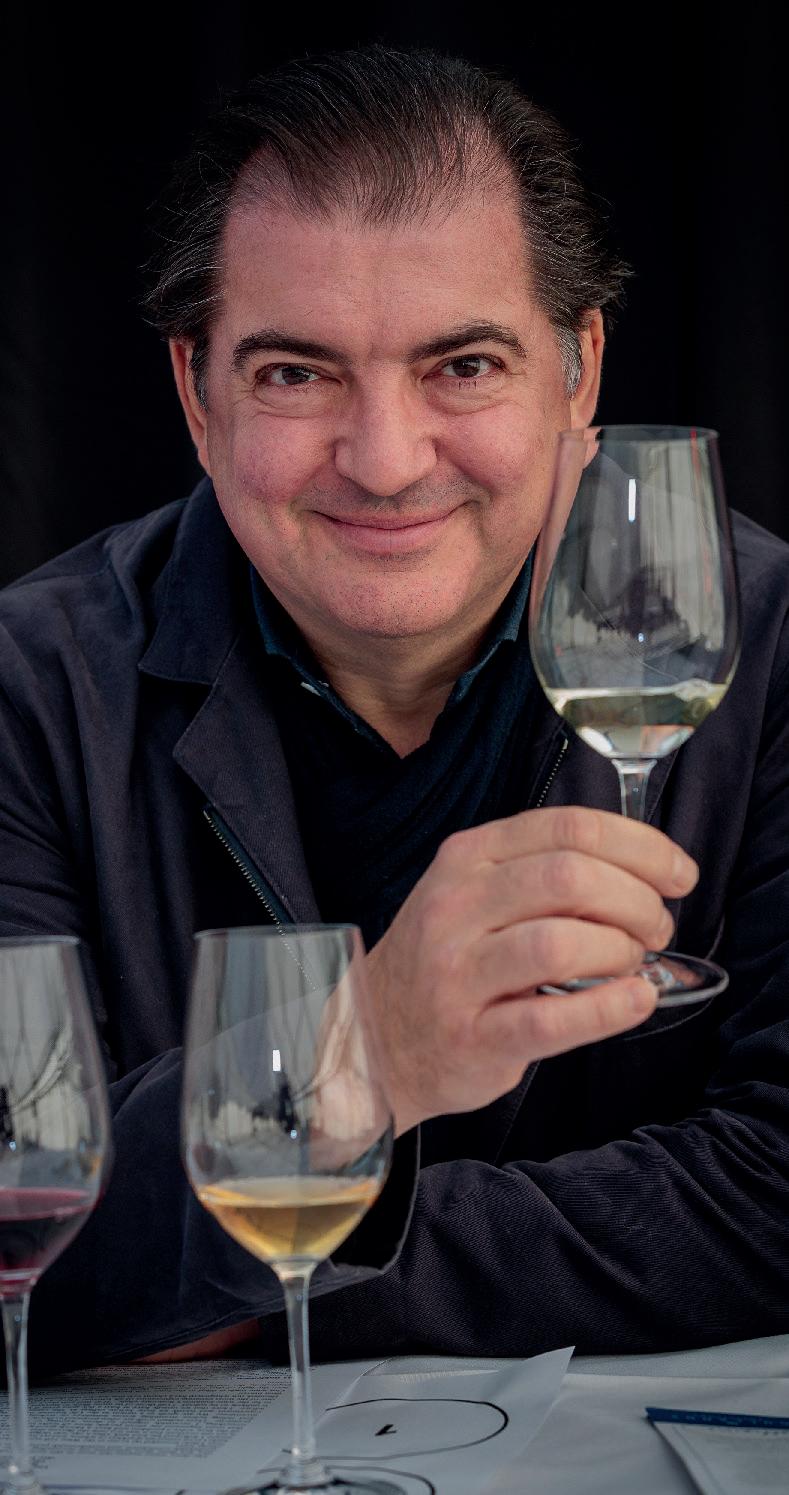

Always a highlight of the Vineyard & Winery Show, world-renowned wine writer and Vineyard columnist Matthew Jukes will be entertaining wine-lovers again this year with his own blend of knowledge, insight and humour.
His structured wine tasting is again based on the six wines featured in his November and December columns in Vineyard magazine, while all 36 of his 2025 recommendations will be available for tasting throughout the day at the wine hub in the John Henry Pavilion.
Matthew’s wine-inspired wit and wisdom will be on display in the seminar marquee, where wine-lovers will gather at 1pm to hear his views, and perhaps give their own, on his chosen six top tipples.
As a taste of what those attending can expect, Matthew has described the NV Flint Vineyard Charmat (White) as “by far and away the most thoughtful and enticing Charmat in the land”, adding: “And before you cock a snook at this style of sparkler, this beauty tramples over a wagonload of trad-method fizz, too, with its perfume, palate and lip-smacking finish”.
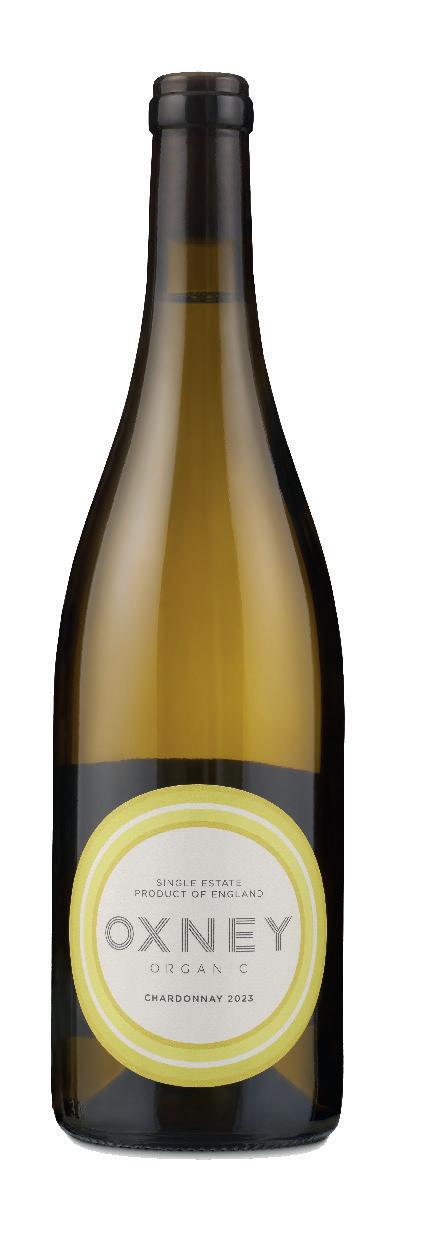
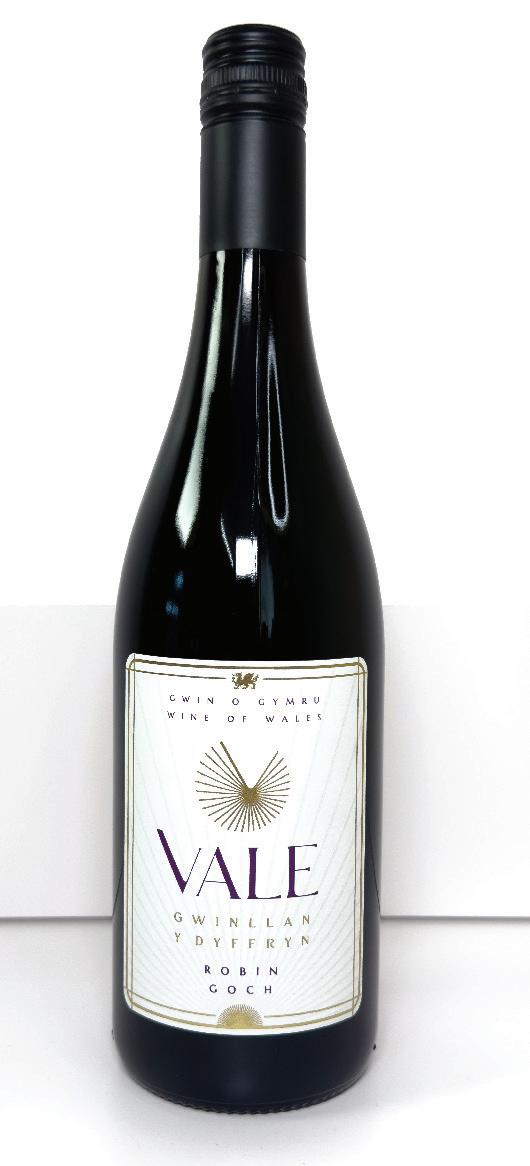

All proceeds raised go to
The second of the November Vineyard wines to go under the maestro’s microscope will be the 2023 Oxney Organic, Chardonnay, which he describes as “scintillating”. He goes on: “Classy, mineral-driven, restrained, layered and quietly insistent, there is a grandeur here that is effortless and unmissable. The balance, freshness and cadence on the palate are unique in our land.”
And as a final taste teaser, the 2023 Robin Goch from Vale Vineyard is described as “a stunning, ripe, and super-fresh red wine, with a glorious melange of black, blue and red fruit notes”.
It was too early as Vineyard went to press to reveal Matthew’s views on the other three wines being tasted – the 2022 Walgate Pinot Blanc, 2023 Rabbit Hole Pinot Noir from Simpsons and Artelium’s 2023 Artefact #9 Cabaret Noir, but he will be certain to have plenty to say about them on the day.
With only 120 places available and tickets priced at £30, this tasting is a brilliant way to discover the quality and range of today’s top UK wines. Book your ticket now by visiting www.vineyardshow.com
SIMPSONS


Technologies Limited Integrated Processing
www.integprotec.co m
Hygienic processing components to protect the quality of your products and reputation of your brand.
40+ years experience in F&B processing.
Flexible hoses, pipework fittings & accessories, tank & barrel cleaning equipment and more.
UK manufactured filters from IPTL, Filtrox and Parker.


FIBRAFIX & FIBRADISC clarification
VERSAFIX & VERSADISC microbial reduction
LIBRASORB TX TCA and TBA removal
LIBRASORB MX removal of Brettanomyces taints
ACTIVASORB removal of chlorine from water
PREPOR filters for clarification & microbial reduction
BEVPOR filters for microbial stabilisation & sterilisation
TETPOR and BIO-X for sterile filtration of gases
Gas treatment to food grade standards
NITROsource nitrogen generators

Vineyard & Winery Show stand M21
TEL. 07534 596185 - MAIL.peter@integprotec.com
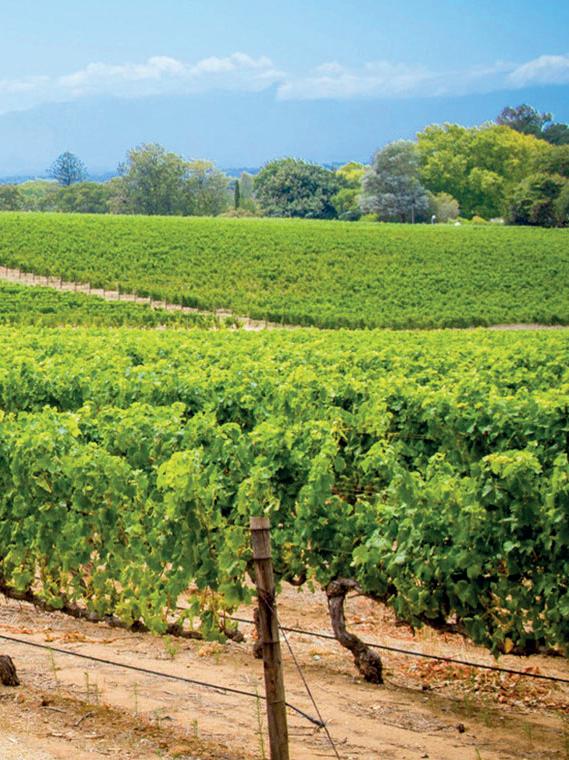

Why choose Integrated Bird Management for agricultural bird control?
We use industry-leading products like the AVIX Autonomic laser bird repellent; a fully automated system that safely and silently keeps birds away from fields and open spaces 24/7. Combined with bird control spikes, bird mesh, and acoustic deterrents, our tools are designed for long-term, lowmaintenance protection.
We are a trusted UK provider of agricultural bird control solutions, helping farmers and landowners prevent bird related damage. All our methods are non-lethal and eco conscious, aligning with UK wildlife protection laws.
The AVIX Autonomic Mark II
Agricultural bird control: key advantages of automated bird lasers for farms and vineyards
Reduce Bird Damage: Bird deterrent lasers can reduce the level of damage caused by foraging birds and increase returns at harvest.
Silent & humane: The laser is only a visual scare; there is no noise or poison, and birds are simply driven away alive.
Long term savings: Preventing contamination and damage cuts cleaning and repair costs, making lasers cost effective over time.
Wide coverage: Each unit protects up to 12 acres, ideal for fields, orchards or large barns

‣ All machinery manufactured in the uk
‣ Machines built to specific requirements to suit, row widths, tractor oil flow and specific ground conditions
‣ Full range of machines, strimmer, mowers, vine trimmers, flail mulchers, direct seed drill, subsoilers, harrows, compost spreaders
‣ Demo units available
‣ Range of hire machinery and attachments available


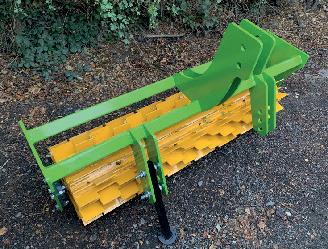
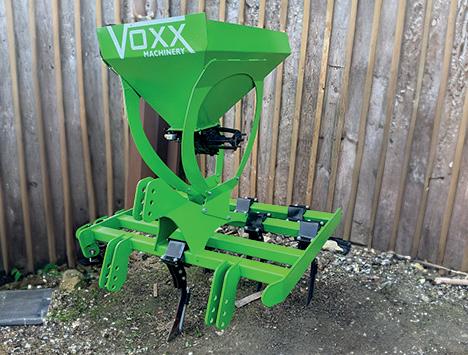
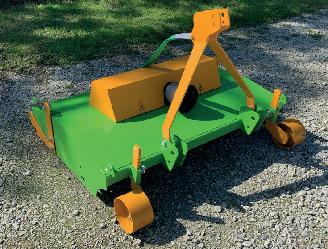
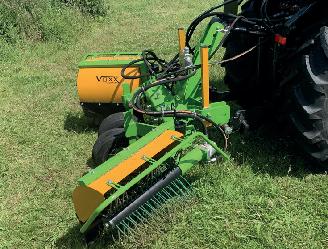
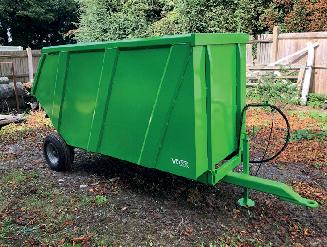


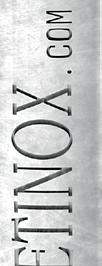
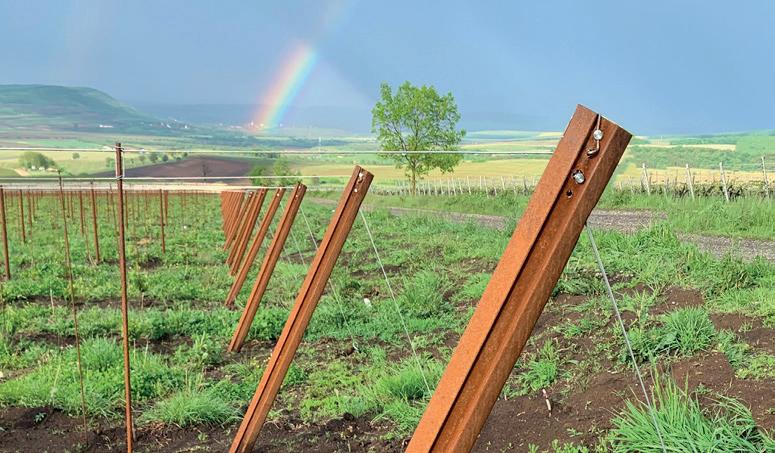
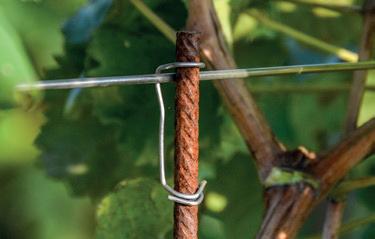
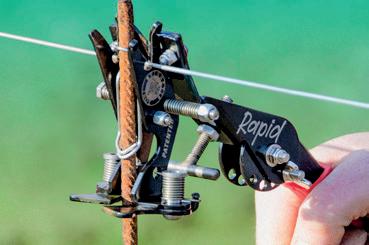
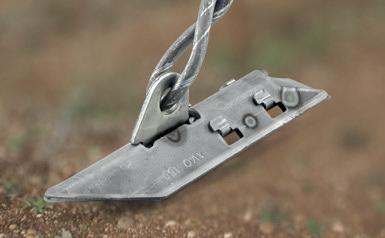

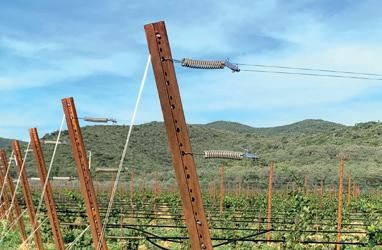
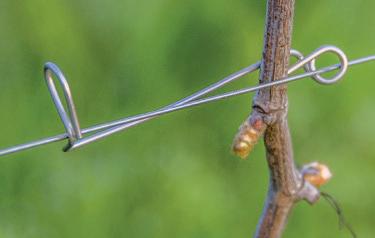
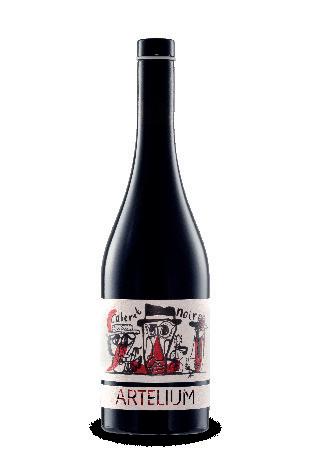
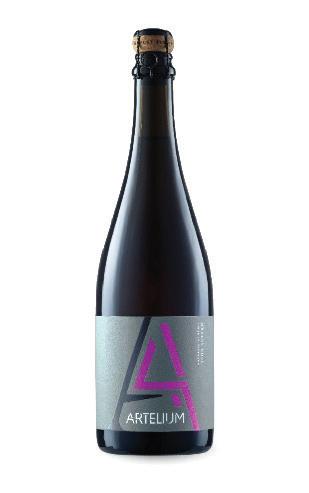
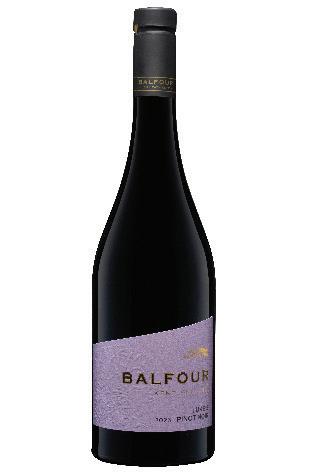


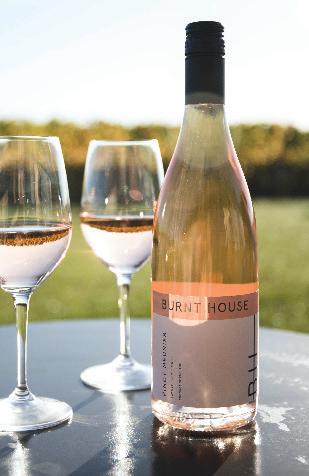


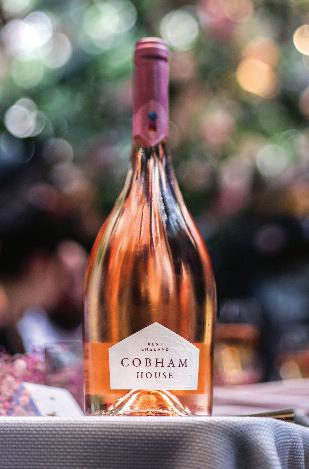


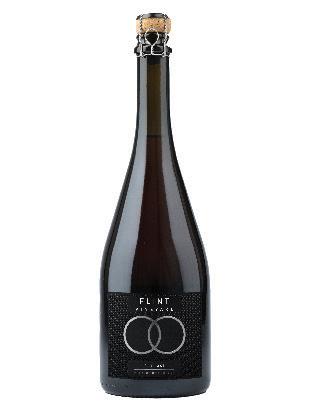
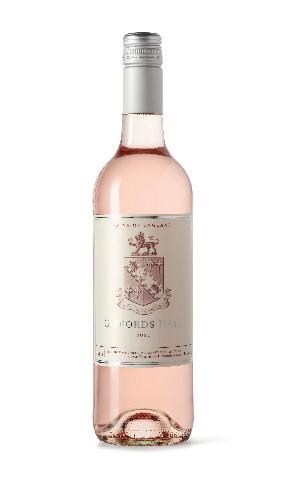

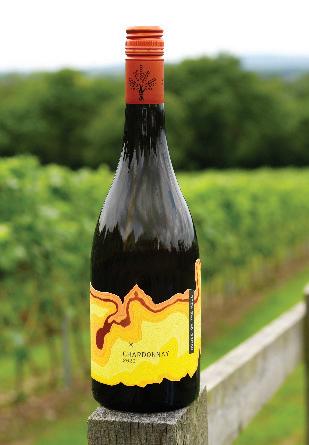

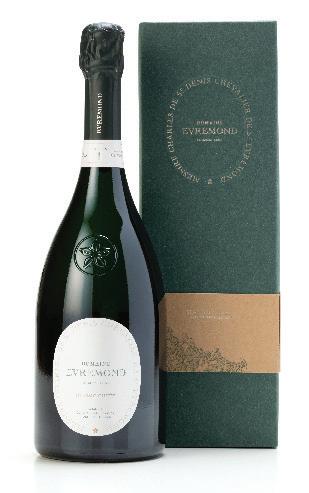


The wines selected are those featured by Vineyard magazine’s wine columnist Matthew Jukes during 2025. All these wines will be available to sample on Matthew Jukes’ wine hub in the John Hendry Hall.
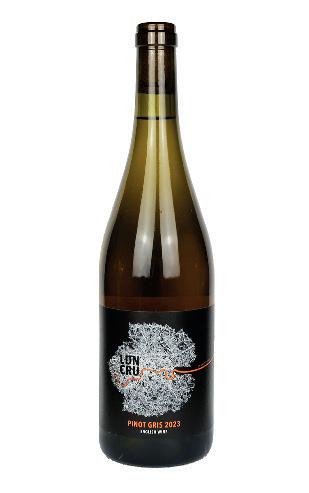
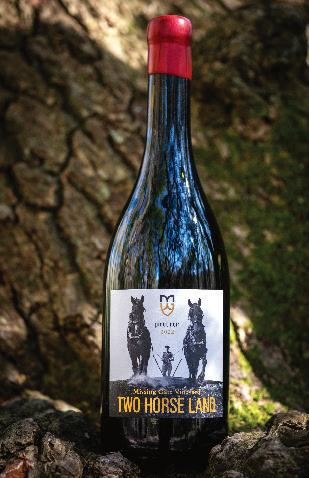

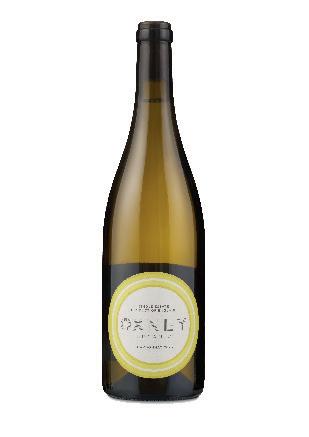
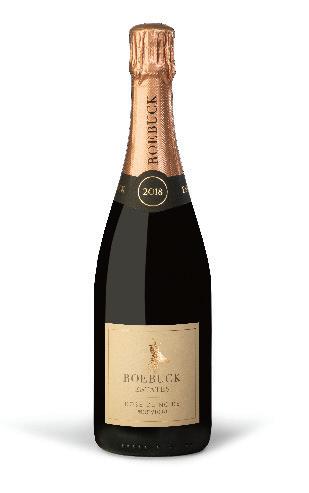

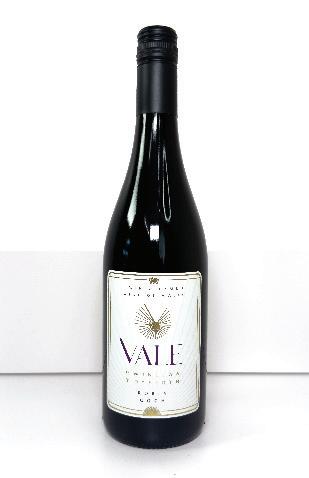


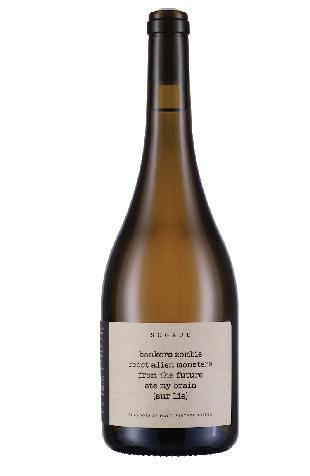

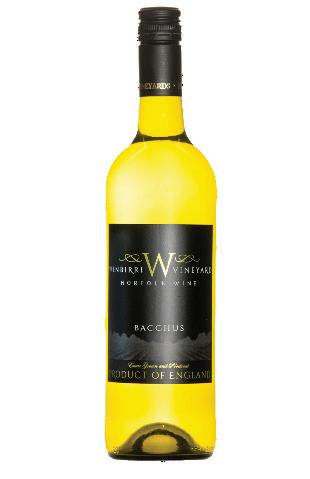
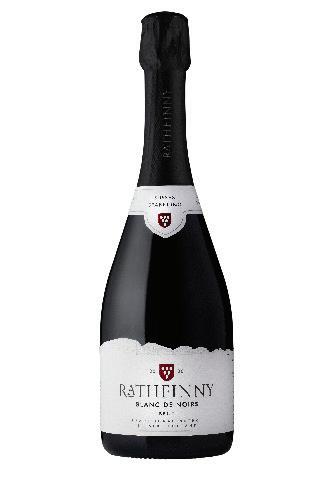






Advanced solutions for dealcoholisation
Dealcoholised and partially dealcoholised wines represent an emerging category with great potential.
Dealcoholisation – whether partial or total – involves removing alcohol from wine while maintaining its original sensory and organoleptic characteristics. This is a technical challenge: ethanol contributes to body, sweetness, structure, and the transport of aromatic compounds. Its removal, therefore, must be handled with great precision to avoid compromising the wine’s balance and identity.
VASONGROUP offers advanced solutions for the dealcoholisation process, combining JUCLAS technologies with the specific biotechnologies developed by Enologica Vason. This integrated approach optimises the process and ensures high-quality results. It relies on a suite of gentle, low-impact solutions designed to minimise the effects of dealcoholisation on wine quality, with the aim of preserving the product’s distinctive features while reducing undesirable changes caused by ethanol removal.
JUCLAS
membrane dealcoholisation technology: MASTERMIND® REMOVE
MASTERMIND® REMOVE is a patented system developed by JUCLAS, enabling the selective removal of alcohol from wine while preserving its original organoleptic characteristics. At the core of the process is a hydrophobic contactor membrane, which allows for the controlled transfer of ethanol without subjecting the product to mechanical or thermal stress.
How it works
With MASTERMIND® REMOVE, it is possible to reduce the alcohol content in a wine without affecting its original colour, structure, and aromatic profile, following a patented process (nr. 0001387862). It is a gentle approach to wine, carried out at ambient pressure and temperature, through direct passage on membrane contractors, where there is a hydrophobic interface that enables the passage of alcohol in gaseous form towards the extracting section.
MASTERMIND® REMOVE ensures hourly ethanol flow rates that depend on the processing temperature, the quantity of extraction solvent (water), and the surface area of the membrane used.
Key operating features
◆ Gentle conditions: the entire process takes place at ambient temperature and pressure, without thermal stress or high-pressure conditions.
◆ Protected environment: the module design prevents contact with oxygen, thereby avoiding any oxidation of the wine.
◆ Modularity: the desired alcohol reduction can be precisely adjusted by controlling contact time and treated volume.
Advantages for the winery
◆ Full preservation of the wine’s colour, aroma, and colloidal structure.
◆ Precise control of alcohol level – from minor percentage adjustments to full dealcoholisation (<0.5%).
◆ Natural and safe approach: uses water as the extractive solvent, with no chemical additives involved.
◆ Compact and intuitive design, easy to integrate in-line or as a dedicated treatment unit.
◆ Scalable modular systems, suitable for production volumes ranging from a few hundred bottles per year to over one million.
◆ Low energy consumption compared with alternative technologies.

Don’t miss out on alcohol-free wine surge
With dealcoholised wine set to account for around 10% of global wine sales in the near future, vineyards can’t afford to ignore this potential growth area.
That’s the clear message from Hochschule Geisenheim University scientist Matthias Schmitt, who will be leading a ground-breaking technical masterclass on the subject at this year’s Vineyard & Winery Show.
Matthias, a researcher at the university’s department of oenology and wine technology, will be outlining the latest progress in work to find ways of making low and no-alcohol wines that retain the same characteristics and sensory impacts as ‘the real thing’.
He told Vineyard magazine that much of the wine-drinking experience came from the ethanol that was removed in the dealcoholisation process and “changed a lot of the wine’s parameters”, including fulness, sweetness, acidity, astringency and ‘mouth feel’.
His research, which he will share during his presentation on The Dealcoholisation of Sparkling Wine at 3.30pm in the seminar marquee, focuses on ways of “buffering these deficiencies caused by
the lack of ethanol and using stylistic devices to improve the drinking experience”.
The masterclass, which is limited to 120, pre-booked, ticket holders, will highlight a range of techniques, from early harvesting to the addition of CO2 and sweetening with rectified grape must.
The session will include a tutored tasting of dealcoholised wines that have been treated in various ways to improve their palatability and will offer a detailed insight into one of the largest growing areas of the wine industry, given by a sought-after speaker who has delivered similar presentations at a number of other sparkling wine conferences.
It will be chaired by another expert in this field, Dr Belinda Kemp, NIAB's head of research and oenology and vice-president of the microbiology expert group in the International Organisation of Vine and Wine.
She pointed out that given the growth in low or no-alcohol wine consumption – which at 10% would roughly equate to the amount of Rosé wine sold worldwide – vineyards in the UK would be missing out if they didn’t look into the possibilities.
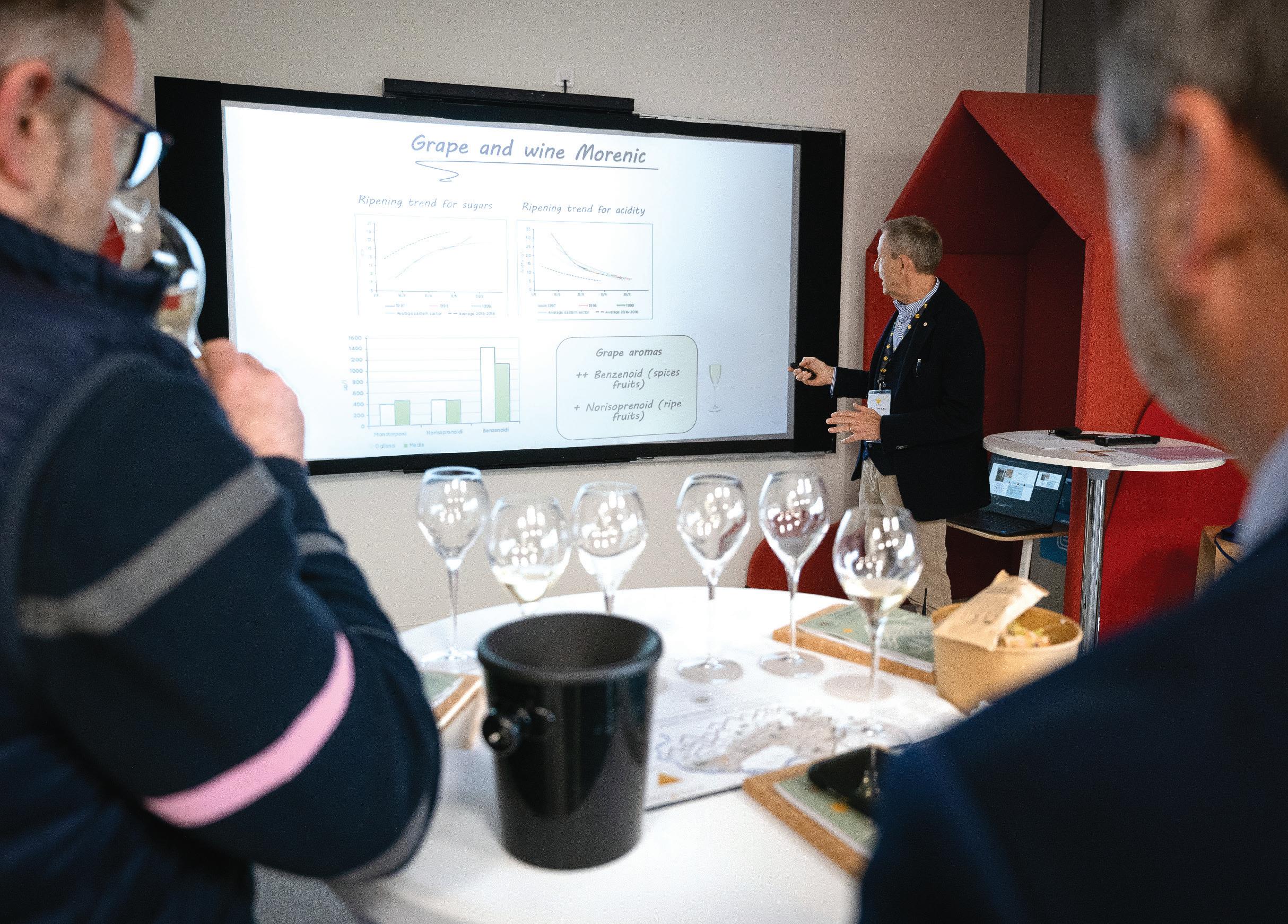
New knowledge and equipment to the UK
WR Services Kent Ltd offers full winery set ups alongside equipment maintenance, servicing, new and used equipment sales and repairs.
The company works proudly alongside European partners Oeno Concept, which supplies gyro pallet systems, Les Pressoirs Coquard, TDD, MDC, TR Equipments, Cazaux and, new for 2025, RCork.
Alongside Maxime Poisot, from Les Pressoirs Coquard, and other partners from across Europe, the WR Services Kent team is looking forward to seeing customers old and new at the Vineyard & Winery Show 2025 and will be displaying what managing director Wayne Russell believes is “some of the best equipment on the market”.
Wayne went on: “This has been another busy year for WR Services. We work for some of the largest wine producers in the UK, but no job is too small. We pride ourselves on bringing new knowledge and
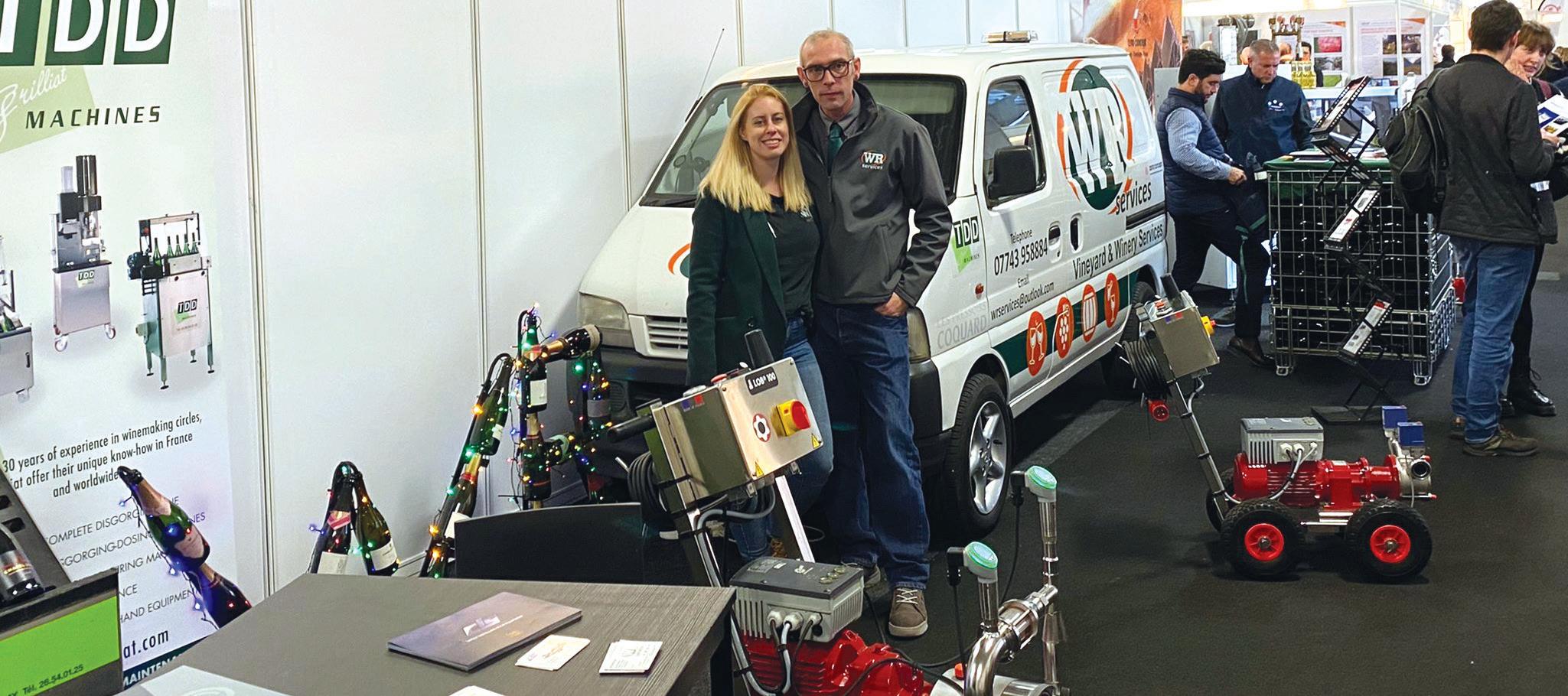
equipment to the UK.
“In 2025, we undertook more training, working alongside the engineers and design teams in Champagne. Like previous years, we worked in the factories and champagne houses alongside the engineers who design, build, and maintain these machines to the highest standard.
This brings new knowledge and expertise to the UK.
“Our family run business is continuing to expand as we support vineyards and wine producers across the UK. From sales and installation to maintenance and repairsfrom grape to glass we’ve got it covered.”
www.wrservices.biz
Mechanical weeding and organic farming
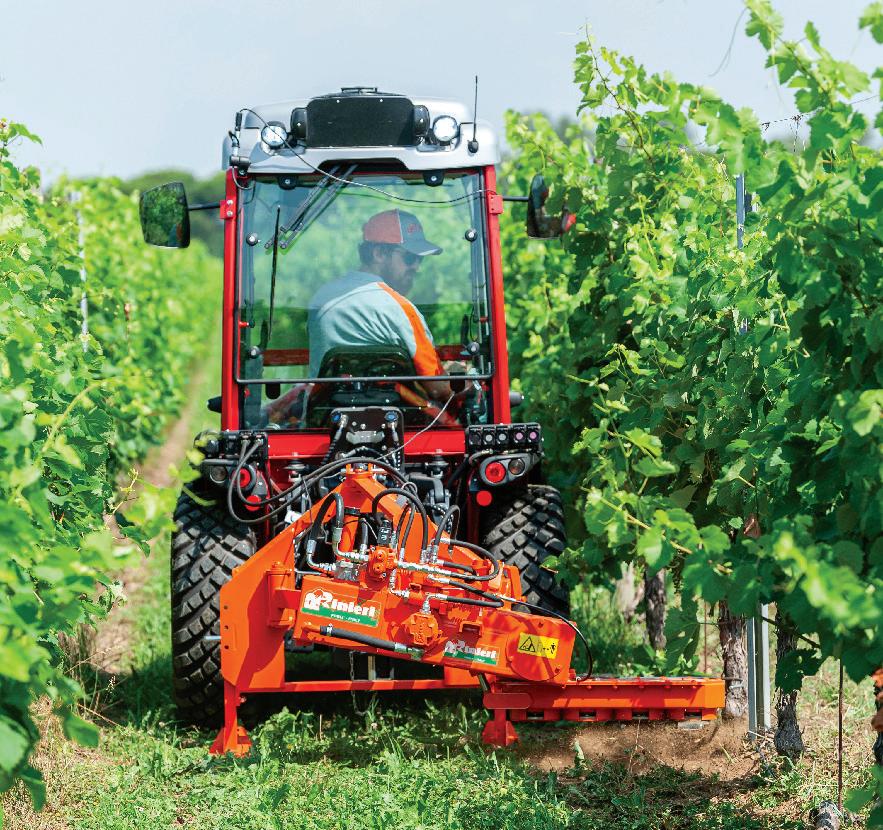

Lamberhurst Engineering Kent will be showcasing a range of vineyard and orchard equipment manufactured by Rinieri Srl, a fourth-generation, family owned company founded in 1920 by Olinto Rinieri in the hills of Romagna, Italy.
The business began as a blacksmiths’ workshop and quickly showed an innovative spirit, filing its first patent in 1922. After World War 2, it expanded under the leadership of Olinto’s son Ambrogio and his wife Augusta, moving production to Forlì to meet growing agricultural demand.
In the 1970s, the third generation joined, and during the agricultural crisis of the 1980s, Rinieri diversified into industrial shelving and subcontracted metalwork. The launch of its

first website in the 1990s opened the door to international markets, especially in the vineyard and orchard sectors.
From 2000 onwards, the fourth generation continued to grow the business with a strong focus on quality and innovation and two decades later the company expanded its facilities with new production and office space.
Rinieri offers a wide range of equipment, with a strong focus on mechanical weeding and organic farming. As a leader in inter-row machinery, the company combines over 100 years of experience with a commitment to providing high-quality, reliable solutions to farmers in over 60 countries.





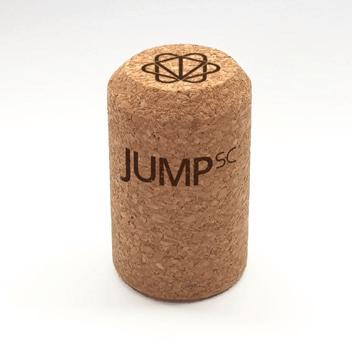

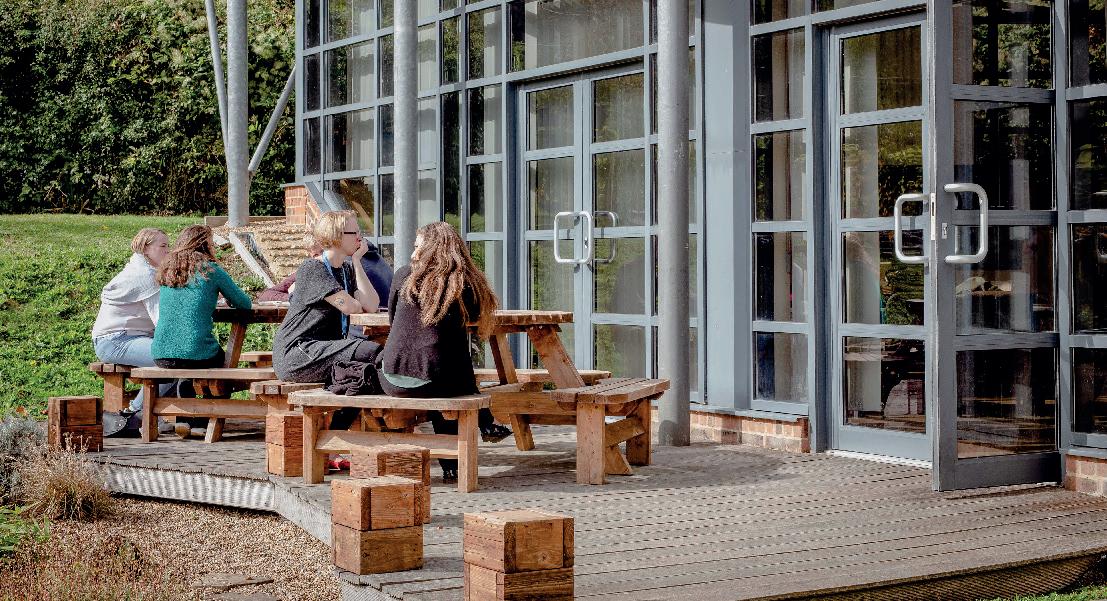


Rural businesses should plan now for Inheritance Tax changes
In October 2024’s budget, significant changes to inheritance tax (IHT) were announced. From April 2026, agricultural property relief (APR) and business property relief (BPR), which can apply to certain qualifying business assets, land and buildings, will only give full relief on the first £1m of value.
Despite strong lobbying from the rural sector, the Government made no change or softening in the 2025 spring statement, meaning those impacted have less than a year to plan for the change.
The impact will be substantial, with many farms and estates potentially being presented with increased or unexpected IHT liabilities. For those impacted, the immediate thought process may be to sell land or borrow funds to pay the IHT bill. There are, though, other considerations beyond this as a means of mitigating the impact:
◆ A back-to-basics understanding of the business structure and land ownership to provide an awareness of where tax reliefs may apply
◆ A review of partnership agreement and wills to ensure there is an appropriate passing on of assets upon death and that allowances are maximised
◆ Lifetime gifting rather than on death
◆ Similarly, strategic gifting, such as gifting core parts of a farm
◆ Using the joint interest in land valuation rules effectively
◆ Using trusts to support tax efficiency. Local, trusted business advisors Azets can help rural businesses navigate these changes by assessing their current tax position and providing tailored strategies to mitigate potential costs. Azets advises rural businesses to plan now for the potential monetary impact. With careful

The experts at Azets are on hand to help rural businesses that are set to be impacted by IHT changes. If you have concerns about how to navigate the situation or are facing other challenges that you need support on, contact Katie Hodson:
katie.hodson@azets.co.uk
estate and succession planning, Azets can ensure that family run farms, vineyards and rural businesses remain financially secure for future generations.
Improve efficiency and precision in vineyard management
Crawfords Group is looking forward to attending this year’s Vineyard & Winery Show, where they will be showcasing a comprehensive range of vineyard machinery and technology designed to improve efficiency and precision in vineyard management.
On display will be a selection of Pellenc equipment, including the Pellenc pre-pruner with Multiviti head, Multiviti chassis, hydraulic leaf trimmer – Multiviti head, and the Soft Touch leaf remover –Multiviti head. Visitors will also have the opportunity to purchase Pellenc hand tools on the day, with exclusive show day discounts available and stock ready to take away on the day.
Alongside the Pellenc range, Crawfords Group will also be exhibiting vineyard tractors from Massey Ferguson and Fendt, both renowned for their reliability, power and precision in vineyard environments. Completing the display will be the ID David Bio S-4, an innovative extendable in-row weeder frame that allows simultaneous maintenance of cover crops and precision weeding inside the plant row.
Whether you’re looking to enhance your vineyard’s productivity, explore sustainable cultivation solutions or simply see the latest in viticulture technology, the Crawfords team will be on hand throughout the show to offer expert advice and discuss tailored solutions for your business.
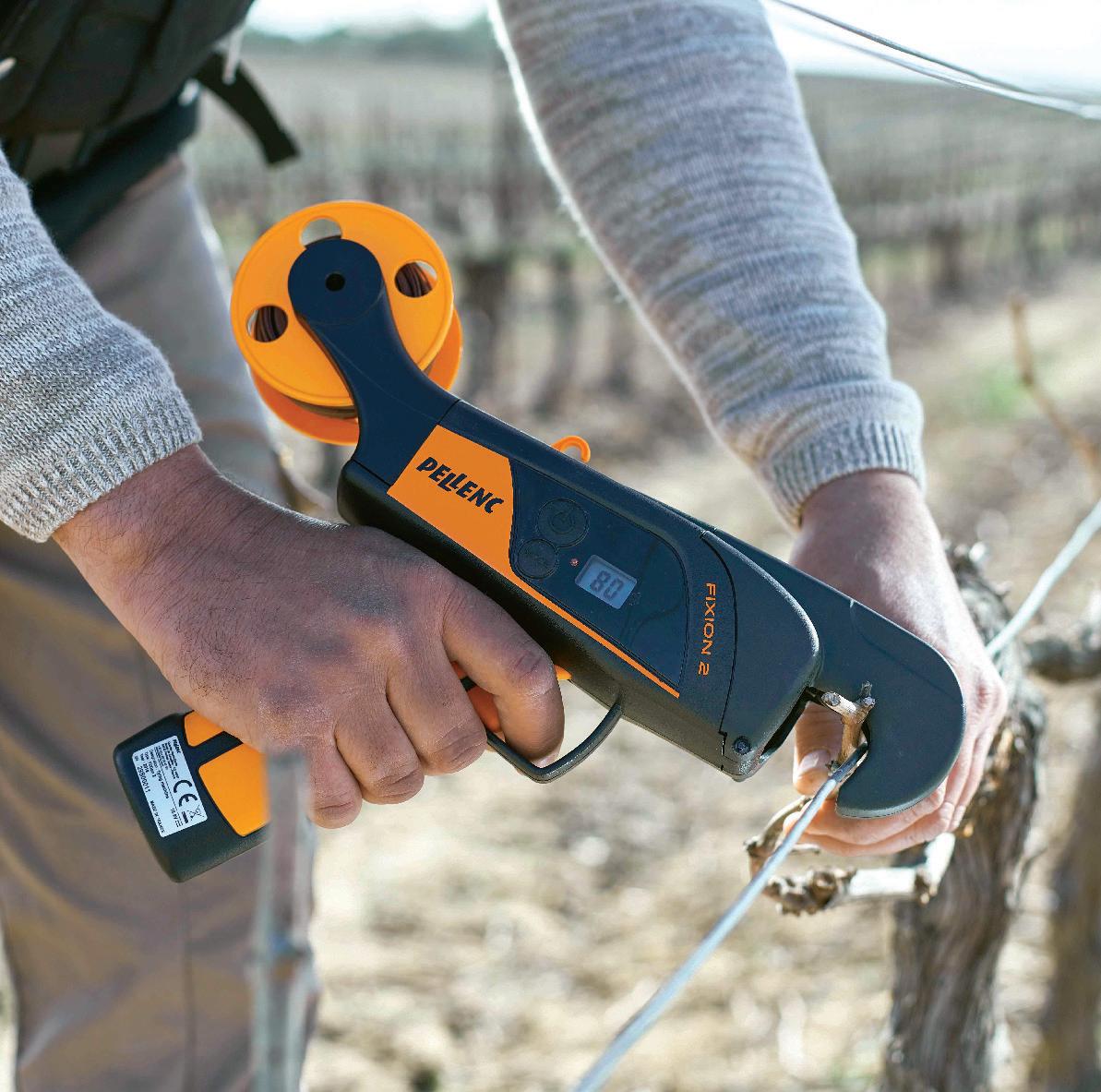
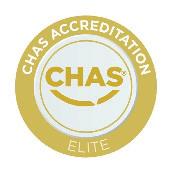
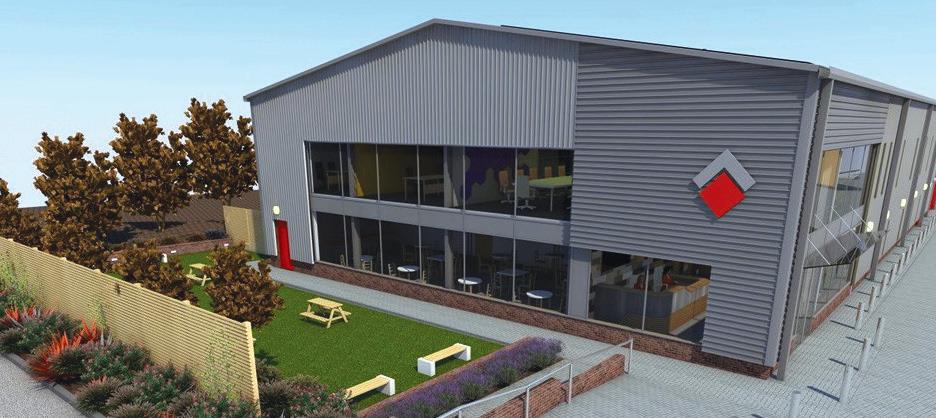
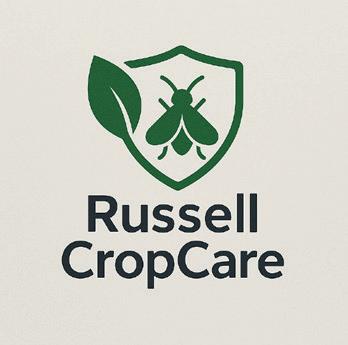
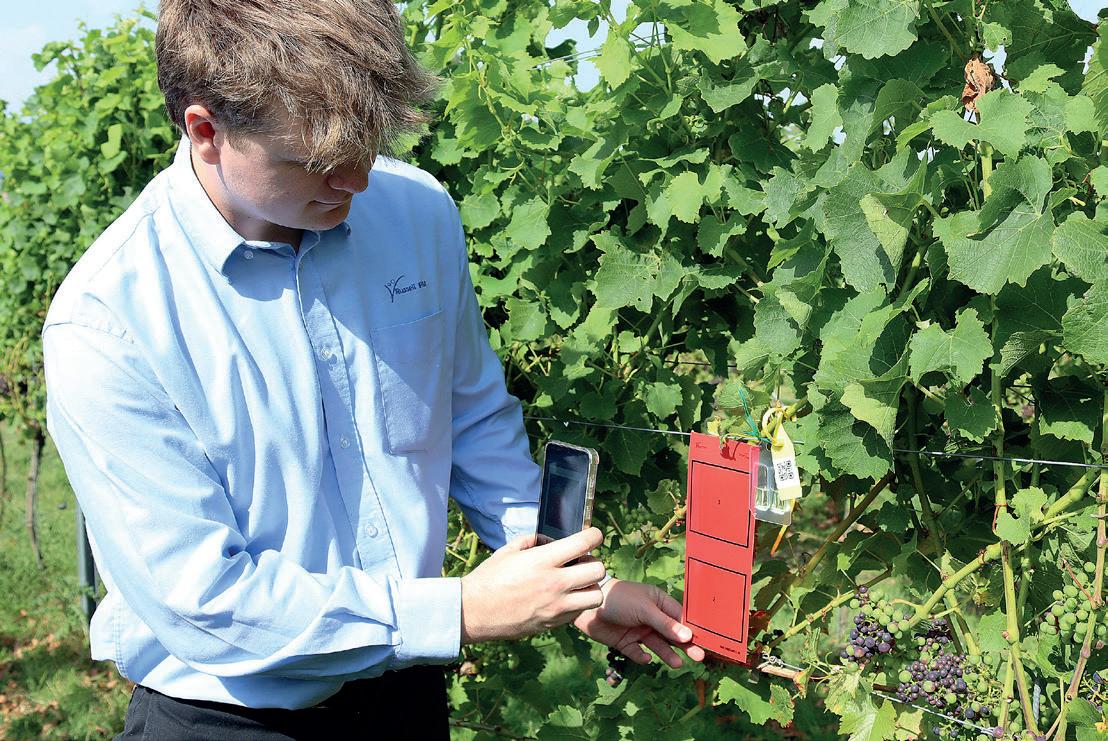




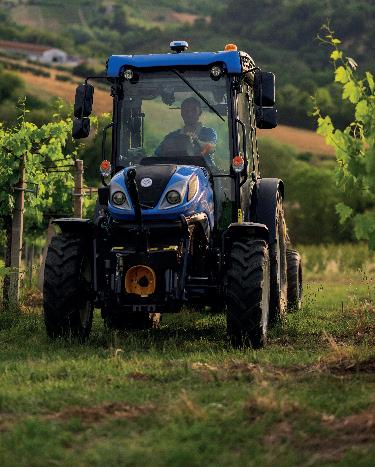
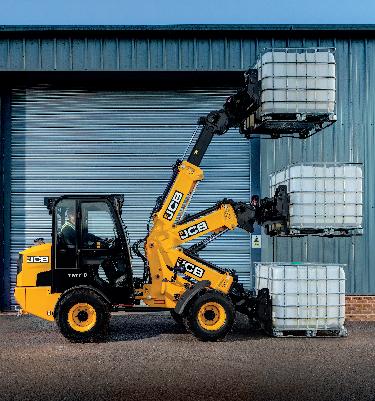
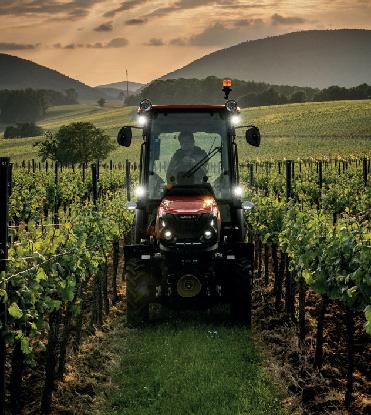


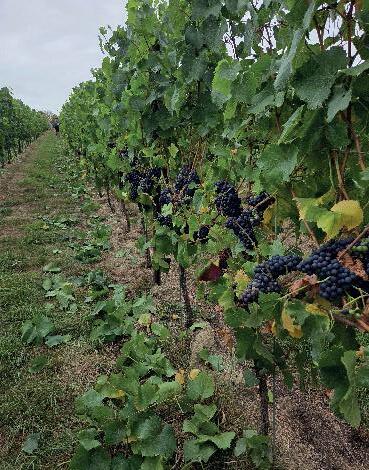
Based in the UK and serving the South East, South West, Essex, and Norfolk, VitiForce delivers expert vineyard management and consultancy with over 10 years of hands-on experience in cool climate viticulture.
Founded by Blago, we offer reliable, on-site services tailored to your vineyard’s unique needs – from establishment to harvest. OUR SPECIALIST SERVICES INCLUDE: Full vineyard management (planting to harvest)


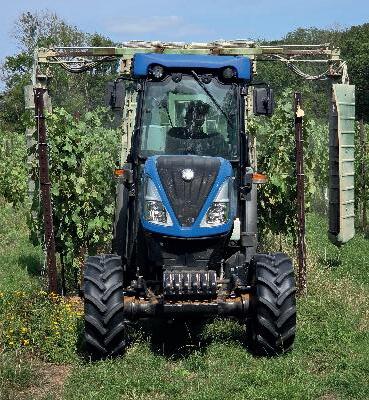


Third-generation viticulturist
Blago Dishkov, founder of VitiForce, is a third-generation viticulturist from Bulgaria whose family’s history with vineyards spans decades. Blago’s grandfather was the village’s first winemaker, while his father revived vine growing after the fall of communism. From the age of 10, Blago worked beside him, restoring old vineyards and producing homemade wine. “That experience sparked my lifelong passion for viticulture,” he explained.
At 18, Blago studied Viticulture at the Agricultural University of Plovdiv. In 2016, he moved to the UK to gain cool-climate experience through an apprenticeship at Plumpton College and an internship at Geisenheim University, where he focused on grapevine diseases. He then managed vineyards in West Sussex, including Kinsbrook, where he continues to oversee operations.

VitiForce was born from this journey. Based in the UK, the company provides expert vineyard management and consultancy across the South East, South West, Essex and Norfolk. With over a decade of hands-on experience, Blago offers practical knowledge and reliable services, from vineyard establishment to harvest. Services include:
◆ Full vineyard management (planting to harvest)
◆ Pruning (tying down, pulling canes)
◆ Canopy management and replanting
◆ Tractor operations: mulching, mowing, vine trimming, leaf stripping
◆ Machine bud rubbing and rollhacking
◆ Targeted spraying (weed control, fungicides)
◆ Grape transportation.
Email Blago at vitiforce@outlook.com or call 07577 807750.

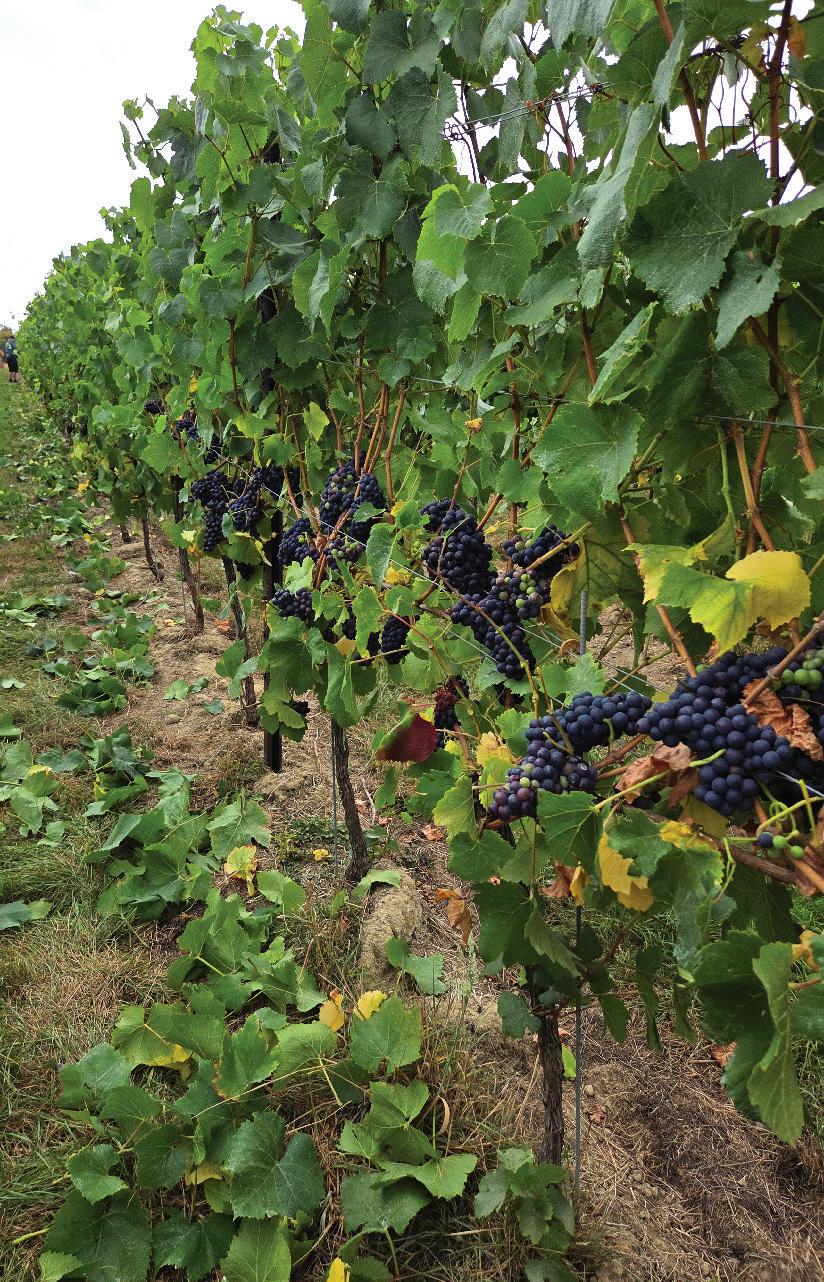
Leading international search company
The Carling Partnership Ltd (CPL) is the leading international search company working exclusively within the wine, brewing, distilling, cider and soft drinks industries.
The drinks industry is a growing market internationally, and CPL recognises the demand for professional and talented individuals to help clients meet their goals in a competitive marketplace. Providing a first-class recruitment service for a wide network of clients, from global and international wine companies to small producers, CPL sources and recruits talent for the future, specialising in middle to executive level.
In order to meet the highest standards required by employers in the wine sector, CPL has the right experience and extensive
network of contacts necessary to optimise the search process for both candidates and companies. CPL’s clients enjoy the advantages of working with a sector-specialist search company, while talented and ambitious applicants are helped to secure the best opportunities to meet their career plans.
As a small company, CPL is proud of the professional and dedicated service it offers in a competitive market. Julie Carling and Shaun Parry-Jones look forward to meeting you at the Vineyard & Wineery Show on stand M55.
Call The Carling Partnership Limited on 01483 893 100, visit www.carlingpartnership.com or email enquiries@carlingpartnership.com
Sustainability, innovation and technology
Agrii is delighted to be returning to the Vineyard & Winery Show 2025 and is looking forward to meeting customers old and new on stand M59.
As the UK’s leading provider of agronomy and farm support services, Agrii works closely with farmers and growers across England, Wales, Scotland and Northern Ireland. With more than 300 arable, BASISqualified consultants and a team of 14 fruit agronomists, Agrii is here to share practical, independent advice backed by years of research and on-farm experience.
Agrii is also looking ahead to the future of UK fruit production. The company’s focus is on sustainability, innovation and technology, supporting growers in meeting both environmental goals and market expectations.
Through a dedicated research and development programme, Agrii is exploring
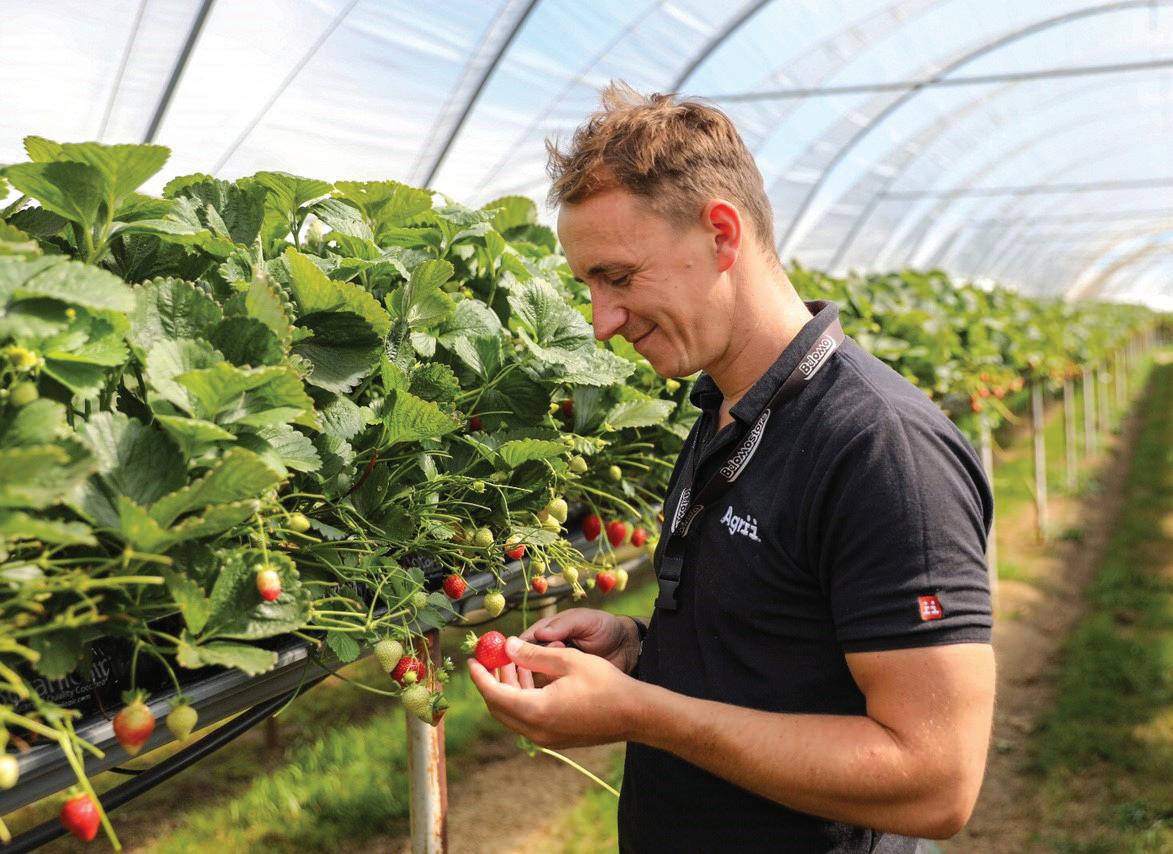
Agrii’s horticultural agronomists bring generations of expertise, offering personalised guidance alongside a coordination team committed to excellent customer service. With depots located across the UK, the team is able to provide fast, reliable distribution wherever it’s needed.
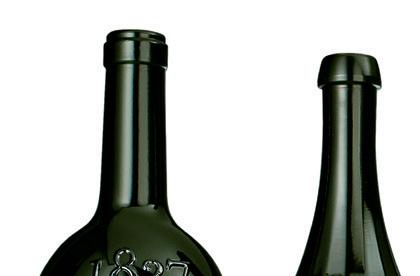


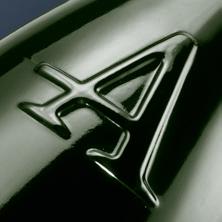
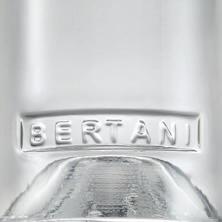
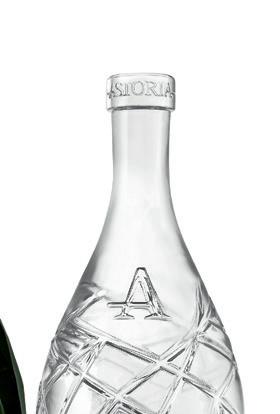






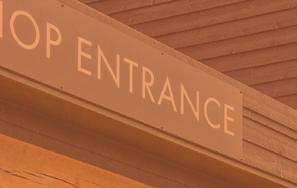
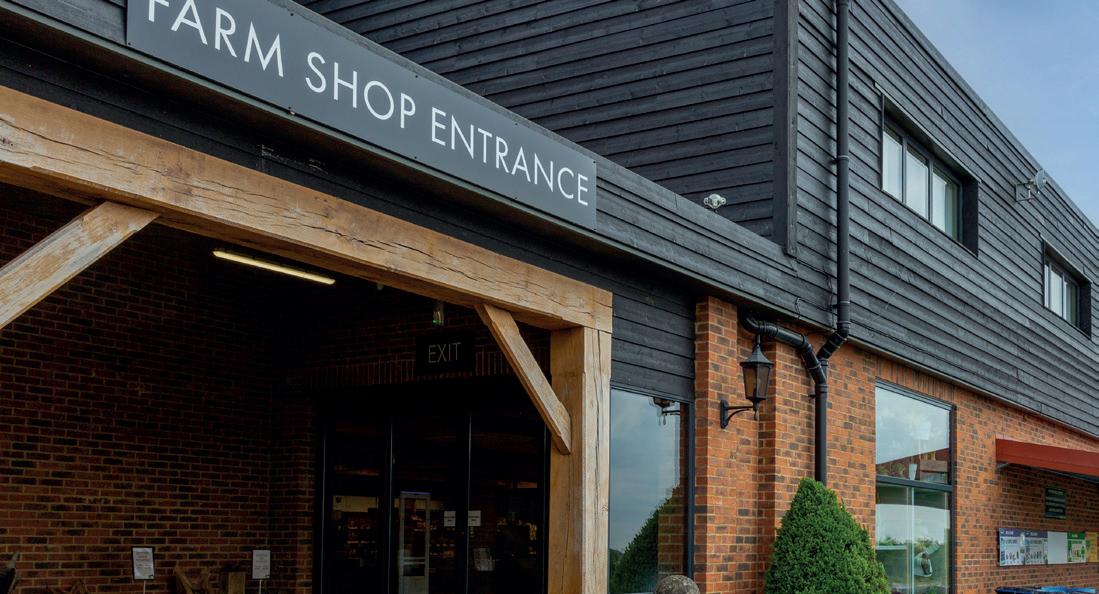






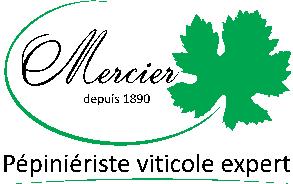
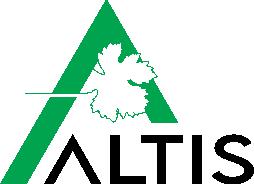


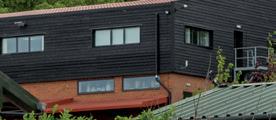




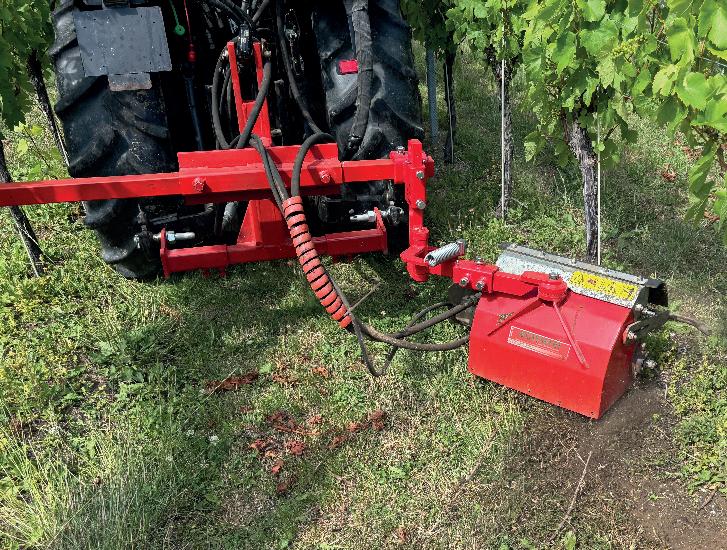
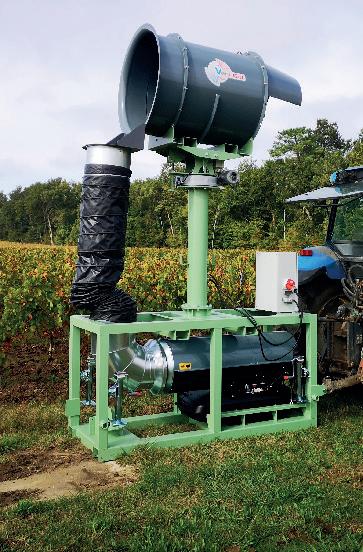
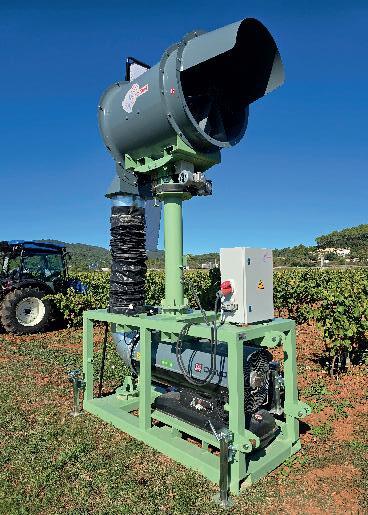
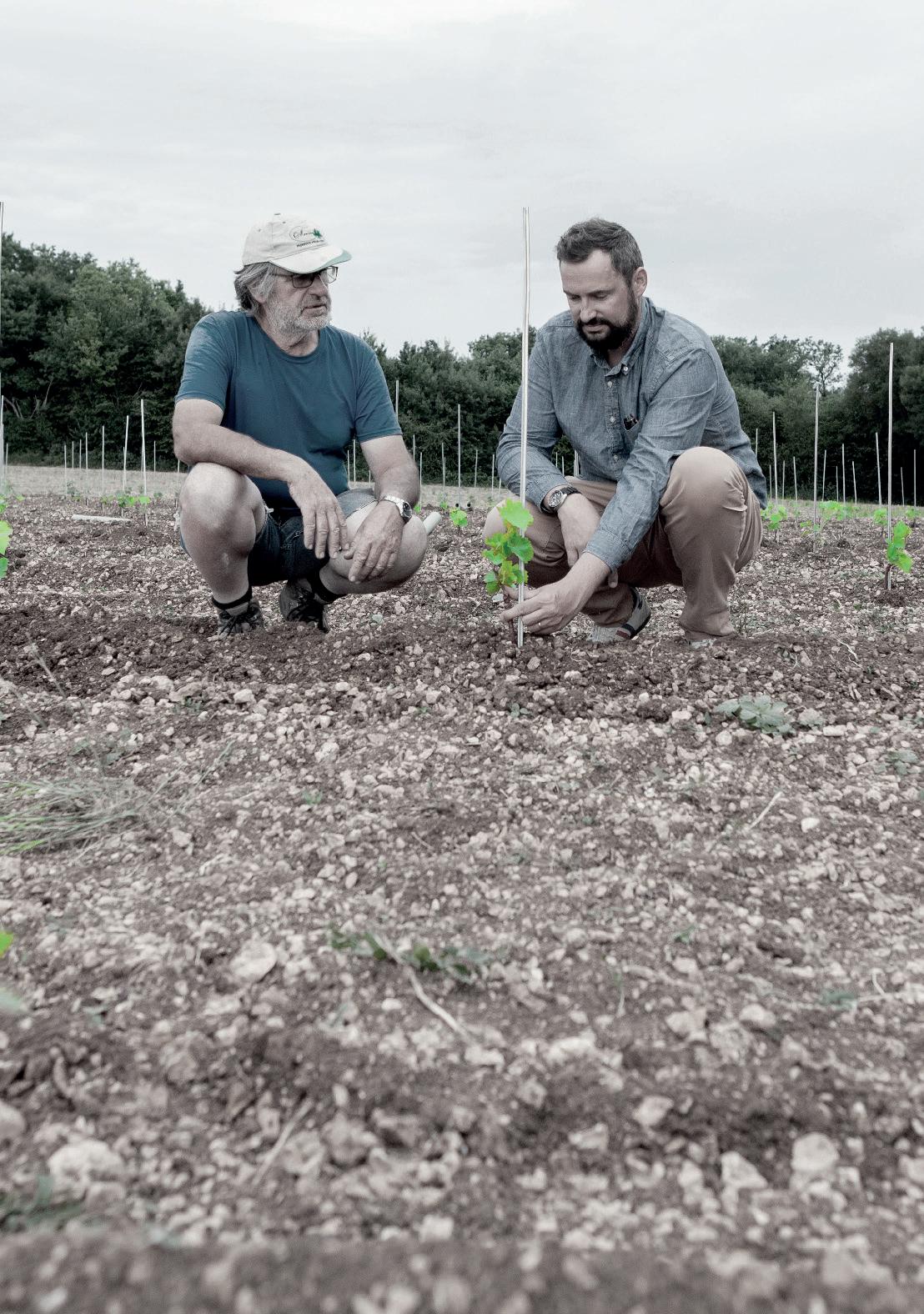
Our signature range, Altis®, sets new standards in physiological and sanitary quality, ensuring strong, uniform, and disease-free plants for lasting vineyard performance.
With one of the widest varietal portfolios in the industry, we offer solutions tailored to your terroir and challenges.
Backed by rigorous testing (106,000 tests per year!) and expert technical support from planning to planting, Mercier combines tradition and innovation to grow excellence.
www.pepinieres-mercier.com
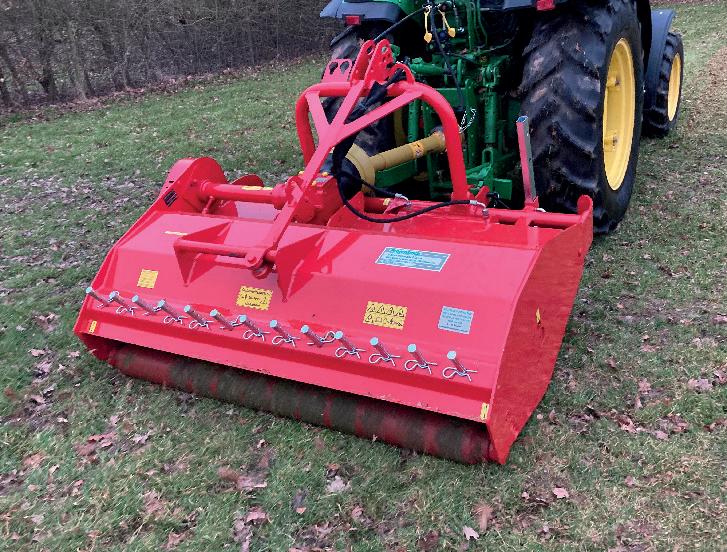
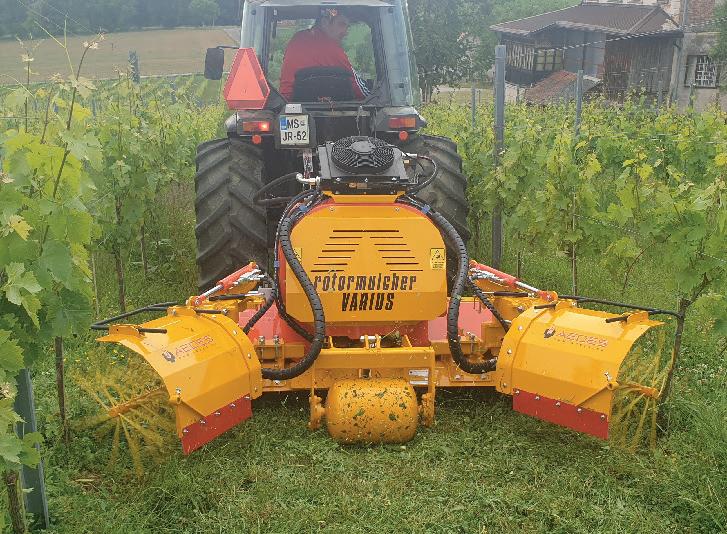
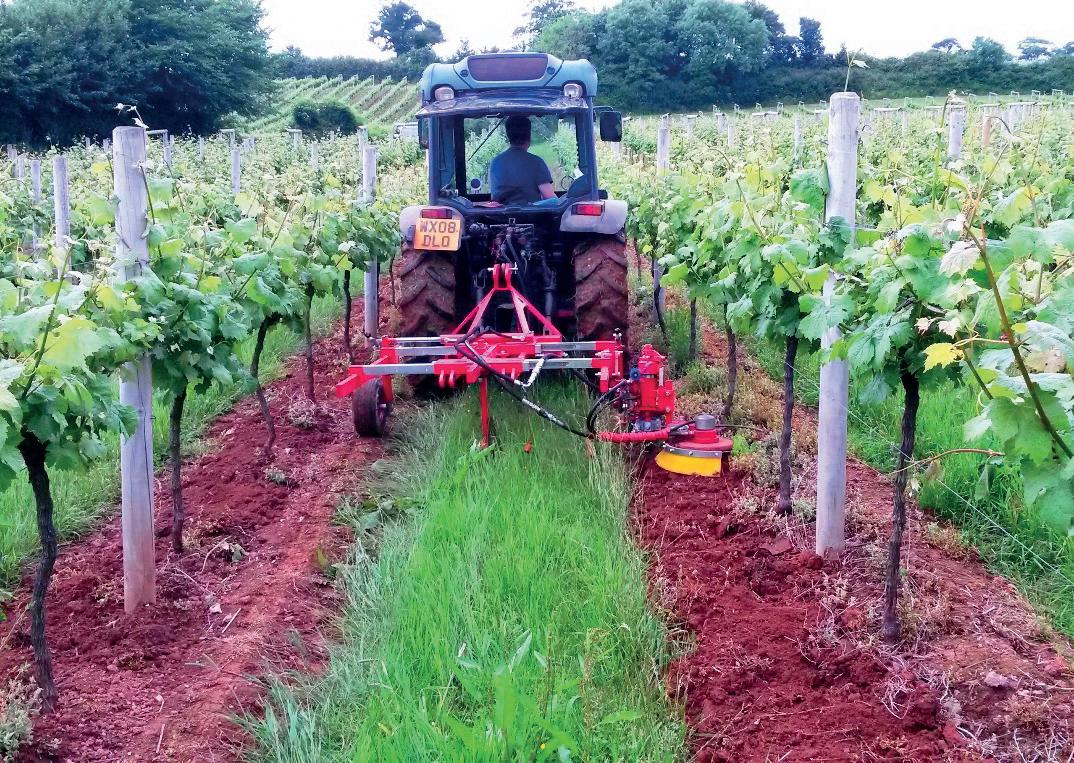

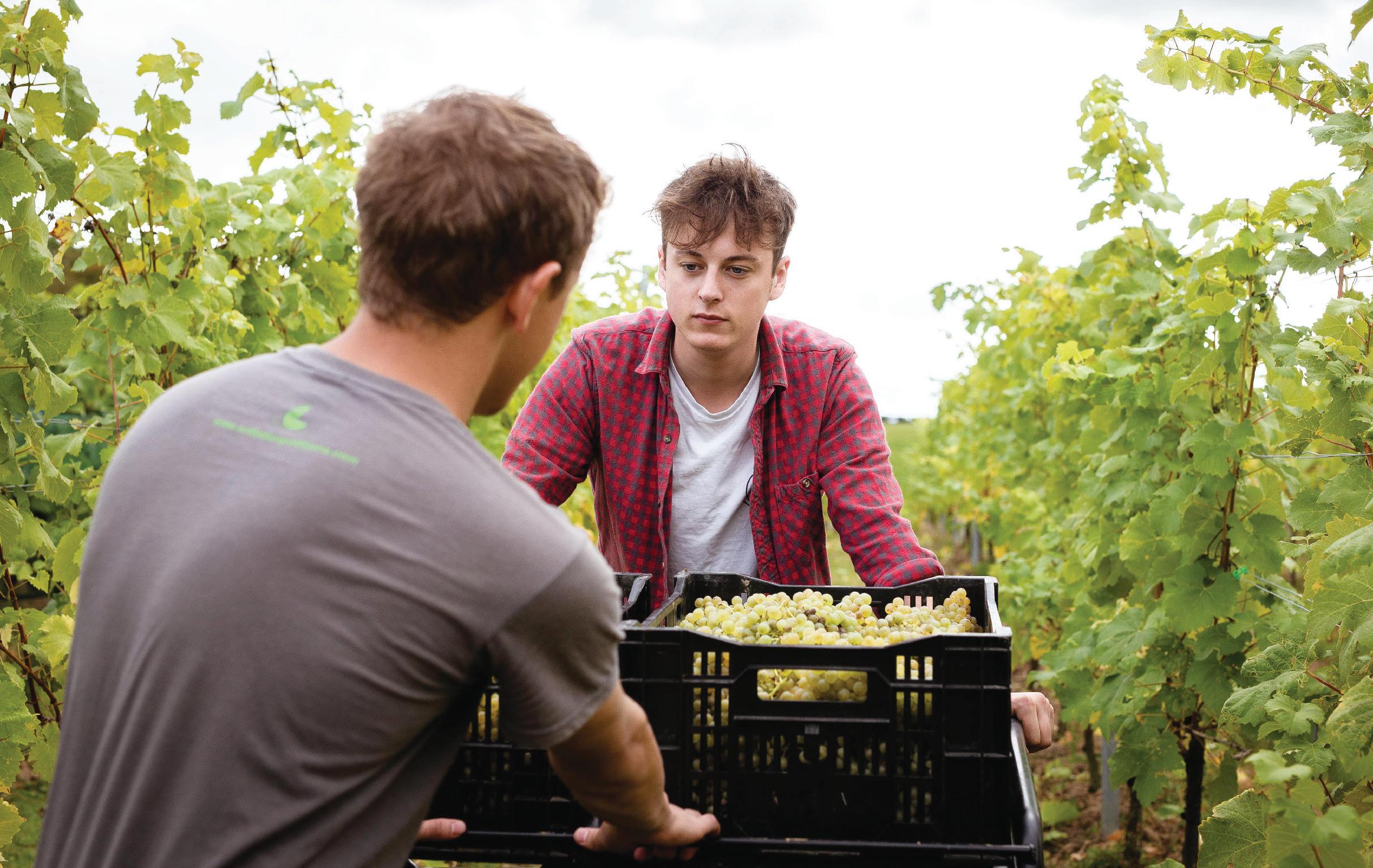
The home of wine education in the UK
Plumpton College is offering skills bootcamps for those new to the UK wine industry or looking to gain skills for new opportunities in the sector. Part of the Government’s Lifetime Skills Guarantee and Plan for Jobs, these courses are supported by East and West Sussex County Councils and open to residents and employees of businesses in these areas.
Courses are fully funded for those not currently working. Employed participants pay a 10% contribution if their business has 249 or fewer staff, and 30% for businesses
with more than 250 employees. Bootcamps are curated from the college’s part-time wine and industry essentials courses to equip participants for entry-level roles. They feature:
◆ Vineyard bootcamp: Introduction to the UK wine industry, principles of vinegrowing and mandatory spray qualifications.
◆ Winery bootcamp: Introduction to wine chemistry, principles of winemaking and counterbalance forklift driving.
◆ Cellar door bootcamp: Introduction to the UK wine industry, WSET® Level 2 award
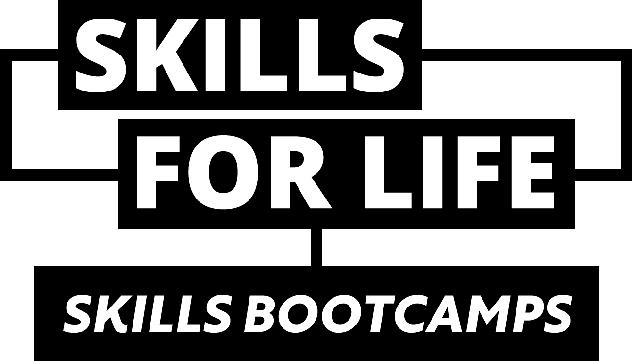
in wines, introduction to cellar door sales and identifying and managing wine faults. All bootcamps include essential health and safety training, ensuring participants are job-ready for vineyards, wineries and cellar door roles.
Glass maker with a difference
Vetreria Etrusca is a glass maker with a difference, more than 100 years old but with a thoroughly up-to-date outlook, using the latest technology to create containers from a material mankind has been using for millennia. Along with a comprehensive catalogue of beautiful designs, Vetreria Etrusca offers bespoke and personalised bottles and has the flexibility to make small minimum quantities while also being big enough to be able to grow production to meet the customers’ needs.
Vetreria Etrusca’s three glass colours display the company’s heritage from the famous Tuscan Fiasco which appears in medieval
frescos in churches in Florence. The company offers its traditional half white colour, through sparkling clear extra white flint to its signature antique green VerdEtrusco, which features at least 80% recycled glass.
As a family business, Vetreria Etrusca is concerned for the future of the planet and acts upon this with huge investments in sustainability and the environment at the factory, backed up by certification to prove commitment. Whether you are looking for a bottle for traditional method, sparkling or still wine or you want to make a statement with your own bottle, Vetreria Etrusca can find the right one for you.
Hand-made wine amphorae
Federico Manetti creates entirely hand-made wine amphorae manufactured in Tuscany, where they have been made at the Manetti Gusmano & Figli family furnace since 1780.
The wine amphorae are made completely by hand following the rules of an ancient technique called ‘based work’.
Features include:
◆ The correct microporosity, which enables the wine to breathe correctly
◆ No lining, just natural terracotta
◆ Suitability for fermentation and for ageing on for both white and red wines, allowing just a gentle micro-oxidation to interact with the wine
◆ Antioxidant and antibacterial action and a high thermal insulation capacity.
Typical qualities:
◆ Great purity
◆ Enhanced minerality of the wine
◆ More mid-palate and complexity
◆ Retained fruitfulness
◆ Crispness with lots of energy and tension but always with elegance as a main character.
Representative Gavin Patterson looks forward to sharing information on, and discussing the attributes of, these excellent, ancient vessels made carefully with modern winemaking understanding.

Attain optimum yields and quality
Agrovista UK is a provider of agronomy advice, management advice, precision services and inputs to farmers and growers across the whole of the UK.
Agrovista supports growers of vines, tree fruits, and soft fruits with in-depth industry knowledge, helping them attain optimum yields and quality. For some time now Agrovista UK has championed integrated farm management (IPM) and is considered a leader in this area, with the UK’s only LEAF-accredited fruit agronomist as its technical lead.
Agrovista can provide as much, or as little, input as growers require, from site selection, variety choice, planting guidance and canopy
management to pest and disease monitoring and control, soil and tissue analysis, nutritional advice and pre-harvest assessment.
The company’s rural consultancy colleagues can help growers navigate the new world of the sustainable farming incentive (SFI), outlining all the support that is available to farmers across the UK.
Agrovista Weather Stations offer growers the chance to plan for, and monitor, weather events, and include pest and disease prediction models to support growers’ crop protection decisions.
Whether you are growing a conventional, organic or biodynamic crop, we would be happy to discuss what services our team is able to offer.
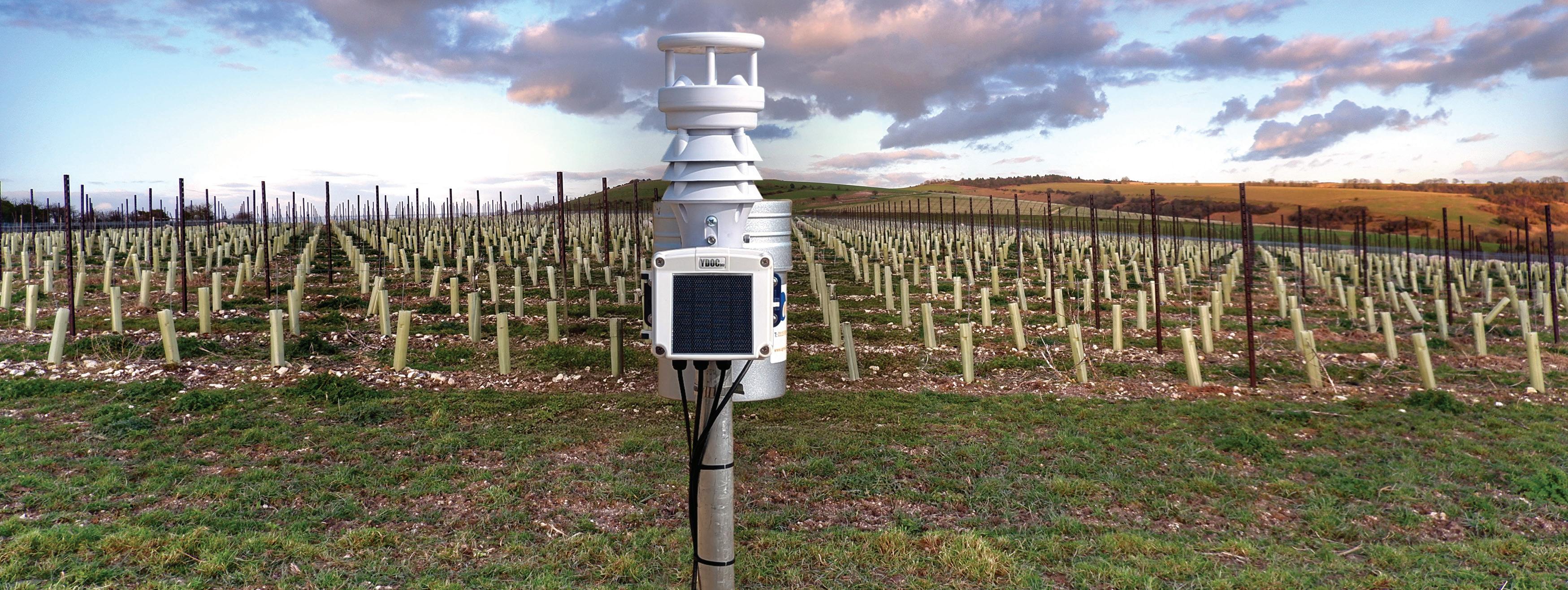
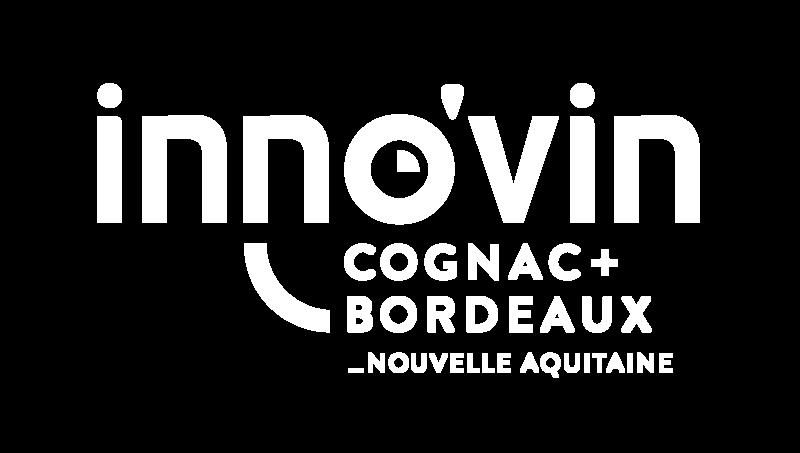

INNO’VIN, the French vine and wine innovation cluster, presents 4 experts showcasing game-changing technologies from the vineyard to the celler.
INNO’VIN, the French vine and wine innovation cluster, presents 4 experts showcasing game-changing technologies from the vineyard to the celler.
Global solutions, powered by French innovation.
Meet us at the - Stand J5 - John Hendry Pavillon.

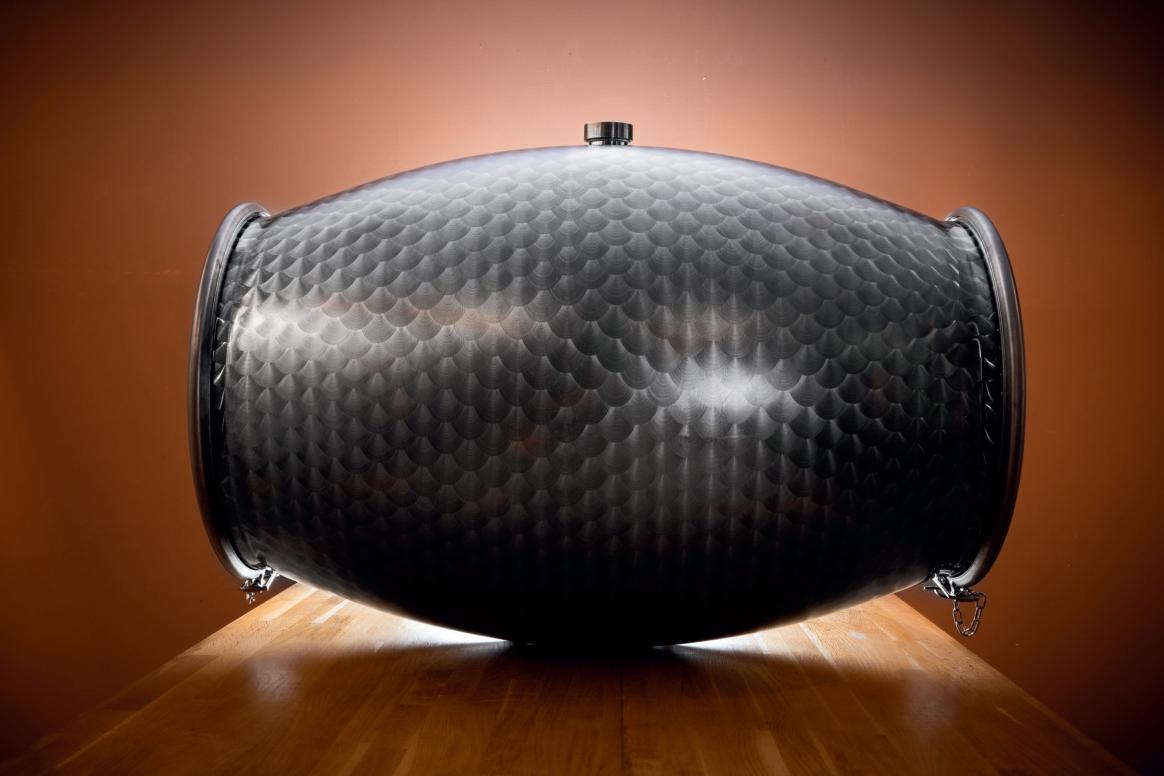
Global solutions, powered by French innovation.
Innovative stainless-steel barrels Gentle undervine care systems

Innovative stainless-steel barrels Gentle undervine care systems



complexity. Ideal for parcel selections, they combine durability, low water use, aesthetics and ease for winemakers.
S.Delafont Barrels designs innovative stainless-steel barrels that enhance wines, reveal terroir, and add complexity. Ideal for parcel selections, they combine durability, low water use, aesthetics and ease for winemakers.
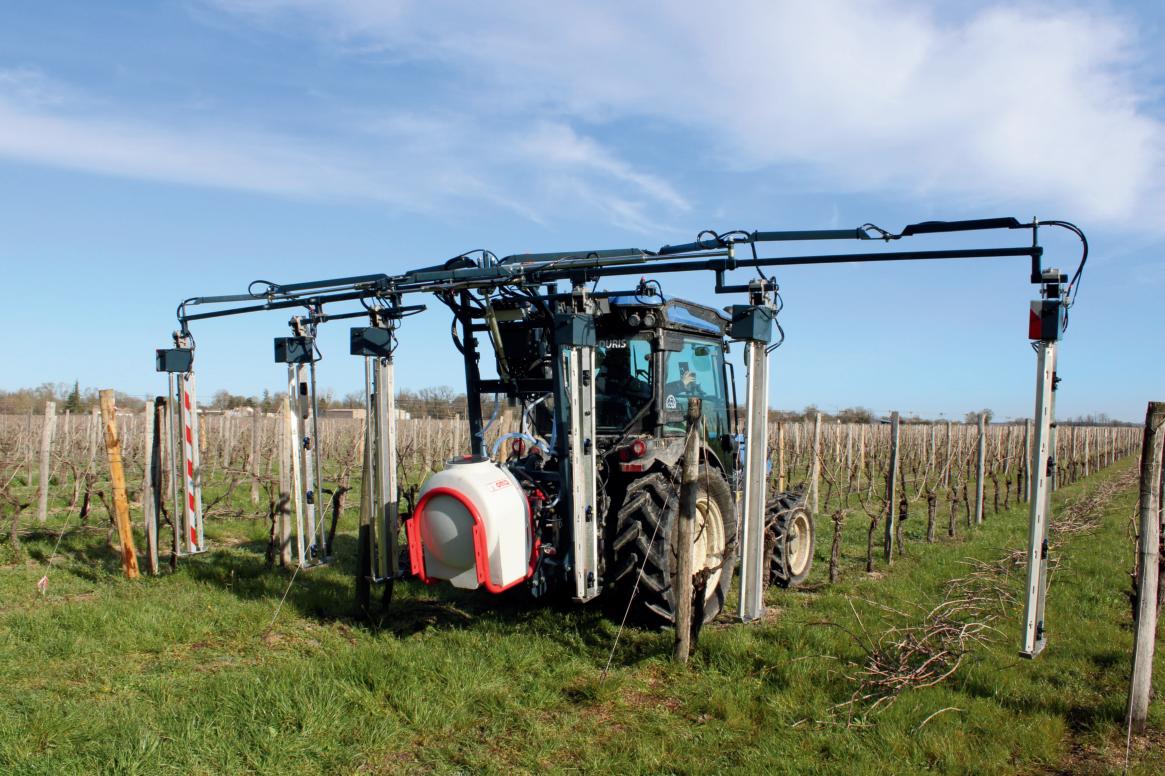

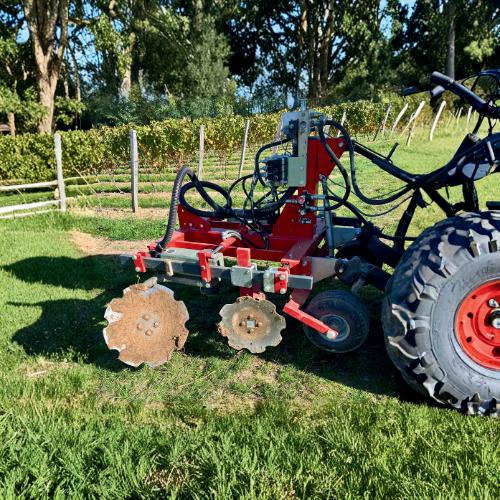
Since 1990, Belhomme designs smart, gentle vineyard tools powered by a unique low-power hydraulic system. Reliable, chemical-free undervine care, for tractors, straddles, crawlers, and robots.

Since 1990, Belhomme designs smart, gentle vineyard tools powered by a unique low-power hydraulic system. Reliable, chemical-free undervine
Innovations for winemakers Eco-friendly & adaptable spraying



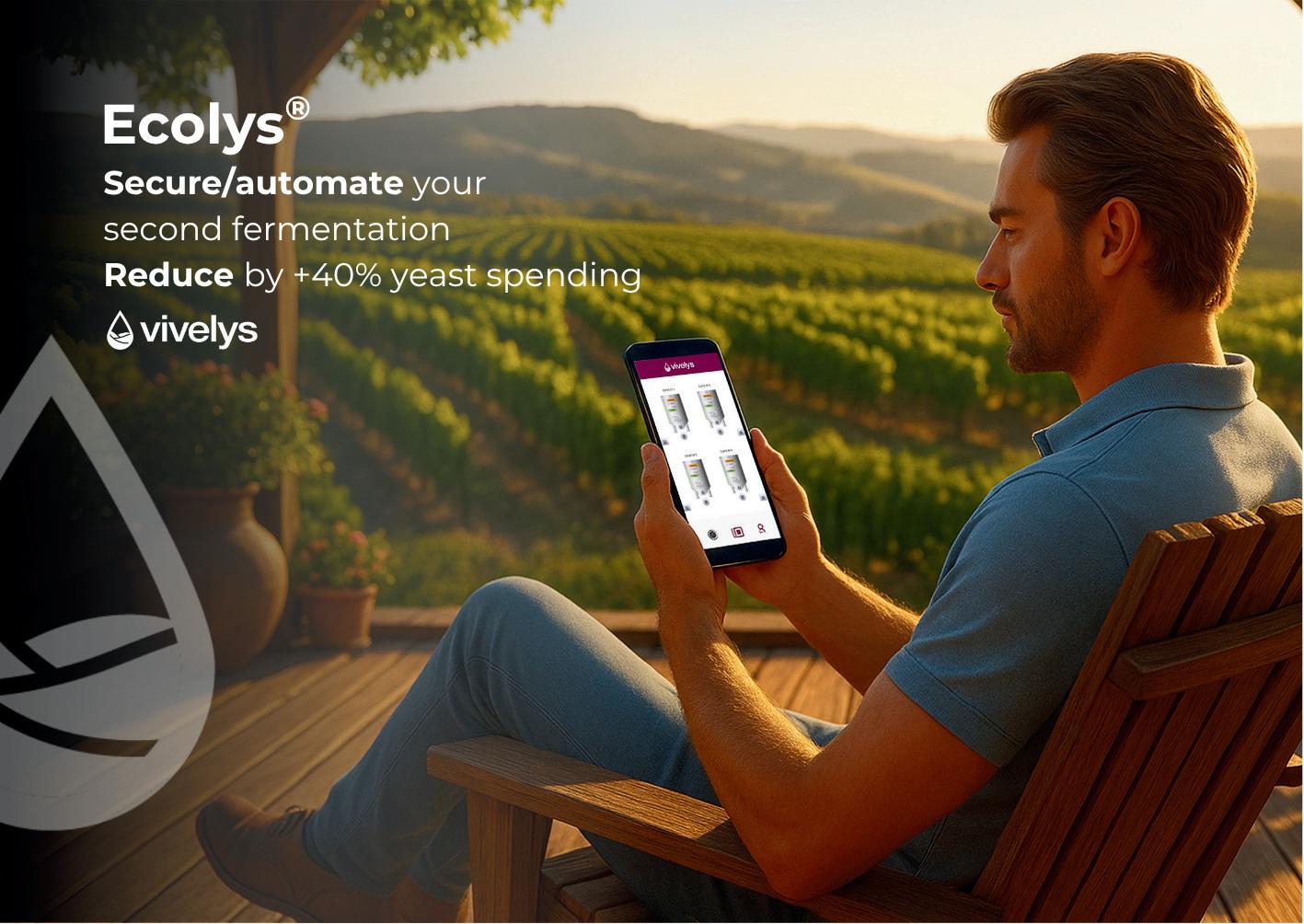

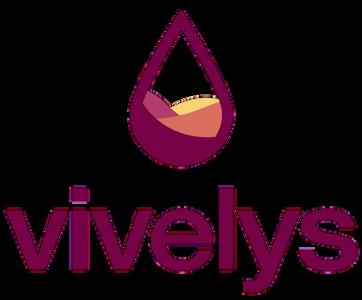

equipment. The Wulp® boom, compatible with all sprayers, cuts drift up to 90% with its oscillating jet system and pairs with the Méluv® mobile phytosanitary tank. costs.
Vivelys helps wine and non-alcoholic beverage producers craft unique aromas, using oenology expertise, precise equipment, and digital tools to enhance products while optimizing production and costs.










Sustainable calcium control for sparkling wines
Future winemaking challenges require a sustainable solution that addresses labelling concerns, provides calcium stabilisation, utilises a trustworthy cold stabilisation process with reduced energy consumption and offers greater flexibility in scheduling wine availability on the market.
STARS® can do it all at once.
STARS® technology, developed in 1997 by the French company Oenodia, is an additive-free, membrane-based process that ensures cold stabilisation for more than 1.5 billion bottles annually worldwide. This unique solution simultaneously removes potassium tartrate and calcium while consuming only two watt-hours per litre, delivering up to 96% energy savings compared to traditional cold stabilisation.
Reliable, sustainable and proven globally, STARS® sets a new standard in modern winemaking.
Dedicated to cold stabilisation, STARS® paired with STARS® XF makes it possible to combine crossflow filtration and cold stabilisation in a single, streamlined step at cellar temperature. Oenodia has customers worldwide, including Australia, the United States of America, and the United Kingdom. Oenodia’s team is See us on stand M18
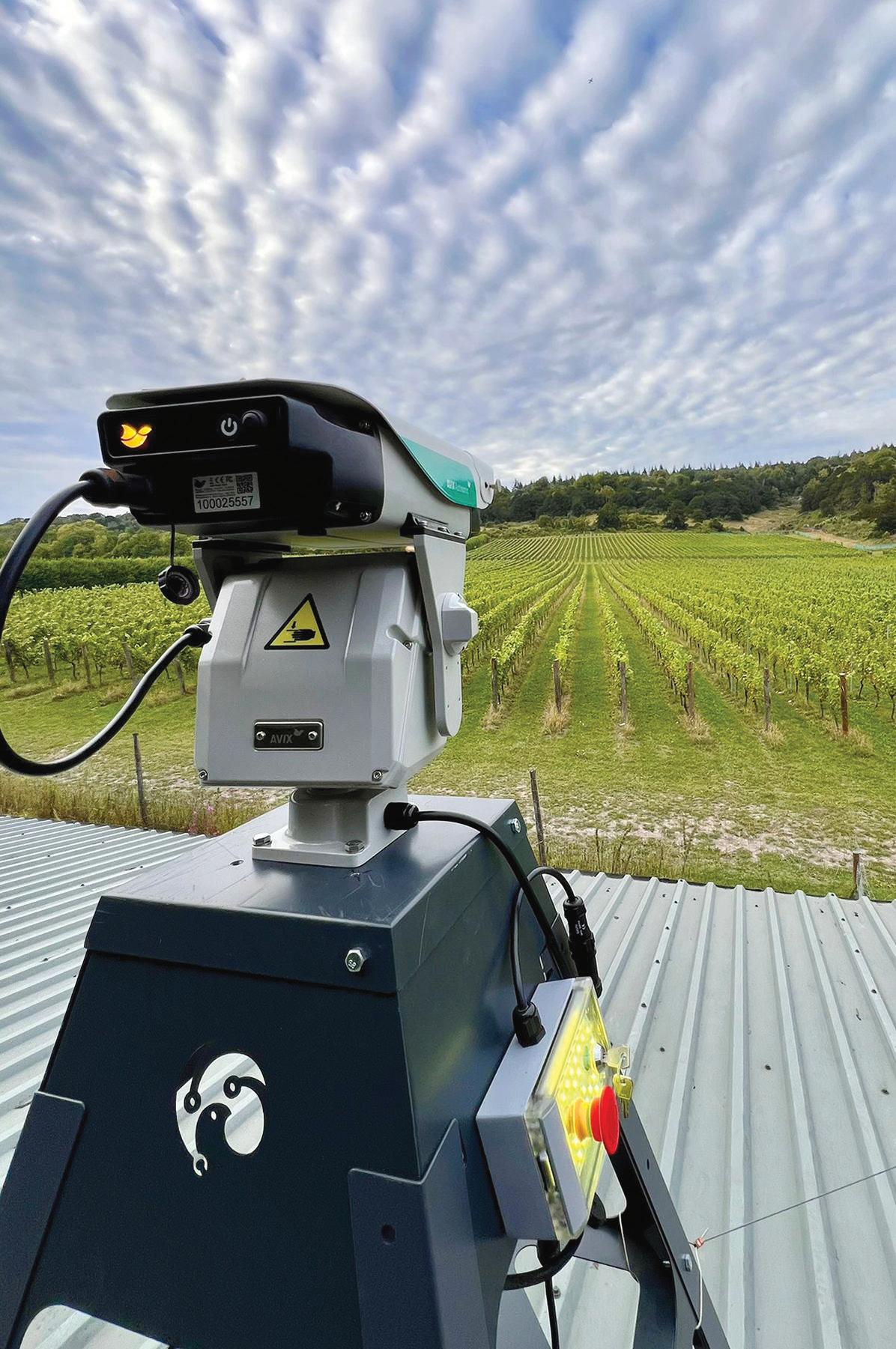
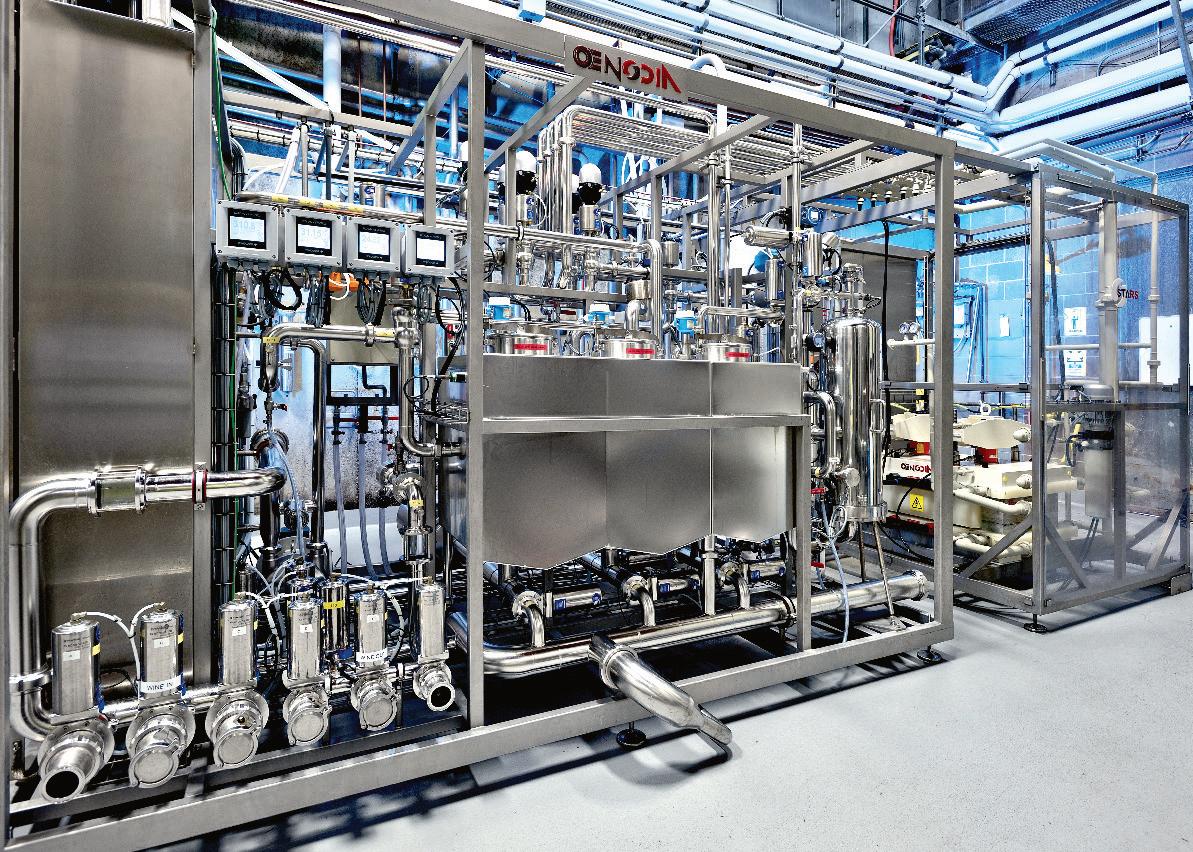
excited to attend the upcoming Vineyard & Winery Show. Connecting with local winemakers and exploring how STARS® technology can benefit them will be a true pleasure.
Sustainable bird management
Integrated Bird Management (IBM) understands the unique challenges that vineyards and wineries face with bird control. Its specialist solutions provide humane, effective and sustainable bird management tailored specifically for the agricultural sector. Birds can cause significant damage to crops, contaminate products and disrupt operations, something IBM is committed to preventing.
IBM’s innovative approach combines advanced technology, such as industry-leading automated laser systems, with traditional methods to ensure comprehensive protection for our clients’ vineyards. These non-lethal solutions are not only environmentally friendly but also comply with animal welfare regulations, offering peace of mind for our clients. IBM’s expert team works closely with vineyards to develop customised strategies that adapt to changing bird pressures, ensuring lasting results throughout harvest seasons.
With a strong track record of success across various agricultural operations, IBM is the go-to partner for preventing bird-related losses while promoting ecological balance. Join countless satisfied clients in safeguarding your precious crops and enhancing your winery's reputation.
Choose IBM for reliable, effective, and ethical bird control, and let us help you protect your vineyard from unwanted avian visitors. Contact us today to learn more about our tailored solutions for the winemaking industry.
Tailored lift truck solutions
Mobitech Lift Trucks, a family-run business based in Kent and serving the South East of England, has built a reputation for delivering reliable materials-handling solutions tailored to various industries.
As a company, Mobitech Lift Trucks supplies an extensive range of new and used forklift trucks, warehouse machines, rough terrain equipment, lithium-ion powered trucks and pallet trucks, partnering with leading manufacturers including EP Equipment, Agrimac and Samuk.
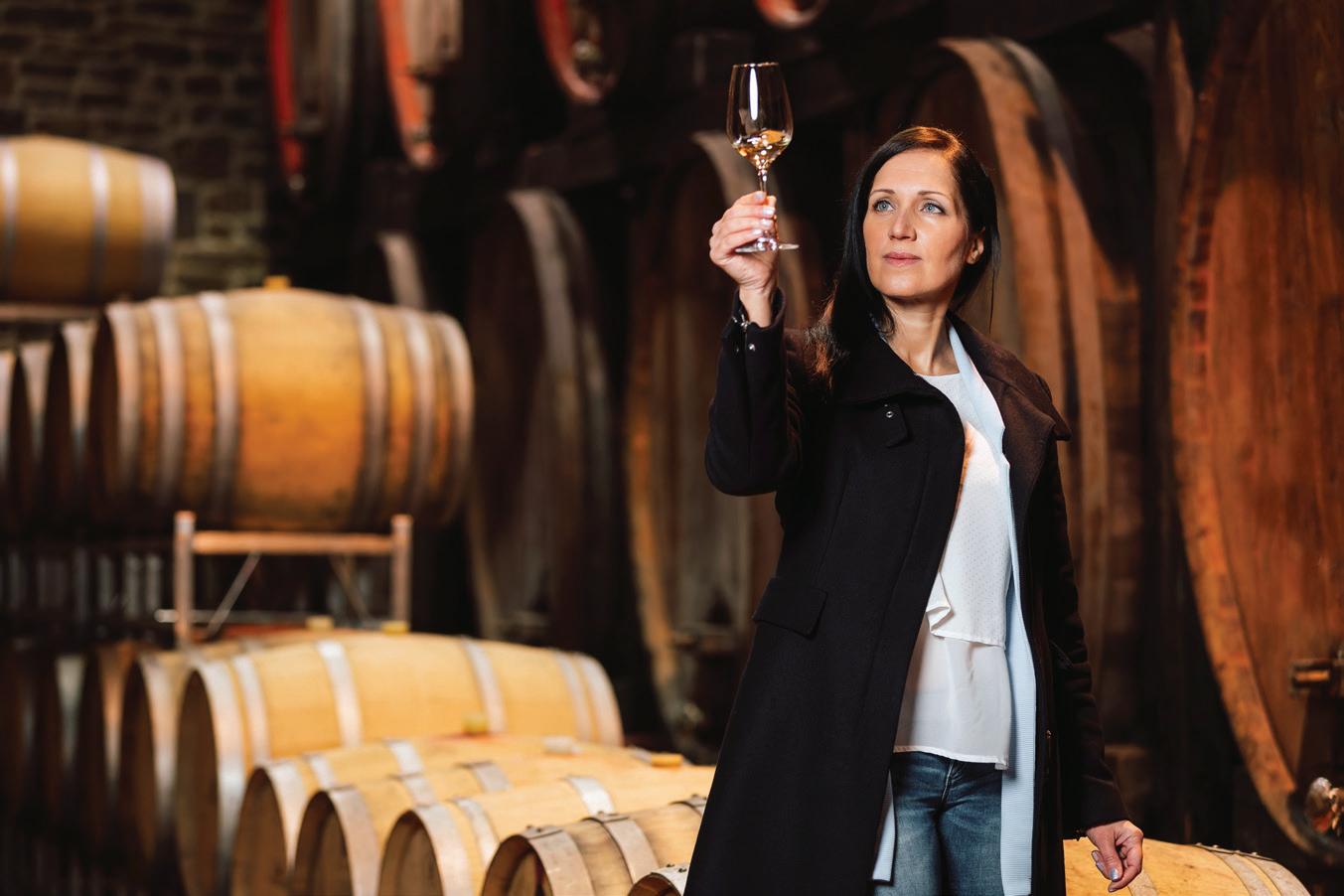
Harvest is the time the cream of the crop is chosen, to ensure the finest possible outcome.
In addition to sales, Mobitech Lift Trucks can offer service, maintenance, LOLER inspections, driver training, hire, parts and fleet support.
At this year’s Vineyard & Winery Show, Mobitech Lift Trucks will be showcasing its latest materials-handling innovations for viticulture professionals, featuring robust machinery options suited to vineyard and winery environments, including rough terrain forklifts capable of navigating uneven ground and agile electric units for indoor and outdoor storage areas.
Attendees can expect expert consultations and tailored advice on how best to optimise operations, from vineyard logistics to indoor storage and bottling lines.
By participating in the Vineyard & Winery Show, Mobitech Lift Trucks aims to engage directly with viticulture operators, growers and wine producers, exploring how tailored lift truck solutions can boost efficiency, safety and sustainability across the industry.
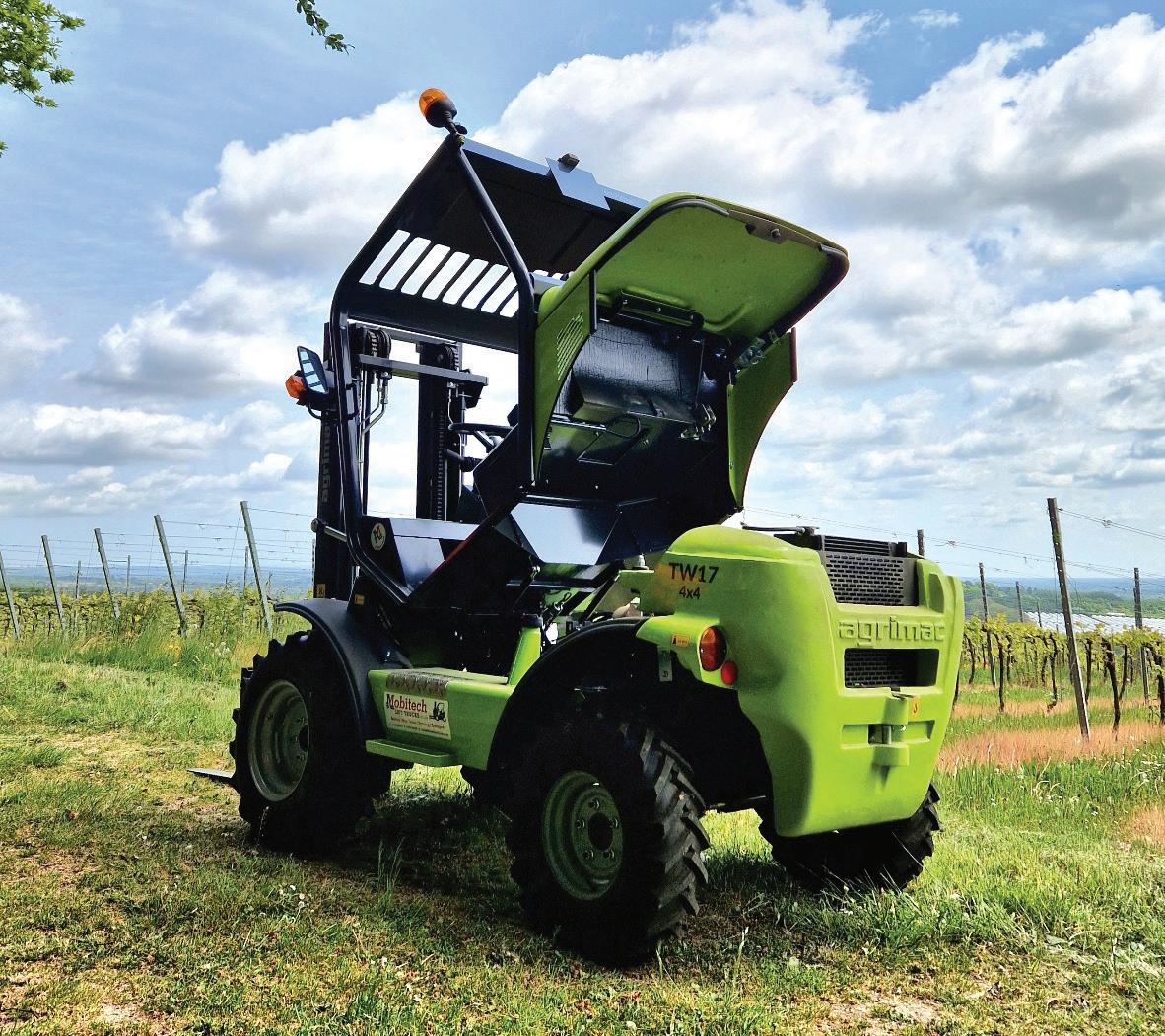
We o er placements that are right for the job, right for the culture and right for you.
+44 (0) 1483 893 100 enquiries@carlingpartnership.com carlingpartnership.com
Recruitment for the drinks industry

Global solutions powered by French innovation
Inno’vin, a unique vine and wine innovation network in France, based in Bordeaux and Cognac, supports innovative projects and business development of the wine industry ecosystem.
This year’s Vineyard & Winery Show will feature four innovative French supplier companies showcasing their expertise on the Inno’vin stand J5 in the John Hendry Pavilion. These key players provide turnkey solutions for all production needs from the vineyard to the cellar, through different technologies.
Visit the Inno’vin stand to see:
Belhomme: Gentle on vines, tough on weeds
Since 1990, Belhomme has specialised in vineyard equipment, creating functional and gentle undervine care systems powered by a unique, low-power hydraulic system.
More than tools, Belhomme provides unmatched expertise in soil and vine care, offering winegrowers reliable mechanical undervine weed trimmer alternatives to chemicals that are adaptable to tractors, straddle or crawler tractors and, recently, robots.
S. Delafont Barrels designs
innovative stainless-steel barrels
S. Delafont Barrels designs innovative stainless-steel barrels ideal for ageing, micro-vinification and storage. They enhance wines, reveal the terroir effect and bring complexity and length. Ideal for parcel selections, S. Delafont Barrels offer durability, low water consumption, aesthetics, and ease of use: a tool perfectly suited for winemakers and wine tourism. This year, look out for an oxygenation
cane that allows oxygen to be added very naturally, day after day.
Praysbee spraying equipment
Praysbee has been designing eco-responsible, adaptable and innovative spraying equipment since 2021. Its Wulp® boom, compatible with all sprayers, reduces drift by up to 90% thanks to its oscillating projected jet system. Wulp® introduces a true shift in the spraying paradigm, offering an oscillating system without air assistance, based on two complementary micronisation nozzles set at specific angles and moved mechanically. This mechanism enables deeper penetration of plant protection products into the crop canopy, with 15% more deposition compared to conventional air-assisted systems.
Vivelys supports winemakers in creating unique aromatic profiles
The company’s expertise spans precision oenology equipment for controlling fermentations, premium oenological oak, microbiology solutions and micro-oxygenation, with a focus on innovation. Look out for the ECOLYS yeast fermenter (offering a 40% or more reduction in spending for active dry yeasts and a protocol for securing or automating second fermentation), BOISE (premium oenological oak), Innovation BOISE ABSOLU (The natural purity of oak and cherrywood in drops) and KYP® (all-in-one digital cellar notebook, designed to simplify fermentation and ageing).
Visit Stand J5 or contact Gracie Boland from Inno’vin on gracie.boland@innovin.fr to contact any of the companies exhibiting.
Spray smarter, waste less
Ever wondered why spraying is stuck in the dark ages? Cordon has been founded by a long-term grape grower to help growers spray more efficiently, more safely and with less hassle.
The requirements of each grape variety and block in the vineyard are different, yet they are sprayed with the same uniform tank mixture. The Loop allows the operator to mix both solid and liquid treatments (fertilisers and pesticides) to dynamically control the spray mix, giving growers the opportunity to:
◆ Spray smarter and waste less: Tailor your spray mix to each block’s need
◆ Take total control: Automate spray records and work orders
◆ Enjoy seamless integration: The Loop works with any sprayer and any tractor.
Developed in collaboration with 10 of the UK’s leading vineyards and contractors, rigorously tested and supported and already sold to the UK’s best known vineyards, the Loop allows operators to take control of their spraying.
Visit the Cordon stand to see the Loop and learn how it works.
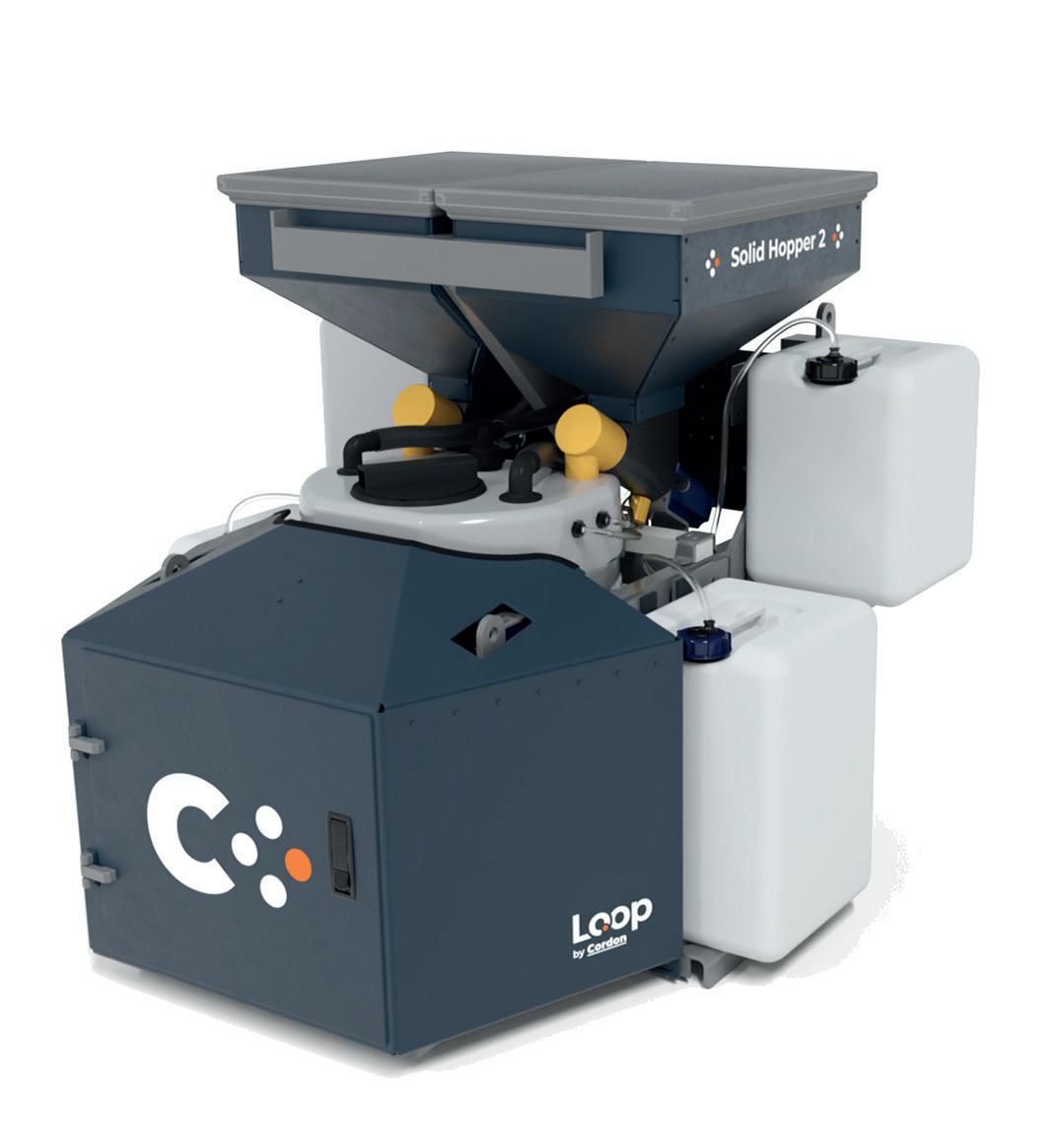
With 30-plus years of experience providing both white label and bespoke packaging to the wine industry, WBC understands the work that goes into every bottle produced. Whether they are being shipped off to a local merchant, distributed abroad or presented as a sophisticated gifting solution, WBC will be there every step of your journey, from farm to glass.
WBC’s highly acclaimed, DPD-approved Pulpsafe range and newly launched Honey Hex boxes are just two of the worldclass transit options being exhibiting at the Vineyard & Winery Show 2025, providing everything winemakers need to protect every drop.
With an extensive collection of brandable gifting concepts in the mix (think refined wooden wine boxes, wicker hampers, bottle carriers, tote bags and barware), WBC is a partner of choice for those who are looking for the full package.
Meet the team at Stand J23 and let’s chat about how we can help you grow your business with packaging solutions that transcend the norm. It's going to be grape!
White label and bespoke packaging

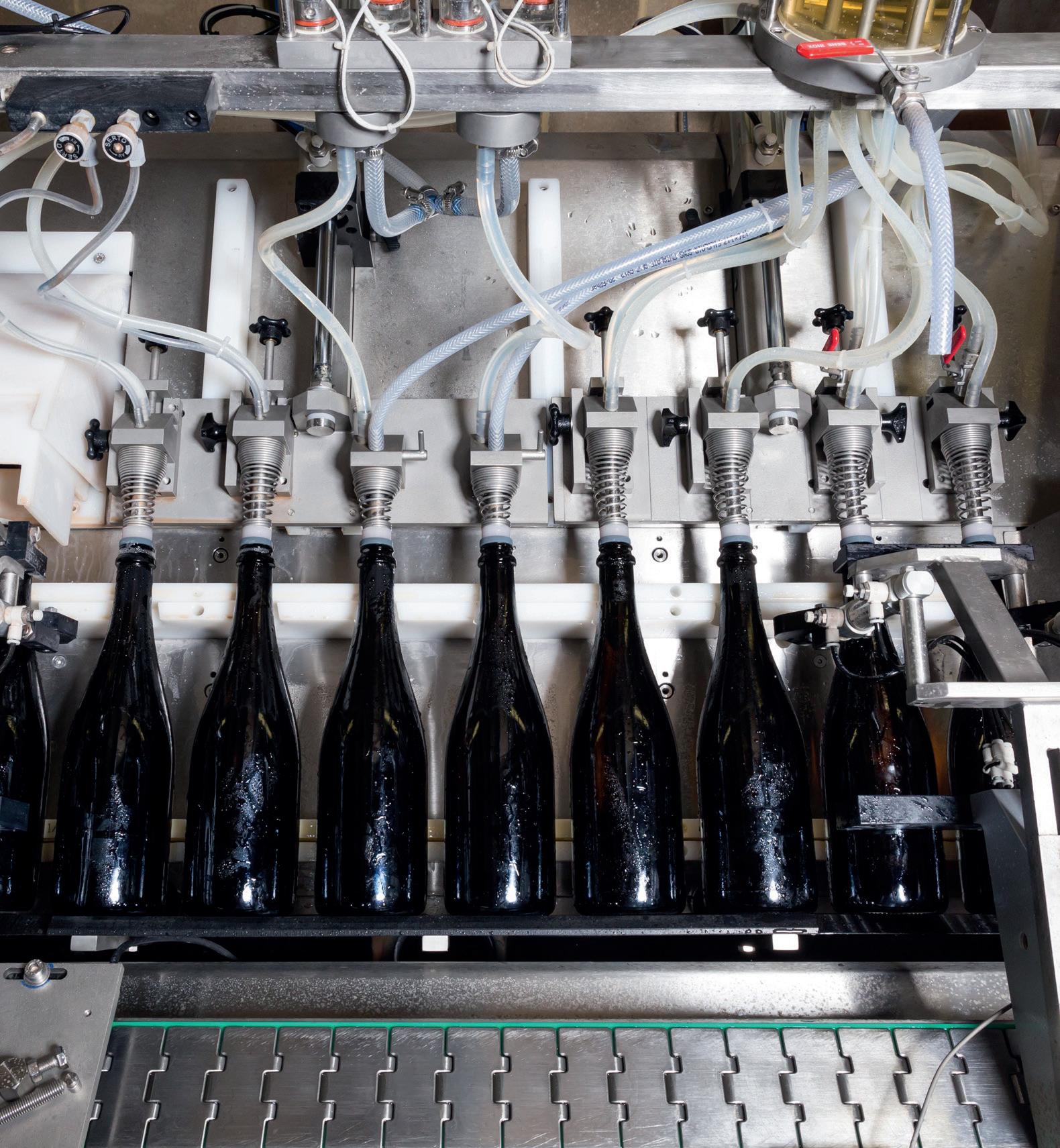

Cultivating knowledge
Hadlow College is proud to be part of the Vineyard & Winery Show, with viticulture playing an important role in many of its courses.
This was aided greatly by the launch of the college’s sustainable orchard and vineyard in 2023. Covering a three-hectare site, it is home to apples, plums, cherries, and apricots, while a section of the orchard is dedicated to producing a crop of grapes, with a training emphasis on how to set up and manage a vineyard.
The crops are grown with sustainability in mind. Drones are used to monitor bud set, predict yields and monitor the growth of the crop, allowing precise applications of nutrition along with precision pest and disease control.
Sensors are installed throughout the orchard to monitor, amongst other things, moisture, relative humidity, photosynthetically active radiation (PAR) and rainfall. Other exciting sensors are currently being developed.
Like many of the top-class facilities at the college, this set up allows students to benefit from real-life, practical industry experience, something the college knows is hugely beneficial to both the students and potential employers.
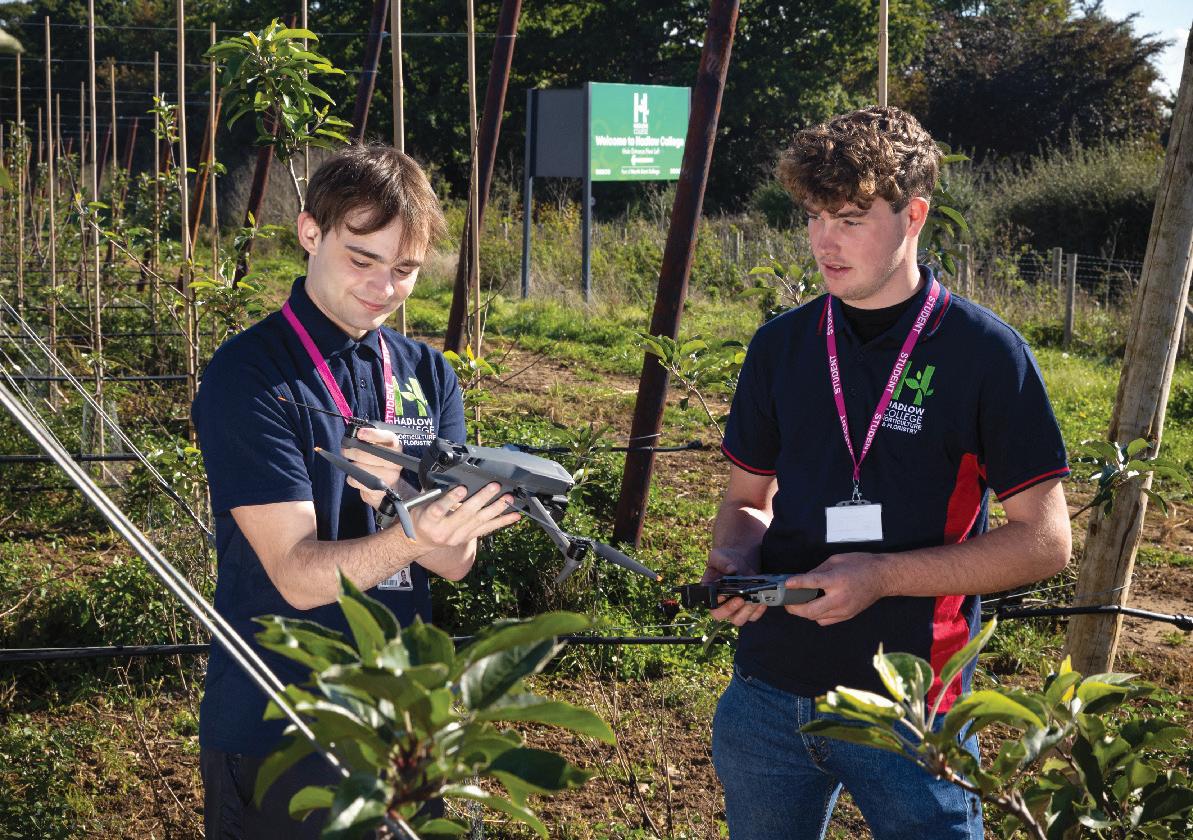
Rooted in brand: Helping vineyards grow
Oak Creative is proud to return to the Vineyard & Winery Show 2025 as Gold Patrons of WineGB, supporting the continued growth of the UK’s wine industry through strategic branding, digital and design.
With more vineyards competing for shelf space, trade attention and tourism, brands have never been more important. Whether selling direct, exporting or building out your visitor experience, success comes down to more than what’s in the bottle; it’s about how the story is told.
Oak Creative helps vineyards define brand strategy, develop standout design and deliver consistently across every touchpoint, from packaging to signage and from websites to tasting room collateral. Our recent launch of the new WineGB website is just one example of how we help unify, elevate and grow the industry.
At Oak Creative, we don’t just design, we become your creative partner. Acting as an
extension of your team, we bring clarity, creativity and consistency to every stage of your growth. Visit

Expertise in mechanical handling
Glosrose has been supplying mechanical handling equipment to the viticulture industry for over 10 years to sites across the south and south east.
Founded in 1976, Glosrose is one of the UK's leading suppliers of mechanical handling and construction equipment, offering a comprehensive range of services, including the sale of new and refurbished equipment, available for purchase or on contract rental. With a short-term hire fleet of 150 trucks, Glosrose can also offer flexibility for high demand periods and harvest without long-term commitments.
With its expertise in mechanical handling equipment, Glosrose offers a wide range of solutions specific to the needs of wineries, from the most compact telehandler available to forklift trucks and pallet trucks, bin tippers and rotators.
New to the market, the Manitou ULM412 telehandler, at only 1.48m wide, has the versatility and capability to work across a range of applications in a winery.
Jake Butcher, Glosrose chief executive officer, said: “We think this lightweight and compact telehandler is perfect for the viticulture industry. There will be one on our stand at the show, and we invite attendees and exhibitors to come and see for themselves and meet members of the Glosrose team, who will be able to answer any questions. Come and find us on stand J2”

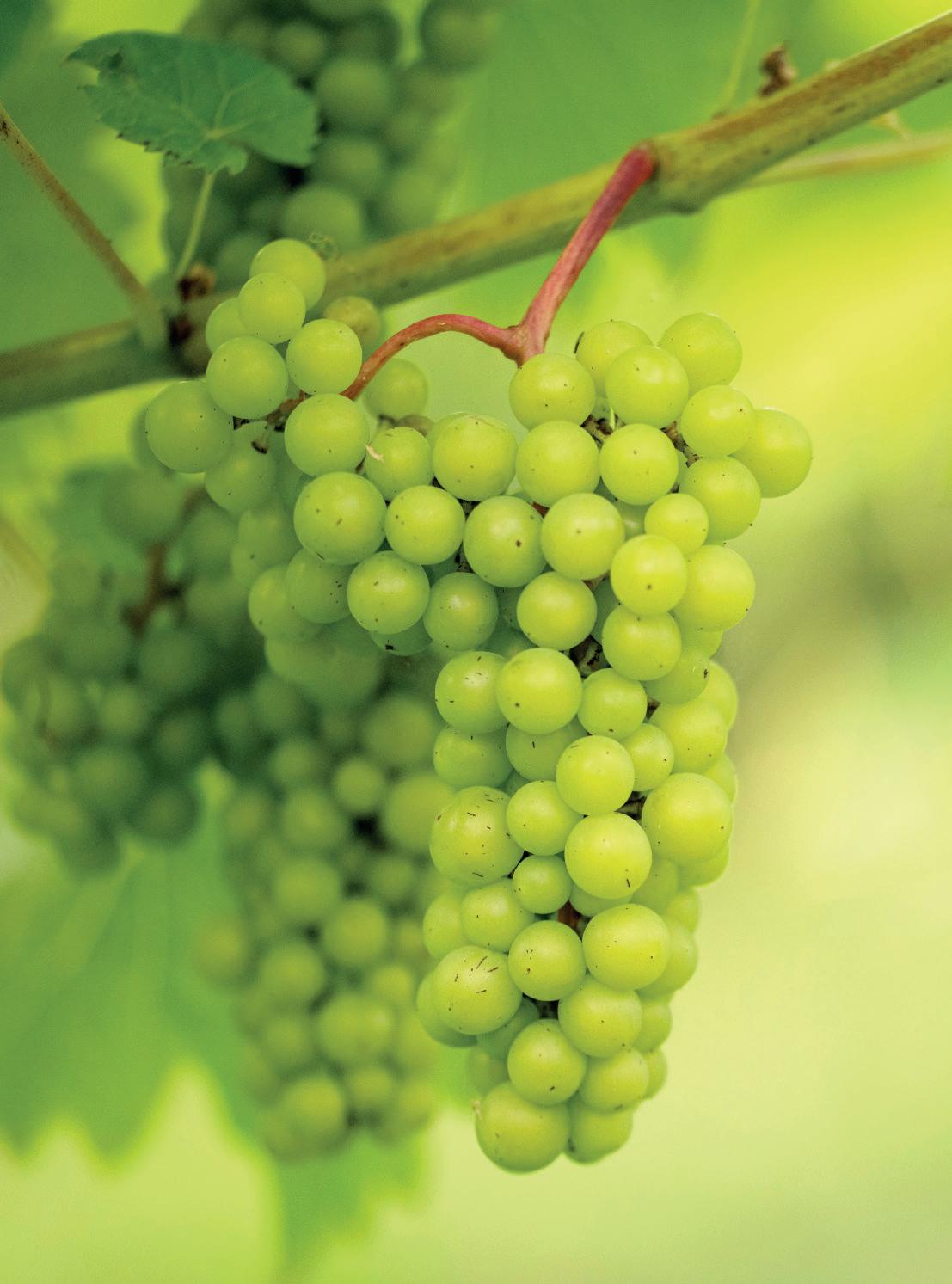
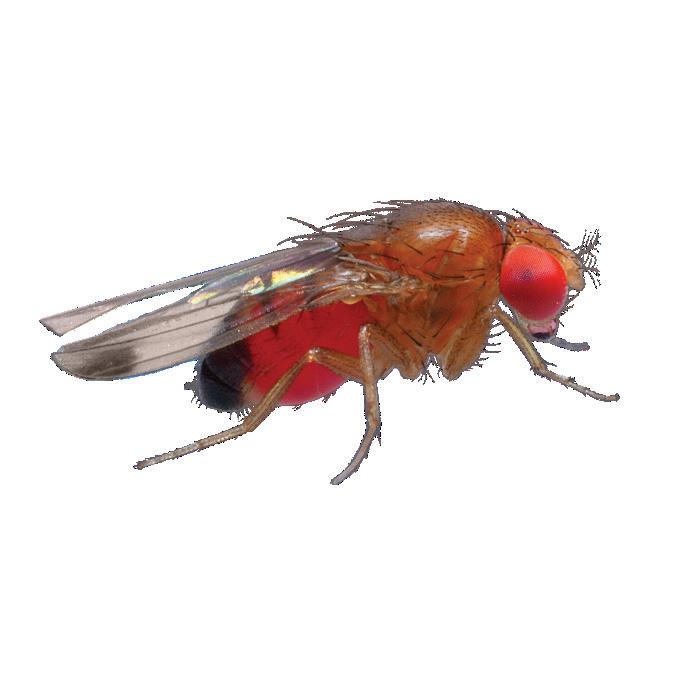


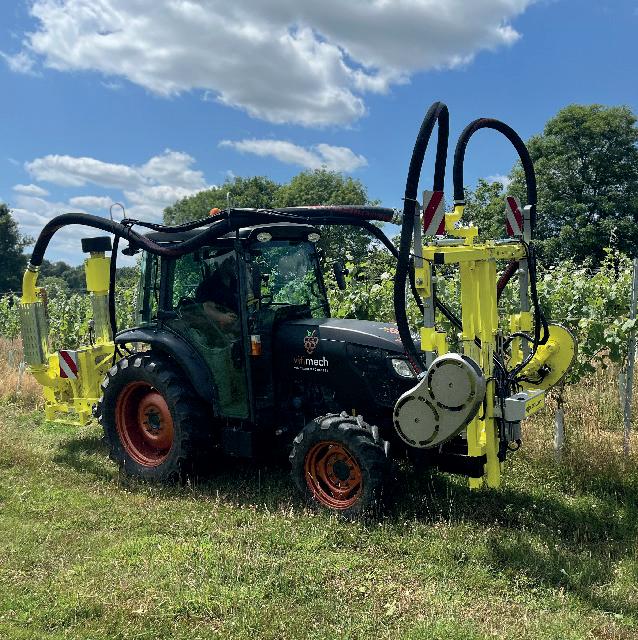
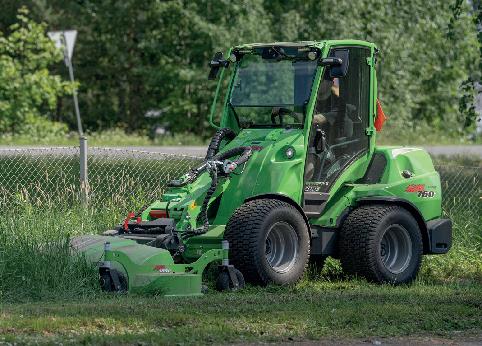

Winery equipment and supplies specialist
BevTech provides tailored solutions for all your winery equipment requirements, from a single pump to a complete winery setup. With decades of expertise in winemaking, design, and equipment the team ensures an optimal set up, smoothly and efficiently.
As the UK agents for leading brands, BevTech offers world-class equipment from brands including:
◆ GAI (bottling and labelling)
◆ Skrlj (tanks and presses)
◆ Mori (elevators, crushers and de-stemmers)
◆ Pera Pellenc (presses, elevators and grape bins)
◆ Intecpro (riddling and disgorging)
◆ Sentia (laboratory analysis)
◆ Schneider (pumps and rousers).
BevTech also stocks essential winery supplies, with exclusive UK representation for Oenofrance and Station Oenotechnique de Champagne, as well as a comprehensive range of treatments and products. It also distributes Vinilora yeast and bacteria from Novoensis for fermentation and microbial management.
Visit BevTech at stand M1, email david@bevtech.co.uk or call David Cowderoy on 01444 411141.

Quality, reliable and economic production alternative
BevPack offers a range of wine production services both from its site at Haywards Heath and via a mobile service. They include:
◆ Bottling still, tirage and sparkling wine (at Haywards Heath or with a mobile line)
◆ Charmat production
◆ Mobile crossflow filtration
◆ Mobile continuous cold stabilisation
◆ Lees filtration
◆ Mobile disgorging.
Staffed by experienced and qualified winemakers, our services are relied on by customers who welcome this quality, reliable and economic production alternative.
Visit BevPack at stand M2 or email sales@bevpack.co.uk
Federico Manetti and Gavin Patterson introduce entirely hand-made wine Amphorae manufactured in Tuscany at the Manetti Gusmano & Figli family furnace (since 1780). The Wine Amphoras are made completely by hand following the rules of an ancient technique called “Based Work”.
www.cottomanetti.com/en/wine-amphoras

info@cottomanetti.com
and

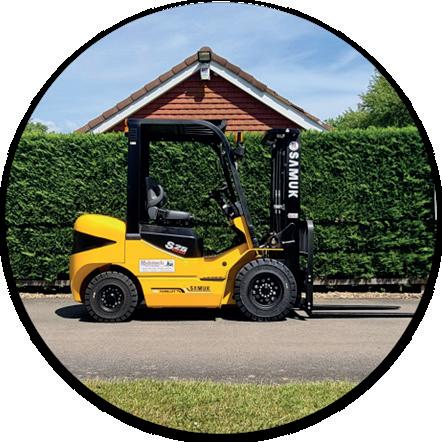
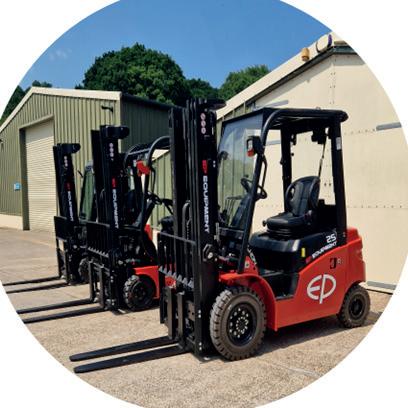
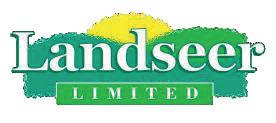




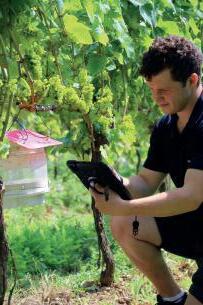
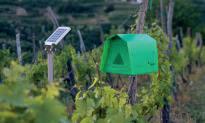

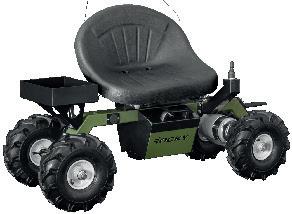



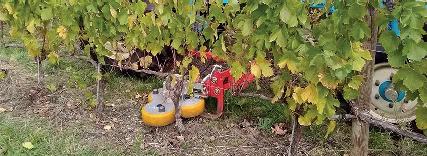

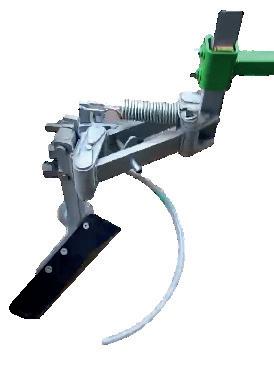
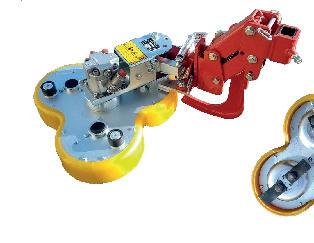

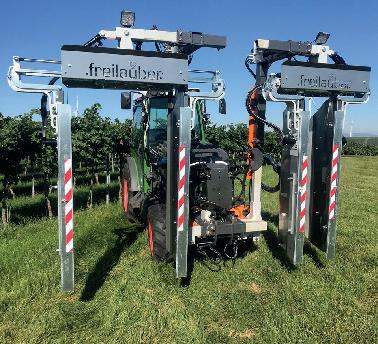
The importance of pest monitoring in vineyards
Effective pest monitoring is vital to maintaining both fruit quality and yield within vineyards. As climate patterns shift and pest pressures become more unpredictable, growers must take a proactive approach to understand exactly what is happening in their vineyards. Regular monitoring enables early detection of key pests such as grape berry moths and spotted wing drosophila (SWD), allowing growers to act precisely when intervention will have the greatest impact.
Remote monitoring systems such as Trapview are transforming how vineyards manage these challenges. By automatically capturing and analysing pest activity in real time, Trapview provides growers with accurate, vineyard-specific insights – without the need for
manual checks. This data-driven approach ensures that applications are made at the optimum moment, maximising efficacy while reducing time spent checking manual traps.
This is particularly important in seasons where high sugars and low acids create ideal conditions for SWD development as grapes ripen. Knowing when these pests are active helps get a head start and protect fruit integrity right through to harvest. Ultimately, integrating smart monitoring tools into vineyard management brings confidence, efficiency and sustainability, allowing growers to produce the highest quality fruit.
Contact Landseer to discuss pest monitoring by calling Mark Tully on 07775 601300 or Stephen Tully on 07788 318988.

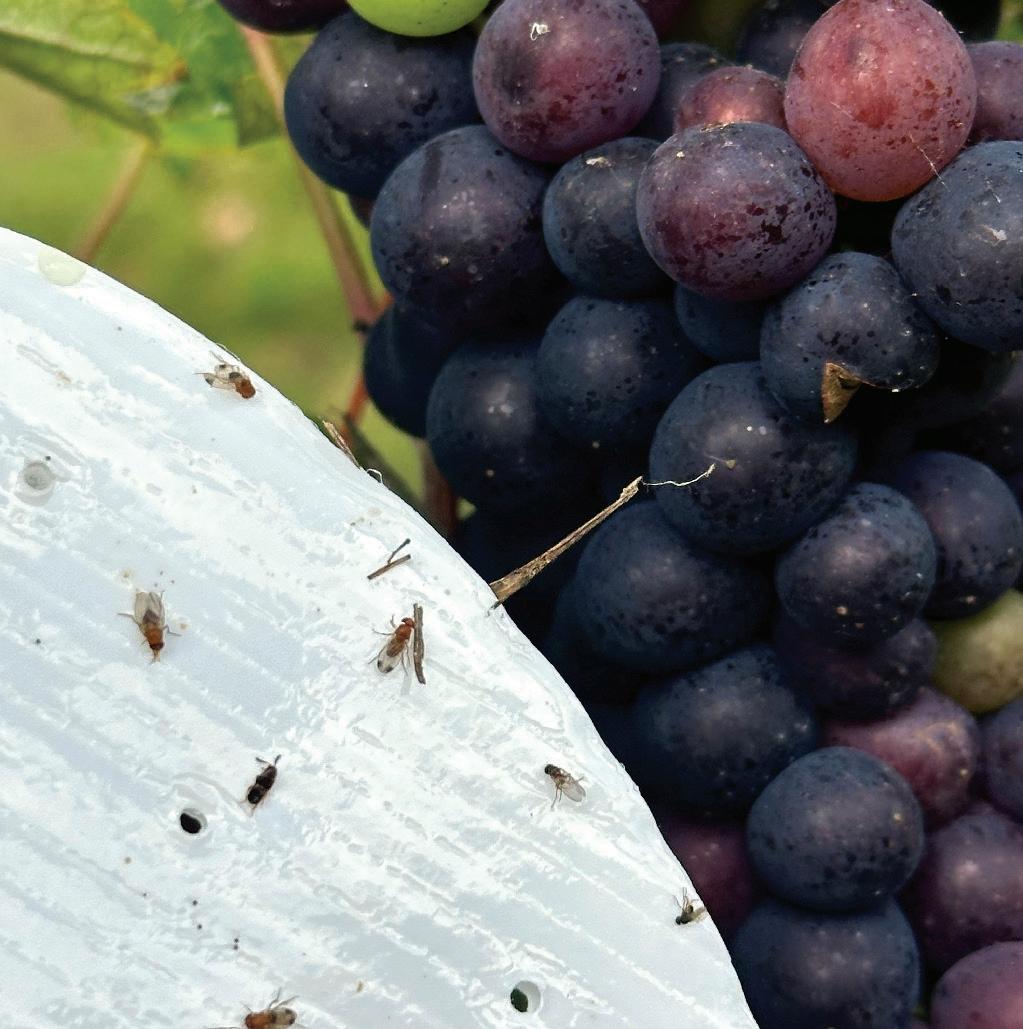
Five things that need your attention now
With the budget just days away and several major tax changes already announced, now is a good time for owners to review their business structures and plan for any changes that need to be made. Consider:
1. How exposed are you and your fellow shareholders? Understand how changes to agricultural property relief and business property relief may affect your business operations in the future.
2. Diversification opportunities; make sure you protect your interests with the right commercial agreements.
3. Succession planning; it’s hard to address, especially in a family
business, but knowing when it’s time to take a step back is important. Create a structure which is fit for the business as it is now.
4. Take stock. You might have assets which can be sold and leased back to free up working capital, providing funds to invest. Review all your financial arrangements and make sure you’re not tied into expensive agreements.
5. Make sure your Will is up to date. It’s the simplest way to protect loved ones in the future.
Contact the team at Gullands Solicitors to discuss your legal requirements further www.gullands.com
Supporting Your Fruit Business
Agrii fruit agronomists don’t just advise on the best crop protection treatments; they can also help with the supply of a wide range of ancillary products as well as agronomy, regulatory, environmental and budgeting support services that today’s growers demand. The Agrii fruit team is comprised of dedicated top and soft fruit agronomists together with ancillary product specialists.
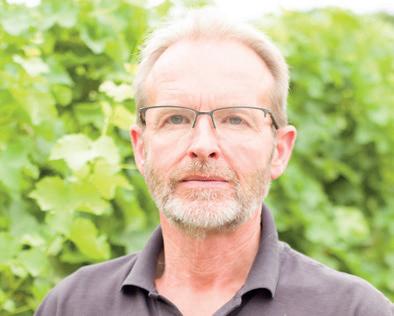


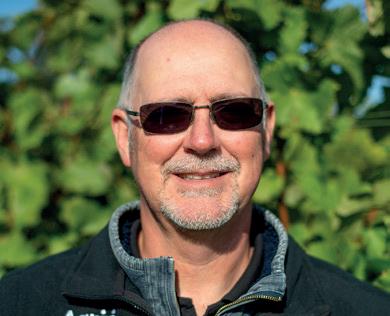
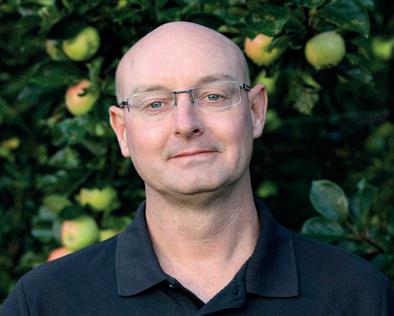


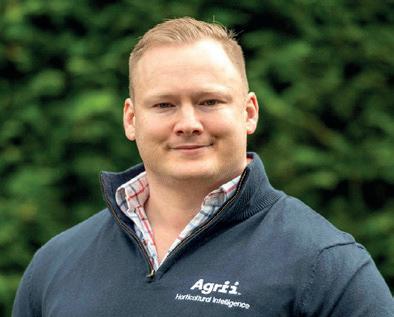

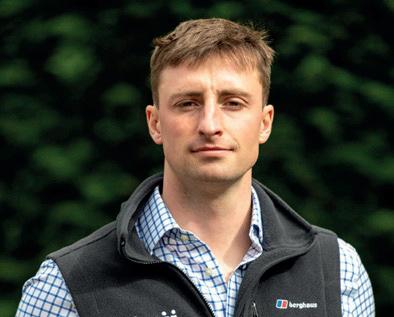
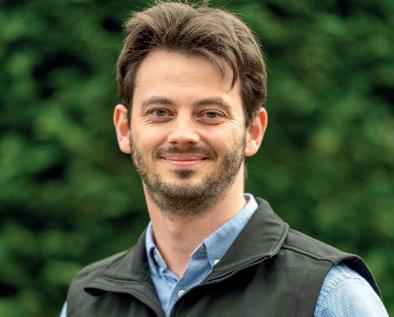
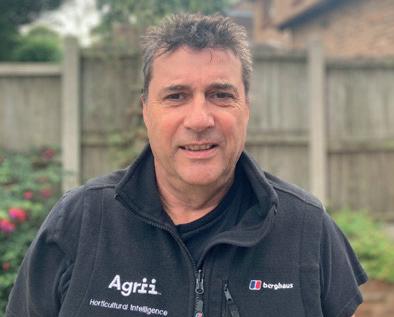
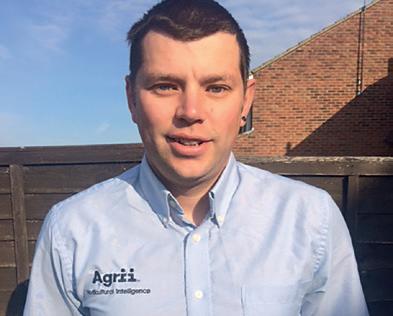
Matt
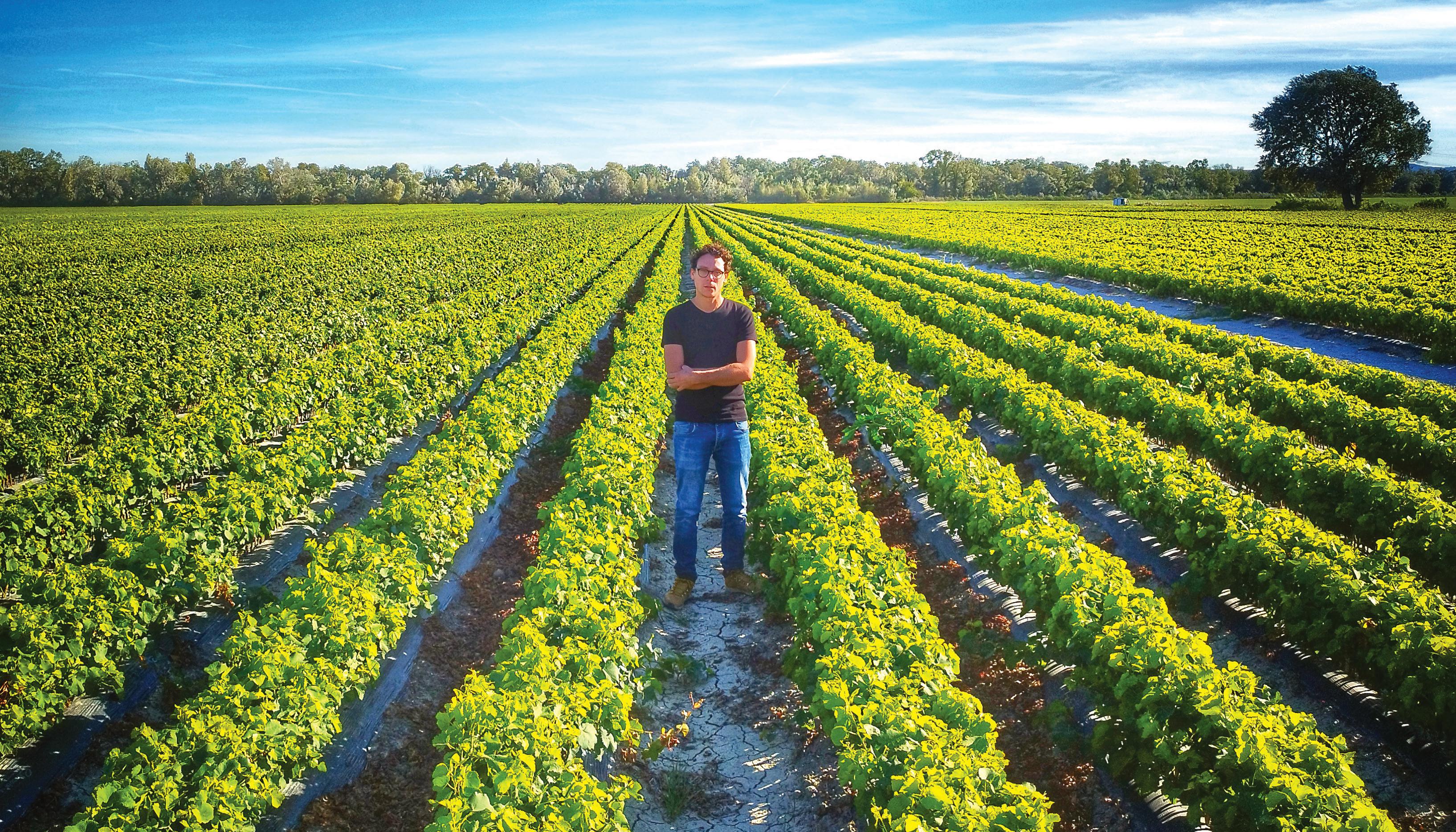
More than 16 million plants produced annually
The Velletaz Group is one of the leading grapevine nurseries in France, priding itself on keeping close control over the whole production process to ensure vines reach the grower in peak condition.
The family nursery guarantees the best physical and phytosanitary quality of its vines by keeping the whole process in house, using the expertise handed down through the past three generations.
“We're more than just a nursery; we're a producer,” explained the Velletaz Group’s
manager Sébastien Velletaz. “Keeping total control over our production is our family's way of adding value by bringing you excellence in the supply of your vine plants.”
The nursery produces more than 16 million plants annually and has supplied more than 4,000 satisfied winegrowers over the years.
The Velletaz Group prides itself on delivering high quality vines using certified plant material from clonal selection and guaranteed free of viruses, using its own
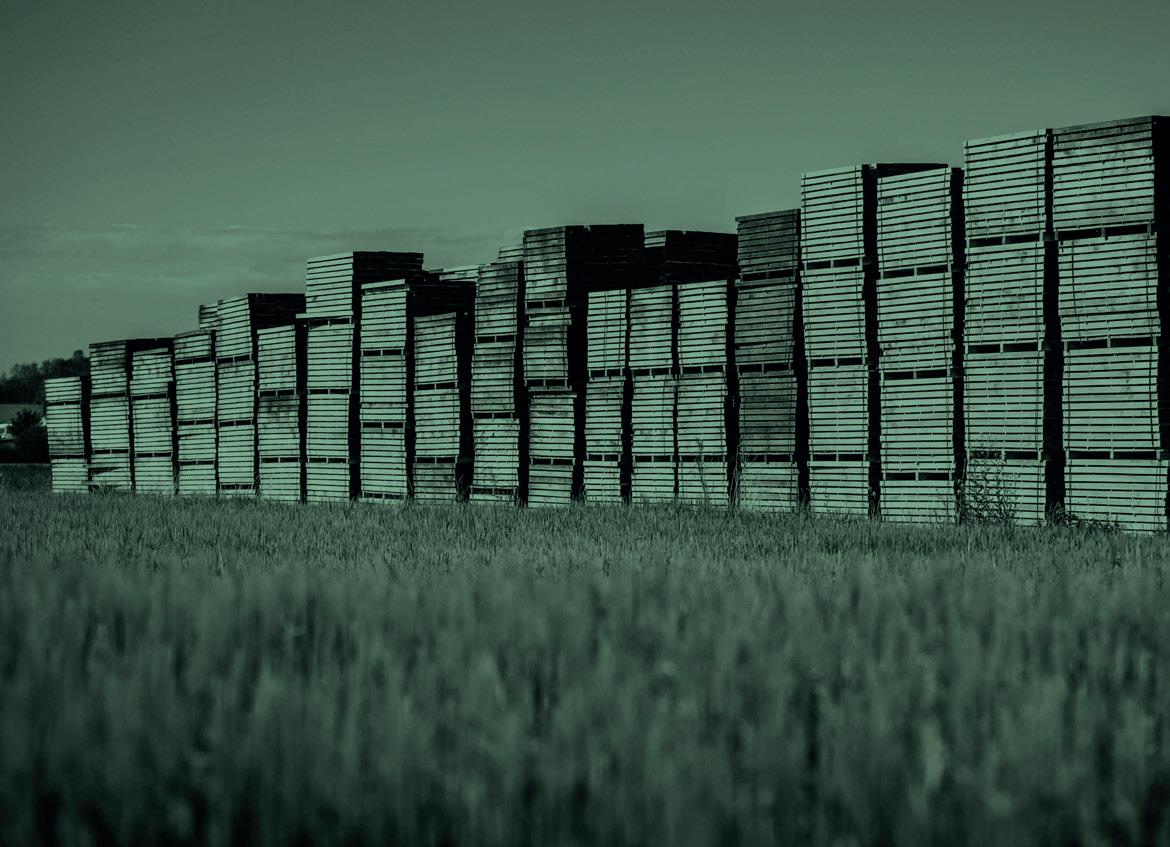

equipment for hot water treatment. It guarantees total traceability and transparency across its huge range of varieties, which includes 600 possible blends.
“Our vision is to provide quality grapevines, relevant to the terroir and production targets for each vinegower, together with a personalised follow-up service and recognised international logistics,” added Sébastien
Speak to the Velletaz Group team at the Vineyard & Winery Show.
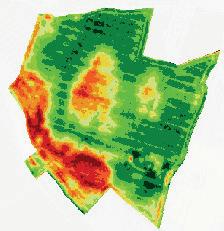

Technology and performance
To support its mission of incremental progress, Bourrassé has introduced industrial-scale processes to guarantee the suitability of its closures for each wine, with the sparkling wine range, in particular, benefiting from this research and development commitment.
All products are treated using steam extraction or supercritical CO2, depending on whether they are corks, discs or cork granules.
Bourrassé uses:
◆ VAPOSECUR® for natural cork discs
◆ VORTEX® for body granules
◆ and the supercritical CO2 process for the micro-granules in JUMPSC.
Irrespective of the process, treatments are conducted in conditions that preserve the integrity of cork’s functionalities.
Due to its experience and expertise, Bourrassé is able to de-aromatise the cork while protecting the intrinsic qualities of
the material, producing a quality closure that preserves the profile of the wine.
Impact on the wine*
When cork, a unique, natural material, comes into contact with wine, it imparts its positive attributes. Dozens of volatile and semi-volatile phenolic compounds can be extracted by the wine. Their primary properties are:
◆ Antioxidant
◆ Anti-carcinogenic
◆ Anti-inflammatory.
These compounds react with those in the wine, producing new components that help stabilise the colour and organoleptic properties of wine over time.
Bourrassé’s sparkling wine range:
◆ Sparkling 0+2: High-performance technology for an outstanding closure.
◆ Sparkling 0+1: Preserving the aromas, freshness and finesse of sparkling wine.
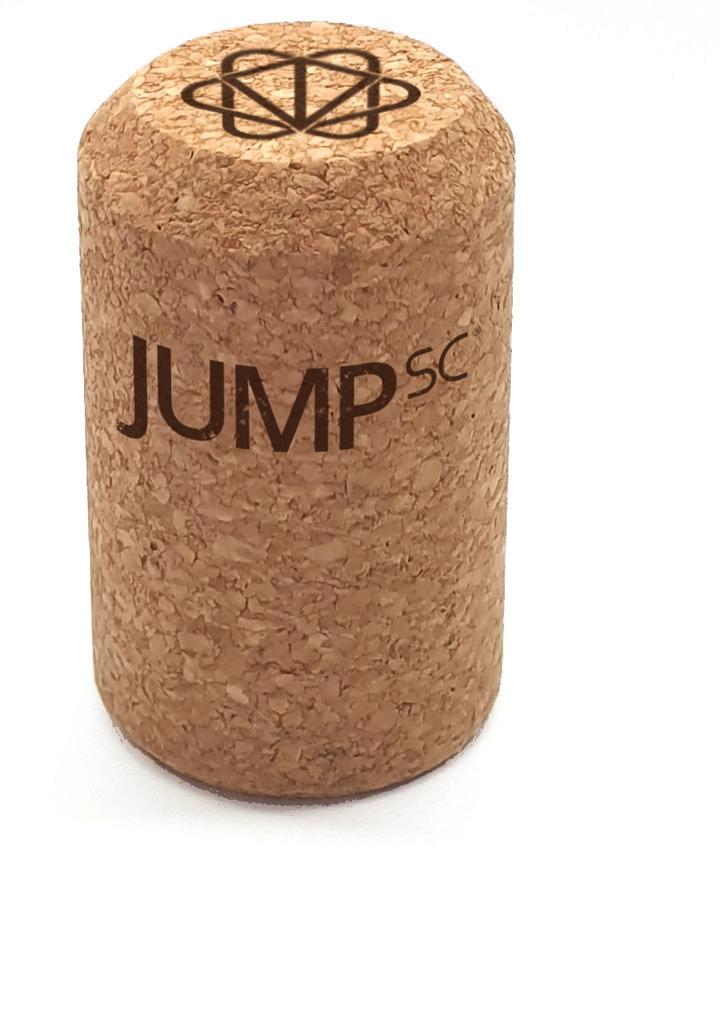
◆ JUMP: A 100% micro closure, individually moulded from de-aromatised cork pulp. Also available in JUMP PREMIUM (TCA: 2.4.6 Releasable Trichloroanisole ≤ 0.5ng/l per unit) and JUMPSC (Supercritical, TCA: 2.4.6 Releasable Trichloroanisole ≤ 0.3ng/l per unit) versions to guarantee zero cork taint per unit.
*Source : Analysis of phenolic compounds in cork from Quercus suber L. Food Chemistry 125, 1398-1405
Full-service law firm
Warners Solicitors is a full-service law firm with a long-standing commitment to clients in the viticulture and wider rural industries. Specialist lawyers provide practical, commercial advice tailored to the needs of vineyard owners, wine producers and rural businesses across the South East and beyond.
The firm understands the unique challenges facing this sector, from land acquisition and tenancy matters to employment contracts and disputes. The team advises on business structures, succession planning, property transactions, commercial contracts and dispute resolution, helping clients protect and grow their businesses for the future.
Warners combines technical expertise with genuine insight into
rural businesses, which is why the firm was selected as the NFU’s legal panel firm for Kent and East Sussex. The firm is also regularly recognised by leading legal directories, The Legal 500 and Chambers and Partners, as one of the leading firms in this sector.
Warners’ agricultural and landed estates team draws on expertise from across the firm to deliver a fully integrated approach based on a clear understanding of client needs.
Visit Warners at stand M29 to meet the team and learn about our tailored training package for employers, designed to support clients through changes in the Employment Rights Bill.
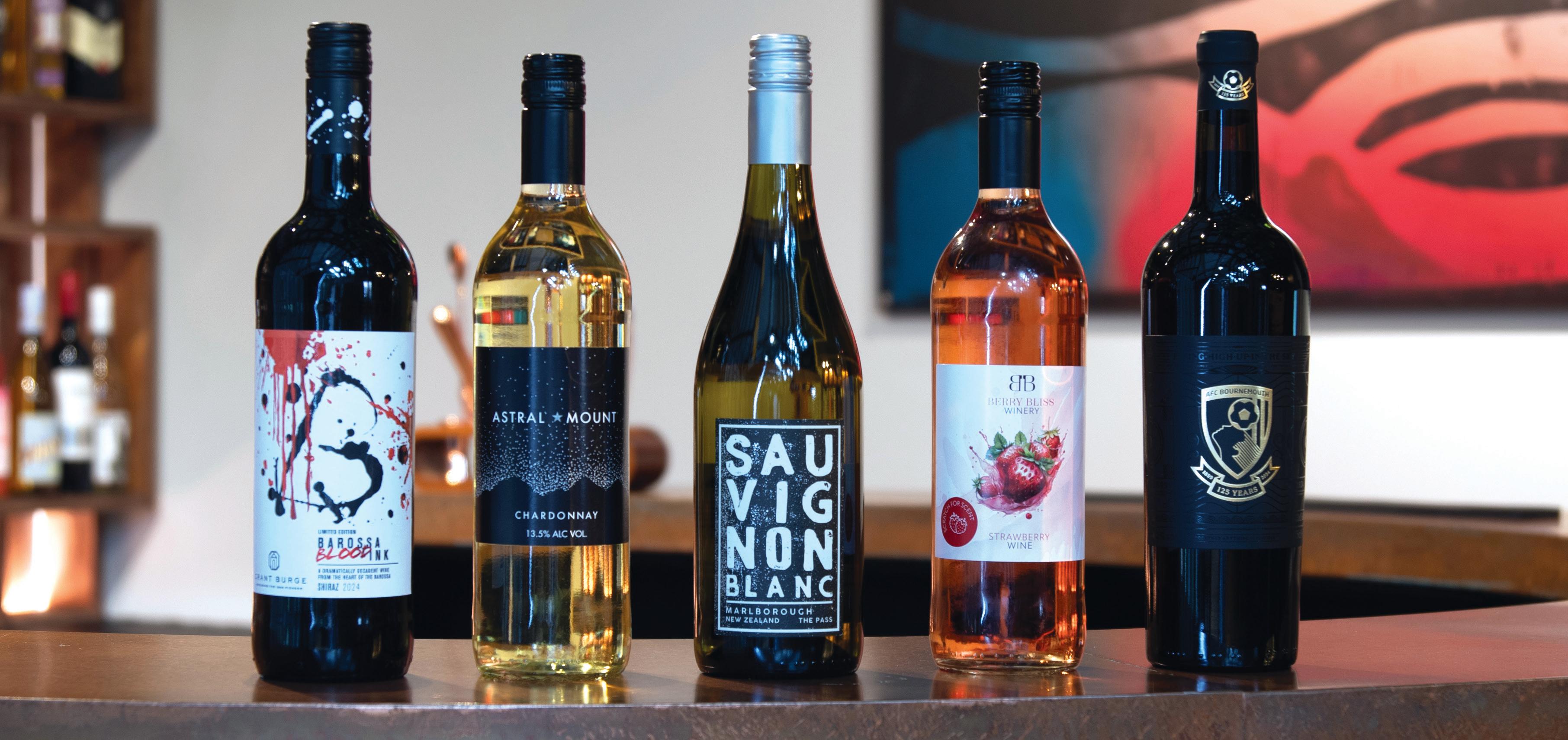
Bringing intricate designs to life
Reflex Label+ takes the client’s ideas and concepts and turns them into premium labels and packaging solutions that drive innovation, help brands stand out and leave a lasting impression.
Reflex Label+ is the force behind the stunning labels found on many of the world’s most iconic bottles in the beers, wines and spirits sector.
The company invests continually in hightech flexographic and digital printing and delivers award-winning results trusted by global brands.
As one of the UK’s top luxury label printers, its state-of-the-art technology and first-class
technical expertise enables Reflex Label+ to bring even the most intricate designs to life.
On a crowded shelf, a label can make all the difference, which is why Reflex Label+ offers a wide range of embellishment options including hot and cold foiling, embossing, debossing, tactile finishes, varnishes, glitter effects and more, ensuring products stand out, get picked and remain memorable.
Labels, though, do more than just decorate; they inform, excite, differentiate and must perform flawlessly in the environments in which they are used.
As part of the Reflex Group, we meet the
SEMINAR SPONSOR
Vigo will be showcasing a fantastic selection of winemaking equipment at this year’s Vineyard & Winery Show on 19 November at the Kent County Showground.
Visit stand J9 to take a look at the PMH Vinicole Pump, designed for gentle, efficient transfer of musts and wines. The Juclas Hybrid Filter will also be on display, demonstrating how hybrid filtration can simplify and streamline clarification.
Vigo will also feature brand new technology from Oxitech which allows producers to reduce their chemical usage significantly and increase their sustainability,







highest quality accreditations and have been carbon neutral since 2019, proving that sustainability can be the standard, not the exception.
Reflex Label+ is delighted to be seminar sponsor at the Vineyard & Winery Show this year and looks forward to welcoming visitors to stand M66.
For further information see www.reflexlabelplus.co.uk or email marketing@reflexlabels.co.uk
Bringing innovation to the show
alongside a range of Speidel tanks, known for their outstanding quality and reliability. Completing the line-up will be a beautiful Tonnellerie Rousseau oak barrel, showcasing the craftsmanship of this renowned Burgundian cooperage.
See us on stand J9
The Vigo team will be exhibiting alongside guests from Willmes, Juclas, Tonnellerie Rousseau, PMH Vinicole, Speidel and Fermentis, to share advice and answer any questions. Stop by the stand for a closer look at the equipment and chat about your winemaking needs.
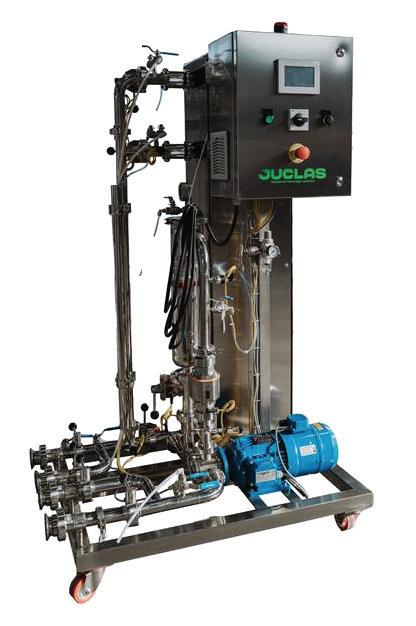
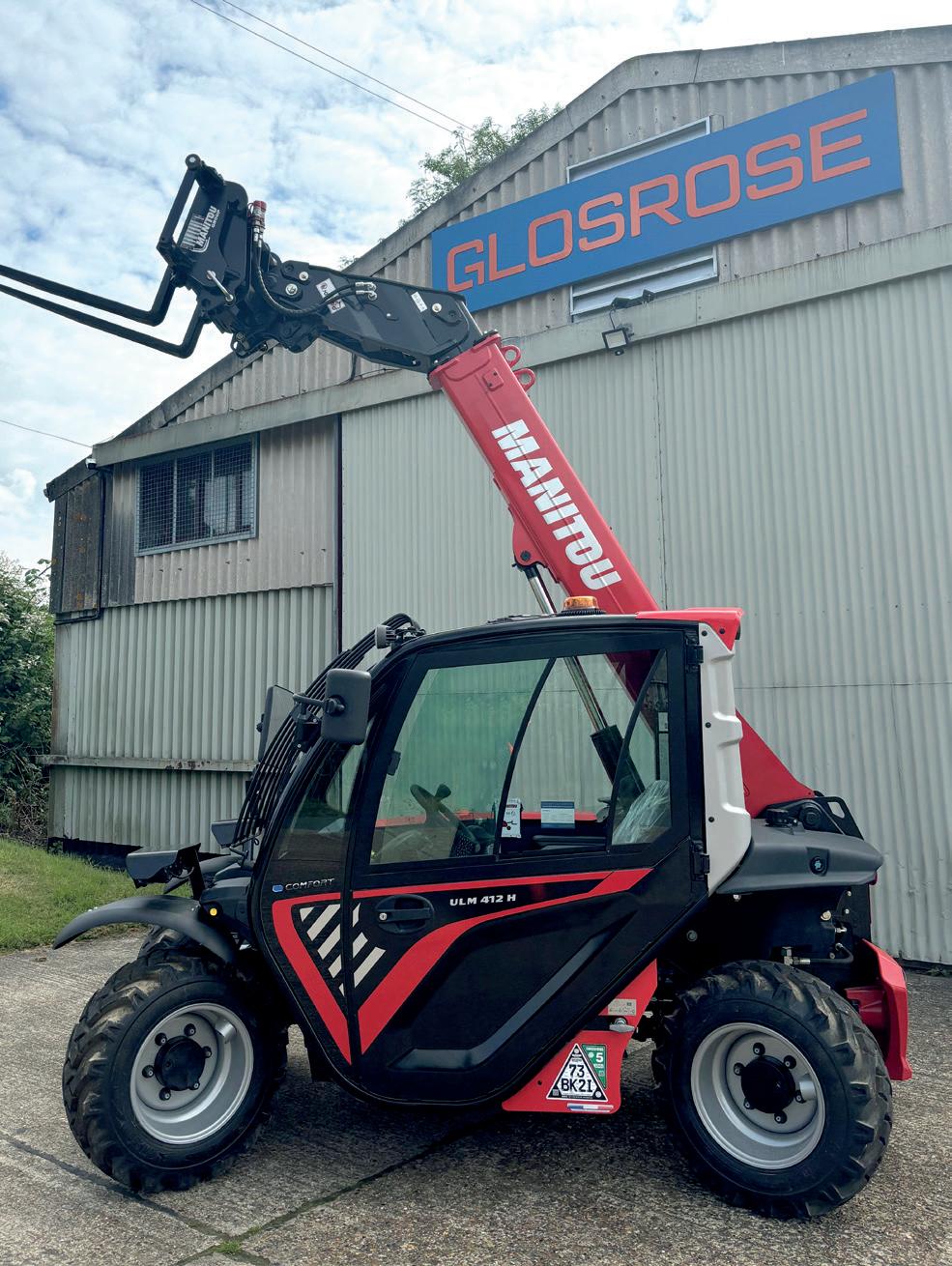






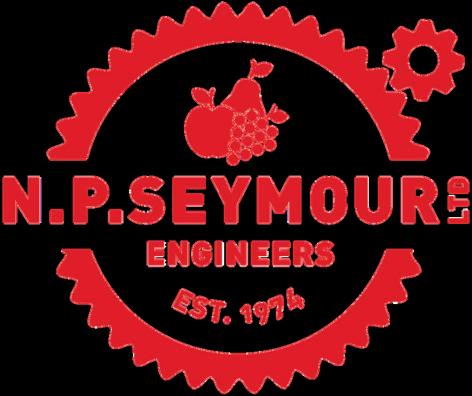
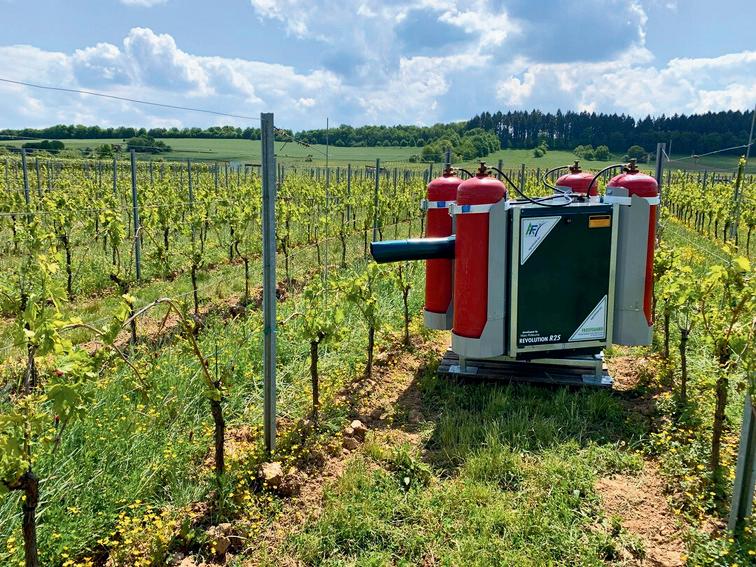






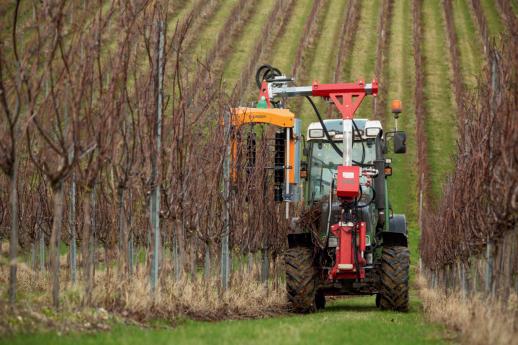
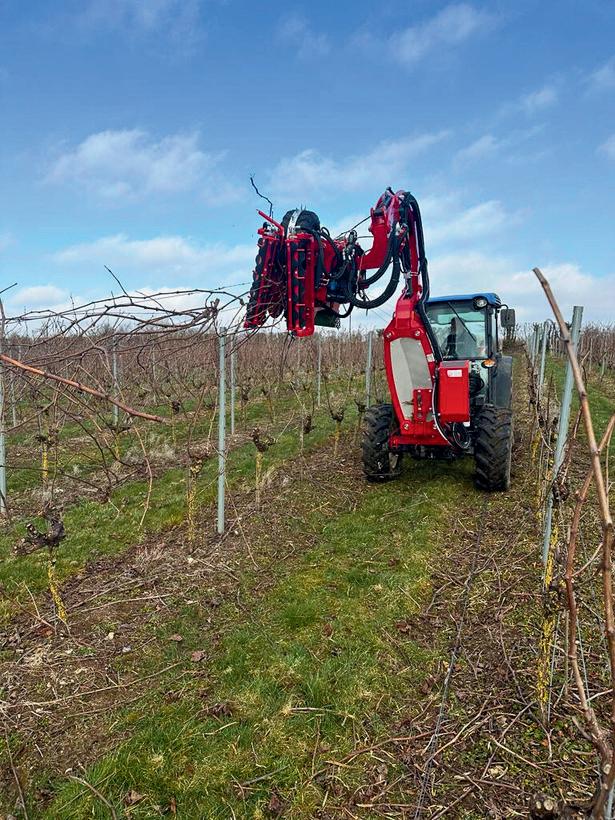

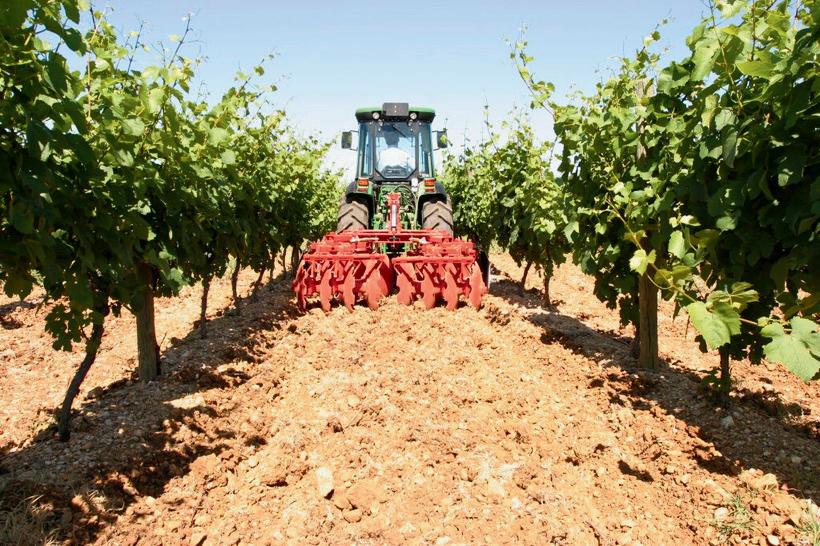



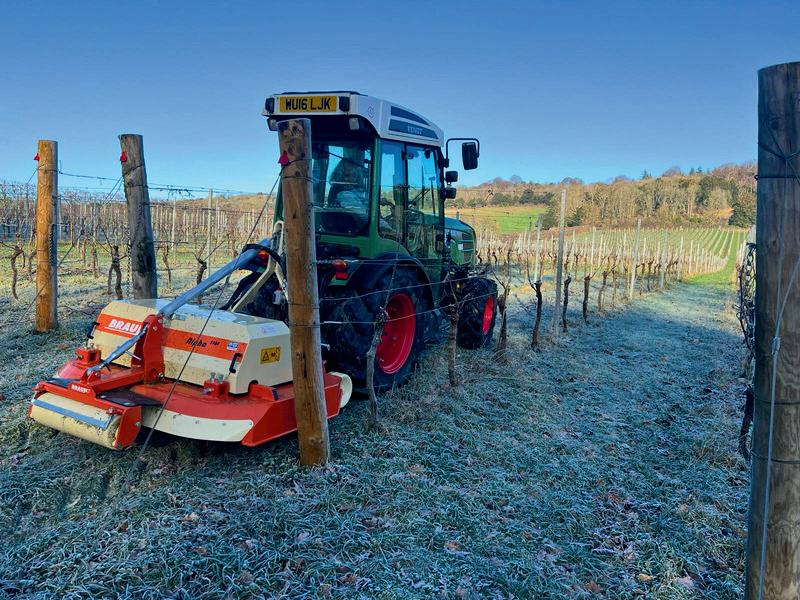






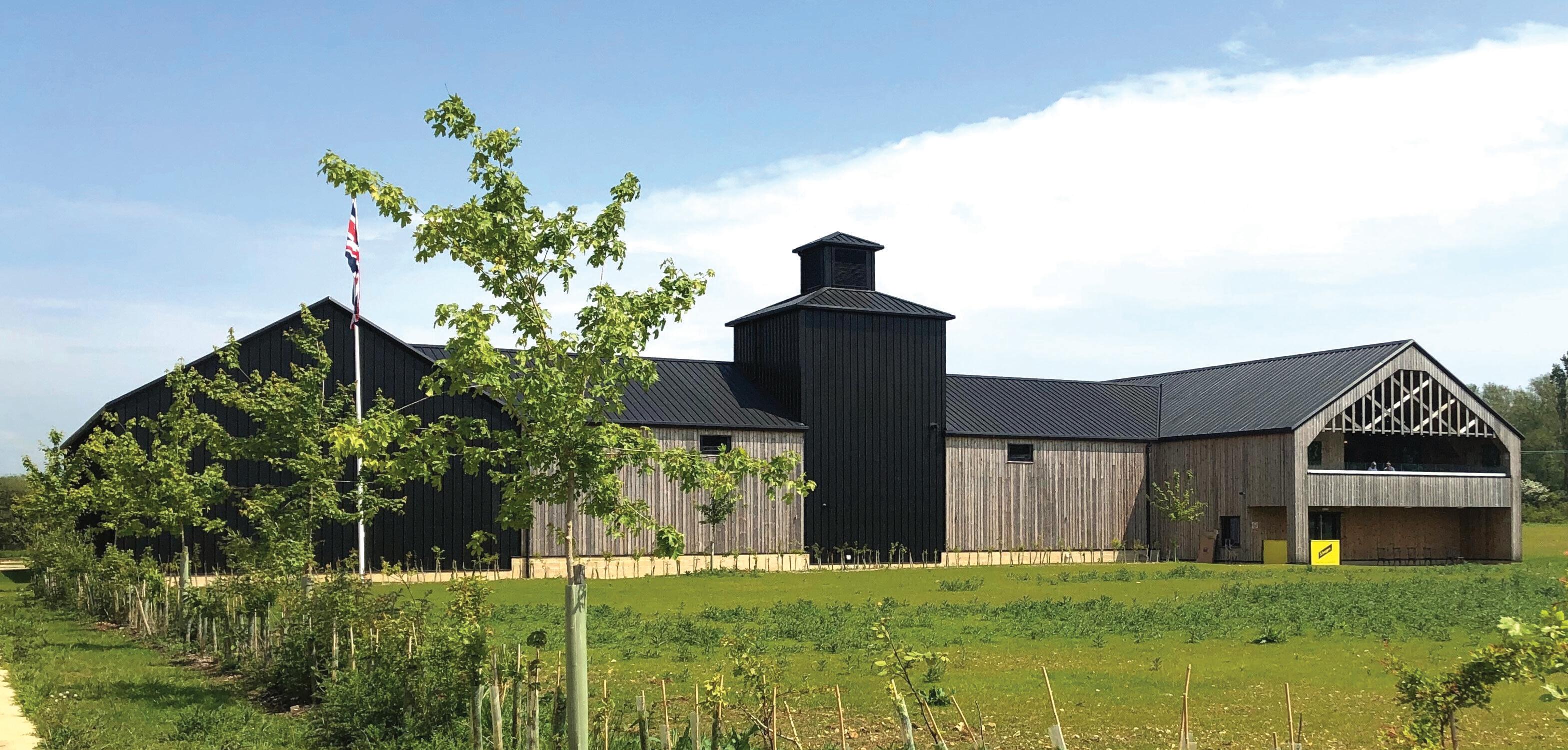
Steel-framed buildings built to last
From purpose-built agricultural structures to bespoke winery and vineyard facilities, every Shufflebottom building is designed, manufactured and finished to the highest standards at our factory in Cross Hands, South Wales.
Shufflebottom’s expert team understands the demands of the viticulture industry, from temperature-controlled production areas to durable storage and processing spaces. Whether it’s a new winery, bottling facility or multi-purpose barn, Shufflebottom will create a
building that’s strong, efficient and built around the customer’s needs.
The company is proud to offer a full service, from design and engineering to manufacture and on-site erection, ensuring quality and reliability at every stage.
Visit Stand M10 in Maidstone Hall to meet Sales Manager Rosemarie Jones, who’ll be on hand to discuss your next project and how Shufflebottom can bring it to life.
Call 01269 831831 or email vineyard@shufflebottom.co.uk
Safe and effective disease control
SAN Agrow is excited to present BOTECTOR®, a leading biological fungicide for sustainable grape protection, at the Vineyard & Winery Show. Visit Agrii at stand M59 to learn how BOTECTOR® can help protect vineyards and wine quality naturally and effectively.
BOTECTOR® is an organic fungicide that protects against Botrytis cinerea, one of the most destructive fungal threats to grape quality. Its naturally occurring active ingredient, Aureobasidium pullulans, prevents Botrytis infections which lead to bunch rot. BOTECTOR®’s unique, residuefree mode of action has minimal resistance risks and is ideal for organic grape production.
Rainfast performance ensures reliable protection, with rainfall actually boosting
the effectiveness of BOTECTOR® by up to 20%. Flexible application timing means growers can treat at any fruit stage, including just before harvest, providing protection when it’s needed most.
Winemaking remains uncompromised, as independent trials confirm no impact on wine quality, with the essential chemical composition of alcohol, acidity and sugar remaining stable from vineyard to bottle.
BOTECTOR® is:
◆ Organic: Ideal for sustainable and certified organic grape production
◆ Residue-free: No detectable residues, even when applied close to harvest
◆ Winemaking safe: Proved to preserve wine quality and composition. For more information, contact sanagrow-at@san-group.com
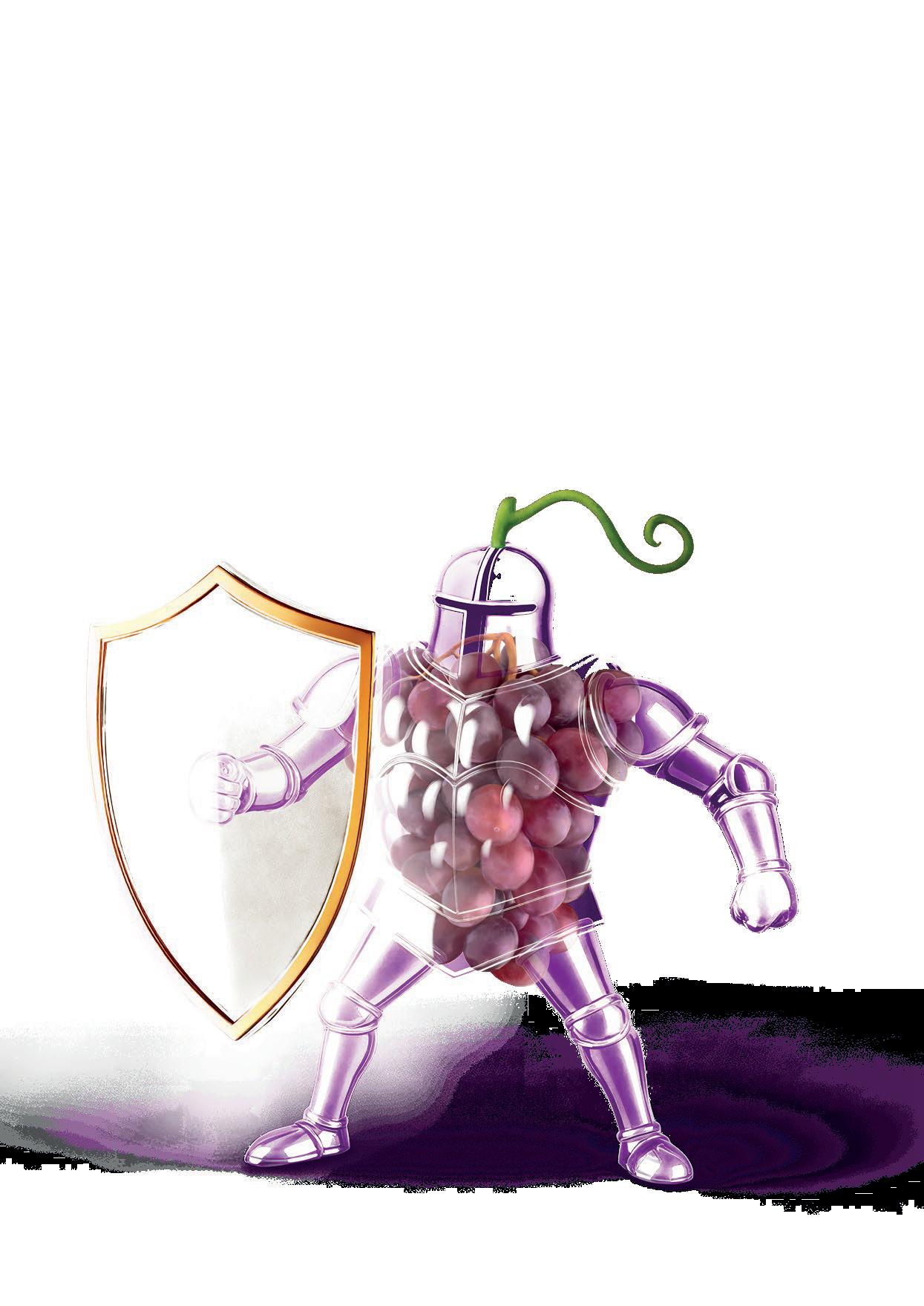
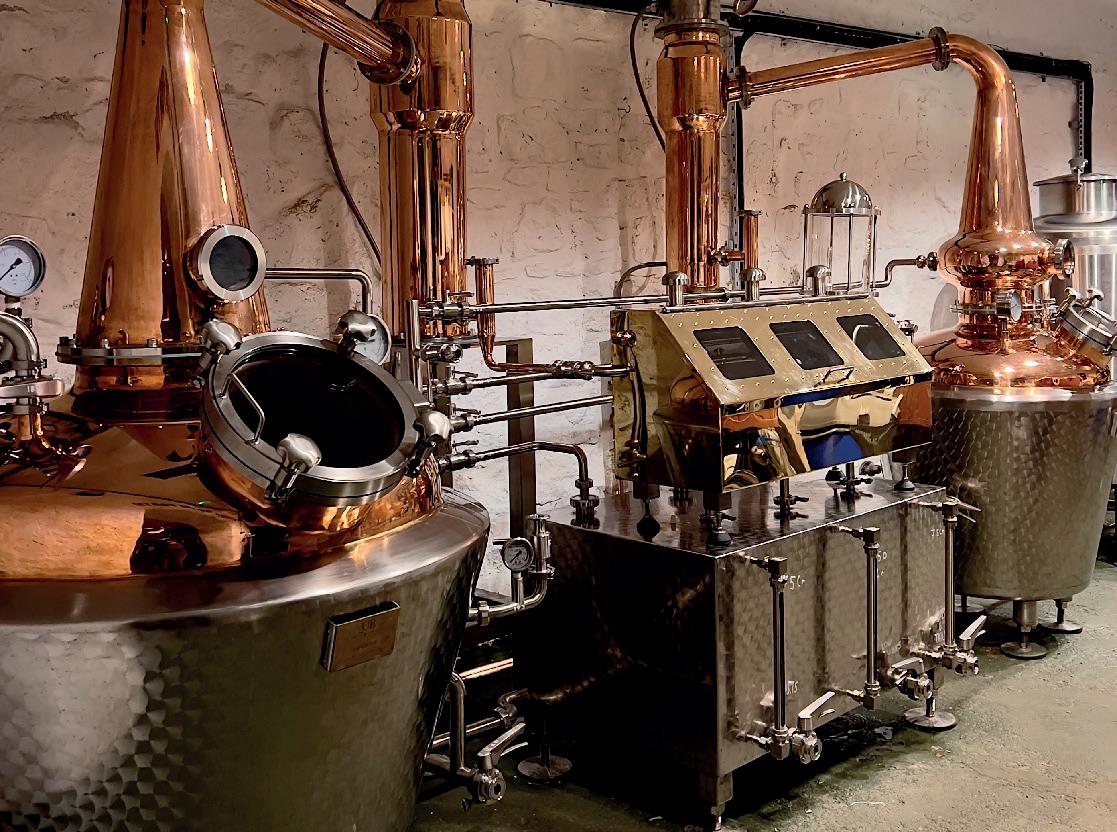
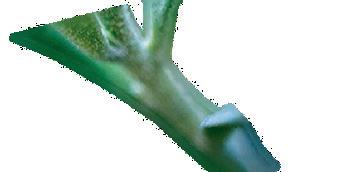
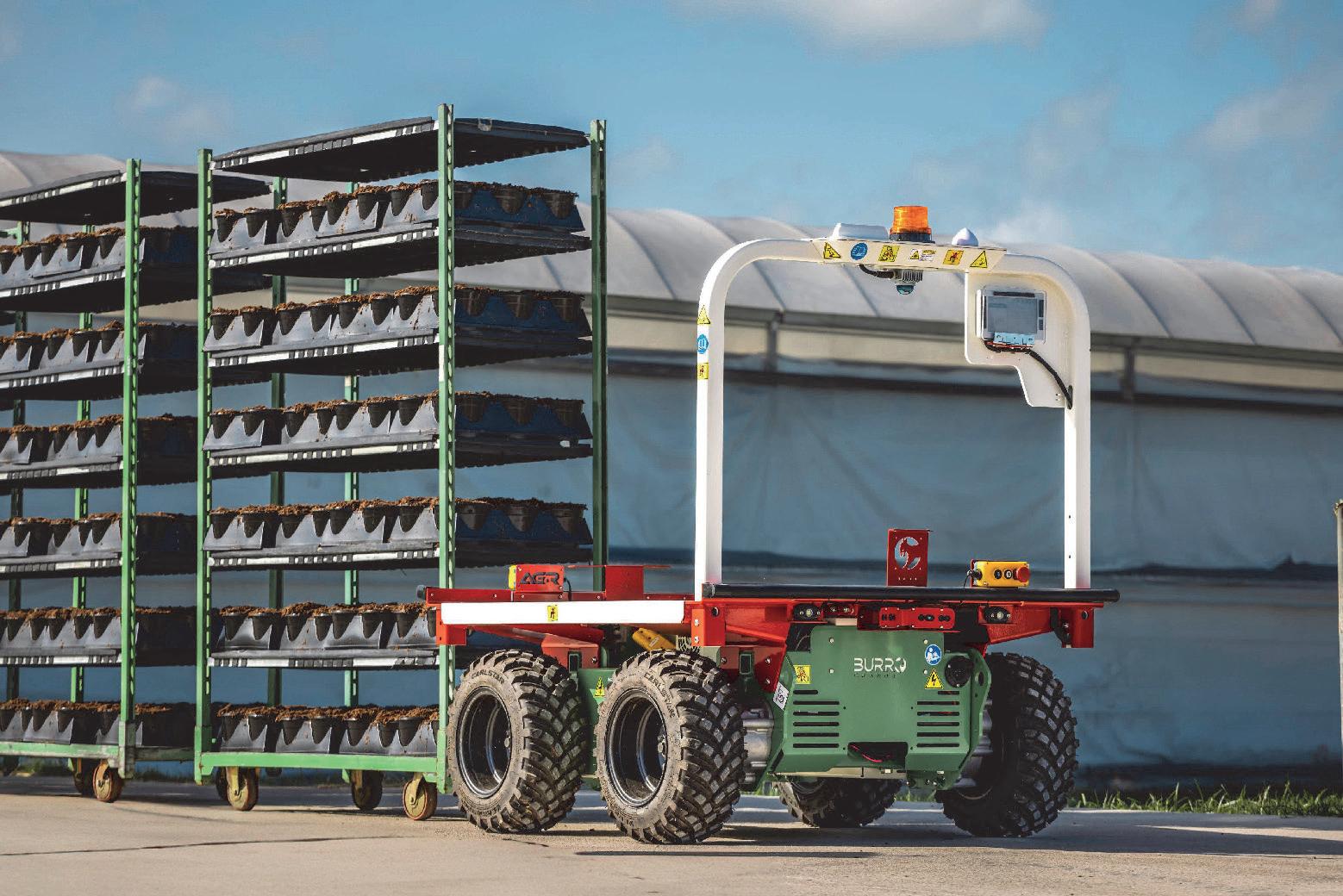













Meet the future of crop protection
Visit Russell CropCare on stand M51 at the Winery & Vineyard Show to experience the next generation of precision pest monitoring. Backed by decades of Russell IPM’s trusted expertise in pheromone trapping systems, the company’s innovative monitoring services use cutting-edge AI image recognition coupled, with years of entomological experience to revolutionise crop monitoring and protection.
Stop guessing and start knowing. Russell
CropCare provides real-time insights into key pest population dynamics, allowing growers to identify critical hotspots before they become a major problem and allowing easy data sharing between stakeholders. This proactive, data-driven approach minimises crop damage, reduces guesswork and supports a more sustainable farming future.
Russell CropCare’s affordable, bespoke monitoring packages covering vineyard, soft fruit and top fruit are tailored to the
customer’s specific needs. Target pests include spotted winged drosophila and key vineyard moth pest species such as light brown apple moth and European grape berry moth, ensuring a high-tech solution that delivers a clear return on investment. Speak to our helpful team at the show to discover how Russell CropCare can bring precision, predictability and peace of mind to your vineyard.
To follow up later, please contact us:
◆ Southern team: 07309 775825
◆ Northern team: 07309 775800.
Maximizing the space available in barrel cellars
How can you optimise barrel storage with a system that combines safety, convenience, and productivity? How can you redesign conventional wedging systems so as to avoid unstacking all your barrels? Tonnellerie Baron has the answer.
Since 2004, its OXOline® system has been maximizing the space available in barrel cellars, thanks to a patented French technology developed by the company. This functional, high-performance steel structure provides a unique opportunity to access barrels independently and securely, resulting in lower costs amongst other benefits.
For 20 years, OXOline® has been reinventing barrel cellar management. Following customer feedback, Tonnellerie Baron’s research department has developed accessories to move full and empty barrels, motorized rotation systems, expandable bungs and various other accessories to help with barrel cellars management. Tonnellerie Baron is recognised for its creativity and capacity to innovate and occupies a unique position among French cooperages. Based in Charente, this independent and family-owned cooperage dates back to 1875.
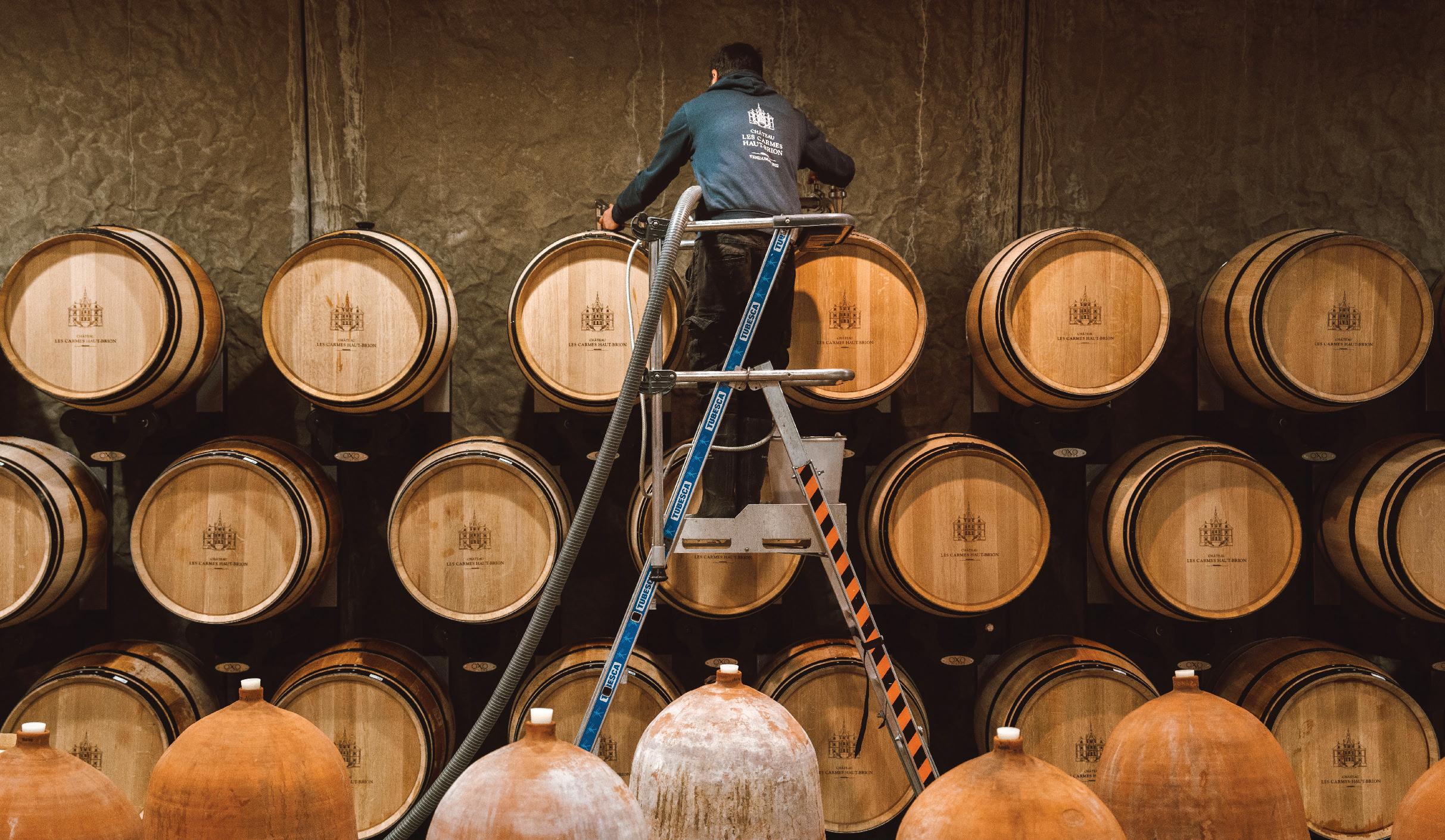
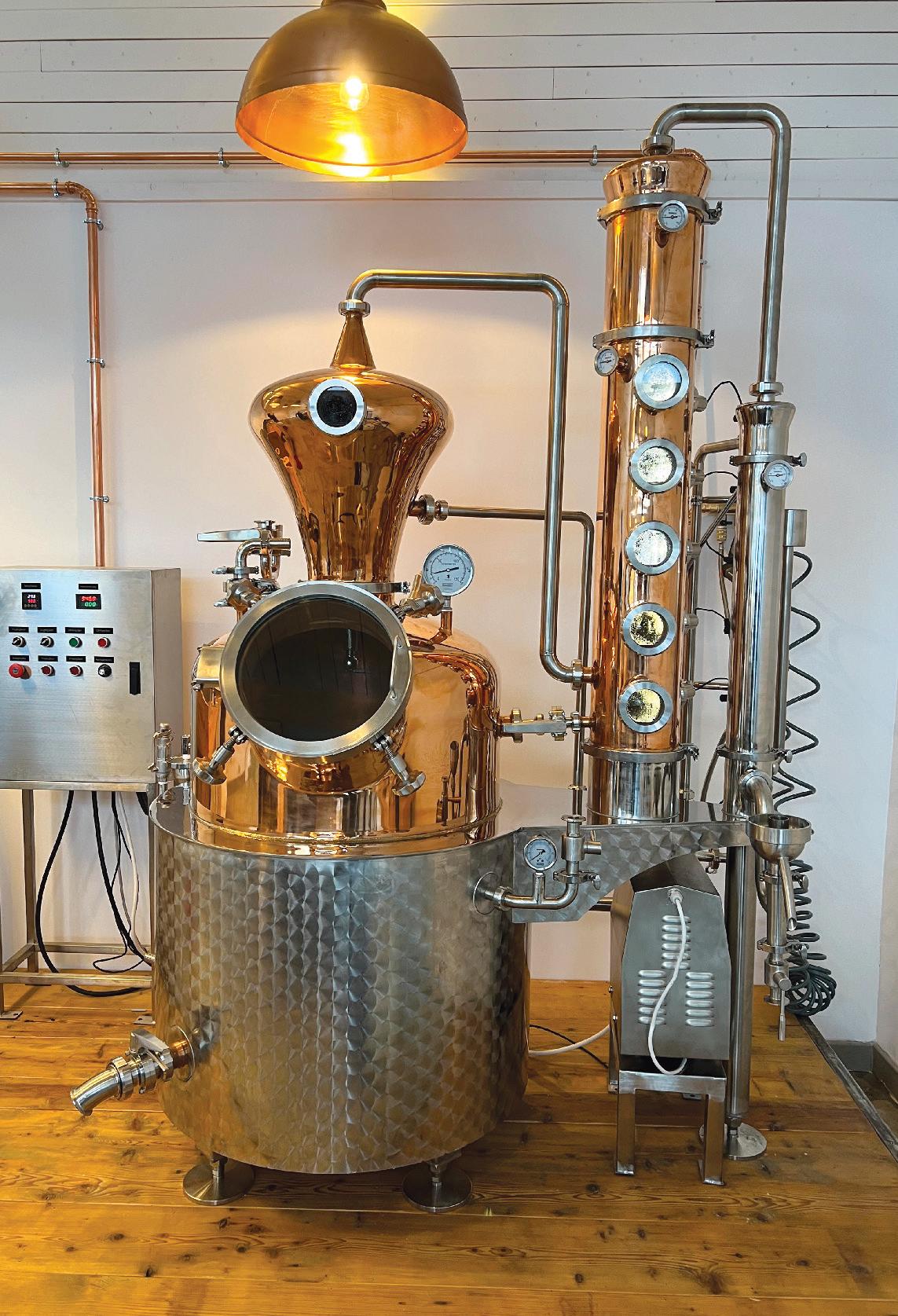
Planning for a distillery?
Wine or cider producers attending the Vineyard & Winery Show and considering the exciting possibility of distilling their fermented products should make sure they visit The Craft Distilling Business Ltd. The company specialises in designing, commissioning and maintaining micro-distilleries, and has a track record of hundreds of successful projects over the past nine years.
The Craft Distilling Business’s state-of-the-art copper stills, ranging from 50 to 5,000 litres, are renowned for quality and innovation. The range includes fruit brandy hybrid stills, pot stills and vacuum stills, all perfect for turning fruit and ferments into high-quality spirits.
Beyond equipment, the team can provide comprehensive support to help clients every step of the way. Services include helping with licence applications, health and safety certification, staff training, recipe development and sourcing botanicals.
The Craft Distilling Business is trusted by over 300 craft distilleries in Europe and Asia and is dedicated to helping new businesses navigate the practical aspects of starting a distillery, including licensing and costs.
Visit The Craft Distilling Business stand at the show for advice on creating a successful distillery or email matt@thecraftdistillingbusiness.com or call 07717 207331.
Specialist Vineyard
Agronomy
From vineyard establishment through to post-harvest management, our dedicated agronomists are able to ensure that you maximise your yields of top quality fruit, whilst satisfying the ever more complex demands of legislation, protocols and consumer expectation. Contact us for more information.

“Working closely with our growers, we use integrated pest management to optimise fruit quality and yield.”
e: enquiries@agrovista.co.uk
@AgrovistaFruit
@AgrovistaUK
agrovista.co.uk
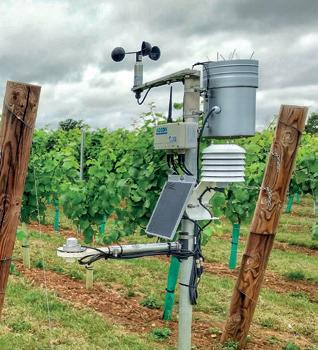

UK agents for Oeno Concept
Les Pressoirs Coquard
TDD Griliat
MDC Mignon Développement Conception Cazaux rotoflex TR Equipments R.Cork
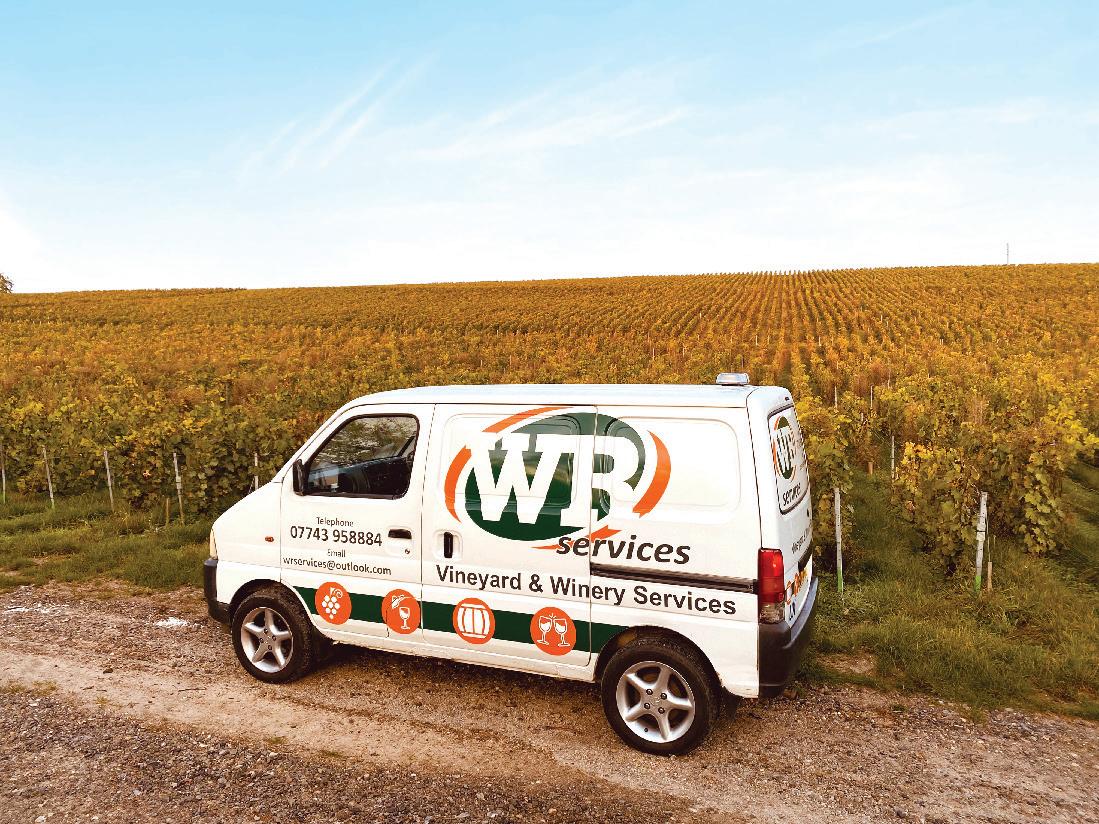

Efficient and cost-effective solutions tailored for smaller vineyards
Vitimech returns to the Vineyard & Winery Show for its second year, bigger and better. This year’s stand features an expanded range of machinery, with product specialists and manufacturer representatives on hand to answer questions and offer expert advice.
Building on the success of last year, Vitimech will once again showcase Collard’s exceptional vineyard equipment, including the leaf remover, vine trimmer and pre-pruner. Visitors can also see how Vitimech has adapted Collard machinery for use with Avant loaders, providing an efficient and cost-effective solution tailored for smaller vineyards.
For 2025, Vitimech is excited to welcome two new partners to its line-up: Calvet and Agrofer. Representatives from both brands will be at the stand to discuss their cutting-edge ranges and share insights into the latest vineyard technology.
After a busy and productive year across the industry, the Vitimech team looks forward to reconnecting with familiar faces and meeting new visitors to the show. Come by the stand to explore the latest vineyard innovations, discover practical solutions for every scale of operation and see how Vitimech continues to support growers with world-class equipment and expertise.
Supplier of filtration, separation and fluid handling equipment for the winery
Integrated Processing Technologies Limited is a supplier of filtration, separation and fluid handling equipment for the winery. The company’s aim is to maximise the quality of the product and the reputation of the brand by providing clients with a choice of high specification components coupled with the appropriate knowledge and support to use them costeffectively and with ease.
IPTL’s product range includes flexible hoses, barrel and tank cleaning equipment, valves, fittings and accessories. The company is best known for its 40-plus years’ expertise and experience in filtration and separation applications.
As well as its own range of filters, IPTL is a specialist partner of Filtrox and Parker for the food and beverage industry. Applications include the clarification and microbial stabilisation of wine, removing taints from wine and water, treating compressed air and gases to make them food
safe and generating nitrogen from compressed air to provide a selfsufficient source that avoids fluctuations in market price and availability. Meet us on stand M21, call 07534 596185, email peter@integprotec.com or visit www.integprotec.com
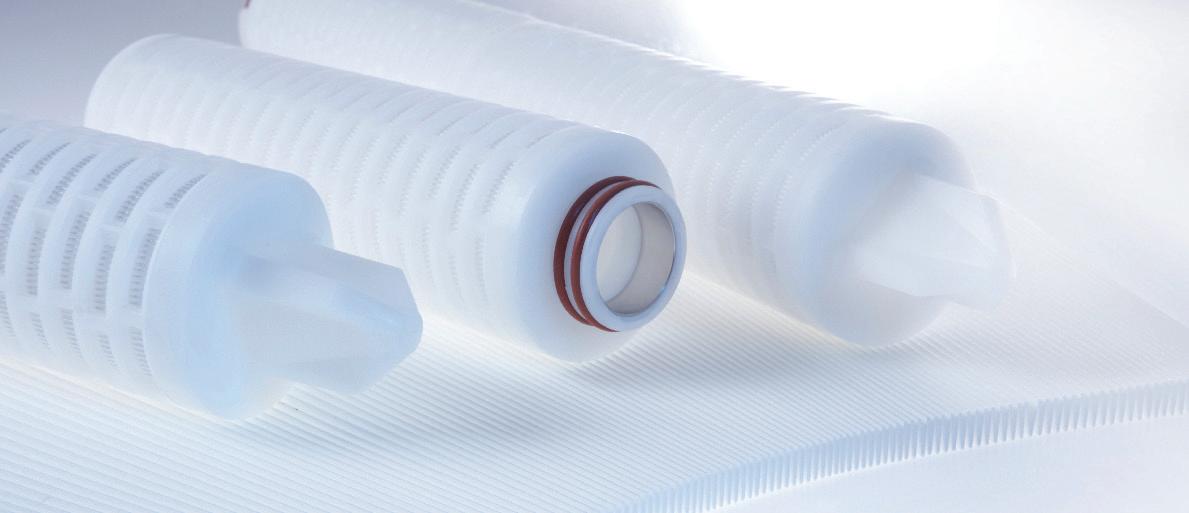
Bespoke solutions for winemakers
Stainless Steel Products Ltd (SSP) specialises in creating bespoke stainlesssteel tanks and equipment designed around the precise requirements of each winemaker. Every tank is hand-crafted by a skilled Swiss-Slovenian team, combining precision engineering with exceptional build quality.
SSP offers all types of tanks but specialises in rectangular tanks that allow producers to maximise capacity without increasing their footprint. Each vessel can be fully insulated for consistent temperature control, with handmade insulation jackets that deliver a more efficient fit and superior thermal performance than standard, machine-made alternatives.
In addition to tanks, SSP supplies a full range of winemaking equipment, including filling machines, presses, conveyors and labelling systems. From grape to glass, SSP provides everything required to take grapes through fermentation and into the bottle, all designed to enhance workflow, reliability and product quality.
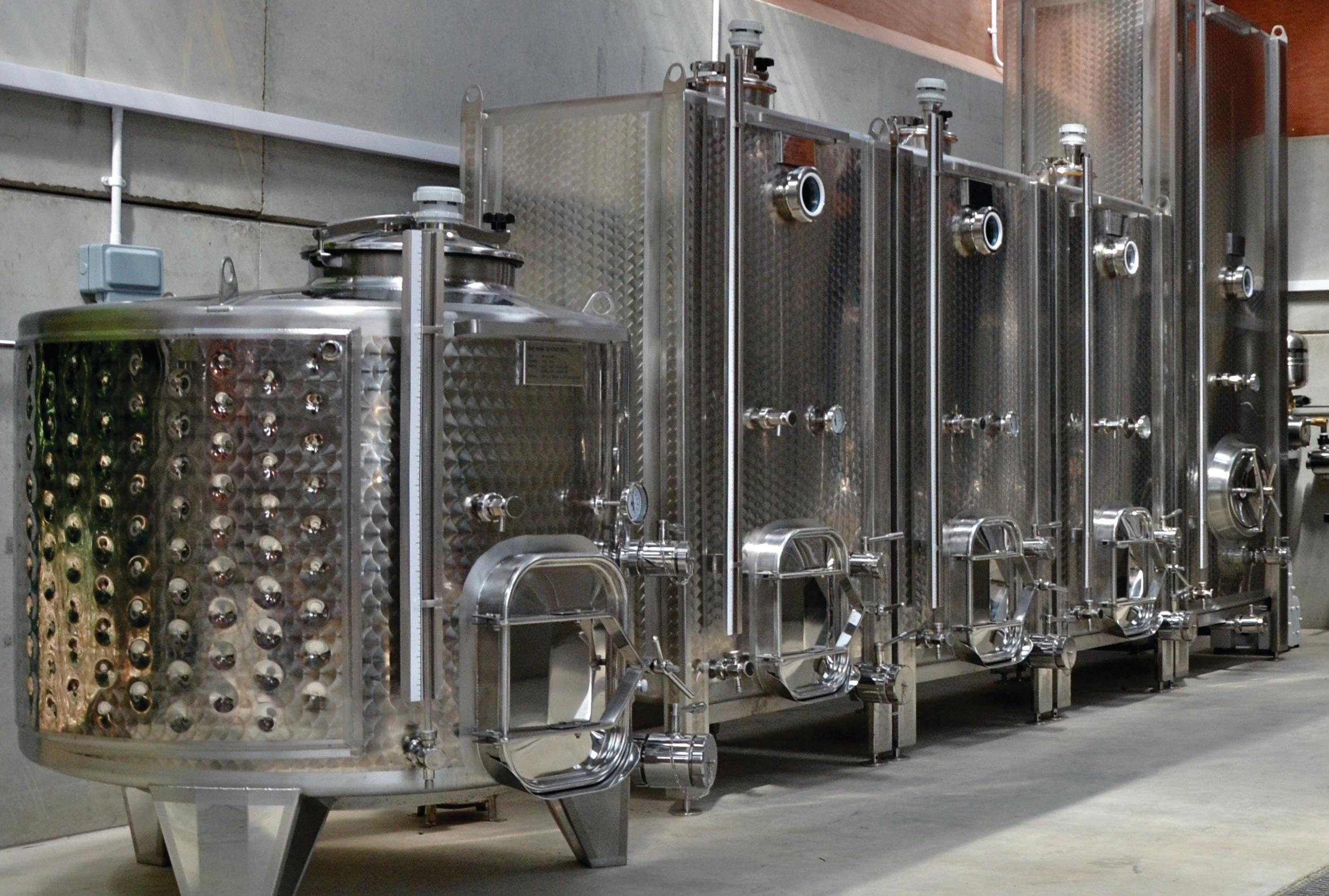
SSP
built a reputation for
durability
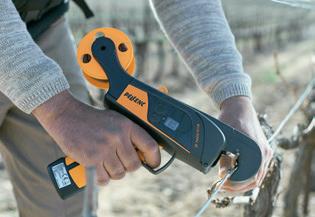
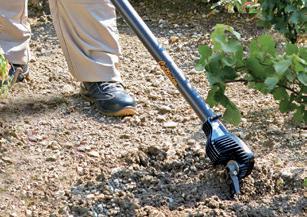
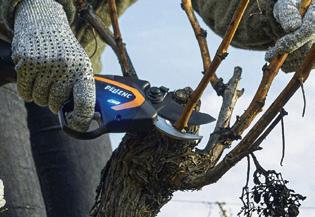
Trusted by many of the UK’s leading
Discover the difference bespoke engineering can make. Visit www.stainlesssteelproducts.co.uk
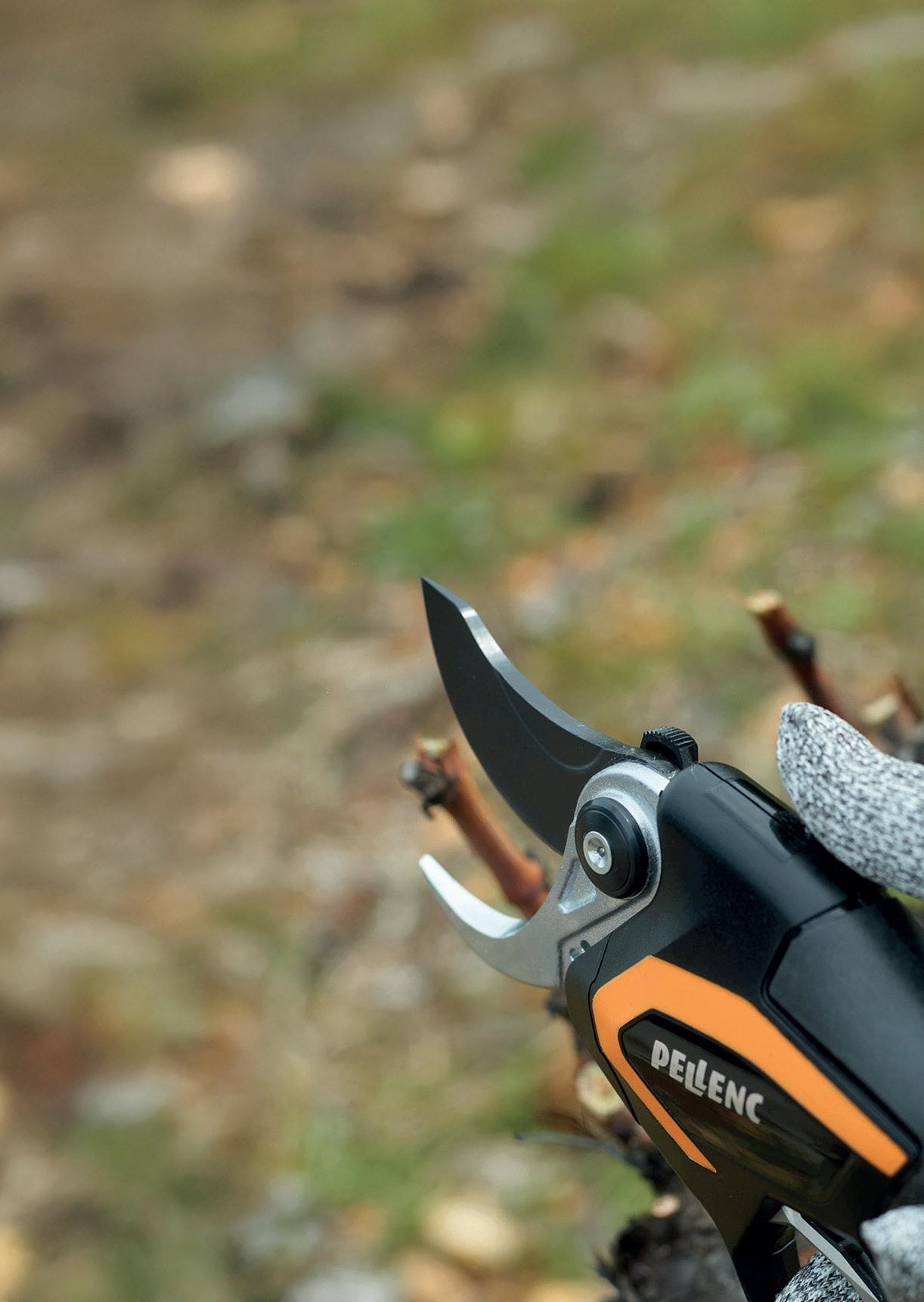


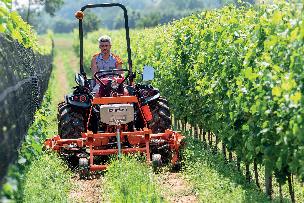
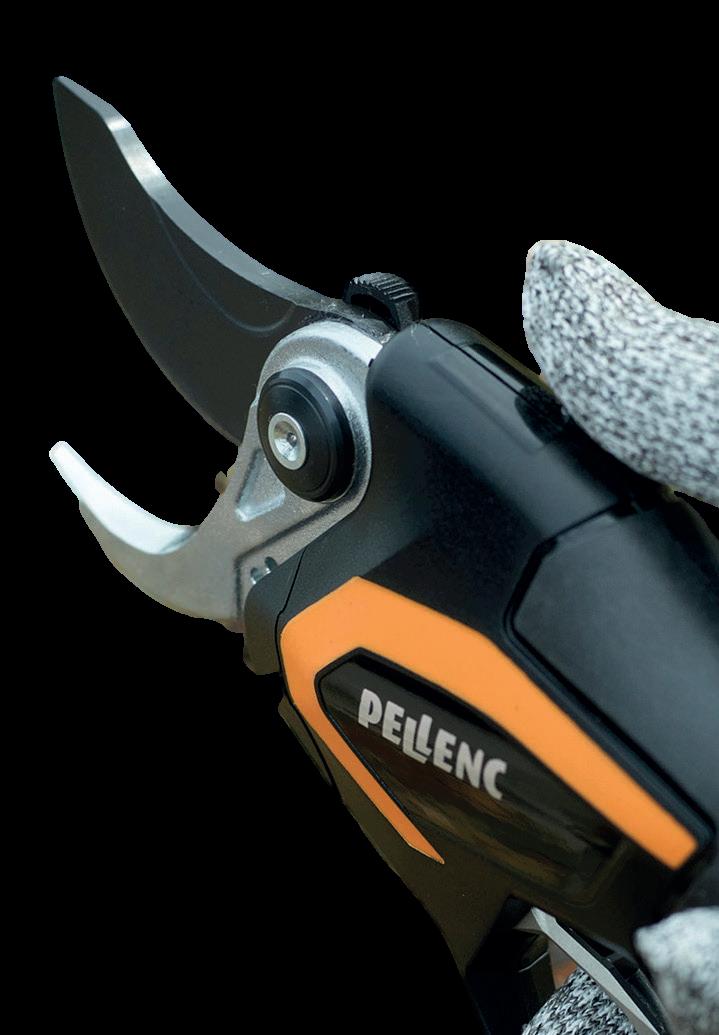
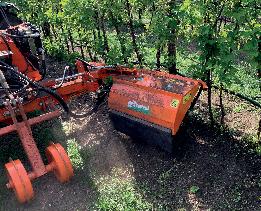

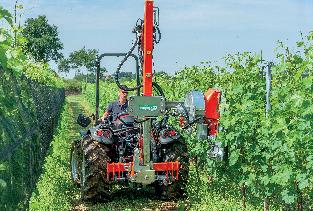
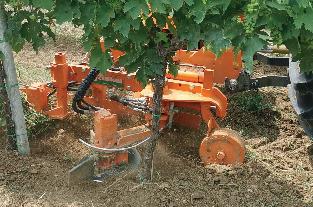

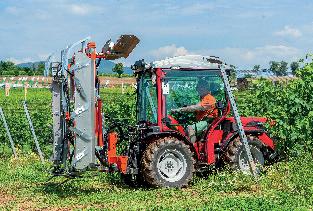
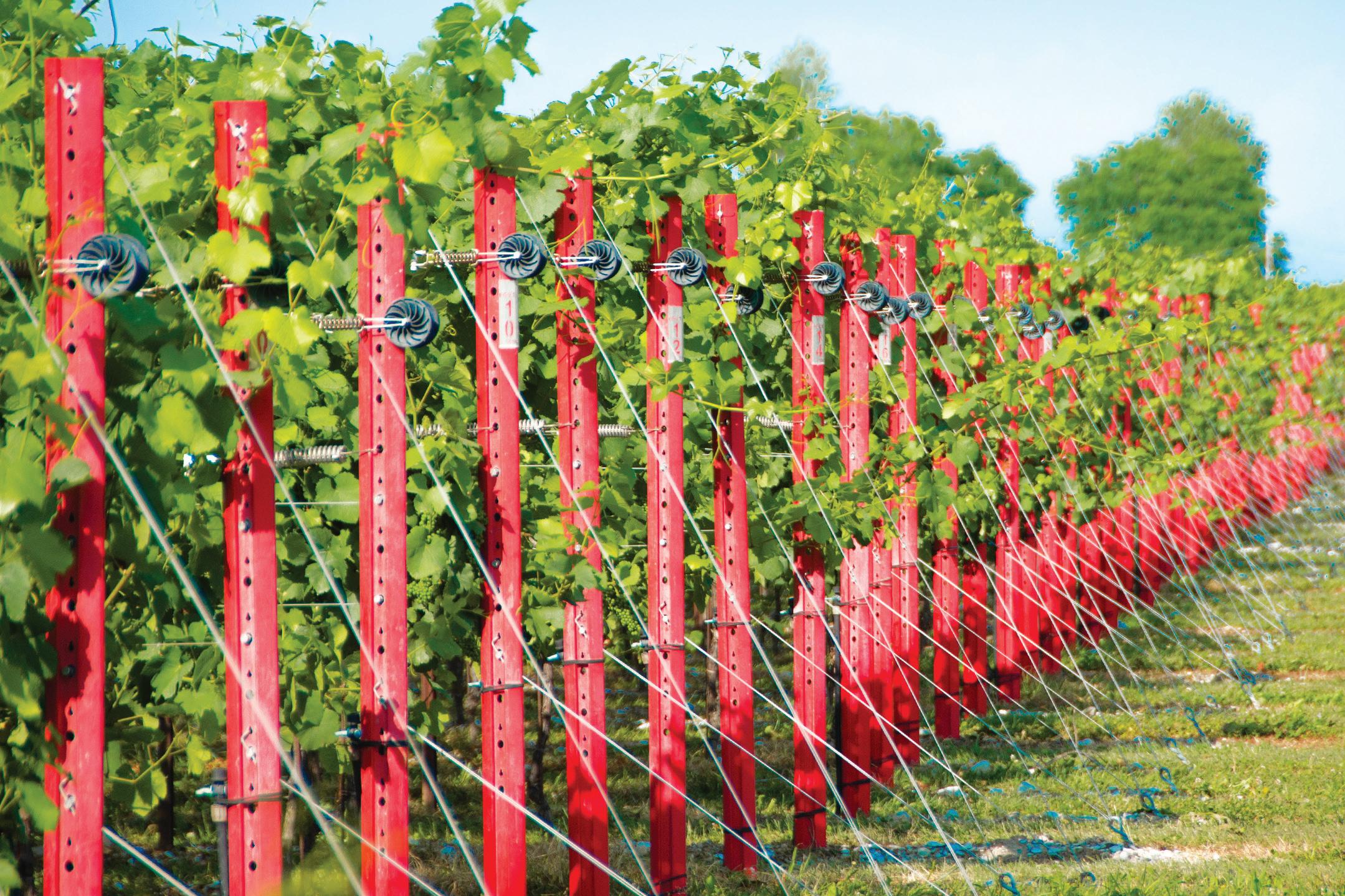
Posts, wires and accessories
Vignetinox, a premium brand of Mollificio Bortolussi, is proud to return to the Vineyard & Winery Show. With more than 40 years of research and expertise, Vignetinox designs and manufactures innovative solutions for vineyards and orchards.
Among the company’s highlights this year are:
◆ INFINITY Post: a closed profile (100x50 mm) with antitorsion design and patented ground anchoring fins. It provides outstanding stability without the need for wires, ties, or anchors, freeing up valuable space in the vineyard.
◆ ECLIPSE Post: an ergonomic and safe intermediate post (60mmx40mm), designed with slots along its entire length.
Combined with the CLIP accessory, it offers quick and flexible wire positioning tailored to the grower’s needs.
◆ NATURE Wire: a stainless-steel wire with a natural finish, reducing glare compared to traditional wires while maintaining full mechanical, physical and chemical resistance.
The Vignetinox team will be on hand to present these solutions in detail, answer visitors’ questions and guide growers towards the most suitable system for their vineyard or orchard.
Discover the innovation and reliability that make Vignetinox the trusted choice for growers across Europe and beyond. Visit stand M61 to discover how our systems can enhance efficiency, sustainability, and quality in the field.
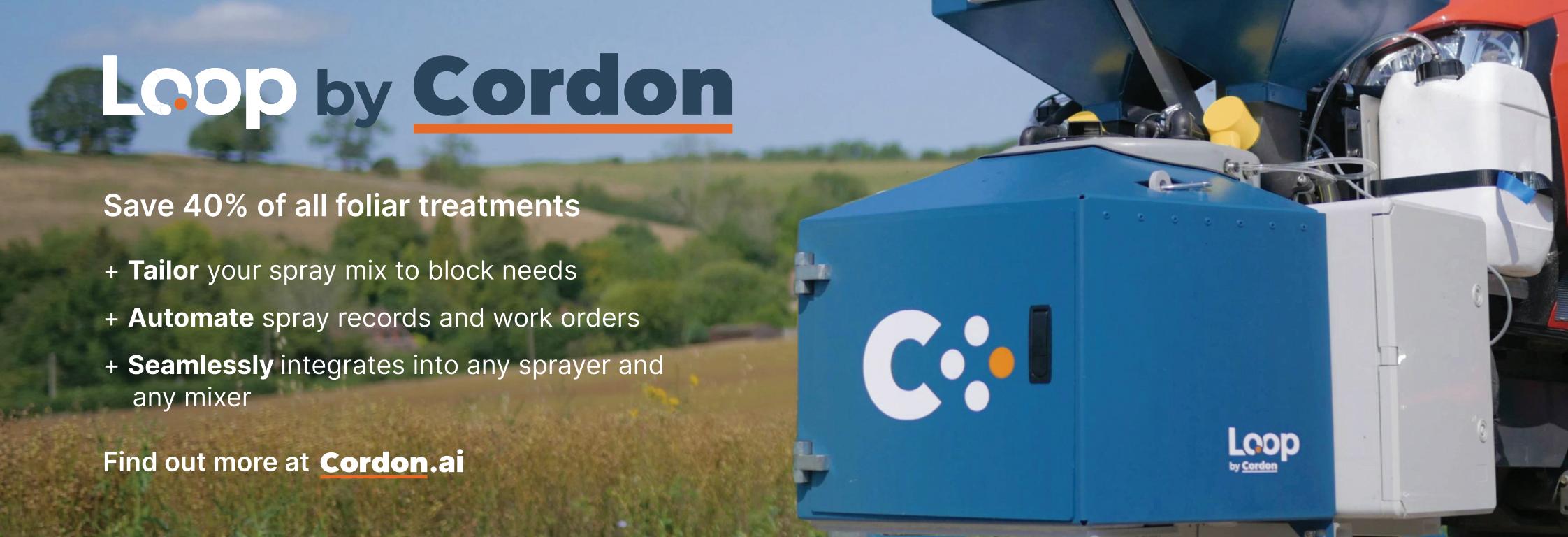

PRODUCER
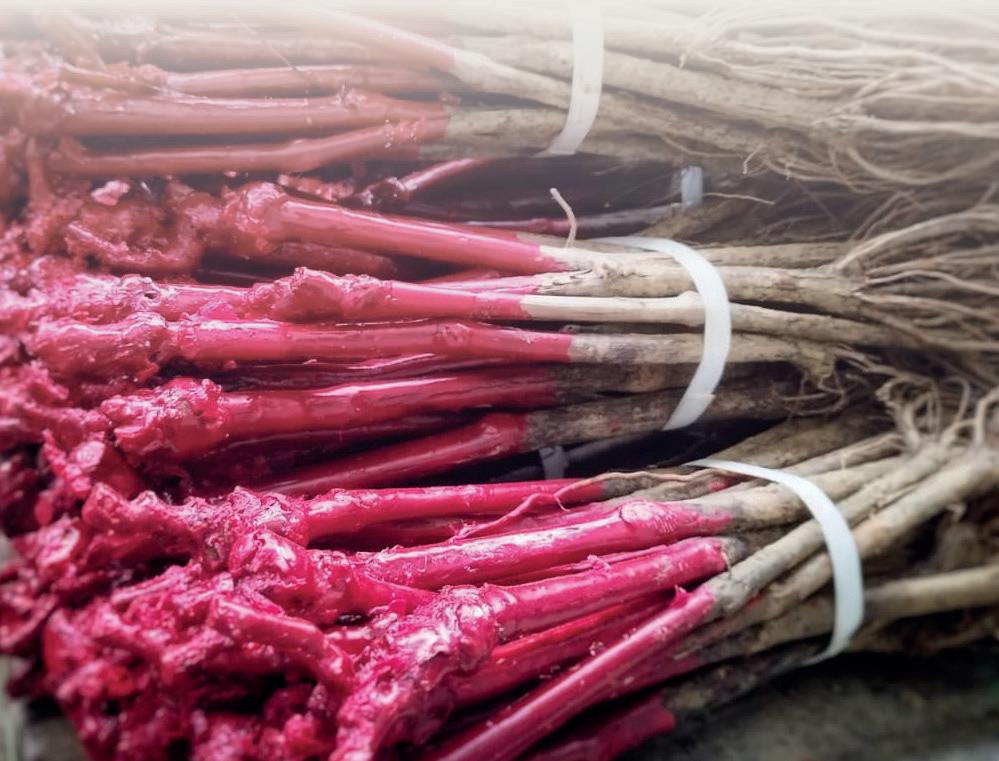
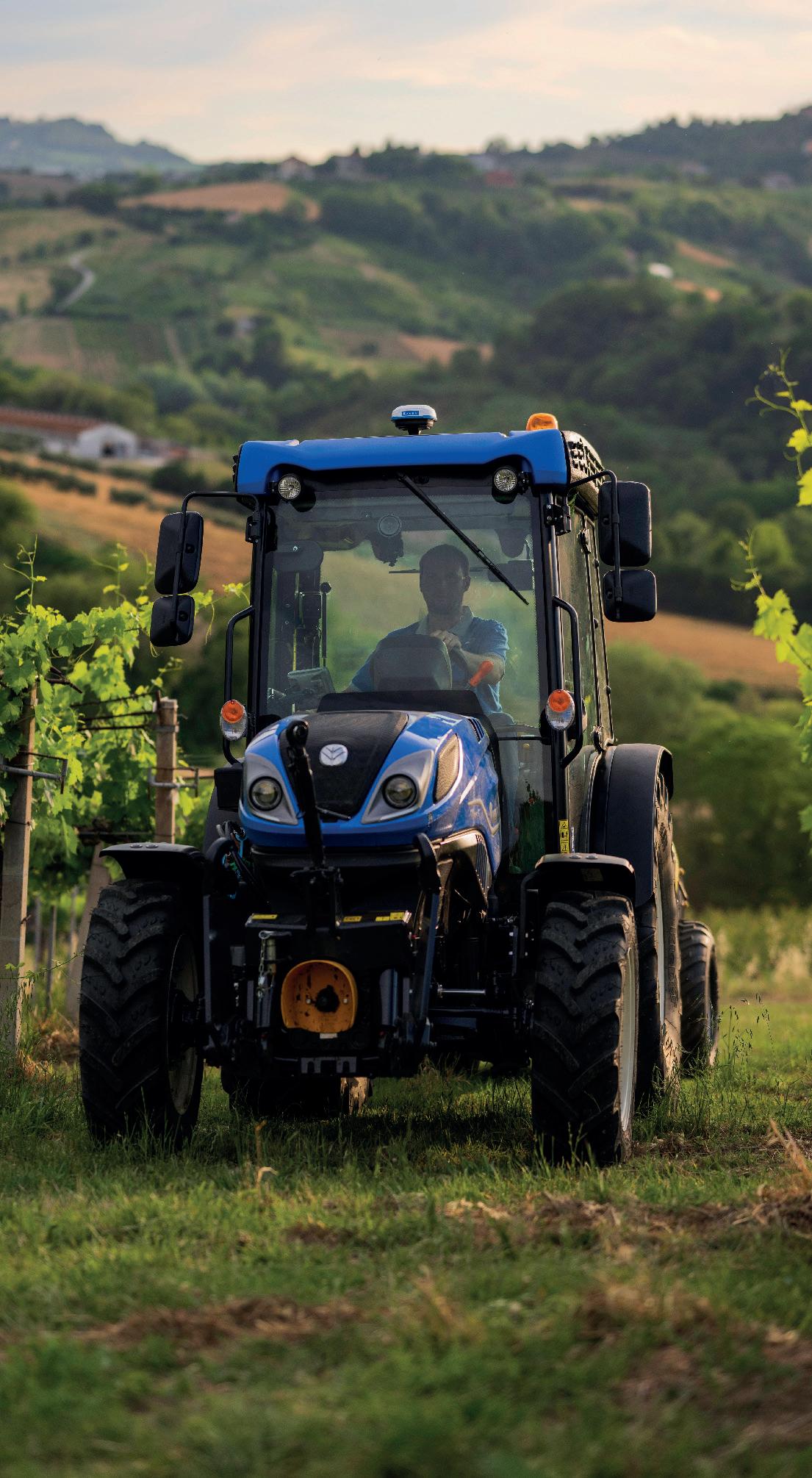


Making wines centre stage on the Christmas table
Laura Hadlan

While many wineries are still dusting themselves off from a busy harvest – or perhaps even still just about out amongst the rows, in some cases – others have been managing the day-to-day work of autumn whilst simultaneously planning their method of attack for capturing the Christmas spend.
There are a lot of options for businesses looking to get their wines centre stage on the Christmas table this year. As ever, online and cellar door sales offer different benefits and drawbacks, so choosing the right approach for you is important to find the best return on investment.
Cellar door sales
Boosting direct seasonal sales is a question of focusing your efforts into the right channels. The post-harvest period is perhaps the best time to update your marketing strategy ready for the year ahead and to consider how best to get your wine in front of customers who are ready to buy for Christmas and beyond.
◆ If you sell onsite:
– How will you make your displays feel more festive and showcase your key products?
– Can any work be done on making potential customers more aware of your shop, its location and opening hours? A small investment into banners, way finding materials and even local print advertising can make all the difference when carefully targeting.
The post-harvest period is perhaps the best time to update your marketing strategy ready for the year ahead
◆ Are you looking to sell at local fairs?
– If so, make sure to talk to the organisers about the demographics of their attendees and expected visitor numbers before booking a stall.
– It is also not unreasonable to ask about which other vendors have been booked or are expected to book. There are plenty of Christmas fairs taking place around the country - can you find one where there isn’t too much competition from other alcohol producers, considering the number of attendees?
– Will the event be attended by people who are likely to make a purchase from you in sufficient numbers for you to turn a profit?
– How will you manage tastings and conversations with potential buyers to ensure that they are encouraged to buy your wine?
◆ The time has perhaps already passed to start talking to static outlets like independent bottle shops and farm shops about Christmas 2025. But that doesn’t mean that they won’t have space for one exciting new line, or that they are not open to looking at seasonal opportunities across 2026. The sooner you open those lines of communication, the sooner you will find the opportunities that are a good fit for your business.
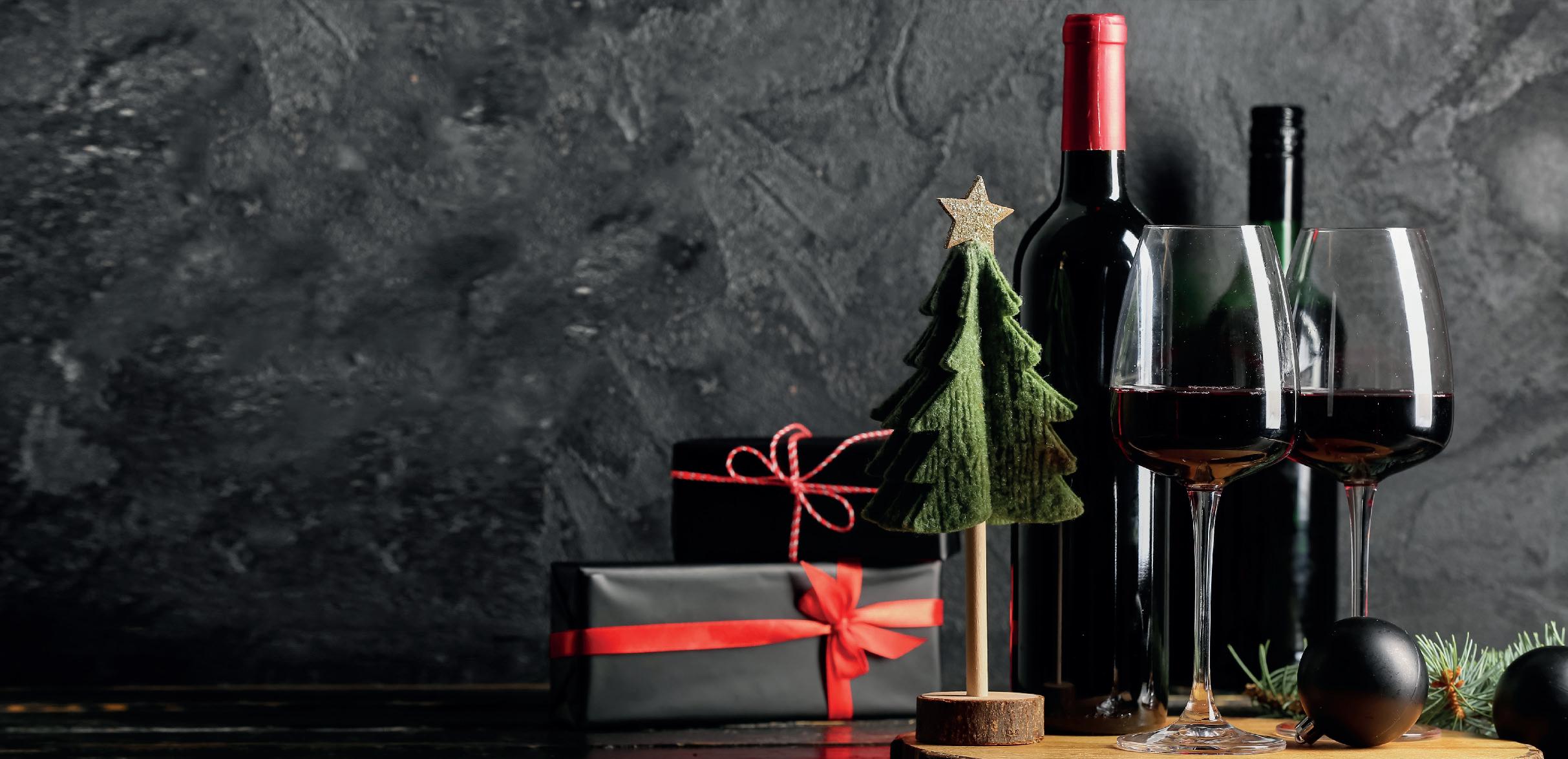
Selling direct to consumer, face to face, has the undeniable benefit of allowing you to build great relationships. That gives the opportunity to build brand loyalty and repeat custom which can truly be the bedrock of a successful business. However, it is undeniably time consuming. Guiding one single customer through the funnel to a successful sale can be a relatively long process, considering the amount that most individuals are likely to spend – so balancing in-person sales with online marketing can be an important way of working smarter, not harder.
Getting your product featured in a seasonal gift guide for the national press is a surefire way to generate sales. When it comes to wine recommendations, many of those will be handled by a specific individual, someone who has been tasked to act as the wine expert for that specific publication. They will compile the guides, so it’s important that you identify the correct person to direct your press releases and samples to, ensuring they are well informed about new products, new vintages and interesting seasonal offers.
Of course, it is not just wine that some vineyards are offering. Hampers, tour tickets and experience vouchers could all be candidates for gift guides that are not necessarily solely wine focused. Simon Lewis, the Recommended Reviews Editor for The Telegraph gave Vineyard Magazine a little more insight into how he works when commissioning gift guides.
“I ask the writer to keep it as varied as possible. I always stipulate price bands – we want plenty of products at low price points and only a few at the top end, and I only allow one gift per brand in any guide. Finally, we have an SEO team who let me know the trending search terms. If there is a peak in searches for one particular item, I would aim to include that. I always want to include gifts that people are already looking for.”
Claiming one of the limited spots in the national press can often come down to the luck of the draw. If the relevant journalists know about your brand, then you’re in with a chance and all you can do is wait. In the meantime, it may be easier to see if you can claim a couple of column inches with local news outlets in your area.
Some local newspapers now invite articles to be sent to them directly for online publication. This usually means a slight rewording of a press release to make it immediately accessible to the general reader. But with a simple online form, your Christmas offering could be in front of a local readership within 24 hours. The YourWorld newspaper group is one example of a business which takes submissions in this way.
Don’t forget to look beyond the newspaper for other outlets in your area that may be happy to feature your Christmas lines and events. BBC local radio stations have a good track record for giving interviews and visits to vineyards for events and activities that they think their listeners will be keen to attend. There could also be small-circulation magazines in your area, or digital magazines and blogs that will be happy to run, or even attend, festive events and bring them to a new and geographically relevant audience.
“I ask the writer to keep it as varied as possible. I always stipulate price bands – we want plenty of products at low price points and only a few at the top end”

SEASONAL MARKETING Optimising your online presence
Adapting your existing online shop to create a specific landing page for Christmas customers is usually relatively easy, if you are using a standard shop template. In fact, it may even be as simple as adding a ‘Christmas’ tag to the relevant products that you have listed and then adding that tag to the searchable menu.
It is worth looking into whether this is an achievable action for your own business website because not only is it important to make the customer journey (from browsing to buying) as short and simple as possible, but by adding the word Christmas to your website, you are more likely to start getting hits from people searching for their seasonal wines for both gifting and consumption.
Tourism Northern Ireland have written an excellent introduction to Search Engine Optimisation (SEO) that is easy to follow and tailored for tourism-focused businesses, so much of the advice can be applied to vineyards looking to up their marketing game in time for Christmas.
Seasonal SEO
Chapel Down have made excellent use of their blog to play the SEO game, making sure that their website stands out to the search engine robots for key words like “English sparkling wine”, “Christmas” and “Christmas toast”. They put out a blog post in early October 2024 that encouraged readers to choose English sparkling wine as their fizz of choice for Christmas, looking at the traditions
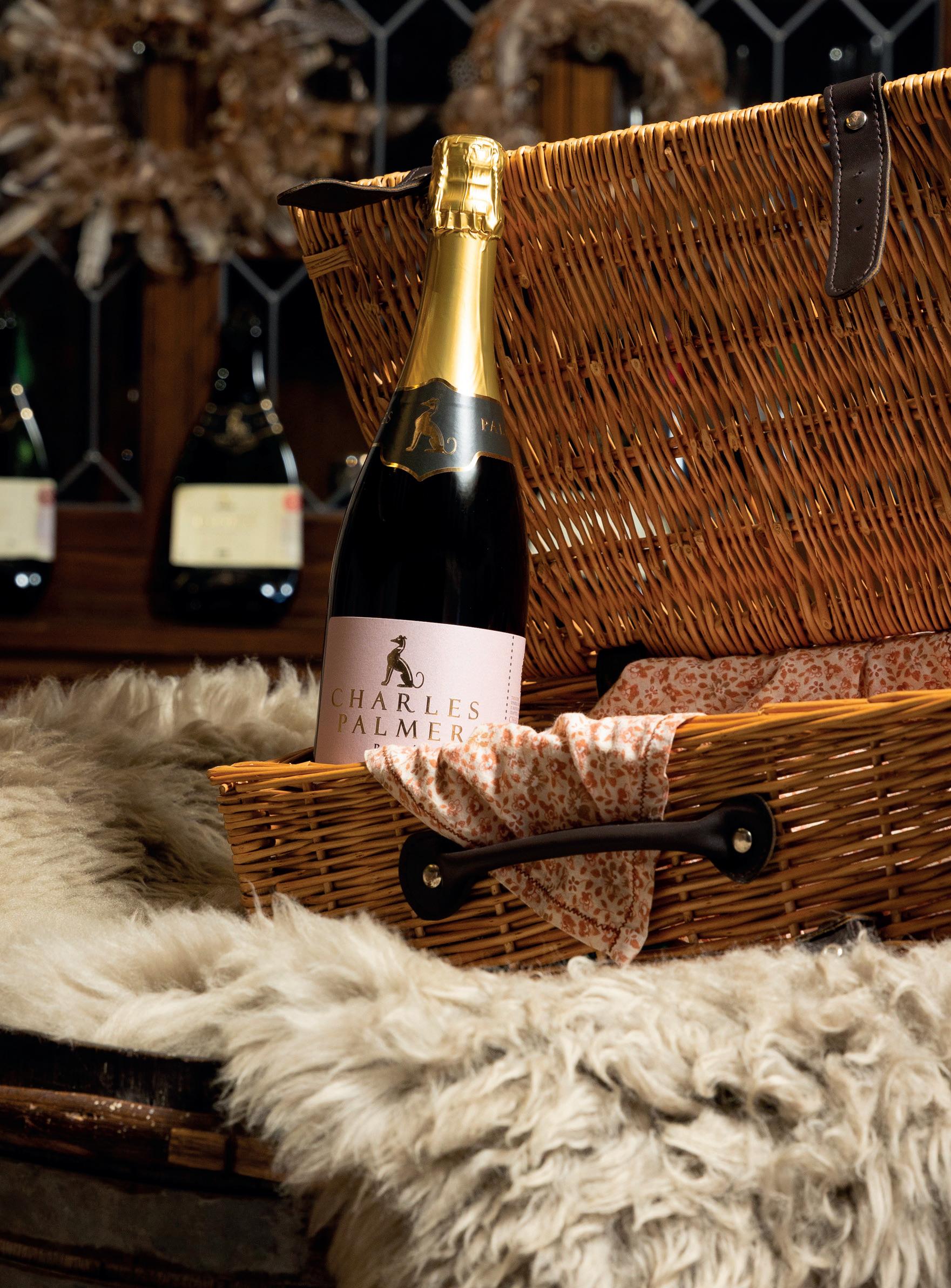
of the Christmas toast, the reasons to support English winemakers and of course, the awards that show why Chapel Down has such an excellent reputation.
Keeping your business blog (relatively) regularly updated and including themed, seasonal posts like this is a great way to ensure that your wines find their way higher up the rankings when consumers are searching for their next great sparkling wine adventure. Of course, once you’ve got content of this nature live on your website, the next important job is making sure that your web shop is fully stocked and operational too! Double check all products are live and links are all active. Not mentioning any names, but Vineyard Magazine discovered a few English wine gift pages that had broken links during the research for this article! If the customer hits a dead end, all but the most hardy will immediately begin looking elsewhere for what they need.
Social media
Social media has made it possible to engage directly with potential customers and build brand awareness like never before. Instagram is a logical platform to use to market your seasonal offering, because it is great for showing off your aesthetic and your story, from a perspective of both product and place.
However, social media has its drawbacks. Once you create a profile, you are committing yourself to maintaining it. Leaving your Instagram page fallow for months at a time can lead viewers to believe that your business is no longer in operation and regular interaction strokes the algorithms’ ego, which will ultimately get your content shown to more people.
It is no good popping up a photo of a Christmas hamper in November and then forgetting about it until next year. As the name suggests, social media rewards a social approach – which goes beyond posting material regularly and includes putting up content that looks at your story beyond one dimensional sales pitches, and direct interaction with people who are interested in your productshaving conversations and responding to comments.
It is also important to be aware of the responsibilities that come with posting alcohol related content on social media. All images, reels and captions must adhere to the UK Code of Non-Broadcast Advertising, Sales Promotion and Direct Marketing – known as the CAP Code. This means that your content creator must be responsible in promoting your content, restricting access to under 18s and does not appeal to underage demographics.
However, social media provides a unique opportunity to reach the right people directly, so, on balance, many will find that it is worth the effort to maintain. Think about how you can tell the stories behind the people and the products that compose your business to reach people with an interest in wine, wine tourism and local attractions.

Maximise opportunities
Case study: The Vineyards of the Surrey Hills Group.
The Vineyards of the Surrey Hills group has an excellent evergreen post on their website (meaning a post with content that stays relevant year-onyear) which points to the great selection of festive experiences on offer at the vineyards of their Surrey producers. Giving concise, but interesting details of those experiences as well as clear contact details helps to funnel the right demographic of consumer to the relevant website with one click.
Take the Albury Organic Vineyard website, for example. With one click, the Vineyards of the Surrey Hills blog post takes the reader straight to the Albury events page, where Christmas events were already listed by mid-September. These include some high quality crafting opportunities like weaving with willow and making Christmas wreaths, as well as the opportunity to buy tickets to a tasting with Albury and alongside fellow producers, Silent Pool Gin. Albury’s considered offering demonstrates that it is relatively easy to put on an attractive events programme
over the Christmas period that isn’t just centred around tours and tastings but does bring guests on site to maximise the opportunities for additional spend on wine on the day.
The online presence doesn’t necessarily have to be re-engineered with Christmas in mind though. The “gifts and accessories”
section of the Bolney Wine Estate is an excellent example of an online shop that offers an interesting collection of products which would work as festive gifts, or at any time of the year. Their selection includes tickets for tours and tastings, and the offer of gift vouchers which can be redeemed against experiences and products.
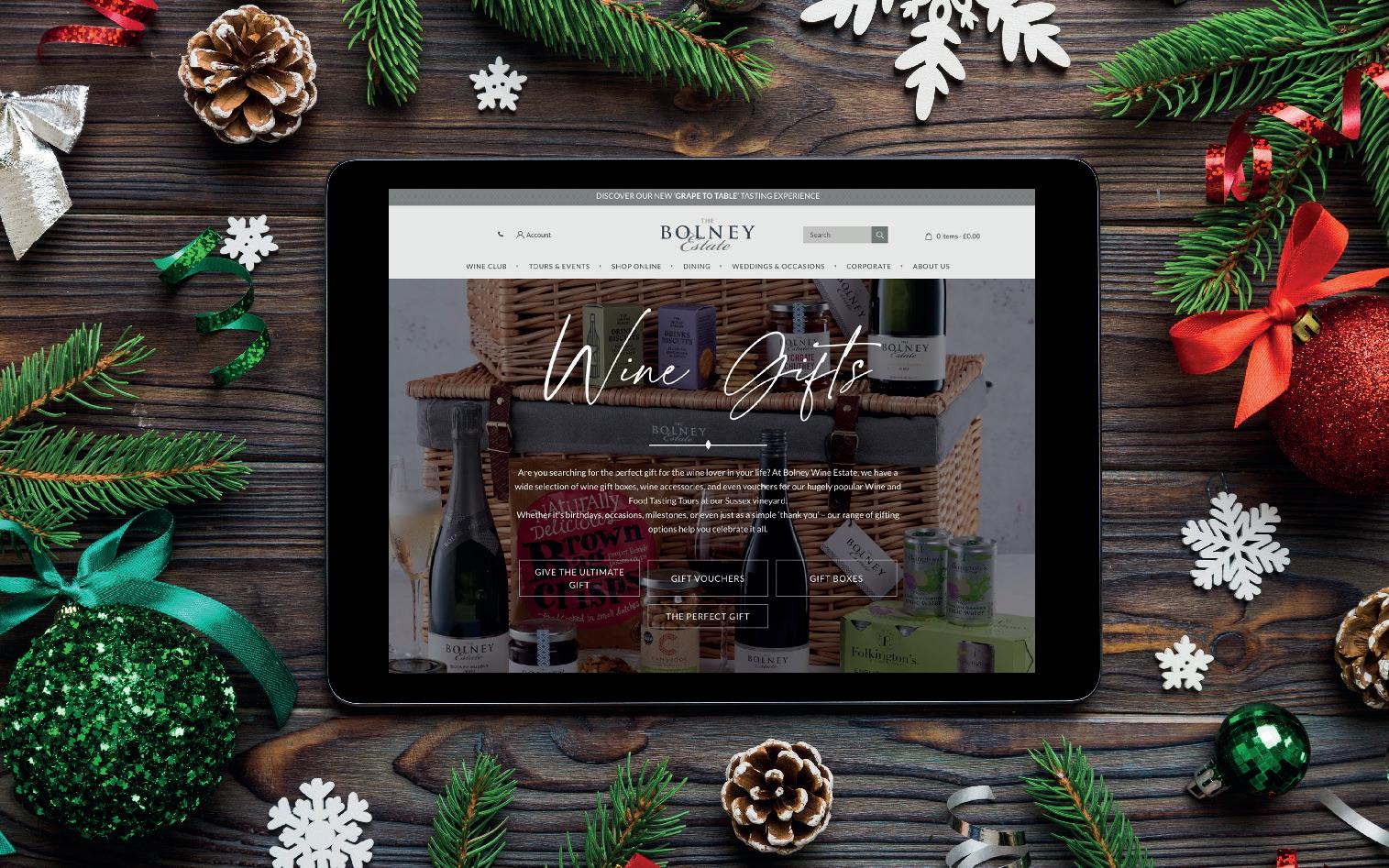
Forward planning for Christmas marketing
Case Study: Tinwood Estate.
The Tinwood Estate, on the edge of the South Downs near Chichester, is a great example of forward planning for Christmas marketing and as a result Tinwood Estate has a sleek and comprehensive offer that has got the jump on much of the competition.
I came across Tinwood’s Christmas offering whilst using a search engine that had taken out sponsored advertising this led me directly to a bespoke Christmas campaign page. Neatly set out and easy to navigate, the page offered me a full range of interesting seasonal options. Tinwood told me they had worked with an external agency to perfect their Pay-Per-Click campaigning strategy.
The introductory section of the campaign page was particularly impressive. It gave the spontaneous visitor an instant hook –outlining the types of gifts readers would
see as they scrolled down, including an offer of free delivery for six or more bottle purchases and a clear indication of price range – “Festive Gift Sets from £60.”
There was plenty of incentive to keep looking as the clear, mobile optimised website took me through a range of gift sets, gift vouchers and wines. Each product had a high quality image, a short description and clear pricing, as well as an option to ‘add to basket’. The website’s format offers the consumer a simple journey through an enticing array of products and experiences.
It was interesting to note that, of the available gift options, the wines were offered furthest down the website. Presumably this was done to encourage visitors to scroll through all the other products that they might not have realised were available whilst looking for English
sparkling wines for purchase.
Best of all, the way the campaign webpage ends aims to tie up any queries that a potential customer might have. There were clear signposts to other options that Tinwood offer, not necessarily seasonal in nature, such as afternoon tea, followed by a frequently asked questions section which, in particular, cleared up questions about the practicalities of gifting items purchased on the website.
Overall, this came across as a real masterclass in using targeted advertising online effectively and then following that up with a clear path for clients to purchase physical gifts and experiences. And, significantly, it was online and ready to go from mid-September – just the time when the hospitality industry is beginning to release its Christmas menus and open festive bookings.

Winter vineyard management
The end of harvest marks the transition into late autumn and winter, giving vineyard managers time to lay the groundwork for the year ahead.
This year’s excellent weather meant harvest came early. This gives vines more time post-harvest to accumulate carbohydrates before winter sets in. By continuing to photosynthesise, they build starch reserves in their perennial structures (roots and trunks) before dormancy. These reserves are vital for winter survival and fueling spring growth; insufficient stores can lead to lower yields and weak vegetative development. Post-harvest foliar nutrition and protective sprays can help boost this process and keep mildews at bay.
Pre-Christmas tasks
Before frost sets in, it is essential to carry out routine maintenance to protect vineyard infrastructure and prepare for the months ahead:
◆ Empty wavter storage and winterise pipes: Drain IBCs (intermediate bulk containers) to prevent algae growth and frost damage. Turn off water supplies and insulate pipes against freezing.
◆ Sprayer maintenance: Detach main pipes, run an antifreeze-water solution through pumps and nozzles, and book any MOTs before next season.
◆ Weather sensors: Refill wet bulb reservoirs to maintain accurate data through winter.
◆ Equipment and machinery: Inspect and repair all machinery and tools, taking note of parts that need replacement before pruning season.
◆ Stock up on supplies: Order pruning tools, ties, and wire early to ensure operations can begin smoothly in the new year.
Pests and disease
Although pest activity decreases in winter, end-of-season sprays before leaf fall help reduce overwintering diseases on vine wood. These should be applied soon after harvest while ground conditions remain favourable.
Equipment and trellising
Winter is the ideal time for servicing and repairs. Beyond tractors and sprayers, hand tools like secateurs and saws, must be cleaned and sharpened ahead of pruning. General vineyard maintenance is equally critical. Trellis systems should be inspected for damage, with broken posts replaced, wires tightened, and end assemblies repaired. Strong trellises are essential to support canopy weight and fruit, and to ensure tractor operations run smoothly. Drainage ditches should be cleared, hedgerows tidied, and overhanging trees trimmed before spring.
With mechanisation becoming central to vineyard management, trellis design and strength are more important than ever.
◆ Use 1.5mm hot-dipped galvanised posts for intermediates and 2.5mm for end posts.
◆ Replace damaged posts while vines are bare.
◆ Ensure intermediates are installed at uniform height (2.5m, with 0.7m buried for stability).
◆ Keep wires taut with tools such as Gripple Tensioners.
Soil sampling
Winter is also the right moment for soil sampling. Collect representative samples by block or variety and send them for broad-spectrum analysis covering both macronutrients and micronutrients. Results can be interpreted by your agronomist, allowing fertiliser orders to be placed in advance, ready for spring application windows.

Frost protection
Conventional frost protection (candles, fans, sprinklers, or burners) should be checked and serviced during winter, with teams trained in their correct use. Winter also provides time to investigate newer systems, such as infraredbased solutions like Frolight Frost Protection. Pruning techniques, like double pruning and sacrificial canes, can be used to support frost management.
Plan for next year
Finally, winter offers managers time to step back and reflect. Review records from the season (e.g., yields, pest pressures, weather patterns, and interventions) and use them to guide decisions on planting, replacing old vines, or adjusting pruning to balance crop load. Canopy management systems should also be reassessed. Preparing budgets and schedules now ensures a smoother transition into spring.
Final thoughts
Winter is not just a time of rest for the vines but a crucial season of preparation. From frost-proofing infrastructure and servicing equipment to reinforcing trellises and planning for the year ahead, this period ensures the vineyard is ready for the demands of spring and summer. By investing in these winter tasks, vineyard managers set the stage for healthier vines, stronger canopies, and more reliable yields.

Biological solution improves vine vigour
Vineyard and estate manager Andy Hares has taken a plant first approach with the vines at New Hall vineyard to reduce the use of chemicals and rely instead on biological solutions to pest and disease stresses.
Established by Bill and Sheila Greenwood, and now owned by the Trembath family, New Hall vineyard was an early British vineyard in the Crouch Valley, which saw the first vines planted in 1969. With some vines more than 40 years old Mr Hares has looked to biostimulants to improve plant health, vigour and longevity while reducing his costs and reliance on chemicals.
“We have been introducing biostimulants steadily for three years and the results have been encouraging. It is considered the norm to use chemicals to solve issues like powdery mildew and botrytis, but we have found that using biological alternatives that help strengthen the vines are more effective, sustainable and efficient,” Andy said.
Working with agronomist Mike Stoker from biostimulant specialist Orion FT he has developed a comprehensive programme using multiple biostimulants to strengthen the vines and improve productivity.
“Tackling pests and disease in a reactive way was not sustainable for the vines or the business, so we have chosen to invest in making the vines more resilient, stronger and more productive,” he said.
Three years in and he has developed a mix which is 70% biostimulants with 30% fungicides. The programme was developed with a block of Bacchus vines as a trial following a noticeable decline in yields over multiple years.
“We tried different pruning styles, but it was evident that we needed to change our approach. We were using Cosine, sulphur, Vivando and Sercadis at the same rate as other parts of the vineyard,
but vine health wasn’t improving,” Andy said.
The block of vines was also receiving additional nutrients including urea and SM6, a seaweed-based micronutrient, along with other broad based feed products.
“Mike and I looked at a new programme that removed the use of fungicides and instead used biostimulants. We introduced Glaia which improves photosynthesis and Kohab, a concentrated, chelated form of potassium carbonate,” added Andy.
The choice to take away fungicides in the first year was a step too far and in year two he reintroduced the use of fungicides, but in a much smaller dose and frequency.
“Year one was too much of a plunge and in year two we reintroduced the fungicides alongside the biostimulants. This was more encouraging and in year three we found the balance of 70% biostimulants to 30% fungicides, is currently working,” he said.
The biostimulant mix now includes two silicon biostimulants, Sirius and Rigel G along with Trident plus, a micronutrient which is high in copper and cobalt. This is used with Glaia to make up the 70% biostimulant portion of the mix. The silicon products help to strengthen the cells walls of the vines and make them less susceptible to damage.
“Like any farmer I have to take risks and also cost out the benefits and potential threats of using different methods. Using more biostimulants is saving the vineyard money and after three years of
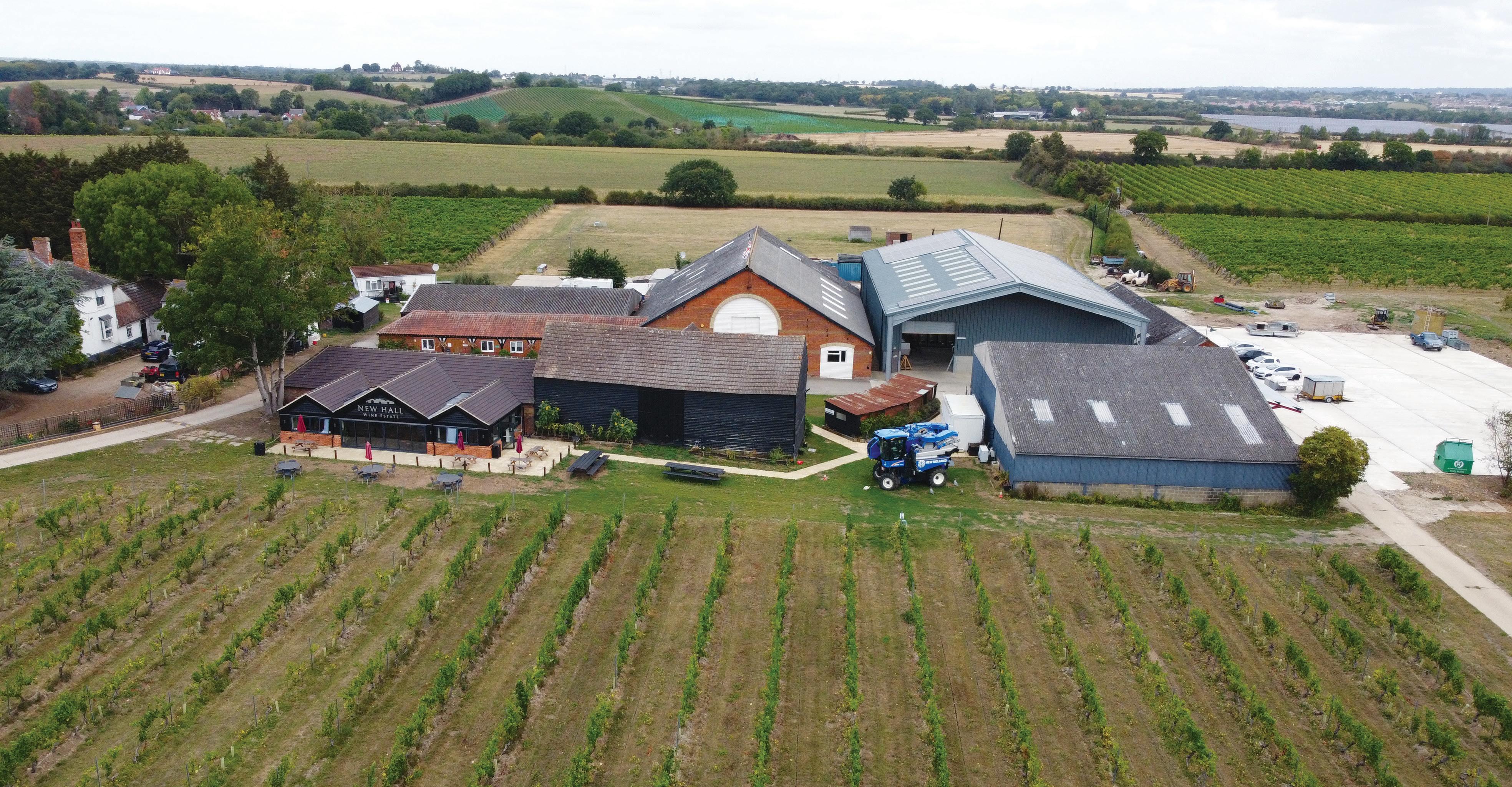


testing it is proving an effective way to manage the vines,” said Andy.
The vineyard grows 18 varieties of grape and started with Germanic varieties before planting Bacchus vines.
“In 1974 the UK climate was comparable to that of Germany, but conditions have changed and now we can grow Pinot Noir and Piwi varieties,” he said.
Andy suggested that having different varieties as the vineyard has grown makes harvesting easier because the grapes ripen at different rates.
“Climate extremes in recent years have presented a significant challenge. We grow Huxelrebe, a white variety, that grows tightly packed grapes with thin skins that are prone to splitting in hot conditions. Wasps love this and have been a big problem, but we have found that using Rigel G has deterred them,” said Andy With vines over 40 years in age Andy has also considered when replacements will be needed but following the results of using


biostimulants he believes he can breathe new life into the older vines. “Replacing vines is time consuming and expensive, so every productive year is important to whole vineyard profitability. We hope to roll out the use of biostimulants to some of the older vines in the years to come because the results so far suggest that these vines would benefit more than the younger ones we used in the trial,” he said.
With 125 acres of vines in total the 10 acre trial has given Andy the confidence to roll out the programme to more varieties across the vineyard. “The science makes sense, but we need to work slowly and methodically to ensure that any changes we make are well suited to each variety. We also have further threats including spotted wing drosophila (SWD). As yet we haven’t seen if biostimulants will be effective, but we intend to try and so far, everything suggests it will be a better solution than simply using broad spectrum insecticides,” he concluded.











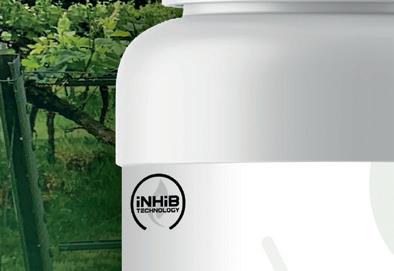











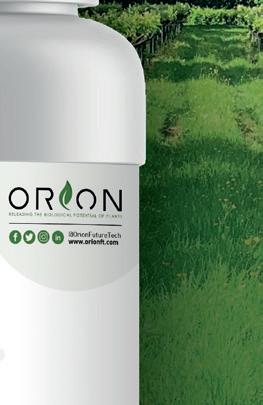








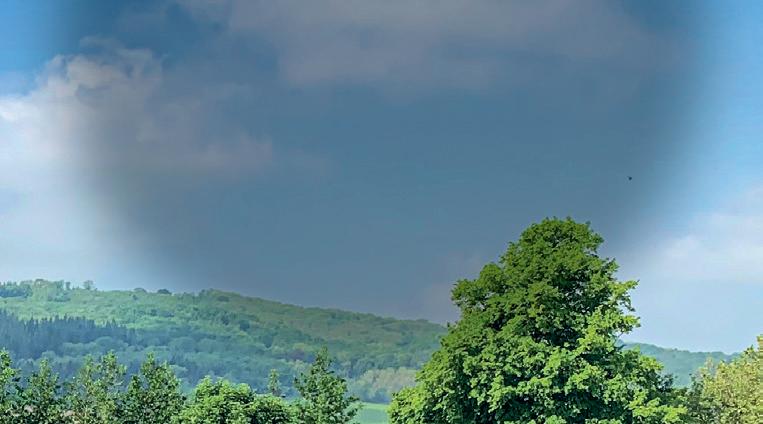

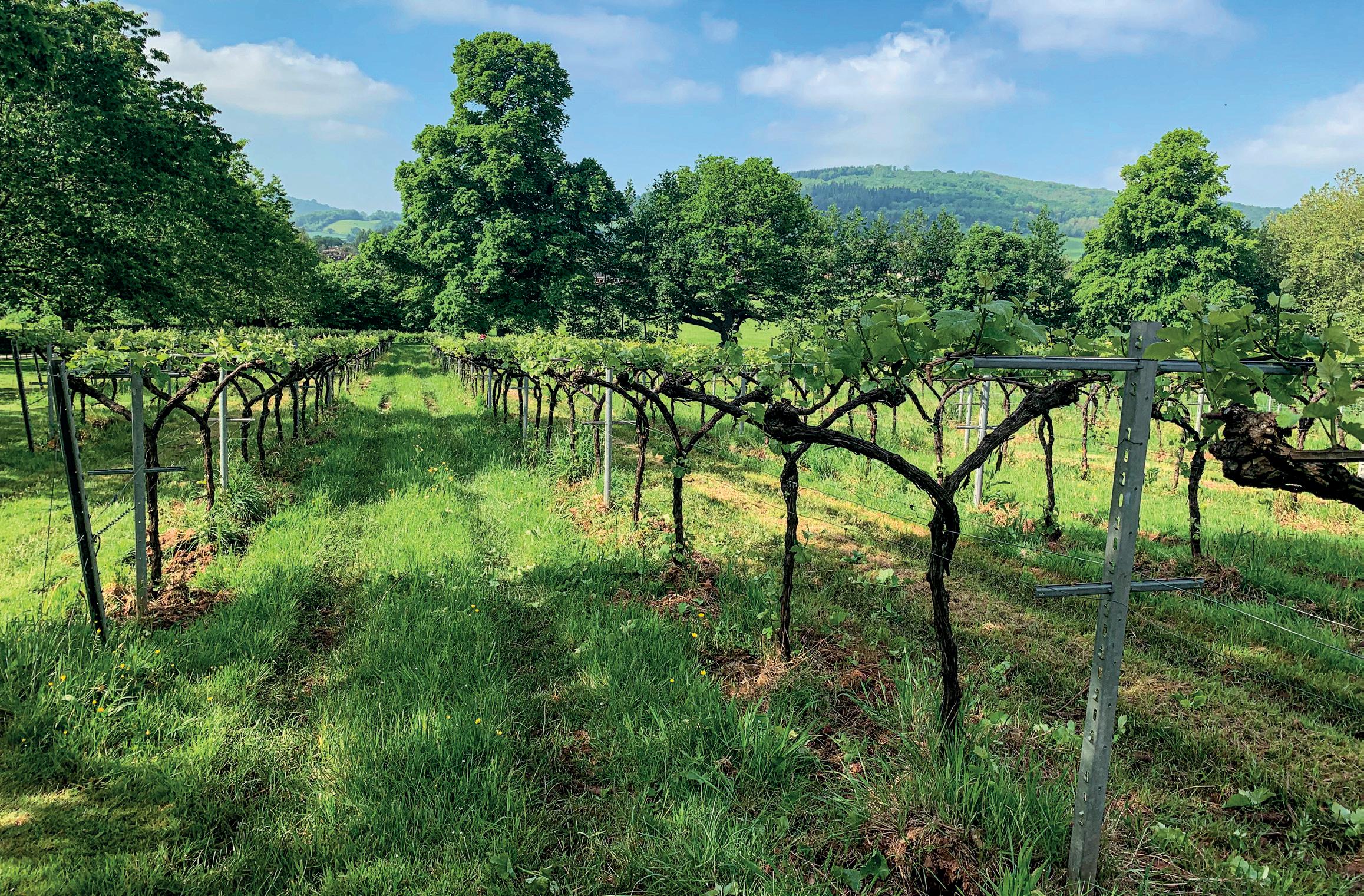
























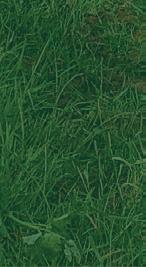


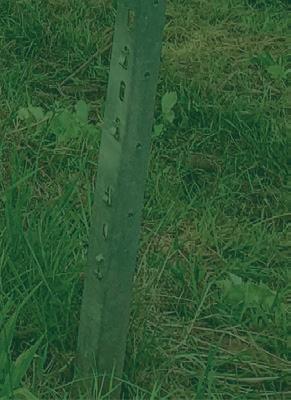

Peter Hall 1943-2025
Peter Hall was a pioneer of the English wine world with a career spanning half a century. He was inspirational to many individuals across the wine industry.
Peter Hall shared his passion for not just wine but life with several generations of winemakers, buyers and writers but he also managed that rare thing… to inspire those who had not even met him and reflective of his personality his wines were all named after those people that mattered to him.
Here Peter is remembered by his family:
When considering ‘The Peter Factor’, one should first understand that it was not beyond him to flick his cigarette ash into anything. Soup cooking on the stove, the turn-ups of his jeans, or wine in a tank! He enjoyed being irreverent – and loved smoking Old-Holborn roll-ups.
Above all, Peter was an artist. This could have manifested itself in any number of ways, as a writer, musician, actor or poet. Instead, fuelled by the pragmatic need to earn a living, he decided (perhaps surprisingly) to study agriculture at Newcastle University. Surprising -because his teenage years had been spent in London’s Notting Hill. Agriculture was a romantic calling, nurtured by childhood experiences at his family home, Rangeworthy Court in Gloucestershire.
Peter’s parents were all-important. Jeannine, his mother (or Maman) was a beautiful, staunchly French matriarch from head to toe, and an exceptional woman. In classic continental fashion, food was everything. Food was prepared and eaten, and whilst preparing and eating, was discussed, and the next meal was planned. Jeannine was not only an exceptional cook,
but had a critical eye for clothes, furniture, art and style in general. She was a highly creative potter, artist and interior designer. Although English, John Inglis Hall was a linguist and Francophile, and on meeting Jeannine he slipped seamlessly into this French utopia. John’s lifelong passion was fly fishing, a love passed on to Peter and Patrick, as well as his grandchildren. Wine flowed. Not in excess, but in appreciation. The children were schooled on wine evaluation by Jeannine’s father, a renowned restaurateur with restaurants in Paris and London. The question asked by all of Peter’s family elders as he developed was “ …but what do you really think?” – of this wine, this opera, this sculpture, this painting. The question created a radical free thinker, not constrained by any single belief system, but with enormous trust in his own instincts and intuition.
Perhaps the final ingredient needed was to be a gambler or risk taker. His family had both built and lost fortunes, and this helped free him to live with a level of risk that others might find intolerable, but that anyone contemplating planting an English vineyard in the 1970s needed to learn to embrace. Especially if determined to produce dry French-style wines of true quality – the secret of which Peter insisted, up to his dying day, was to start picking at least ten days after every other vineyard in the country had completed its harvest! High risk, but high reward in terms of quality of juice when the risk paid off.
From the outset Peter had a singular vision for what might be possible on this
As the years passed, Peter and Breaky Bottom endured floods, plagues of pheasants, soggy summers and fruitless harvests. Through it all Peter continued with his meticulous work: tending the vines by hand, labelling each bottle, ensuring that every aspect of the vineyard came under his design and his vision.
unique piece of land. Land sitting on the same Cretaceous chalk formations as the Champagne hills. When his very few, early contemporaries were pursuing a Germanic style of wine, Peter had other ideas. His lineage and upbringing gave him the strength and focus to reject the status quo, and to be the pioneer of Seyval Blanc in the UK from 1974 to this day. His palate and his instinct told him it would work.
Armed with an inherent love of nature, a Catholic upbringing that gave space for the mysteries of life, and a paperback book on wine making, he made a start.
Peter seized on the idea of terroir – and took it a stage further. In planting trees and a bank of 1,000 daffodils with his children to nurture the environment in which the vines grew, he understood that every facet of place would influence plants, culture and endeavour, and thus be evident in the resulting wines. He celebrated the annual cycle of the farm through solo winter pruning, tying down at dawn or dusk, and the much-loved labour of spring lambing. His children grew up safe in the assurance that he was always close at hand in the vineyard, a transistor radio hanging from a macramé string cord around his neck, content and deeply connected to his work. They’d find him there, happy to be interrupted … but even happier not to be.
Peter’s love and understanding of animals, livestock and animal husbandry was simply an extension of his character. Calm; cool; collected. Nature reciprocated in kind. Lambs revived by persistent pinching to stimulate the nerves of the apparently lifeless. Patient; knowing; loving. And the shift from still to sparkling wine was another chance for him to reinvent, to evolve. It was a commercial advantage – but also a spiritual necessity. Champagne’s traditional method was the perfect fit for his painstaking and perfectionist approach, as well as an ideal evolution for Breaky Bottom’s propitious terroir. It represents the pinnacle of what these chalky soils could offer, and what ‘the Peter factor’ could give to the wine world.

NOLO wines
While NOLO wines are gaining traction, they face challenges in replicating the taste and mouthfeel of traditional wines. However, ongoing innovations in production techniques are helping to bridge this gap. The regulatory landscape also presents challenges, but the potential for growth and innovation in this segment is immense.
What are NOLO wines?
The term NOLO wine refers to wine that contains either no or lower levels of alcohol. Regulations around the world differ, with most countries defining non-alcoholic beverages as containing less than 0.5% vol. While there is no legal definition for low alcohol wine in most countries, they typically range from 0.5%-9% vol.
Is there market demand?
The non-alcoholic wine sector is experiencing a real boom worldwide. According to the IWSR, the market value of no/low alcohol products went from $8 billion in 2018 to $11 billion in 2022. In the United States, the sector is already worth $1 billion and accounting for 5% of total wine sales. In the United Kingdom, it is growing at 8% per year, and interest is increasing in Northern Europe. Italy, France and Spain are at the forefront with major wineries investing millions in the development of tools dedicated to the production of non-alcoholic and low-alcohol wines. NOLO wines have gained immense popularity worldwide, catering to a diverse audience. From health-conscious individuals to those abstaining from alcohol for personal or religious reasons, NOLO wines provide an inclusive option for everyone to enjoy the social and culinary pleasures of wine. Additionally, there is a general movement towards drinking less alcohol with Gen Z consuming less and movements like “Dry January” becoming more popular. All of this is leading to increased demand for NOLO wine, making it an exciting, fast-growing segment of the wine industry.
What strategies are there to lower or remove alcohol from wine?
There are several viticultural and winemaking techniques that can be used to lower alcohol in wine. Harvesting grapes earlier is an option, though it may result in undesirable green characters and high acidity. Another option is to stop fermentation early, though this technique leaves residual sugar so it can only be used for certain wine styles. These techniques lower the alcohol concentration without significantly impacting quality.
To drastically reduce the alcohol content, it must be removed using physical techniques after fermentation. The most popular are the spinning cone column (centrifugal force to separate volatile compounds, including alcohol, from wine) or membrane separation processes, such as reverse osmosis (membrane-based technique that separates alcohol from wine by passing it through a semi-permeable membrane) and osmotic distillation (membrane technology with distillation to remove alcohol).
What are the challenges after dealcoholisation?
◆ Microbiological stability: Alcohol plays an essential role in wine stability by inhibiting the growth of bacteria, mold, and yeast. Removing alcohol increases the risk of microbial contamination. Additionally, the majority of non-alcoholic wines also contain high residual sugars, making robust antimicrobial protection absolutely critical to the stability and quality of the product.
◆ Mouthfeel improvement: Alcohol is an integral part of wine, and removing it impacts both sensory and stability characteristics. It contributes to body and palate weight, as well as balancing acidity. As a result, NOLO wines can feel thin and watery in the mouth and overly tart.
Phenolic compounds in red wines can also be concentrated during the alcohol removal process, making the wine bitter and astringent. Solutions such as polysaccharides, Arabic gums, and tannins can help restore mouthfeel by adding weight, increasing roundness and structure, and reducing astringency.
◆ Aromatic loss: Many aroma compounds are oxidised during the dealcoholisation process, regardless of the method used. While some aromas can be preserved, especially in low-alcohol wines, dealcoholised wines often lack complexity. Therefore, it is best to start with a wine that possesses strong and intense aromatic qualities.
How to make a balanced NOLO wine?
Enartis has developed a complete range of products designed to enhance sensory qualities, provide antioxidant protection, and offer antimicrobial benefits both before and after the dealcoholisation process.


Optimal Preservation
Our
Bonded Warehouses
With

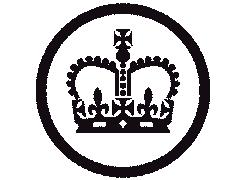
Competitive Pricing
Flexibility/Scalability
Our flexible storage plans allow you to scale up or down as your
evolve, ensuring you have the


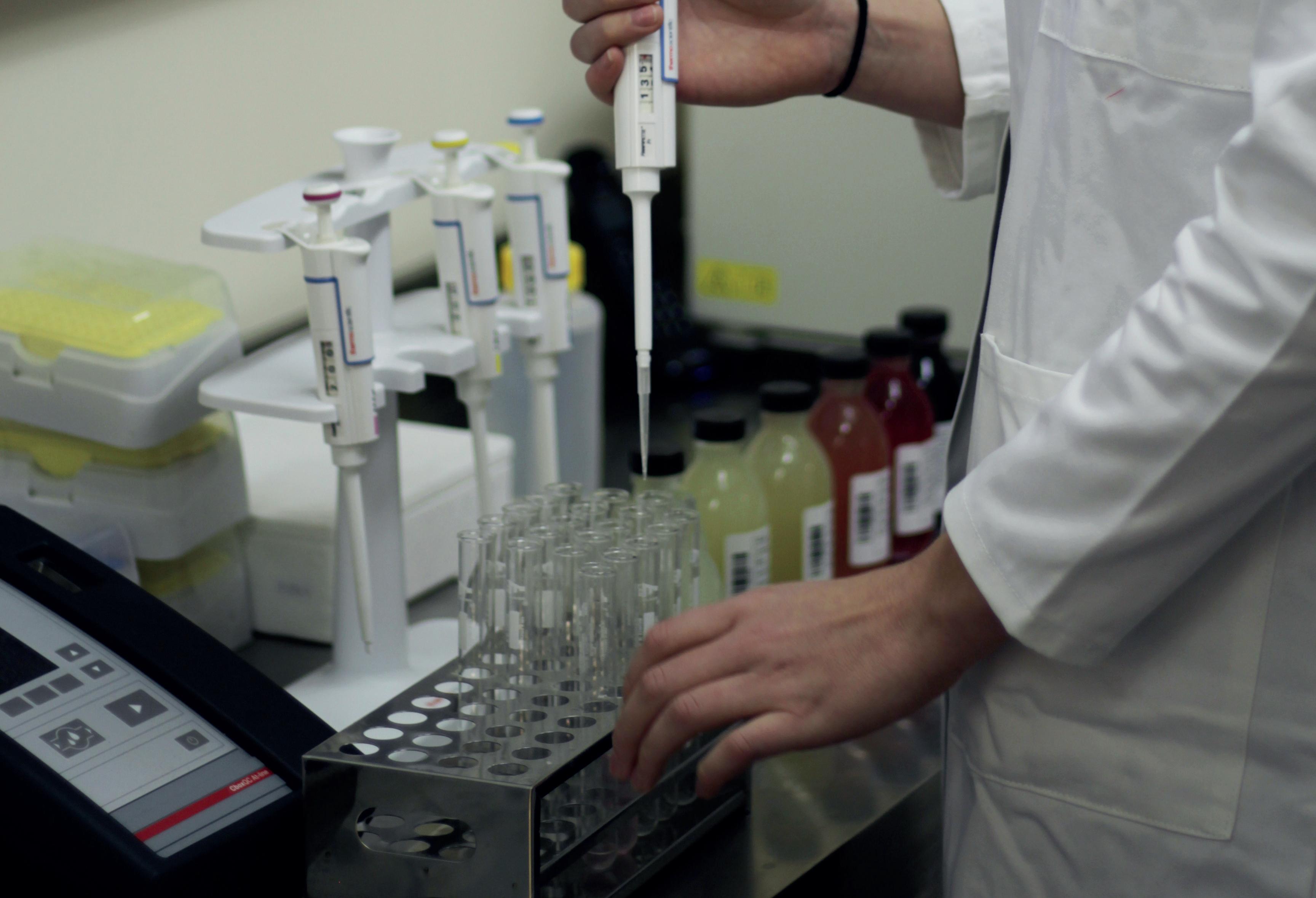
Working in partnership with Vineyard magazine for a developing UK wine industry.
WineGB is the national association for the English and Welsh wine industry. WineGB represents, leads, and supports the sustainable growth of the Great British wine sector.
If you are interested in wine production in the UK find out more about WineGB and join us. Visit our website www.winegb.co.uk
WineGB launches Hiring Toolkit in direct response to industry survey
The number of employees in the wine industry is rapidly increasing with 3,300 full-time equivalent (FTE) roles compared with 2,300 roles in 2023 – a rise of more than 40% year-on-year.
By 2028, 90% of respondents to the WineGB Industry Survey expect to increase their full-time equivalent positions resulting in a 21% rise in full-time equivalent roles, and by 2040 modelling suggests a sector providing 30,000 jobs.
In direct response to this data, and released during National Inclusion Week, WineGB launched its Hiring Toolkit, the third in a series of comprehensive guidance documents supporting best practice in vineyards and wineries, and exclusive to WineGB members. The toolkit is designed to help anyone involved in hiring, training, or supporting people in wine but particularly small producers or those who don’t have HR.
Photo: Tom Gold Photography
Features include:
◆ Practical guidance to help create a more inclusive, equitable, and accessible industry
◆ Easily customisable templates for agreements, codes of conduct and policies
◆ Checklists
◆ Case studies on good practice and tips for staff retention
◆ Directory of resources to support with hiring
Commenting on what is the latest in a series of activities to ensure the sector can secure the widest talent pool available, WineGB CEO Nicola Bates said: “We are particularly mindful of the additional workload recruitment can create, especially at a time of growth within our industry. With the number of employees increasing rapidly in our sector, and even more expected growth, it is crucial that we provide all the essential help we can.”

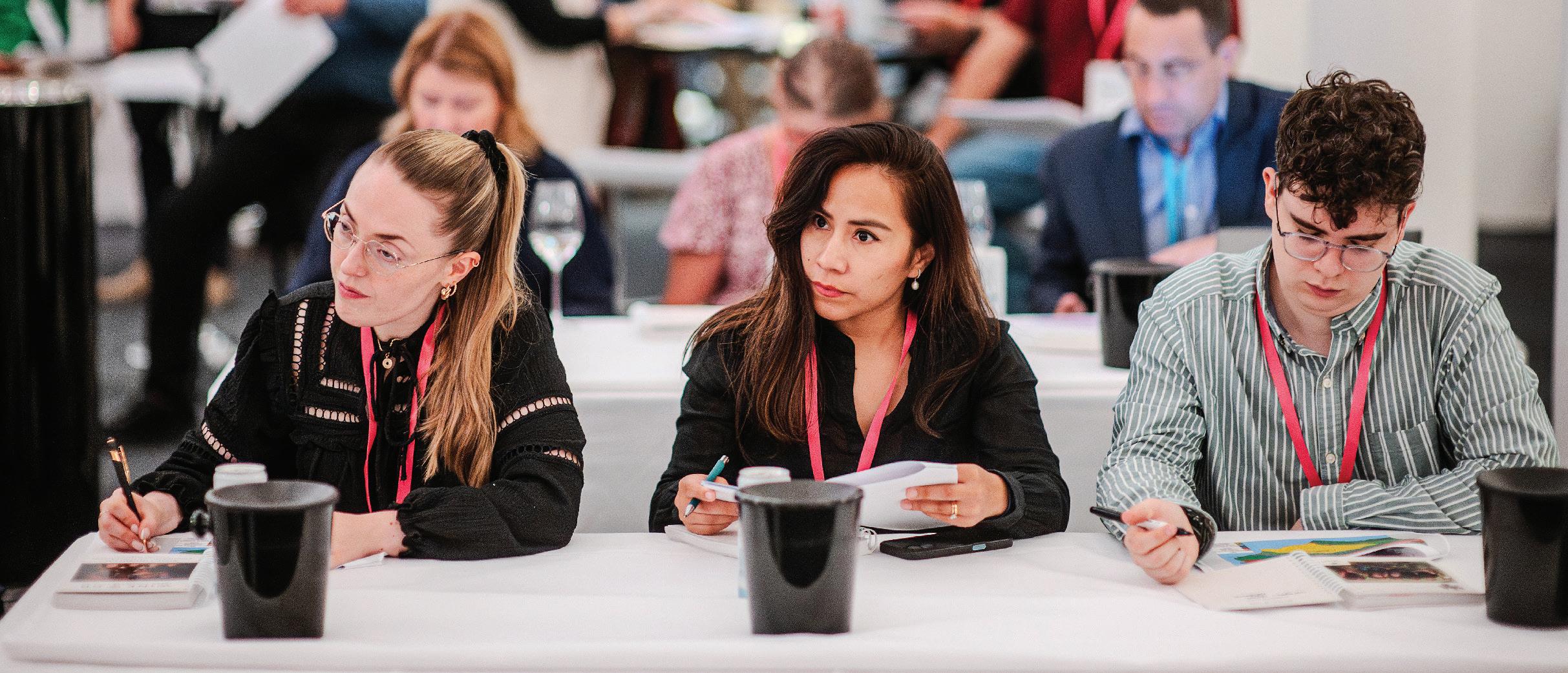
WineGB membership entitles you to a free consultation with WineGB Silver Patron Bevica, an end-to-end business management solution for operation and finance teams to track, inventory, production, sales, supply chain and more. Join WineGB today for more exclusive member benefits.
Meet our new ambassadors
During our biggest ever National Trade & Press Tasting on 8 September, WineGB launched its inaugural Trade Ambassador scheme, an initiative designed to spotlight the exceptional work being done across the on-trade and off-trade to champion English and Welsh wines. These final 14 Trade Ambassadors were chosen from almost 70 entries to help us tell the story of the quality of our wines to the UK and the world. The selected group represents a vibrant cross-section of the industry, from independent wine bars and Michelin-starred restaurants to national retailers.
◆ Aline Lopez – Restaurant Sat Bains
◆ Andrew Hill – George Hill Ltd, Loughborough
◆ Charles Carron Brown – Aulis, London
◆ Dale McIntyre – Majestic Leith Walk
◆ Radu Iosif – Tern Restaurant by Johnny Stanford
◆ Jack Thorpe – Fortnum and Mason
◆ James Wright – Majestic Birmingham
◆ Katherine Diment – Trinity London
◆ Richard Brown –Little and Large Pub Company
◆ Rory O’Conor – Dandy, Brighton
◆ Vanessa Pearson – Ocado
◆ Victoria Bubb - Elizabeth Rose Wines and Berry Bros & Rudd
◆ Victoria Aldwinckle – Kent Wine School and Local Wine School
◆ William Wilson – 10 Greek Street, London
19 November 2025 For our full seminar programme, visit www.winegb.co.uk/events
25 November 2025
Join WineGB CEO Nicola Bates who will be speaking at the BFBi Cider & Wine Supply Chain Seminar, Tour & Tasting at Chiltern Valley Winery.
You can find out more about each of our new trade ambassadors within the Trade Hub section at www.winegb.co.uk.
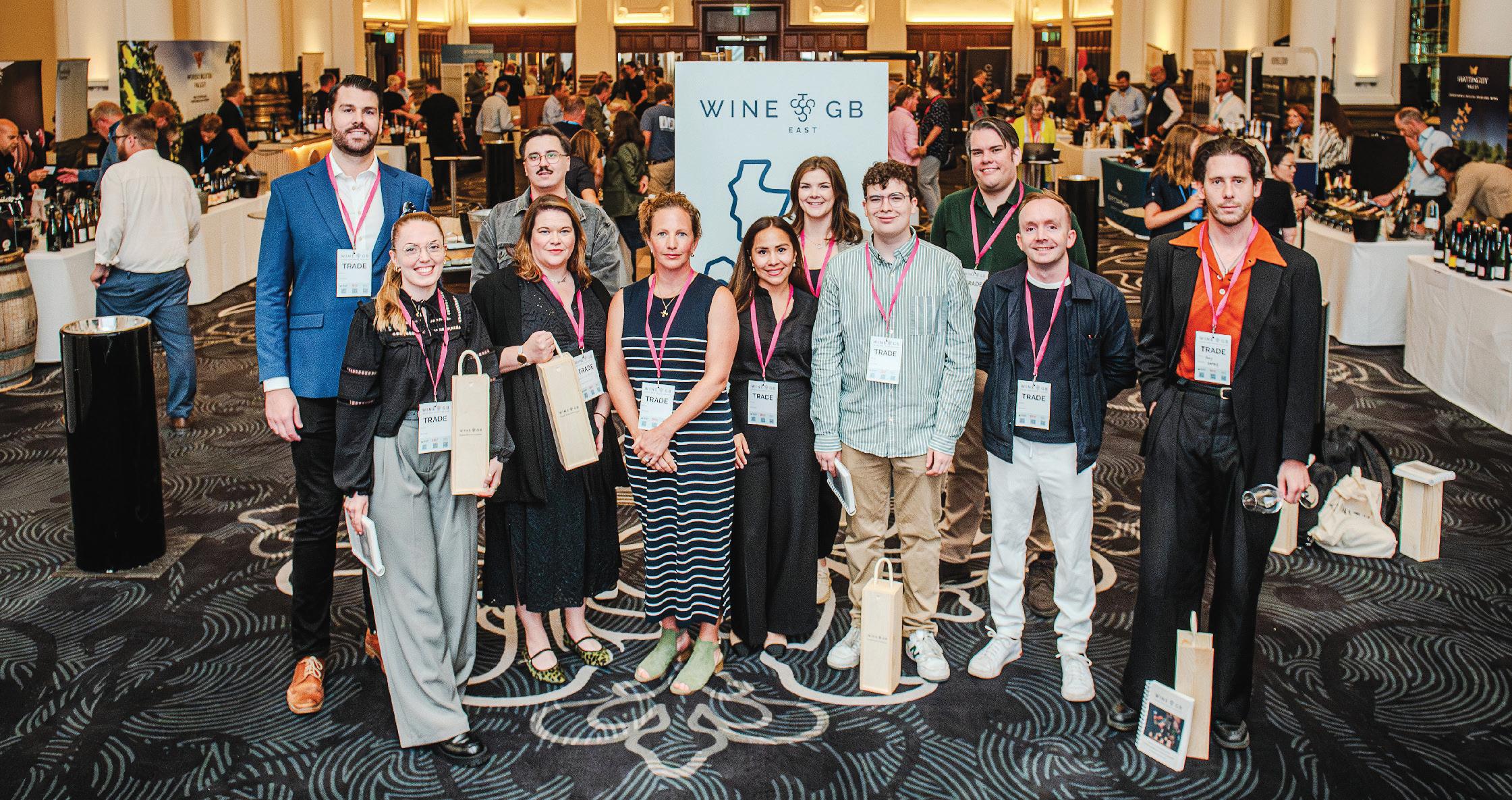

Well-established machine at home in small vineyards
Not all growers need a hundred horsepower tractor for their vineyard. Not all growers need GPS, or electric spools, or the ability to spray three rows at a time using ISOBUS controlled sprayers. For privately owned or smaller vineyards, a new bespoke vineyard or fruit tractor is an extravagance, while a used one requires careful research to avoid potential breakdowns and the associated downtime.


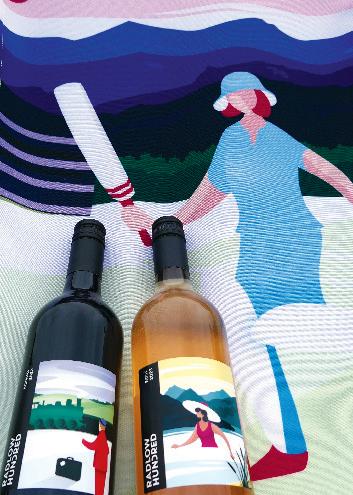

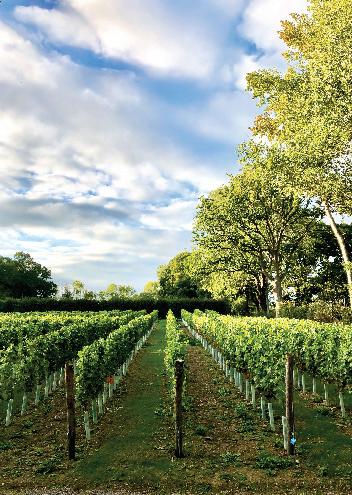
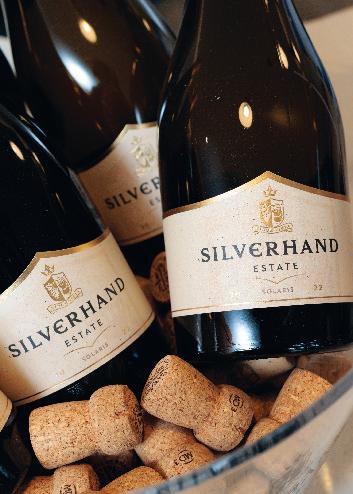


The New Holland Boomer tractor is a well-established machine often seen on sports pitches, in commercial settings or country estates but it is equally at home in small vineyards where it might be tough to make the most of a speciality tractor’s spec.
The range covers from 24hp-57hp, but it is the range topping Boomer 50 and Boomer 55, with 52hp and 57hp respectively, that slot into a 2.2m row and are best placed to handle the required kit. Both



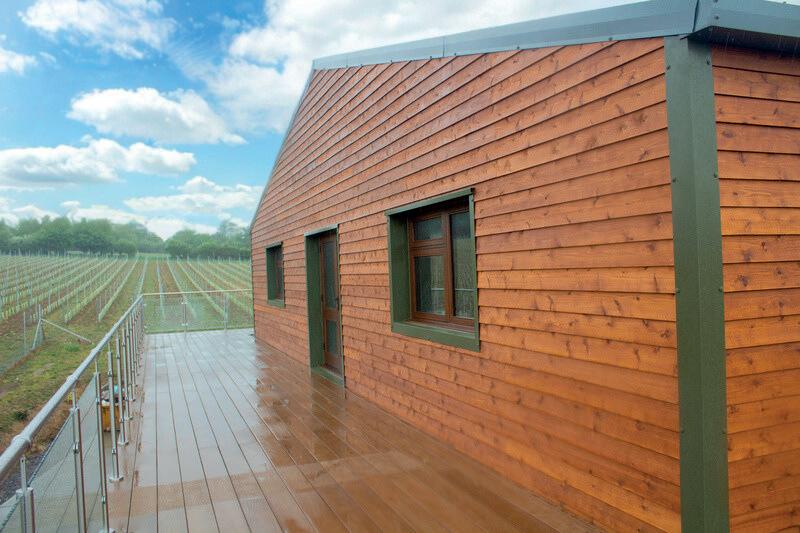
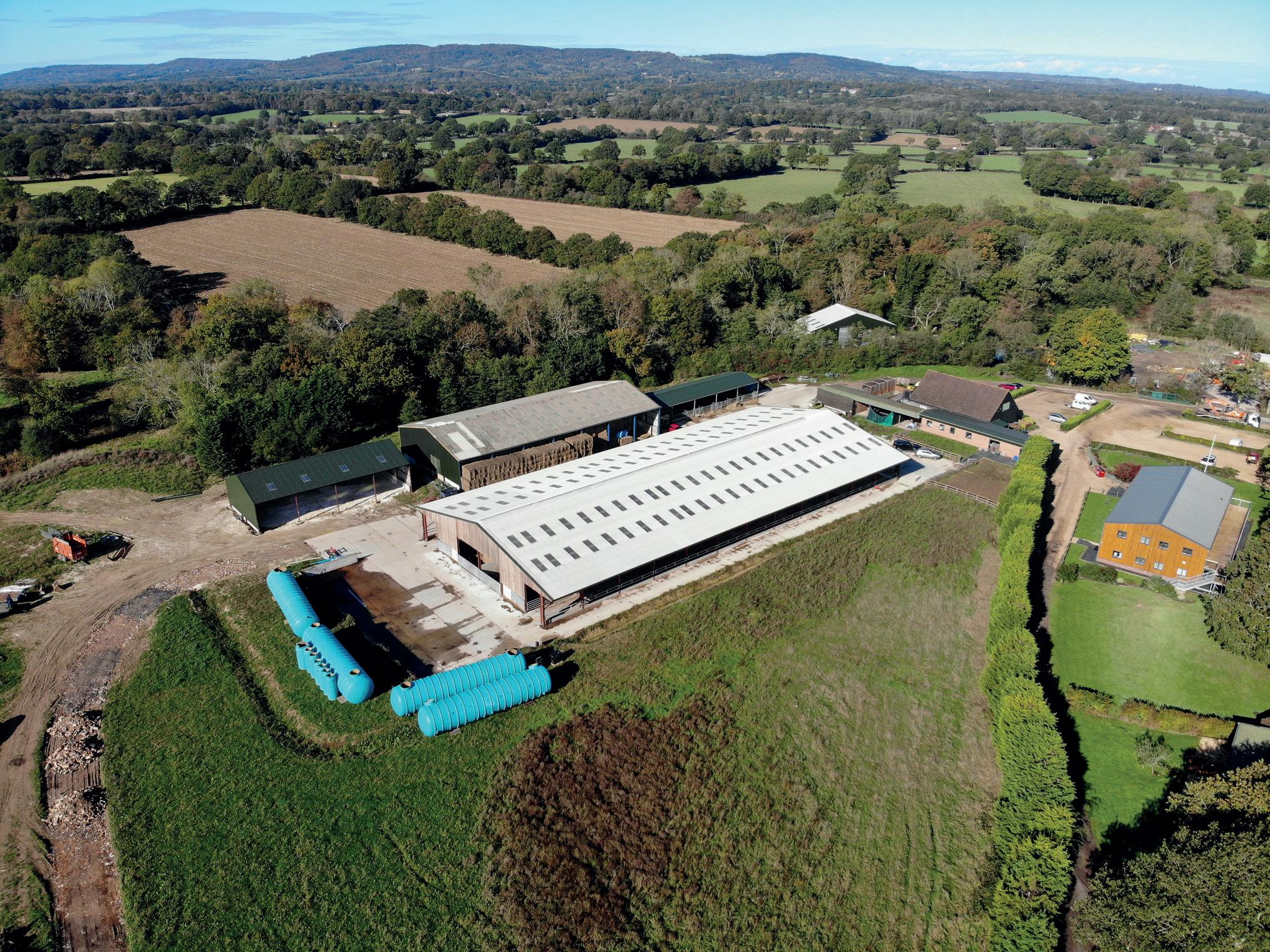
machines are 1.5m wide when fitted with the standard 360/70 R24 agricultural tyres, with Garden Pro rubber available in the same size for growers managing both vines and well-kept lawns.
A three-cylinder engine provides plenty of torque for steep slopes, with constant rpm setpoints a standard feature to allow accurate engine speed setting in and out of rows at the push of a button. Being under the 74hp mark means there is no adblue to worry about.
Two transmissions on offer provide either 16X16 synchromesh shifting, or seamless hydrostatic drive with three ranges. Hydro models feature a linked pedal and cruise control systems, meaning the drive pedals double up as throttles and the forward speed can be de-linked from the engine speed to allow high revs at low ground speed.
Four-wheel drive and diff-lock is standard, with chunky heavy duty front axles betraying the tractor’s agricultural roots and providing a small turning circle to suit tight headlands. Weights are standard on the front, easily removed in order to fit front linkage and PTO, or small trimmers with bespoke mounting brackets. Cab models include two mid-mounted spool valves and in-cab joystick; perfect for a front loader, or for lifting a finger weeder in and out of work.
Lift on the rear comes from a Cat 1 three-point linkage, with quick attach hooks to make connecting to mounted implements easy. The lift capacity is a healthy 1250kg, plenty enough for a full sprayer, with two spools at the rear providing 33l/min of oil for sideshift flails or mounted forklifts.
A three-speed PTO (540/540E/1000) is capable of powering mowers, sprayers and the like – with an auto switch to link the PTO engagement to lift arm position, reducing the inputs needed on headland turns from the operator. A mid-mounted PTO shaft is standard, with aftermarket mid-mount mower decks available opening up the possibility to mow in-row and weed under-row at once.
A flat-floored, six-post cab provides a comfortable spot to spend a day, with air-conditioning and radio as standard, a choice of mechanical or air suspended seats, four worklights and ergonomically arranged controls. Opening rear and side windows allow plenty of fresh air, while a good aftermarket supply of carbon filters provide protection when spraying.
The complete Boomer range is available across the South and South-East from Haynes Agricultural.
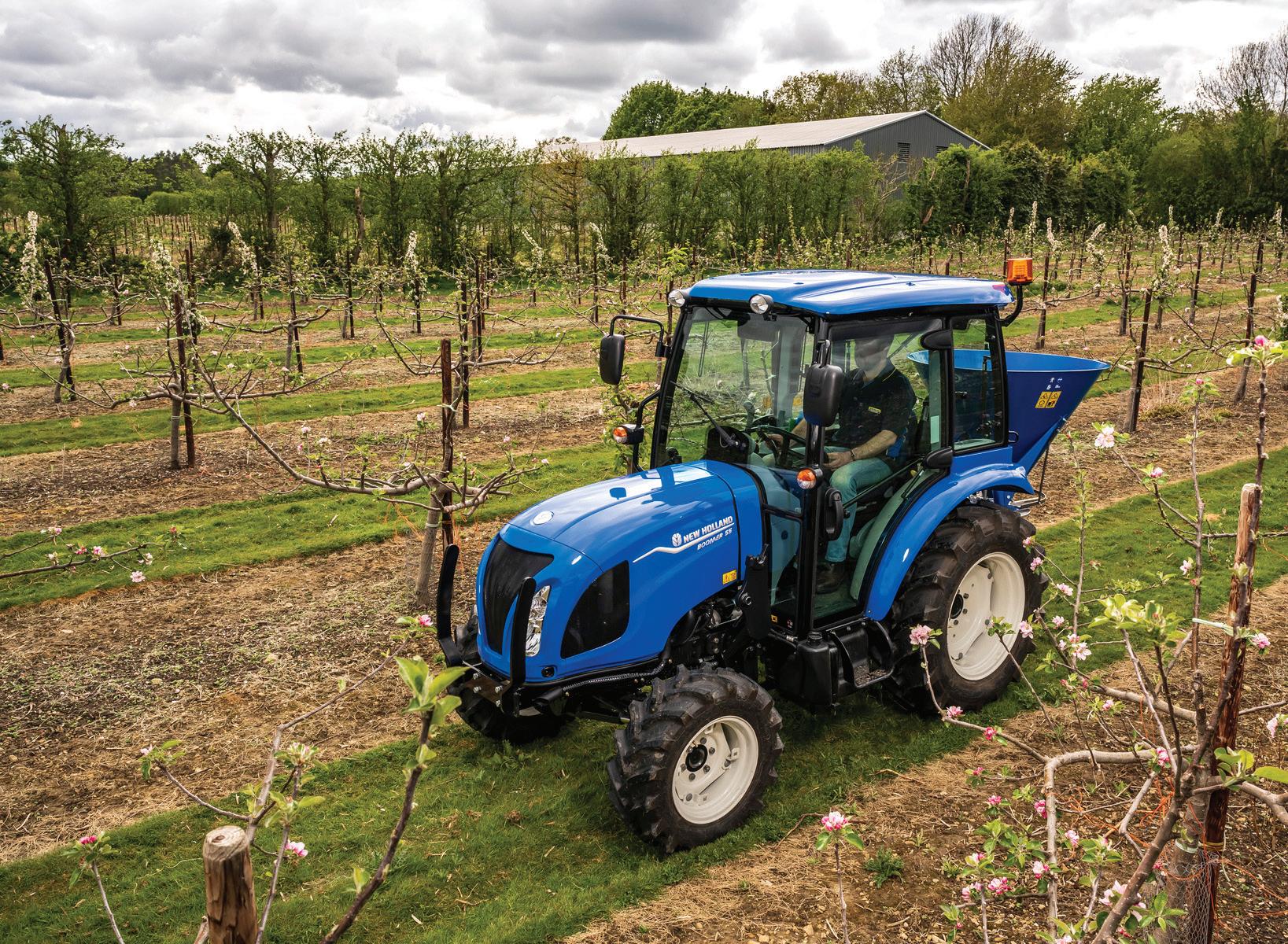
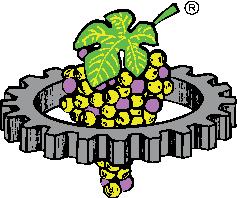

Vitimech will be back at the Vineyard & Winery Show in November with a bigger stand and more products on show, alongside representatives from Collard, Calvet and Infaco.
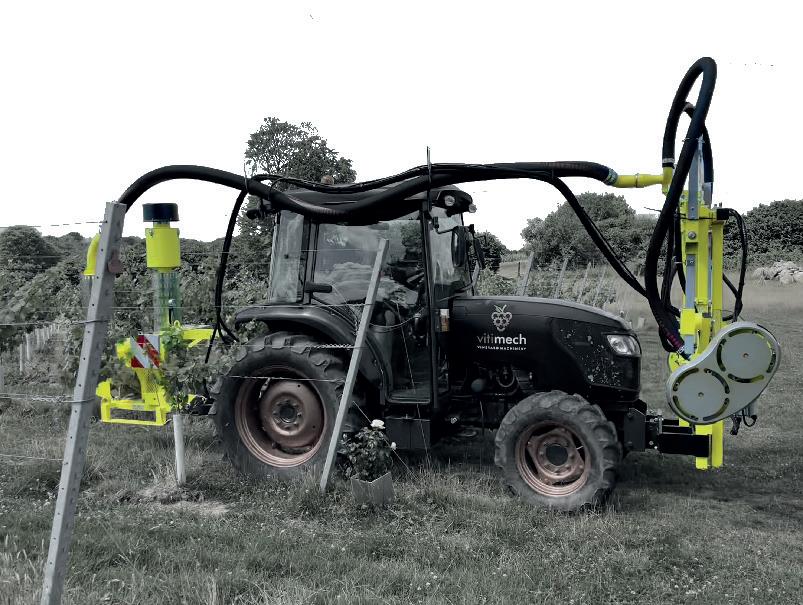
We look forward to seeing you there!
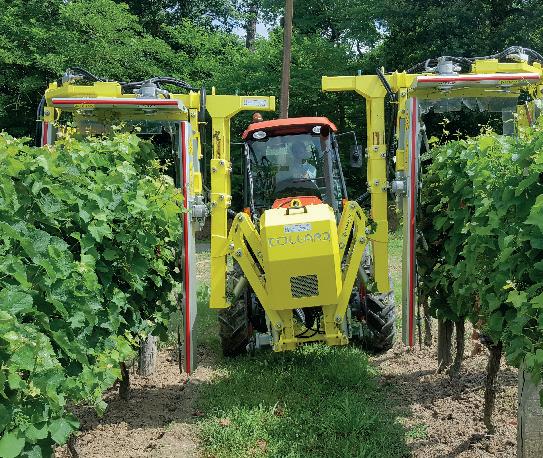


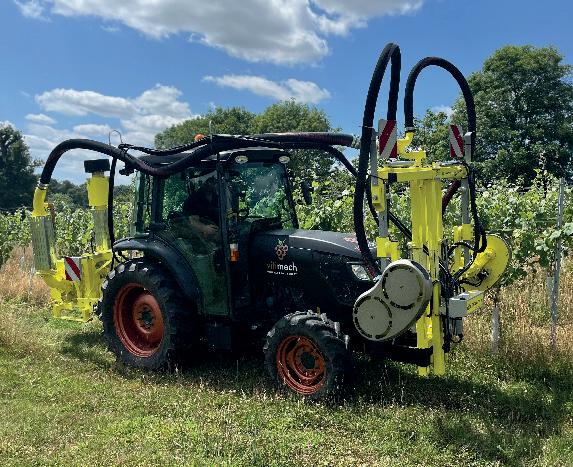

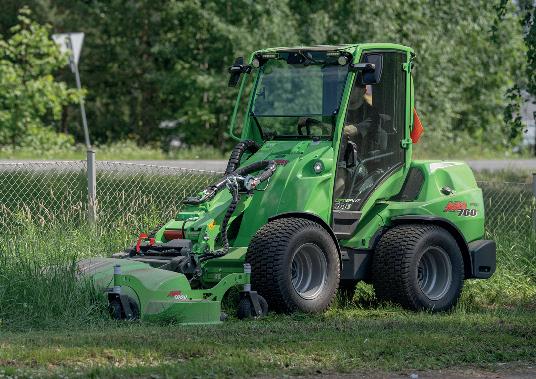
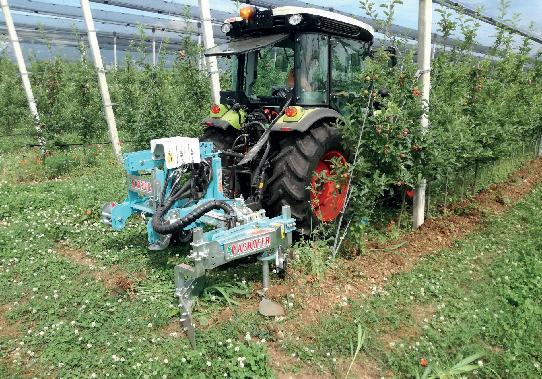

Protecting against frosts
VITIFRUIT EQUIPMENT
Four of the last six springs have brought late frosts threatening vines at the beginning of the annual growth cycle. The moisture laden buds are vulnerable to negative temperatures as the freezing process causes irreversible damage and can significantly impact crop yield at harvest.
◆ Radiative frosts occur on clear, calm spring nights when the ground loses heat, a layer of warm air forms and traps cooler air beneath it at ground level.
◆ Advective frosts, or wind frosts, occur when a mass of cold air moves into an area. The air is mixed well, removing any warm inversion layers and lowering the temperature below freezing. Water vapour condenses and freezes on all exposed surfaces.
Frost candles have been used for decades in France for frost protection. They can be expensive to purchase and carry additional costs for the nightshift to monitor. Small vineyard teams may find the task logistically challenging, stressful and financially risky. Frost candles work by heating the localised area, however crucially the buds still have a high-water content and are potentially at risk if the temperature drop is too severe or a slight breeze turns the frost from radiative to advective.
Ventigel offer a simple and practical solution, working in two ways to protect against both radiative and advective frosts:
◆ Firstly, ventilate early, dry out the area and remove as much moisture as possible from the buds, preventing condensation forming.
◆ Secondly, heating the air. If the temperatures continue to fall during the night the 2x 110kw heaters can feed warm air to the 11kW fan delivering 60,000m3 of warm air per hour. For scale an Olympic swimming pool is only 2,500m3.
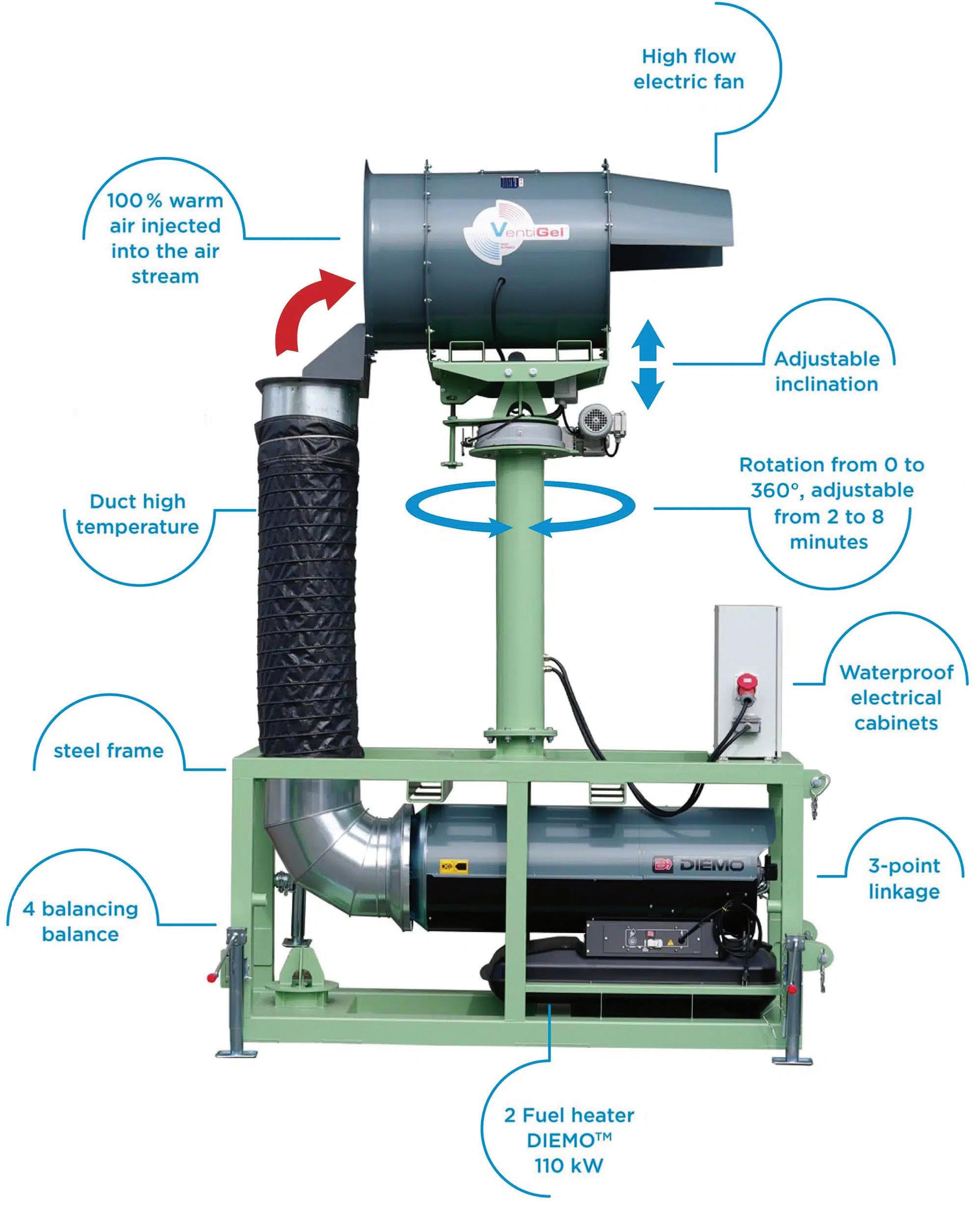
Ventigel is very mobile thanks to its threepoint hitch and can also be easily mounted on an agricultural trailer, allowing it to easily be deployed amongst your vines by a single person. The high flow electric fan has a tilt adjustment and continually rotates a full 360° at desired intervals of two to eight minutes. The fan is powered by a 400v supply, either via an extension cable up to 150m, or alternatively a generator (standalone or tractor mounted PTO driven)
The on-board heater has an integrated 105 litre fuel tank and will run maintenance free for 9.5 hours giving you peace of mind that you have effective frost protection throughout the night over an area of two to three hectares.
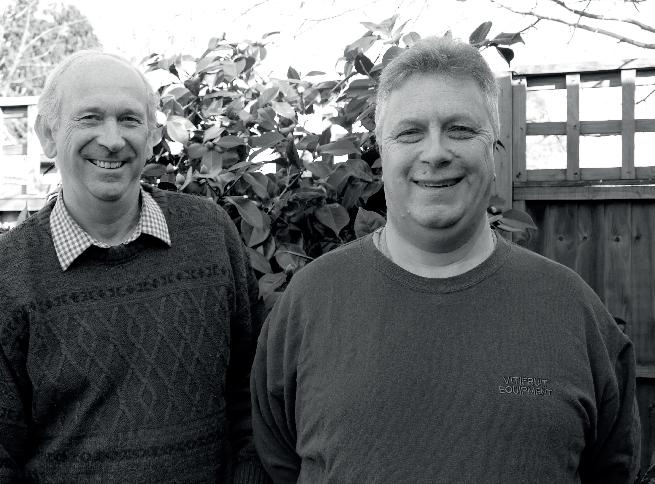
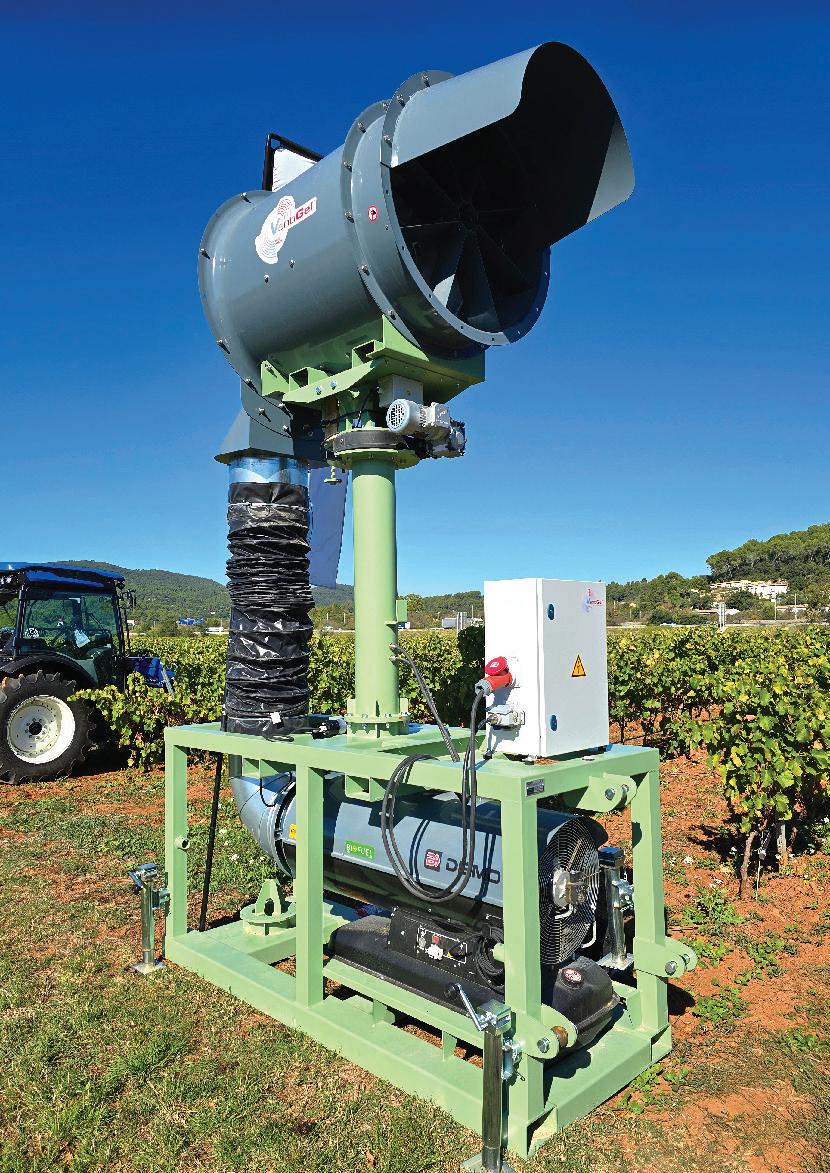
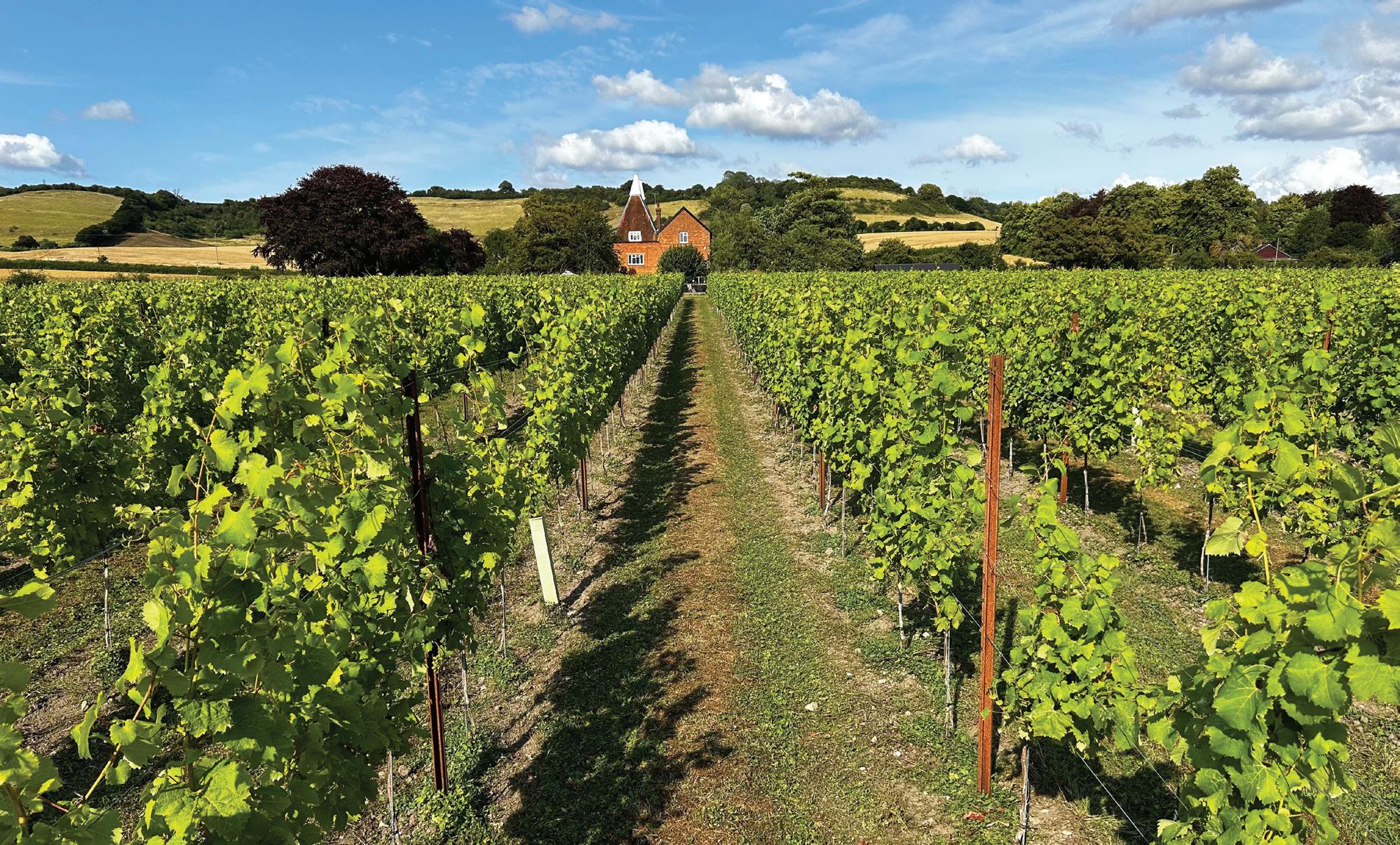
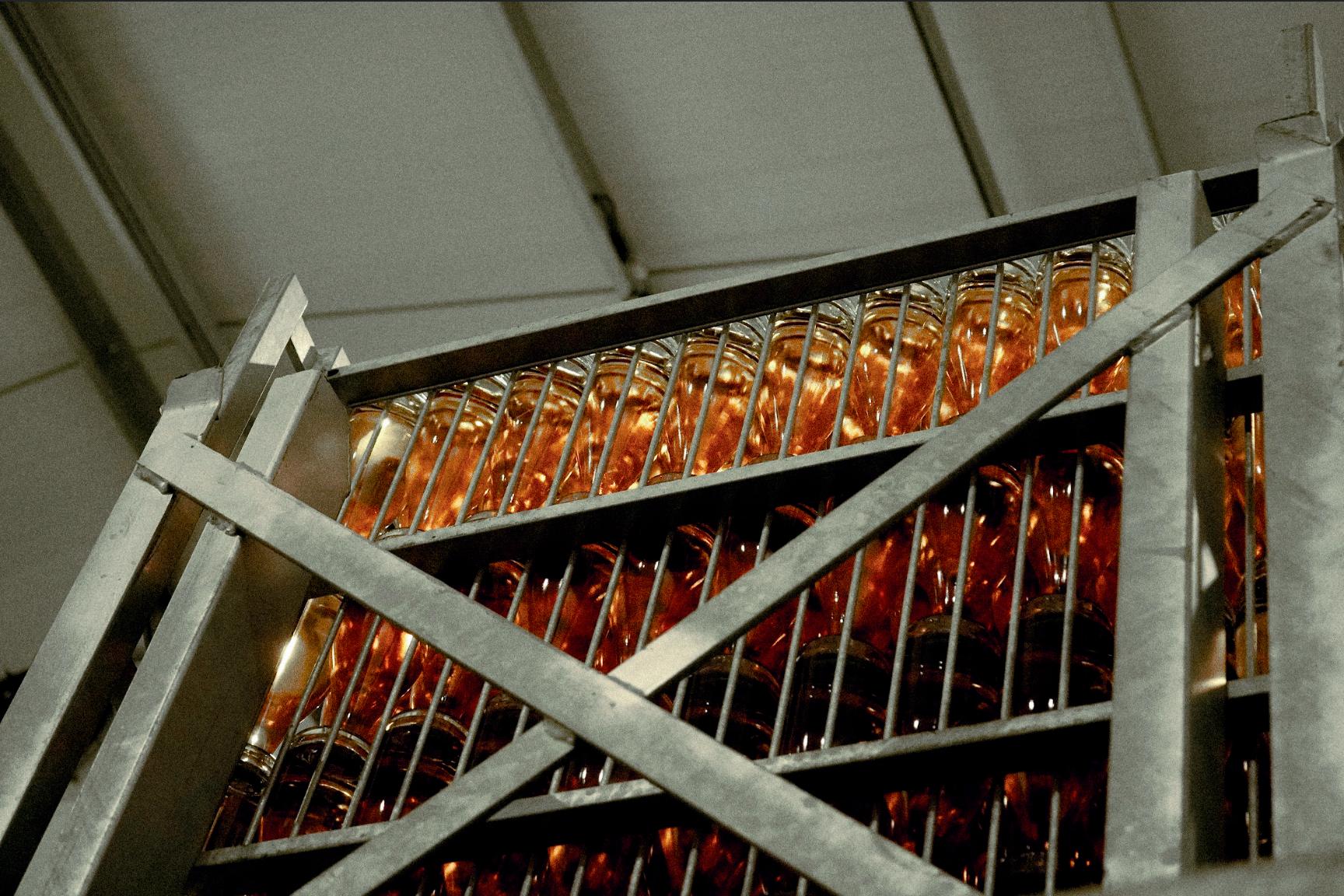
www.itascawines.com
